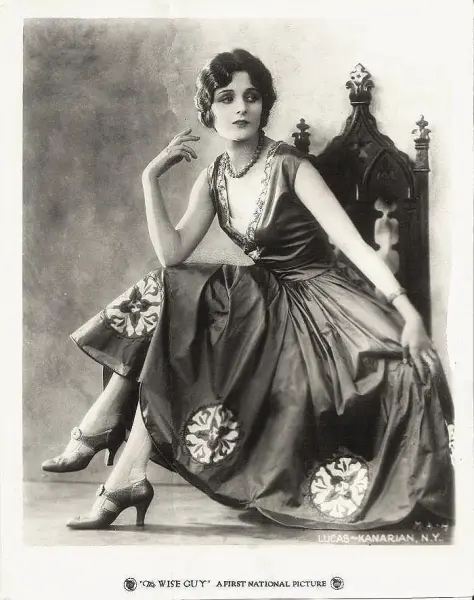
Prepared by Daniel B Miller
Mary Astor (born Lucile Vasconcellos Langhanke; May 3, 1906 – September 25, 1987) was an American actress.
She is best remembered for her role as Brigid O’Shaughnessy in The Maltese Falcon (1941).
Astor began her long motion picture career as a teenager in the silent movies of the early 1920s. She eventually changed to talkies. At first her voice was considered too masculine and she was off the screen for a year. She appeared in a play with friend Florence Eldridge, and the film offers came in, so she was able to resume her career in talking films.
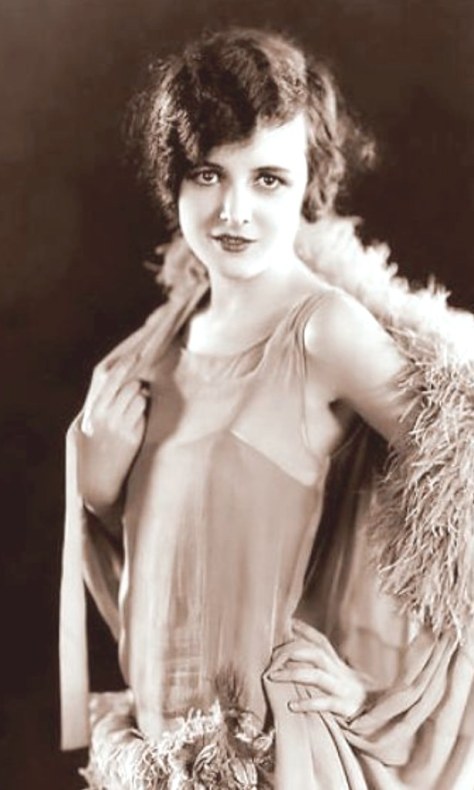
Four years later her career was nearly destroyed due to scandal. In 1936 Astor was later branded an adulterous wife by her ex-husband, in a custody fight over her daughter. Overcoming these stumbling blocks in her private life, Astor went on to greater success on screen, eventually winning an Academy Award for Best Supporting Actress for her performance in The Great Lie (1941).
Astor was a Metro-Goldwyn-Mayer contract player through most of the 1940s and continued to work in film, television and on stage until her retirement in 1964. Astor was the author of five novels.
Her autobiography was a bestseller, as was her later book, A Life on Film, which was about her career. Director Lindsay Anderson wrote of her in 1990 that “when two or three who love the cinema are gathered together, the name of Mary Astor always comes up, and everybody agrees that she was an actress of special attraction, whose qualities of depth and reality always seemed to illuminate the parts she played”.
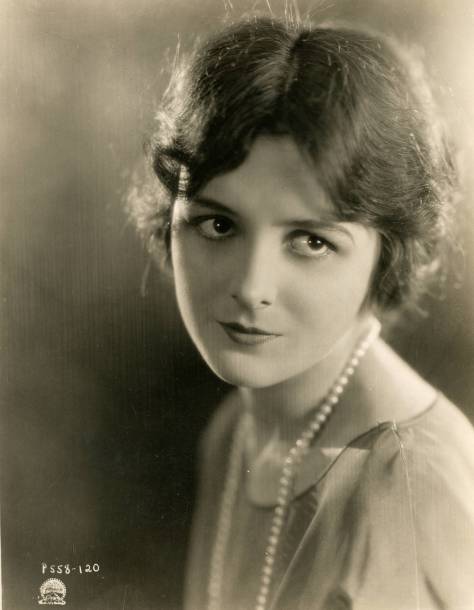
Contents
Early life
Astor was born in Quincy, Illinois, the only child of Otto Ludwig Langhanke (October 2, 1871 – February 3, 1943) and Helen Marie de Vasconcellos (April 19, 1881 – January 18, 1947).
Both of her parents were teachers. Her father, a German man from Berlin, emigrated to the United States in 1891 and became a naturalized U.S. citizen; her American mother was born in Jacksonville, Illinois, and had Irish and Portuguese roots. They married on August 3, 1904 in Lyons, Kansas.
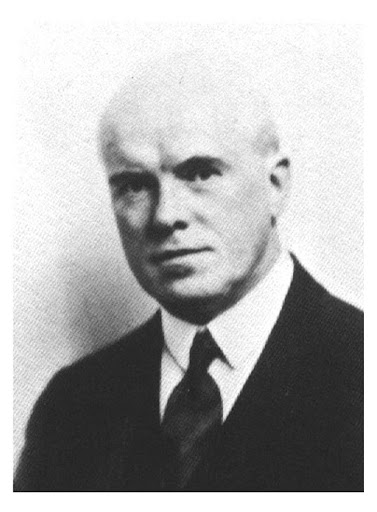
Otto Ludwig Langhanke, Mary Astor’s father
Astor’s father taught German at Quincy High School until the U.S. entered World War I. Later on, he took up light farming. Astor’s mother, who had always wanted to be an actress, taught drama and elocution. Astor was home-schooled in academics and was taught to play the piano by her father, who insisted she practice daily. Her piano talents came in handy when she played piano in her films The Great Lie and Meet Me in St. Louis.
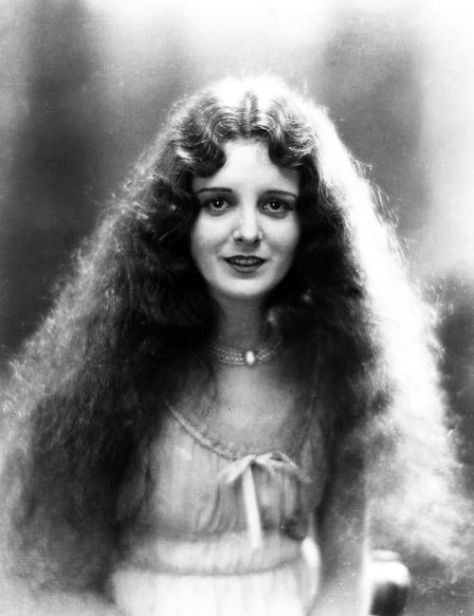
In 1919, Astor sent a photograph of herself to a beauty contest in Motion Picture Magazine, becoming a semifinalist. When Astor was 15, the family moved to Chicago, Illinois, with her father teaching German in public schools. Astor took drama lessons and appeared in various amateur stage productions. The following year, she sent another photograph to Motion Picture Magazine, this time becoming a finalist and then runner-up in the national contest. Her father then moved the family to New York City, in order for his daughter to act in motion pictures. He managed her affairs from September 1920 to June 1930.
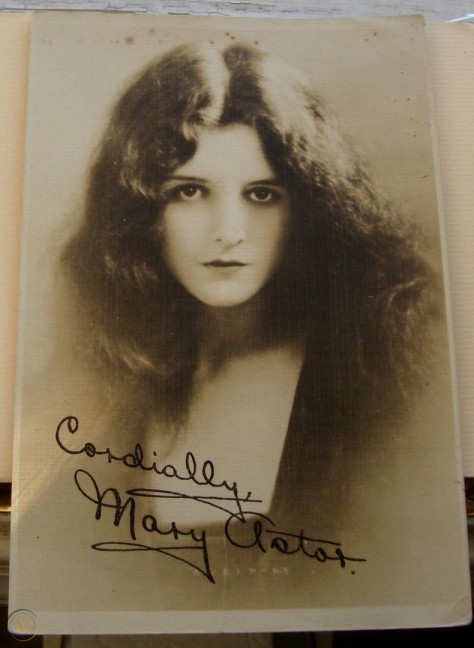
A Manhattan photographer, Charles Albin, saw her photograph and asked the young girl with haunting eyes and long auburn hair, whose nickname was “Rusty”, to pose for him. The Albin photographs were seen by Harry Durant of Famous Players-Lasky and Astor was signed to a six-month contract with Paramount Pictures. Her name was changed to “Mary Astor” during a conference between Paramount Pictures chief Jesse Lasky, film producer Walter Wanger, and gossip columnist Louella Parsons.
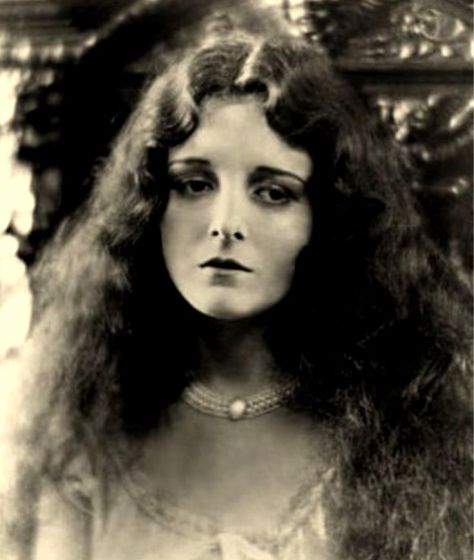
Silent movie career
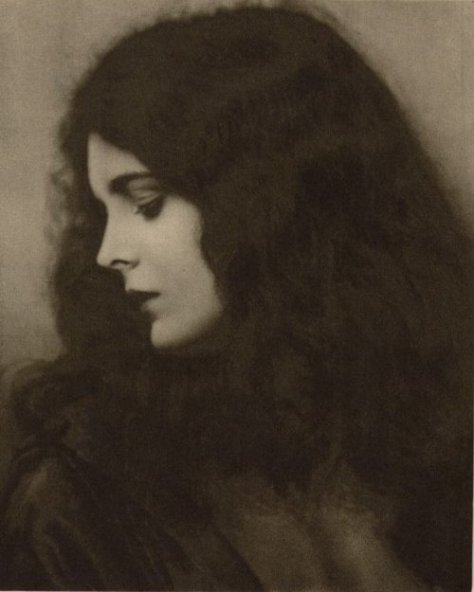
A 1924 publicity photo of Astor from Stars of the Photoplay
Astor’s first screen test was directed by Lillian Gish, who was so impressed with her recitation of Shakespeare that she shot a thousand feet of her.
She made her debut at age 14 in the 1921 film Sentimental Tommy, but her small part in a dream sequence wound up on the cutting room floor.
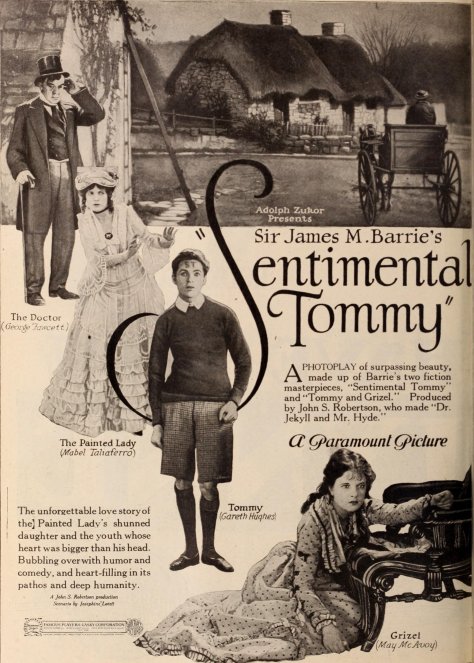
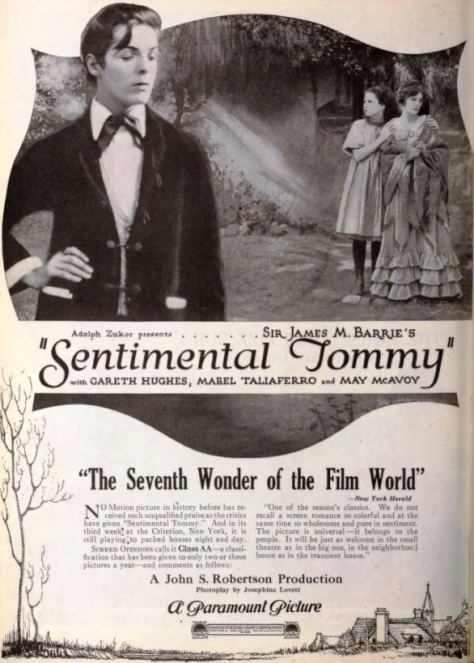
Sentimental Tommy (1921) Dir: John S Robertson
Paramount let her contract lapse. She then appeared in some movie shorts with sequences based on famous paintings. She received critical recognition for the 1921 two-reeler The Beggar Maid. Her first feature-length movie was John Smith (1922), followed that same year by The Man Who Played God. In 1923, she and her parents moved to Hollywood.
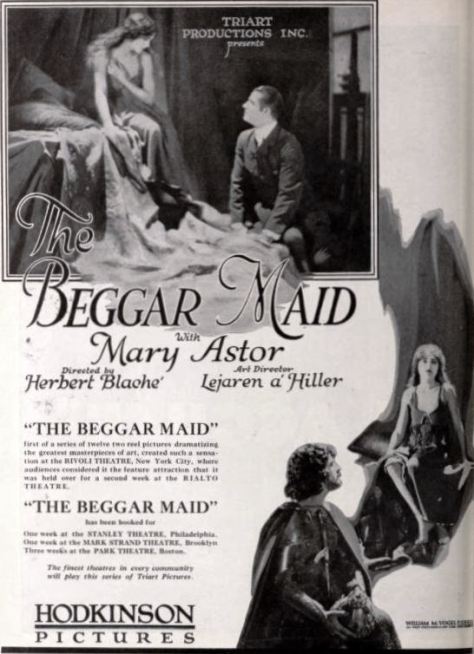
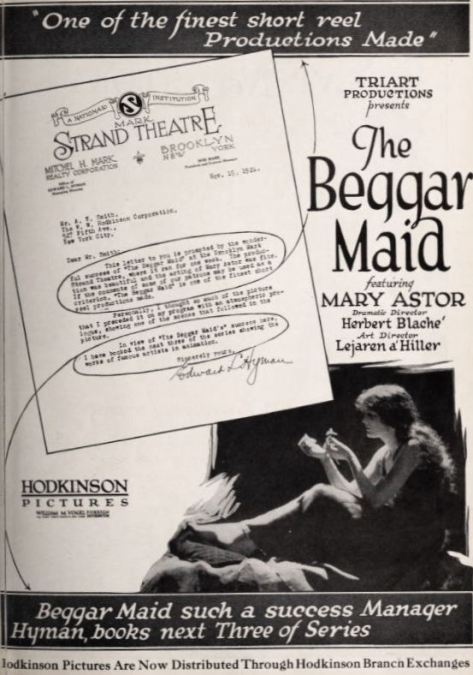
The Beggar Maid (1921) Dir: Herbert Blache
After appearing in several larger roles at various studios, she was again signed by Paramount, this time to a one-year contract at $500 a week.
After she appeared in several more movies, John Barrymore saw her photograph in a magazine and wanted her cast in his upcoming movie. On loan-out to Warner Bros., she starred with him in Beau Brummel (1924).
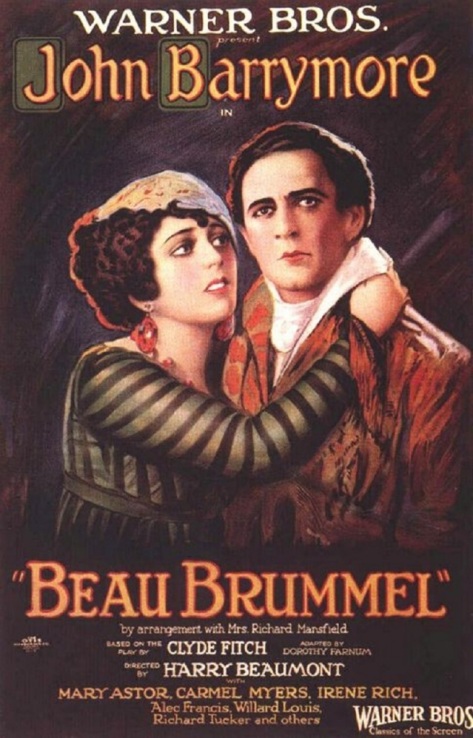
Beau Brummel (1924) Dir: Harry Beaumont
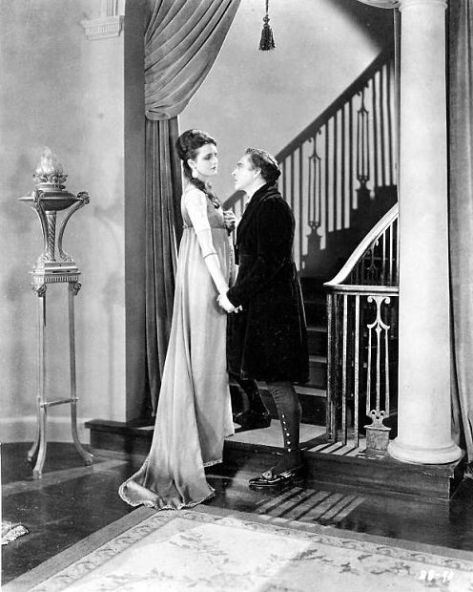
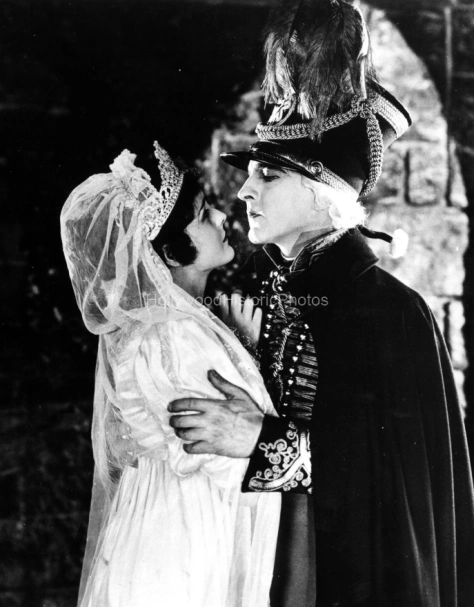
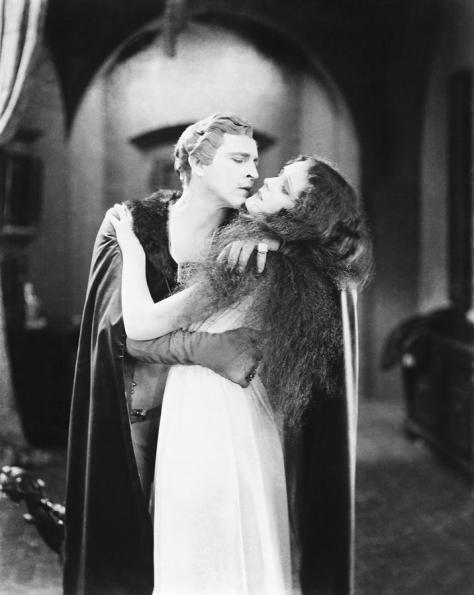
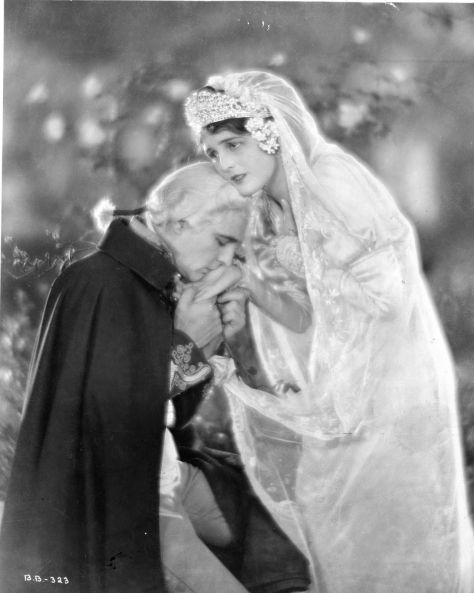
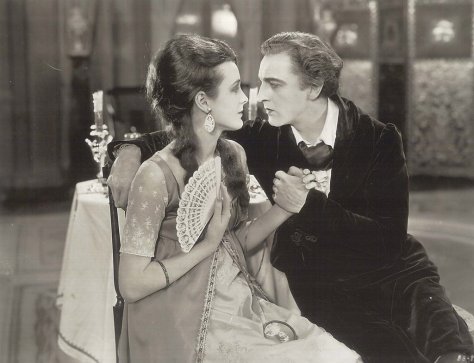
Mary Astor and John Barrymore in Beau Brummel (1924)
The older actor wooed the young actress, but their relationship was severely constrained by Astor’s parents’ unwillingness to let the couple spend time alone together; Mary was only seventeen and legally underage.
It was only after Barrymore convinced the Langhankes that his acting lessons required privacy that the couple managed to be alone at all. Their secret engagement ended largely because of the Langhankes’ interference and Astor’s inability to escape their heavy-handed authority, and because Barrymore became involved with Astor’s fellow WAMPAS Baby Star Dolores Costello, whom he later married.
In 1925, Astor’s parents bought a Moorish style mansion with 1 acre (4,000 m2) of land known as “Moorcrest” in the hills above Hollywood. The Langhankes not only lived lavishly off of Astor’s earnings, but kept her a virtual prisoner inside Moorcrest.
Moorcrest is notable not only for its ornate style, but its place as the most lavish residence associated with the Krotona Colony, a utopian society founded by the Theosophical Society in 1912.

Moorcrest Estate
The 6,432-square-foot gated estate was designed by philosophical architect Marie Russak Hotchener and built in 1921, combining Moorish, Gothic and Art Nouveau architectural influences to striking effect












Built by Marie Russak Hotchener, a Theosophist who had no formal architectural training, the house combines Moorish and Mission Revival styles and contains such Arts and Crafts features as art-glass windows (whose red lotus design Astor called “unfortunate”), and Batchelder tiles.
Moorcrest, which has since undergone a multimillion-dollar renovation, remains standing. Before the Langhankes bought it, it was rented by Charlie Chaplin, whose tenure is memorialized by an art glass window featuring the Little Tramp.
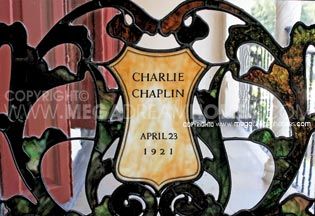
Astor’s parents were not Theosophists, though the family was friendly with both Marie Hotchener and her husband Harry, prominent TS members.
Marie Hotchener negotiated Astor’s right to a $5 a week allowance (at a time when she was making $2,500 a week) and the right to go to work unchaperoned by her mother.
The following year when she was 19, Astor, fed up with her father’s constant physical and psychological abuse as well as his control of her money, climbed from her second floor bedroom window and escaped to a hotel in Hollywood, as recounted in her memoirs.
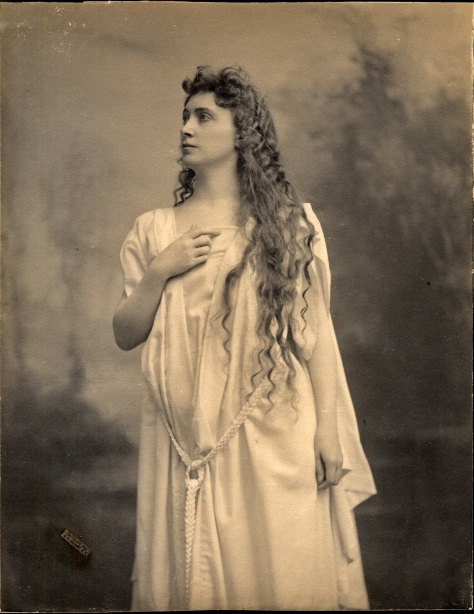
Marie Rusak Hotchener (born Mary Ellen Barnard)
Hotchener facilitated her return by persuading Otto Langhanke to give Astor a savings account with $500 and the freedom to come and go as she pleased.
Nevertheless, she did not gain control of her salary until she was 26 years old, at which point her parents sued her for financial support. Astor settled the case by agreeing to pay her parents $100 a month. Otto Langhanke put Moorcrest up for auction in the early 1930s, hoping to realize more than the $80,000 he had been offered for it; it sold for $25,000.
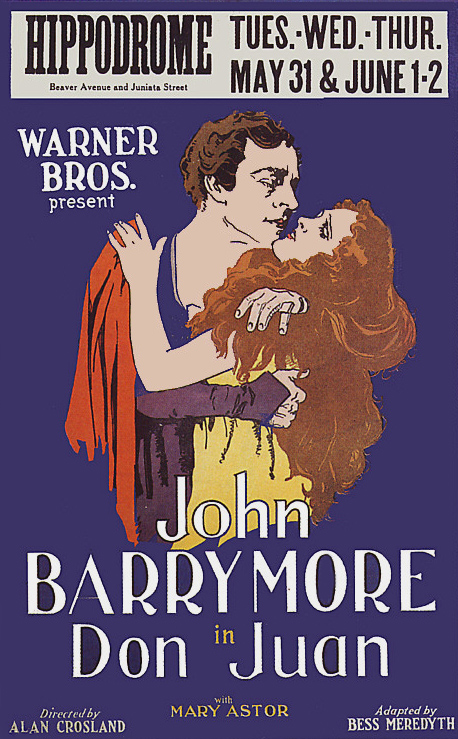
Don Juan (1926) Dir: Alan Crosland
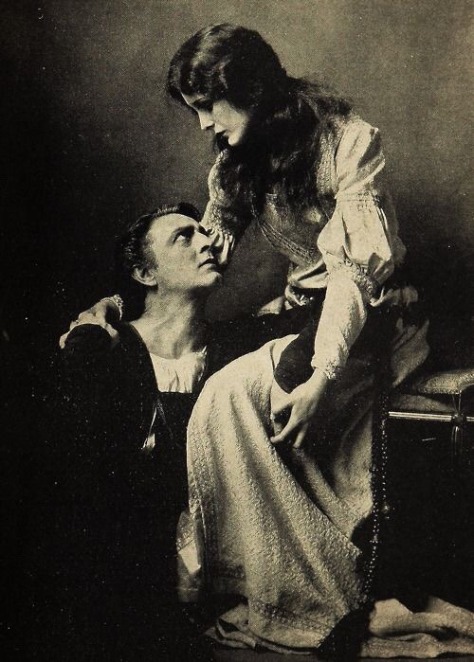
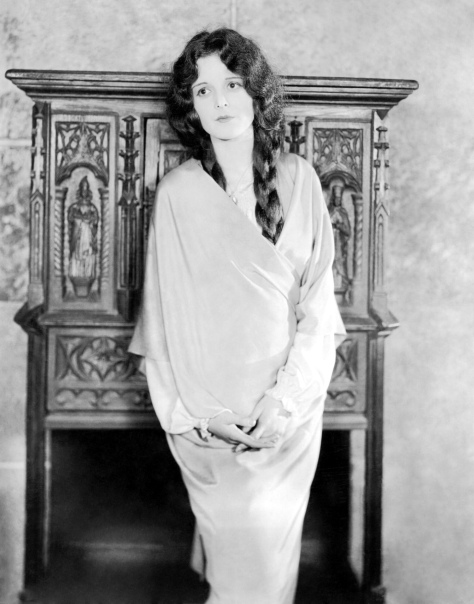
Mary Astor in Don Juan (1926)
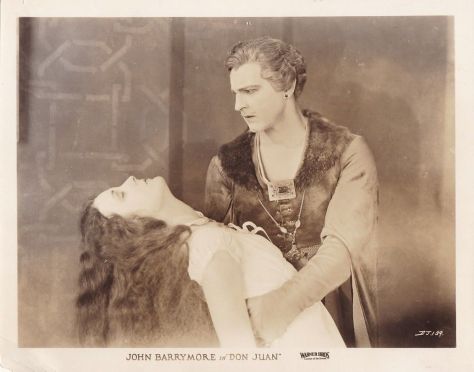
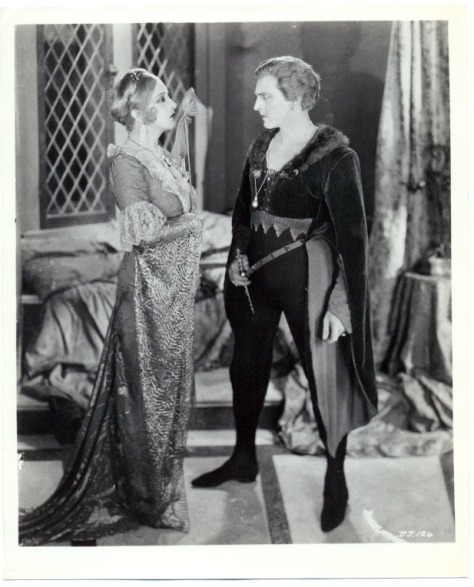
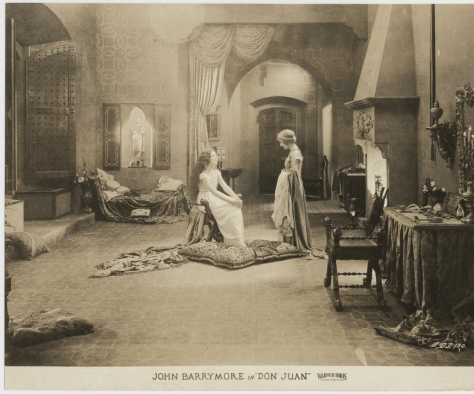
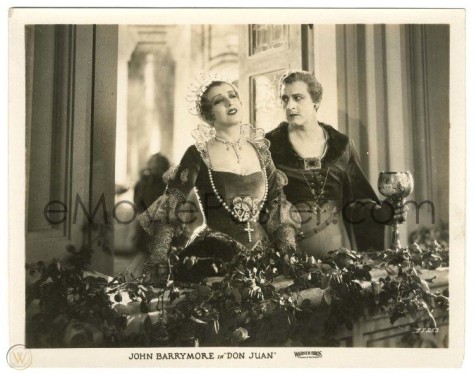
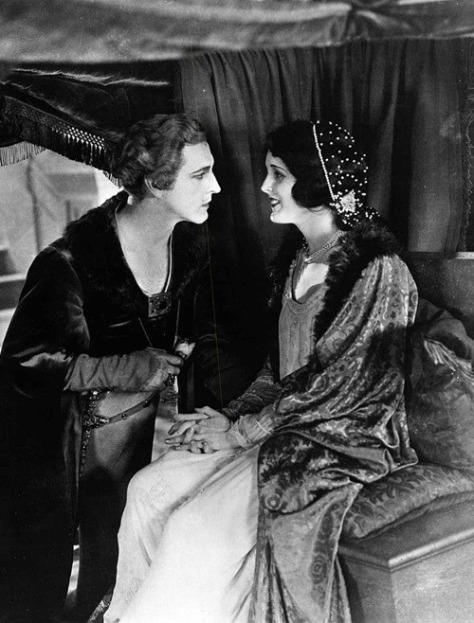
Mary Astor and John Barrymore in Don Juan (1926)
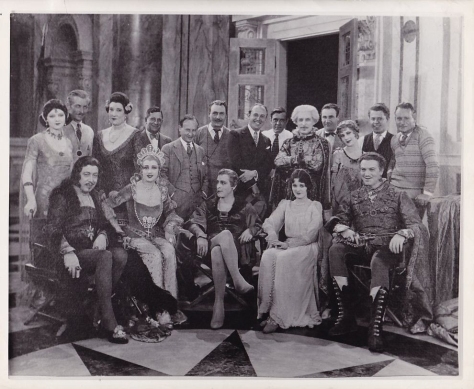
Cast and crew of Don Juan (1926)
Astor continued to appear in movies at various studios. When her Paramount contract ended in 1925, she was signed at Warner Bros.
Among her assignments was another role with John Barrymore, this time in Don Juan (1926).
She was named one of the WAMPAS Baby Stars in 1926, along with Mary Brian, Dolores Costello, Joan Crawford, Dolores del Río, Janet Gaynor, and Fay Wray.
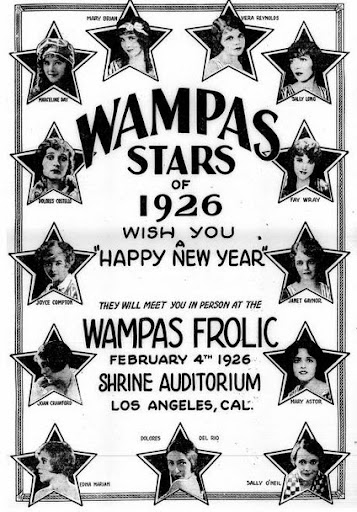
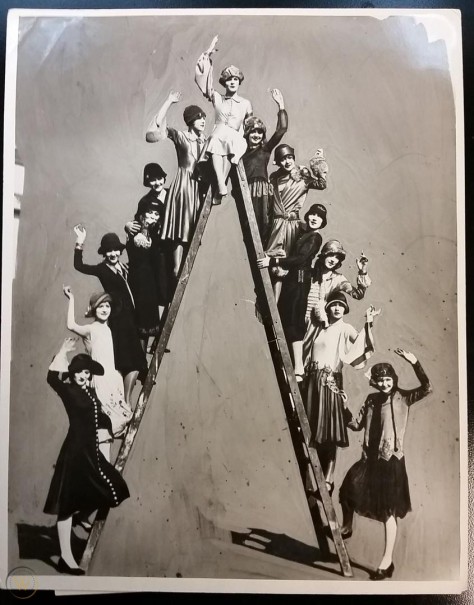
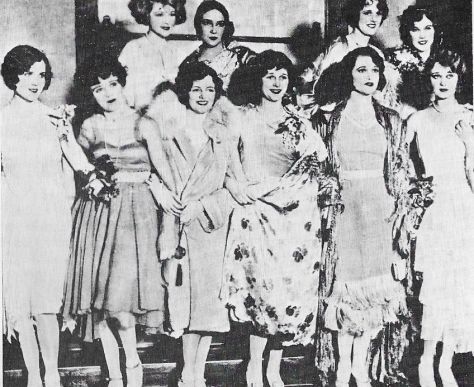
WAMPAS Baby Stars of 1926
On loan to Fox Film Corporation, Astor starred in Dressed To Kill (1928), which received good reviews.
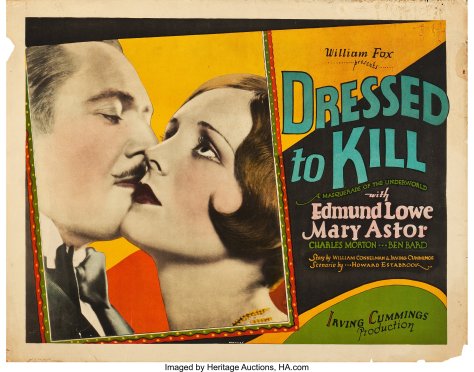
Dressed to Kill (1928)
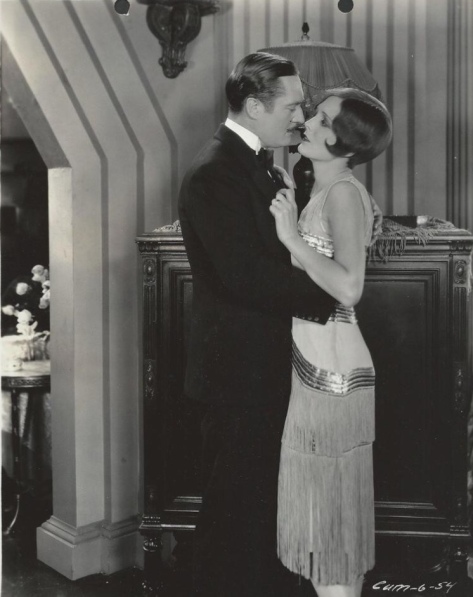
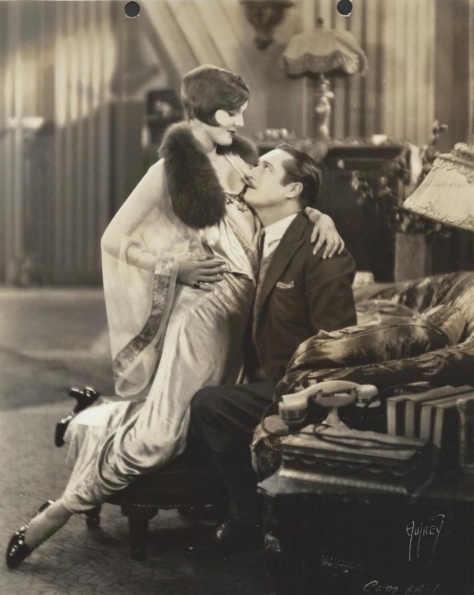
Edmund Lowe and Mary Astor in Dressed to Kill (1928)
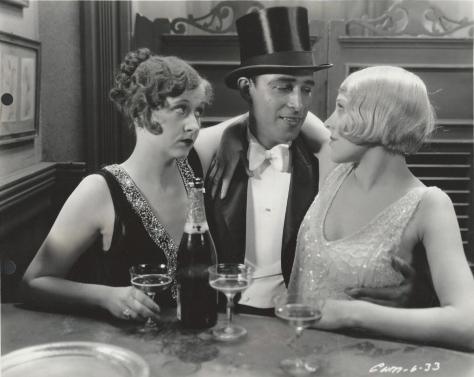
Ben Bard in Dressed t o Kill (1928)
That same year, she starred in the sophisticated comedy Dry Martini at Fox. She later said that, while working on the latter, she “absorbed and assumed something of the atmosphere and emotional climate of the picture.”
She said it offered “a new and exciting point of view; with its specious doctrine of self-indulgence, it rushed into the vacuum of my moral sense and captivated me completely.”
When her Warner Bros. contract ended, she signed a contract with Fox for $3,750 a week. In 1928, she married director Kenneth Hawks at her family home, Moorcrest.
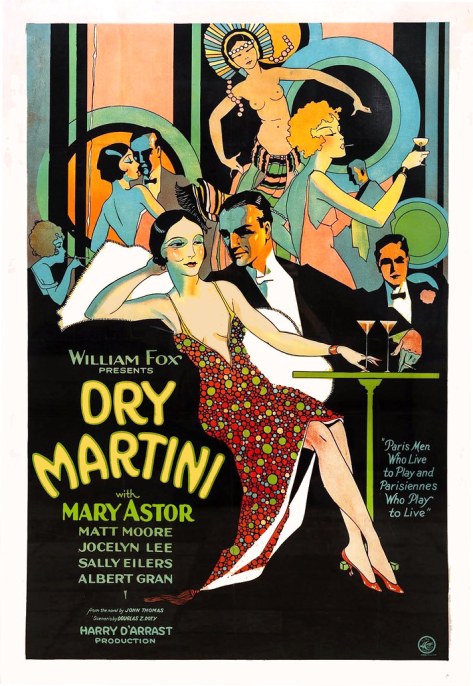
Dry Martini (1928) Dir: Harry D’Arrast
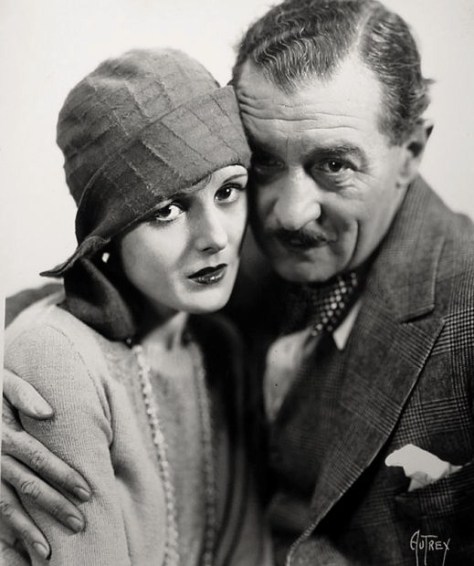
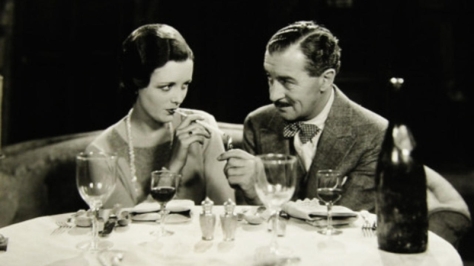
Mary Astor and Albert Conti in Dry Martini (1928)
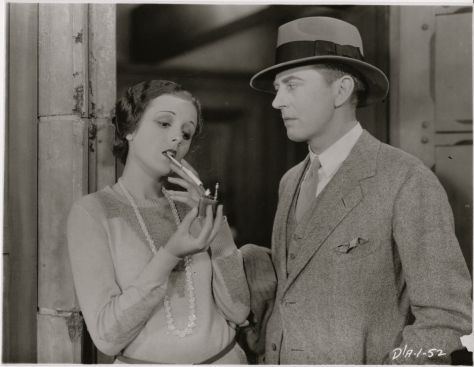
Mary Astor and Matt Moore in Dry Martini (1928)
He gave her a Packard automobile as a wedding present and the couple moved into a home high up on Appian Way, a small hilltop street in Laurel Canyon above the Sunset Strip. Their address was 8803 Appian Way.
Other celebrities who lived at different times on this short street include Errol Flynn and his French wife Lili Damita (8946 Appian Way); Ida Lupino (8761); fashion designer Jean Louis [Berthault] (8761); Ginger Rogers(8782); German composer Rudolf Friml (8782); Gypsy Rose Lee (8815 Appian Way); Carole King (8815); Courteney Cox (8815).
As the film industry made the transition to talkies, Fox gave her a sound test, which she failed because the studio found her voice to be too deep. Though this was probably due to early sound equipment and the inexperience of technicians, the studio released her from her contract and she found herself out of work for eight months in 1929.
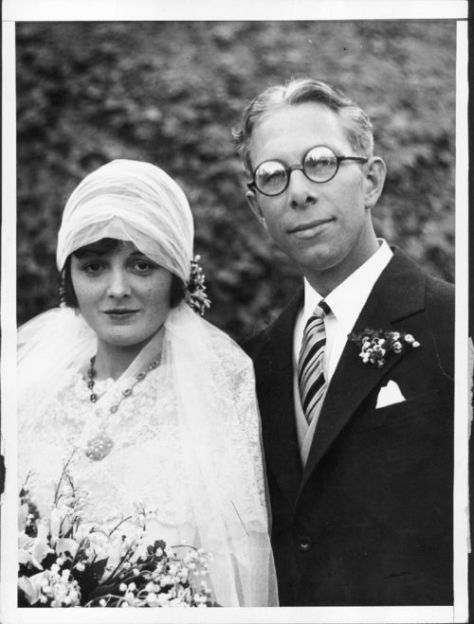
Mary Astor and Kenneth Hawks on their Wedding Day
New beginnings
Astor took voice training and singing lessons in her time off, but no roles were offered. Her acting career was then given a boost by her friend, Florence Eldridge (wife of Fredric March), in whom she confided.
Eldridge, who was to star in the stage play Among the Married at the Majestic Theatre in Downtown Los Angeles, recommended Astor for the second female lead. The play was a success and her voice was deemed suitable, being described as low and vibrant.
She was happy to work again, but her happiness soon ended. On January 2, 1930, while filming sequences for the Fox movie Such Men Are Dangerous, Kenneth Hawks was killed in a mid-air plane crash over the Pacific.
Astor had just finished a matinee performance at the Majestic when Florence Eldridge gave her the news. She was rushed from the theatre to Eldridge’s apartment; a replacement, Doris Lloyd, stepped in for the next show. Astor remained with Eldridge at her apartment for some time, then soon returned to work.

Newspaper article on Kenneth Hawks’ death
Shortly after her husband’s death, she debuted in her first “talkie”, Ladies Love Brutes (1930) at Paramount, which co-starred friend Fredric March.
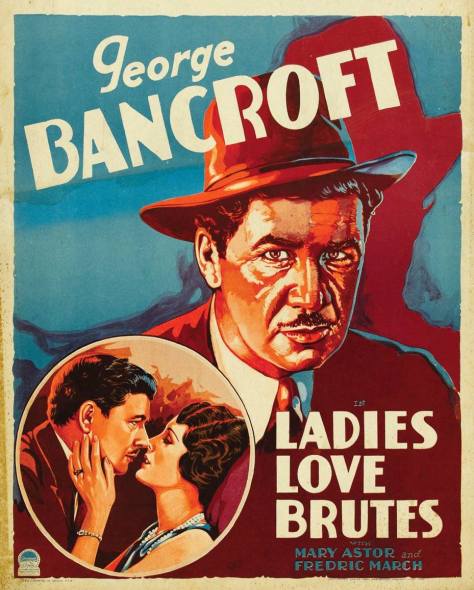
Ladies Love Brutes Dir: Rowland W Lee (1930)
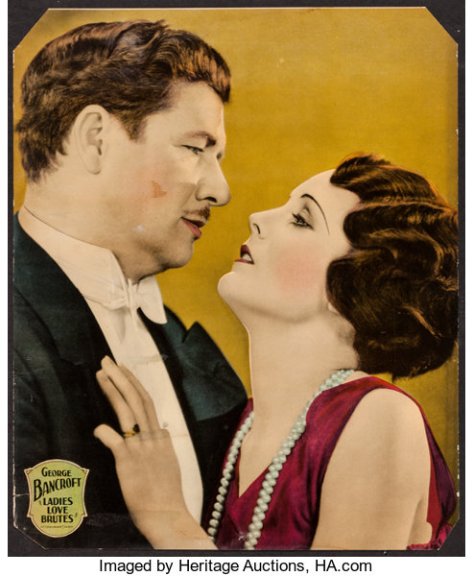
George Bancroft and Mary Astor in Ladies Love Brutes (1930)
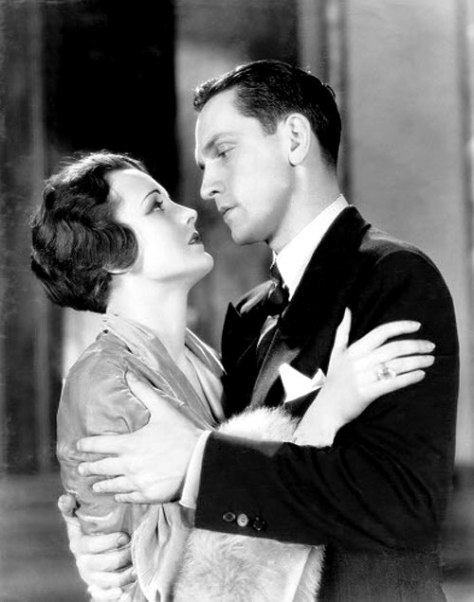
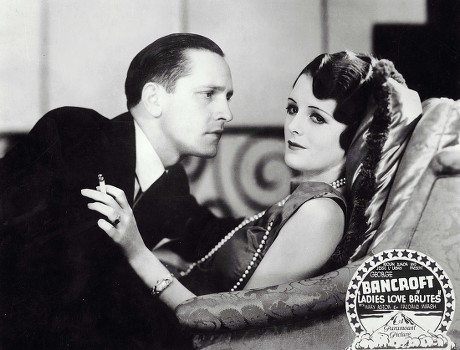
Mary Astor and Fredric March in Ladies Love Brutes (1930)
While her career picked up, her private life remained difficult. After working on several more movies, she suffered delayed shock over her husband’s death and had a nervous breakdown.
During the months of her illness, she was attended to by Dr. Franklyn Thorpe, whom she married on June 29, 1931.
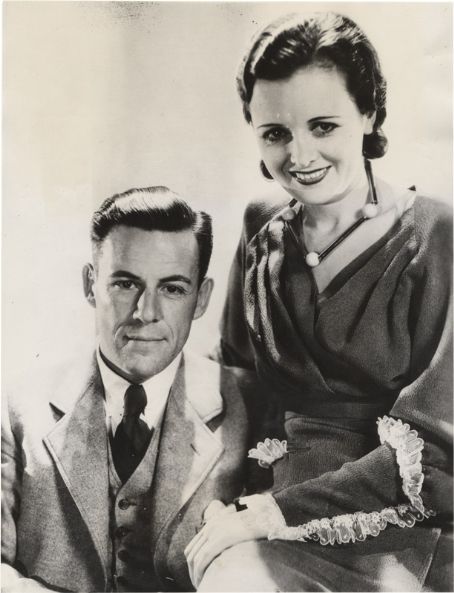
Mary Astor and Dr Franklyn Thorpe
That year, she starred as Nancy Gibson in Smart Woman, playing a woman determined to retrieve her husband from a gold-digging flirtation.
The clever dialogue, played against the trappings of a lavish mansion, involves another man who is obviously in love with Astor’s character.
This wealthy lord, at the behest of Gibson, attracts the attention of the gold-digger during lazy days at the manor. The husband, initially set upon divorcing Nancy and marrying the intruder “Peggy Preston”, is dismayed to find Peggy attracted to the newcomer because of his extraordinary wealth. All done in a civil, but cunning, manner.
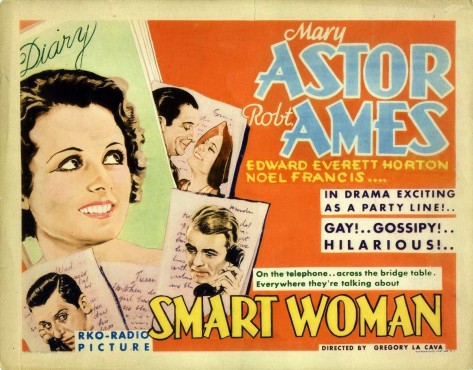
Smart Woman Dir: Gregory La Cava (1931)
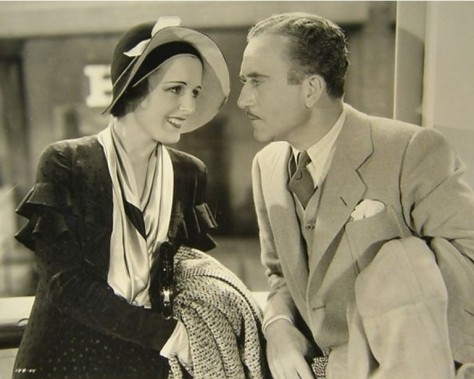
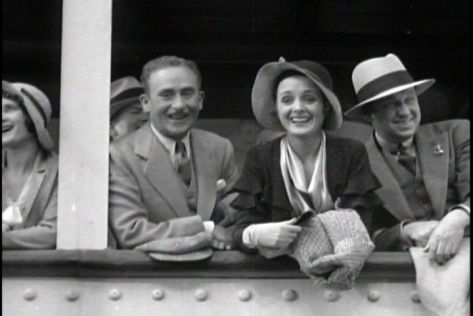
Mary Astor and Johnny Halliday in Smart Woman (1931)

Mary Astor in Smart Woman (1931)
In May 1932, the Thorpes purchased a yacht and sailed to Hawaii. Astor was expecting a baby in August, but gave birth in June in Honolulu. The child, a daughter, was named Marylyn Hauoli Thorpe: her first name combined her parents’ names and her middle name is Hawaiian. When they returned to Southern California,
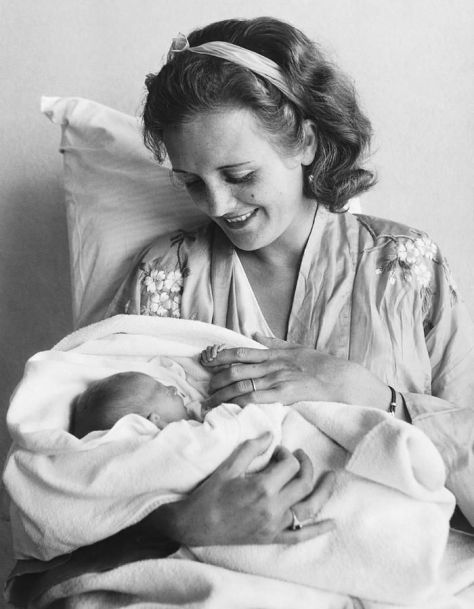
Mary Astor with her baby Marylin Hauoli Thorpe in 1932
Astor freelanced and gained the pivotal role of Barbara Willis in MGM‘s Red Dust (1932) with Clark Gable and Jean Harlow.
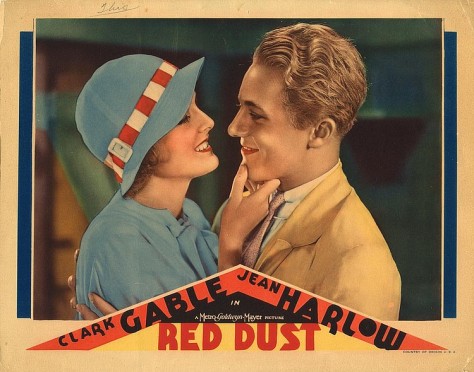
Red Dust Dir: Victor Fleming (1932)
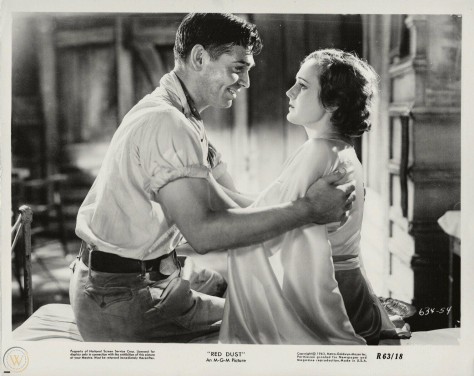
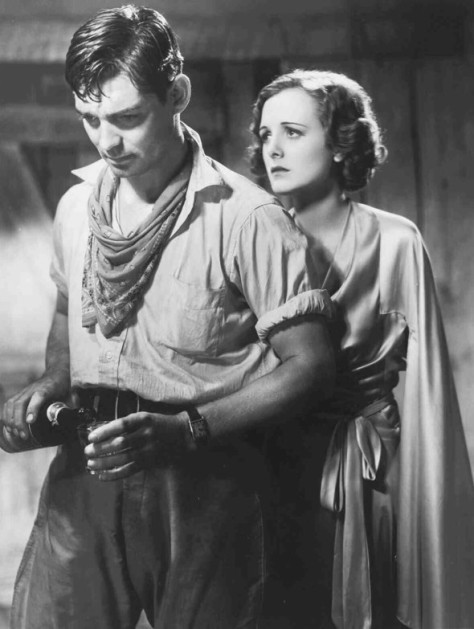
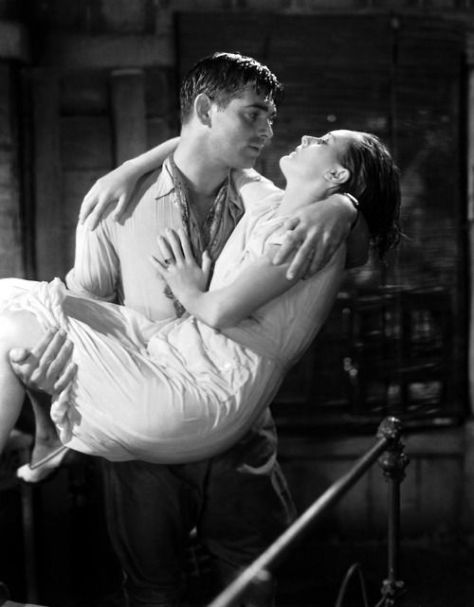
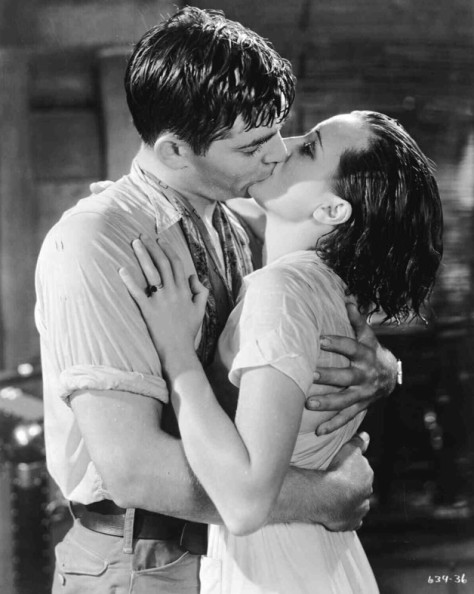
Clark Gable and Mary Astor in Red Dust (1932)
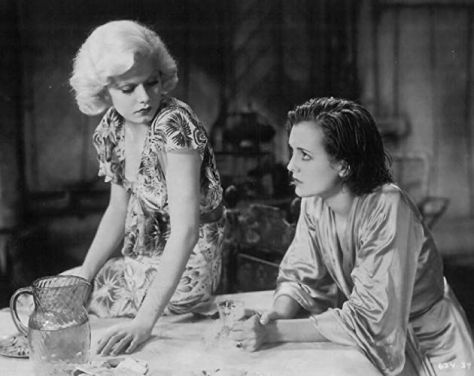
Jean Harlow and Mary Astor in Red Dust (1932)
In late 1932, Astor signed a featured player contract with Warner Bros. Meanwhile, besides spending lavishly, her parents invested in the stock market, which often turned out unprofitable.
While they remained in Moorcrest, Astor dubbed it a “white elephant”, and she refused to maintain the house. She had to turn to the Motion Picture Relief Fund in 1933 to pay her bills. In 1933, she appeared as the female lead, Hilda Lake, niece of the murder victims, in The Kennel Murder Case, co-starring with William Powell as detective Philo Vance.
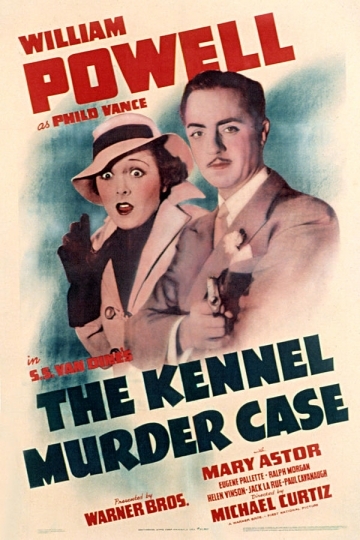
The Kennel Murder Case Dir: Michael Curtiz (1933)
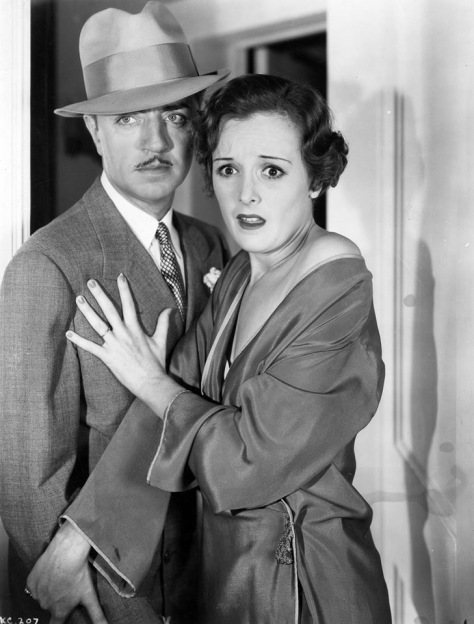

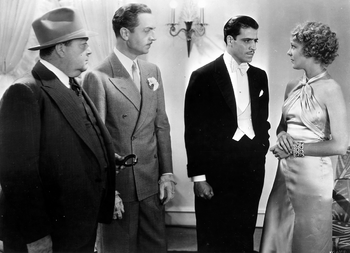
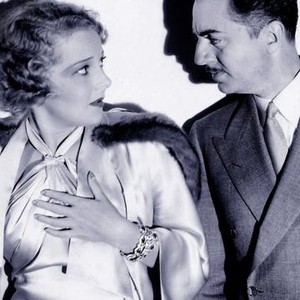
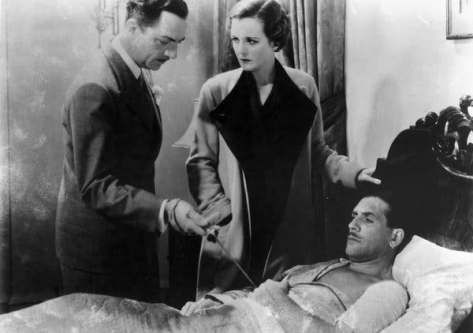
Mary Astor and William Powell in The Kennel Murder Case (1933)
Film critic William K. Everson pronounced it a “masterpiece” in the August 1984 issue of Films in Review.
Unhappy with her marriage, she took a break from movie-making in 1933 and went to New York alone. While there, enjoying a whirlwind social life, she met the playwright George Kaufman and they had an affair, which she documented in her diary.
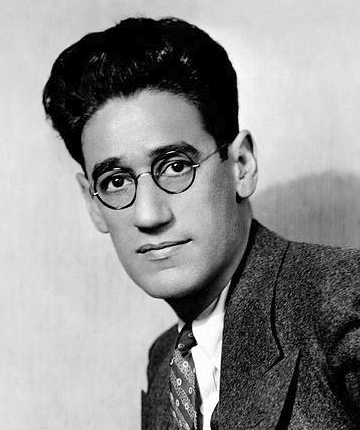 George S Kauffman
George S Kauffman
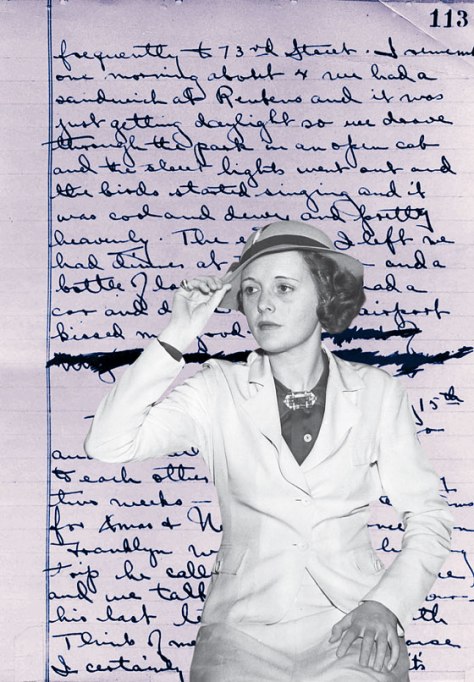 Mary Astor Diary
Mary Astor Diary
Scandals
A legal battle drew press attention to Astor in 1936. Dr. Franklyn Thorpe divorced Astor in April 1935, and a custody battle resulted over their four-year-old daughter, Marylyn.
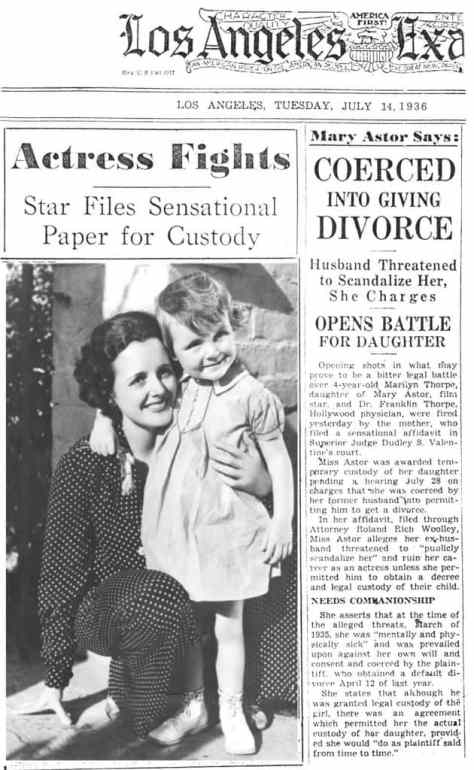
Los Angeles Examiner 14/07/1936
Thorpe threatened to use Astor’s diary in the proceedings, which told of her affairs with many celebrities, including George S. Kaufman. The diary was never formally offered as evidence during the trial, but Thorpe and his lawyers constantly referred to it, and its notoriety grew. Astor admitted that the diary existed and that she had documented her affair with Kaufman, but maintained that many of the parts that had been referred to were forgeries, following the theft of the diary from her desk.
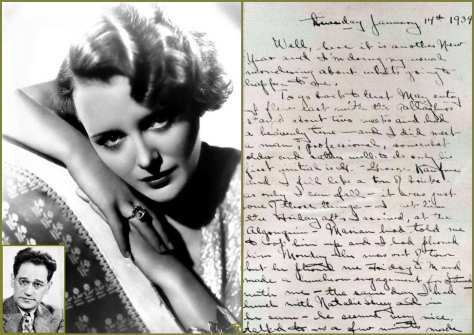
The diary was deemed inadmissible as a mutilated document, and the trial judge, Goodwin J. Knight, ordered it sealed and impounded. In 1952, by court order, Astor’s diary was removed from the bank vault where it had been sequestered for 16 years and destroyed.
Astor had just begun work as Edith Cortwright, opposite Walter Huston in the title role of Dodsworth as news of the diary became public. Producer Samuel Goldwyn was urged to fire her, as her contract included a morality clause, but Goldwyn refused and the movie was a hit.
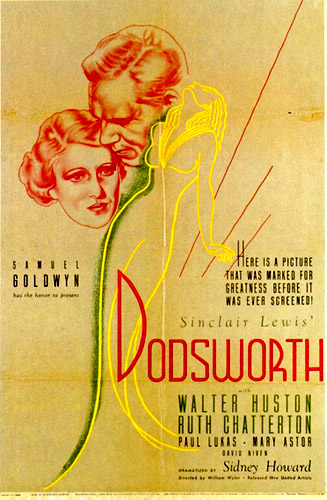
Dodsworth (1936) Dir: William Wyler
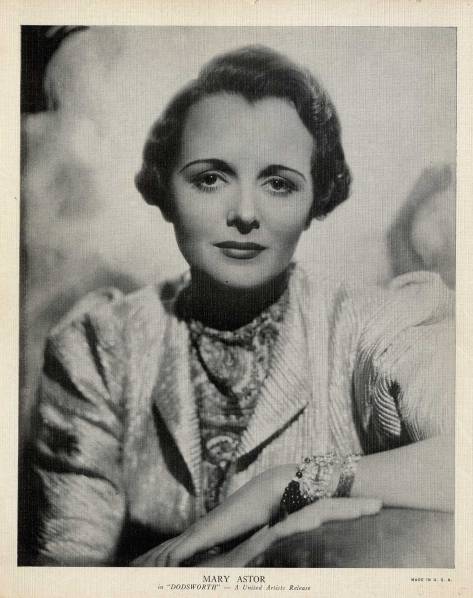
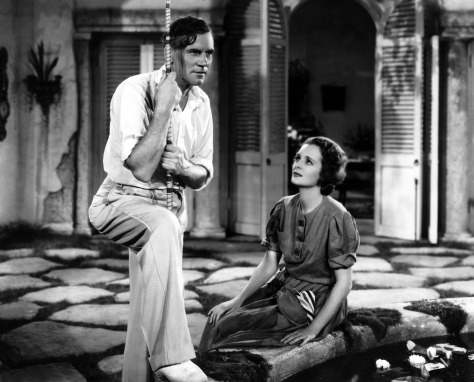
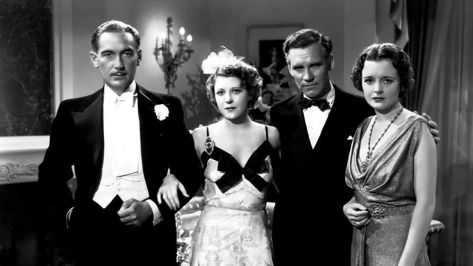
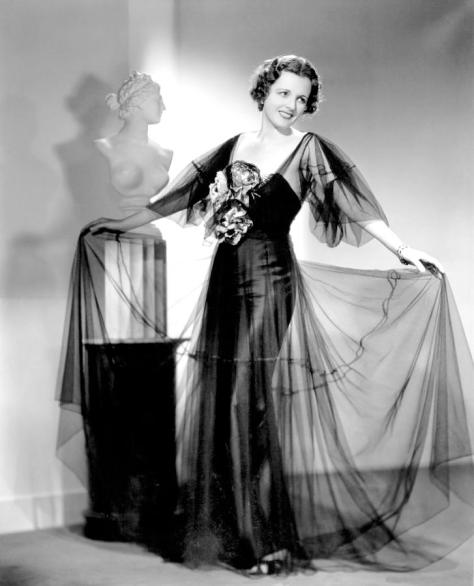
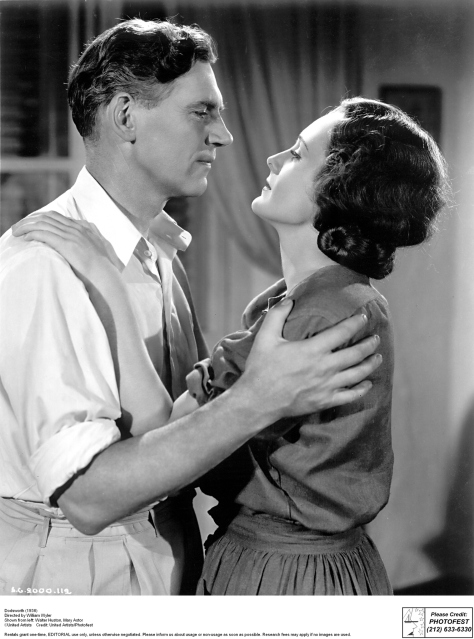
Mary Astor and Walter Huston in Dodsworth (1936)
Mid-career
Ultimately, the scandals caused no harm to Astor’s career, which was actually revitalized because of the custody fight and the wide publicity it generated; Dodsworth (1936), with Walter Huston, was released to rave reviews, and the public’s acceptance assured the studios that she remained a viable commercial property.
In 1937, she returned to the stage in well-received productions of Noël Coward‘s Tonight at 8:30, The Astonished Heart, and Still Life. She also began performing regularly on radio.
Some of her best movies were yet to come, including The Prisoner of Zenda (1937), John Ford‘s The Hurricane (1937), Midnight (1939) and Brigham Young (1940).
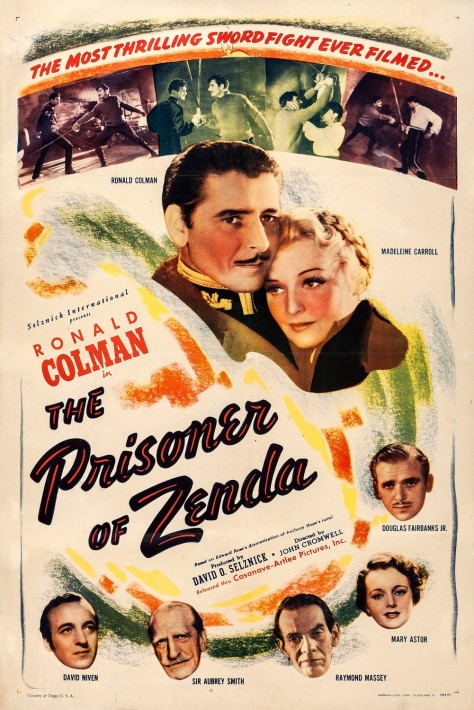
The Prisoner of Zenda (1937) Dir: John Cromwell
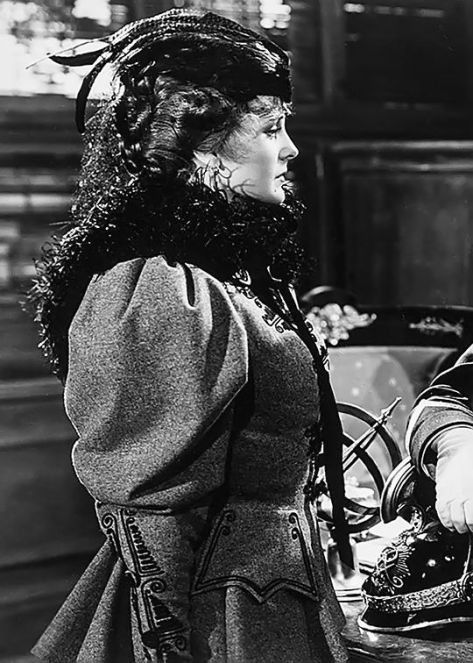
Mary Astor in The Prisoner of Zenda (1937)
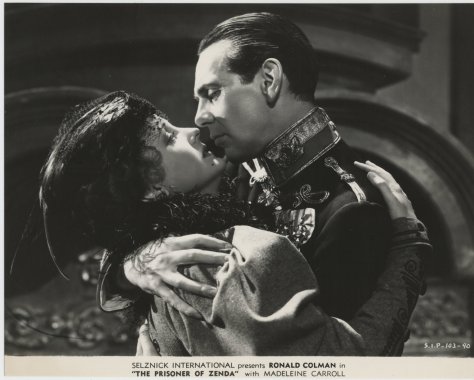
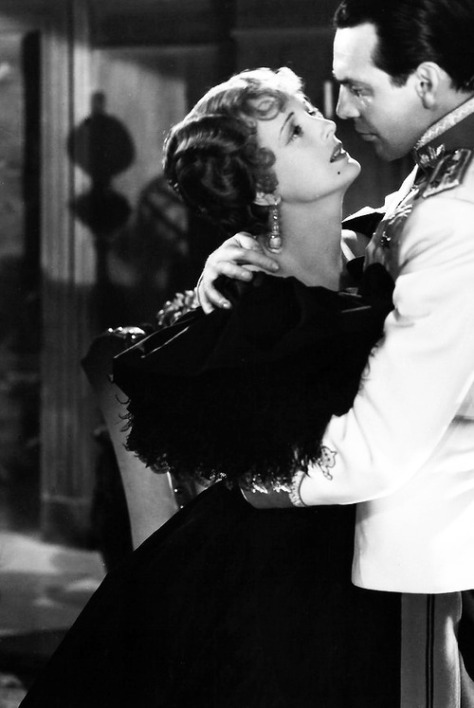
Mary Astor and Raymond Massey n The Prisoner of Zenda (1937)
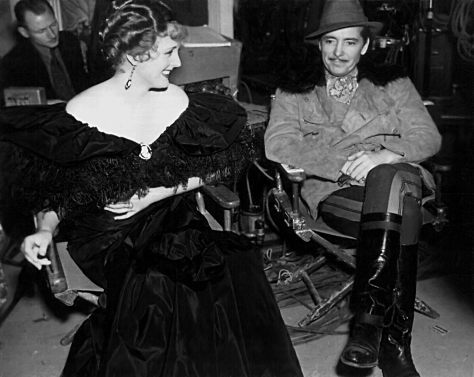
Mary Astor and Ronald Colman in The Prisoner of Zenda (1937)
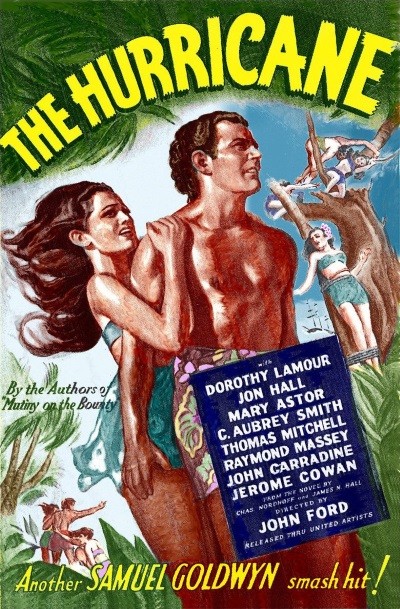
The Hurricane (1937) Dir: John Ford – Poster
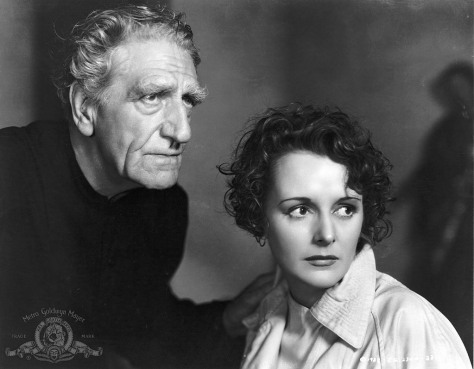
C Aubrey Smith and Mary Astor in The Hurricane (1937)
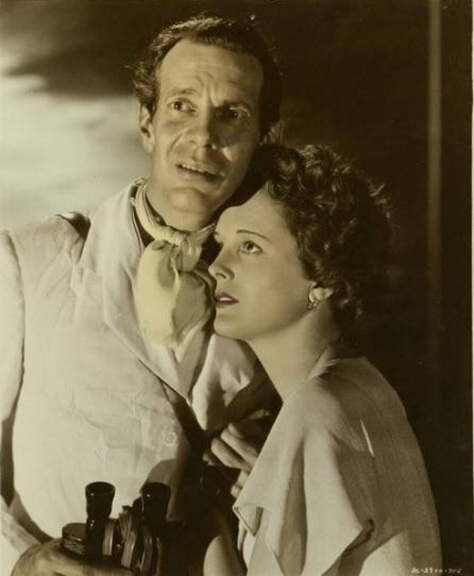
Raymond Massay and Mary Astor in The Hurricane (1937)
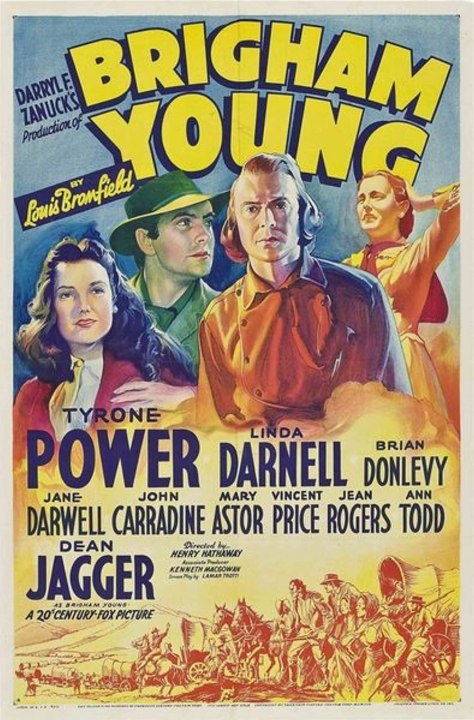
Brigham Young: Frontiersman (1940) Dir: Henry Hathaway
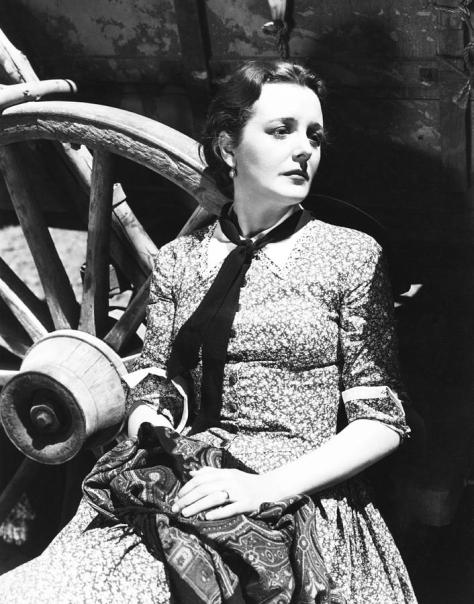
Mary Astor in Brigham Young: Frontiersman (1940)
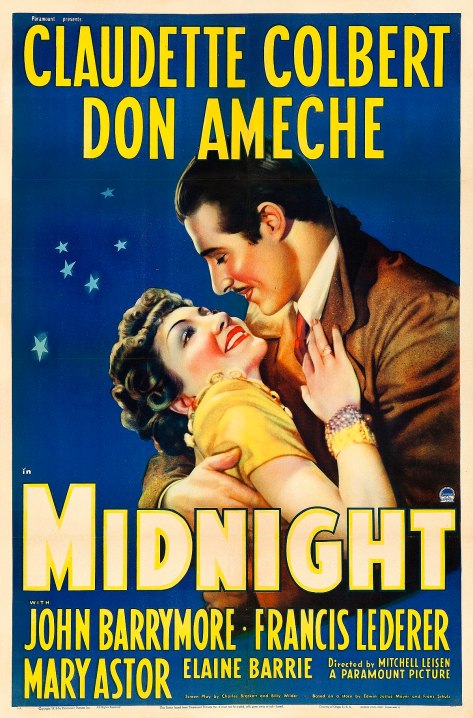
Midnight (1939) Dir: Mitchell Leisen
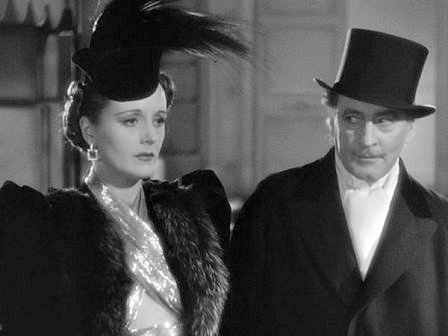
Mary Astor and John Barrymore in Midnight (1939)
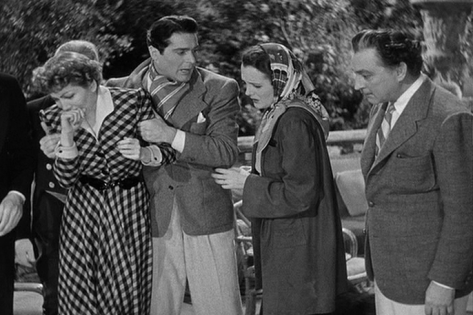
Claudette Colbert, Francis Lederer, Mary Astor and John Barrymore in Midnight (1939)
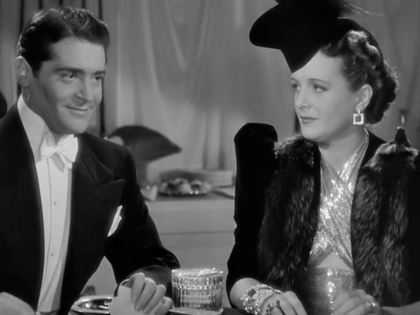
Francis Lederer and Mary Astor in Midnight (1939)
In John Huston‘s The Maltese Falcon (1941), Astor played scheming temptress Brigid O’Shaughnessy. The film also starred Humphrey Bogart and featured Peter Lorre and Sydney Greenstreet. This was to become her most memorable role.
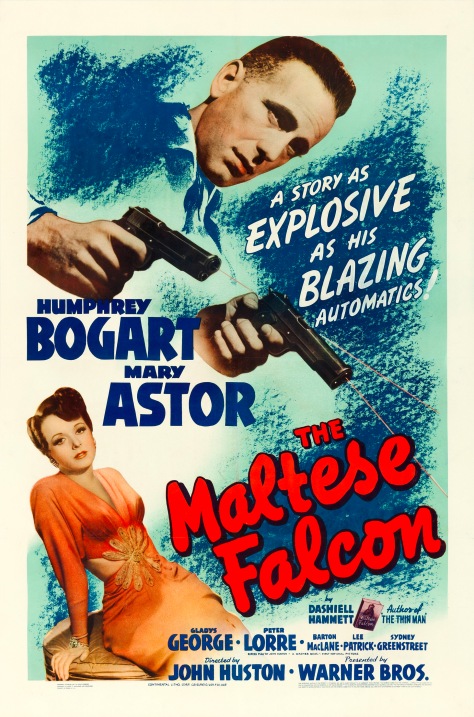
The Maltese Falcon (1941) Dir: John Huston
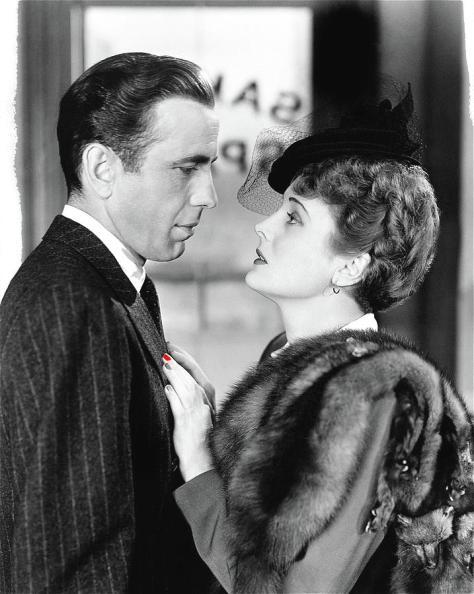
Humphrey Bogart and Mary Astor in The Maltese Falcon (1941)
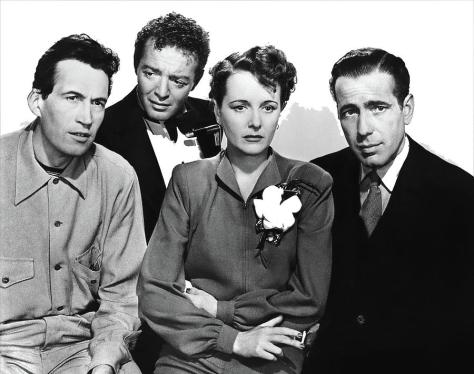
John Huston, Peter Lorre, Mary Astor and Humphrey Bogart – publicity shot for The Maltese Falcon (1941)
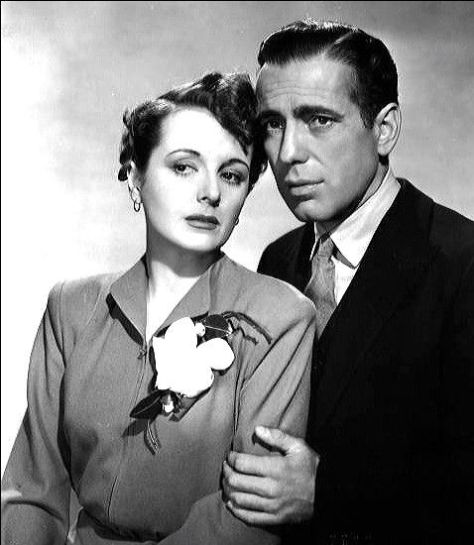
Mary Astor and Humphrey Bogart in The Maltese Falcon (1941)
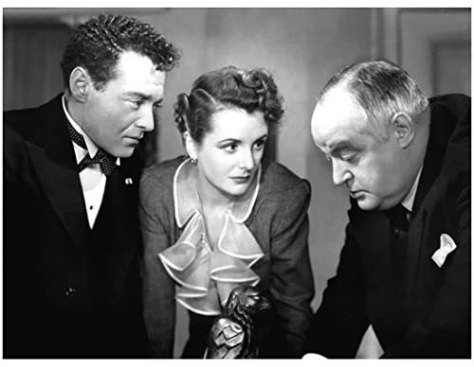 Peter Lorre, Mary Astor and Sidney Greenstreet in The Maltese Falcon (1941)
Peter Lorre, Mary Astor and Sidney Greenstreet in The Maltese Falcon (1941)
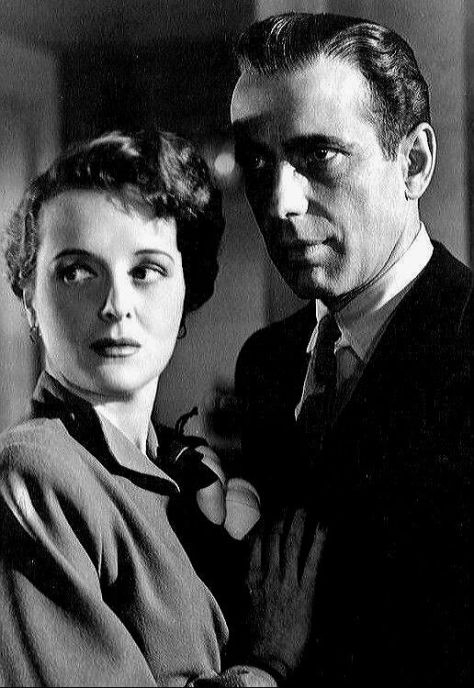
Mary Astor and Humphrey Bogart in The Maltese Falcon (1941)
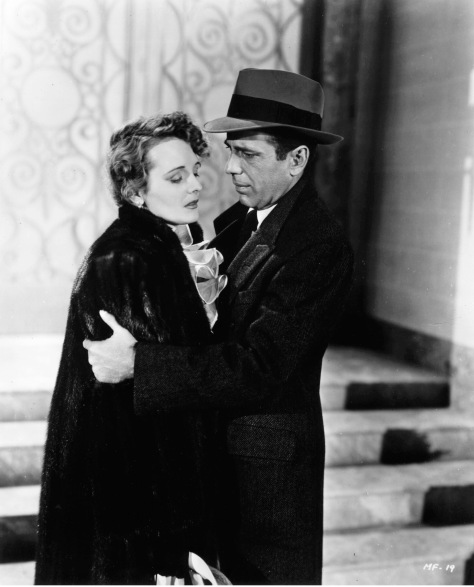
Mary Astor and Humphrey Bogart in The Maltese Falcon (1941)
Another noteworthy performance was her Oscar-winning role as Sandra Kovak, the selfish, self-centered concert pianist, who willingly gives up her child, in The Great Lie (1941). George Brent played her intermittent love interest, but the film’s star was Bette Davis.
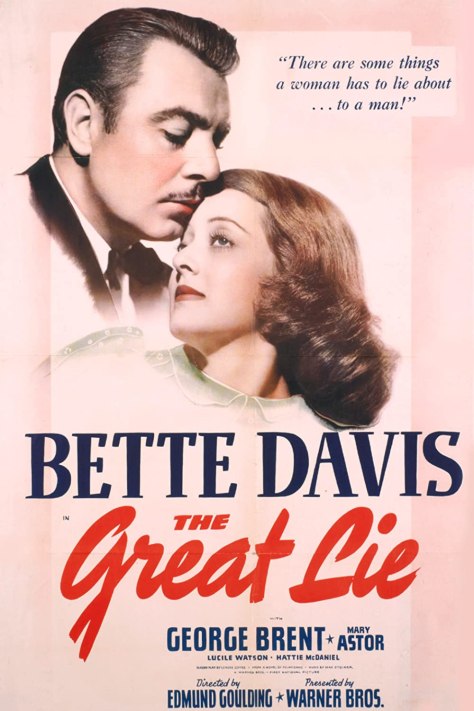
The Great Lie (1941) Dir: Edmund Goulding
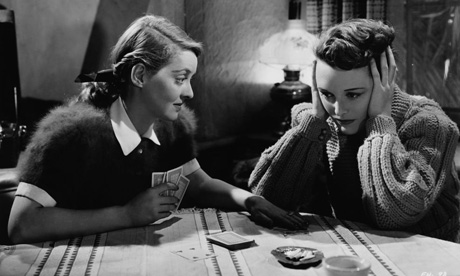
Bette Davis and Mary Astor in The Great Lie (1941)
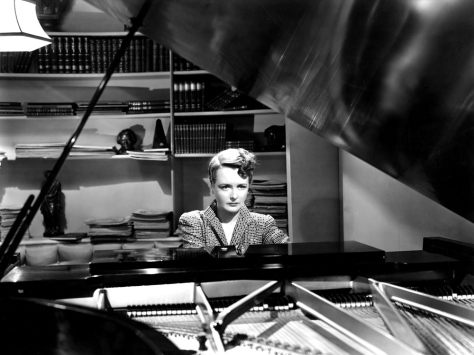
Mary Astor in The Great Lie (1941)
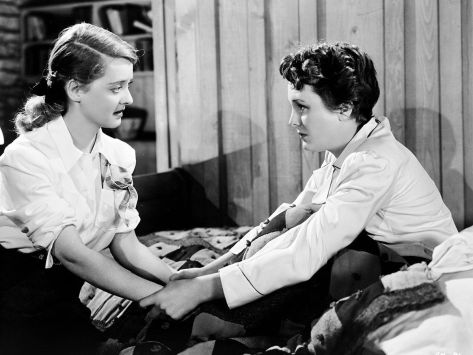
Bette Davis and Mary Astor in The Great Lie (1941)
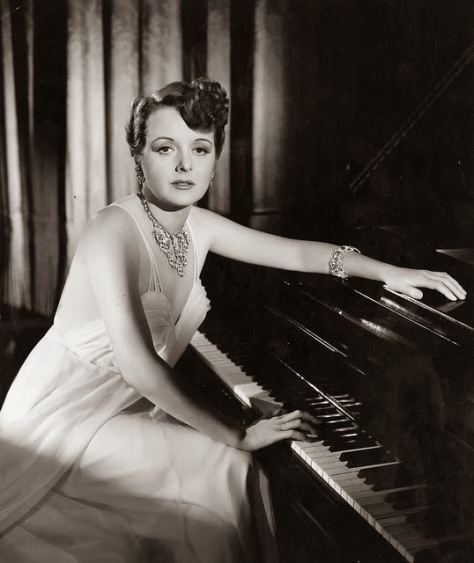
Mary Astor in The Great Lie (1941)
Davis wanted Astor cast in the role after watching her screen test and seeing her play Tchaikovsky‘s Piano Concerto No. 1. She then recruited Astor to collaborate on rewriting the script, which Davis felt was mediocre and needed work to make it more interesting. Astor further followed Davis’s advice and sported a brazenly bobbed hairdo for the role.
The soundtrack of the movie in the scenes where she plays the concerto, with violent hand movements on the piano keyboard, was dubbed by pianist Max Rabinovitch. Davis deliberately stepped back to allow Astor to shine in her key scenes. As a result of her performance, Astor won the Academy Award for Best Supporting Actress, thanking Bette Davis and Tchaikovsky in her acceptance speech. Astor and Davis became good friends.
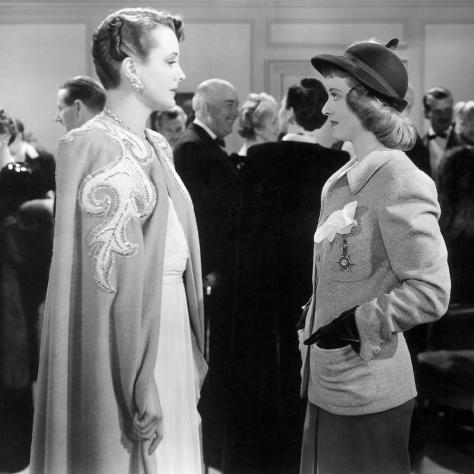
Bette Davis and Mary Astor in The Great Lie (1941)
Astor was not propelled into the upper echelon of movie stars by these successes, however.
She always declined offers of starring in her own right. Not wanting the responsibility of top billing and having to “carry the picture,” she preferred the security of being a featured player.
In 1942, she reunited with Humphrey Bogart and Sydney Greenstreet in John Huston‘s Across the Pacific.
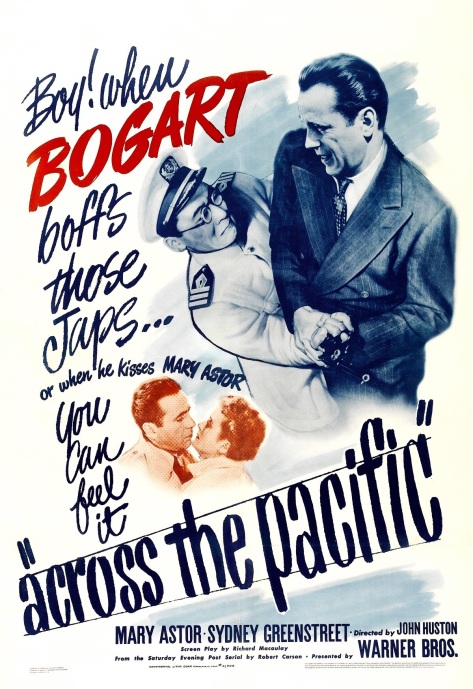
Across the Pacific (1942) Dir: John Huston
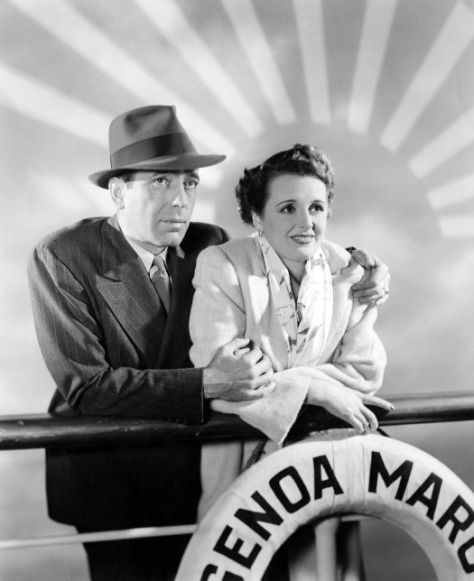
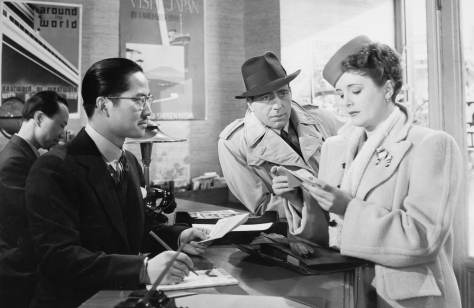
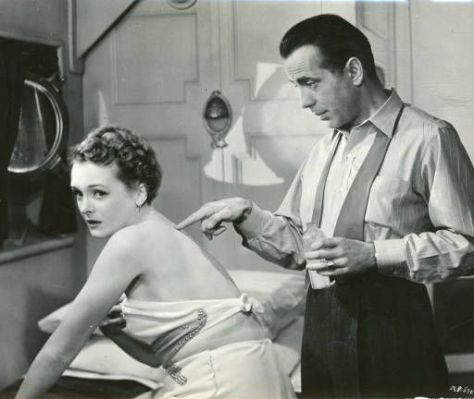
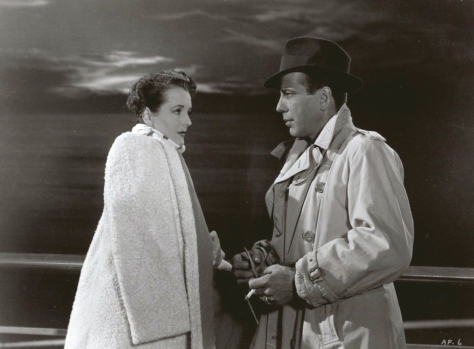
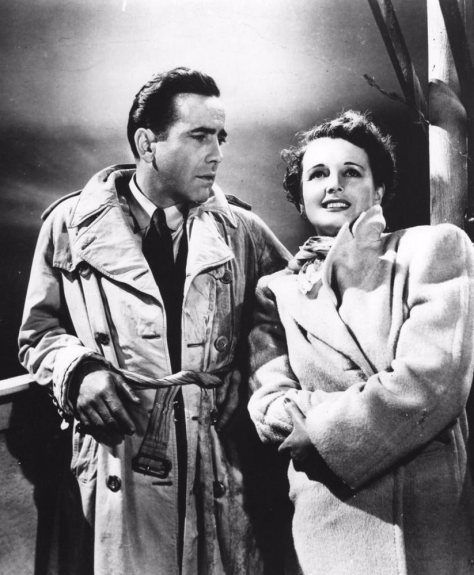
Humphrey Bogart and Mary Astor in Across the Pacific (1942)
Though usually cast in dramatic or melodramatic roles, Astor showed a flair for comedy as The Princess Centimillia in the Preston Sturges film, The Palm Beach Story (1942) for Paramount.
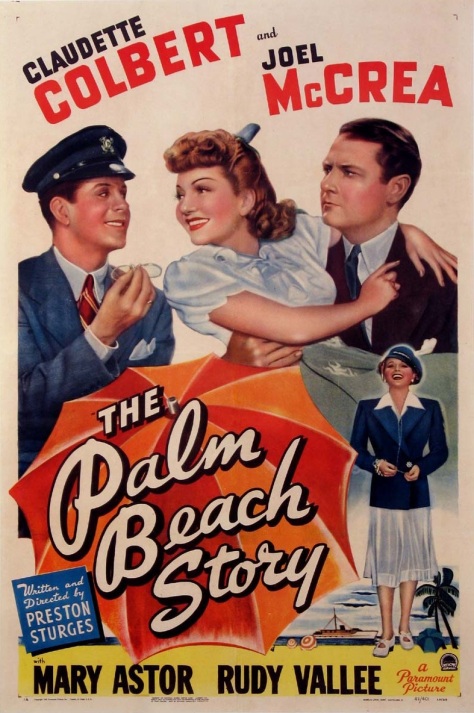
The Palm Beach Story (1942) Dir: Preston Sturges
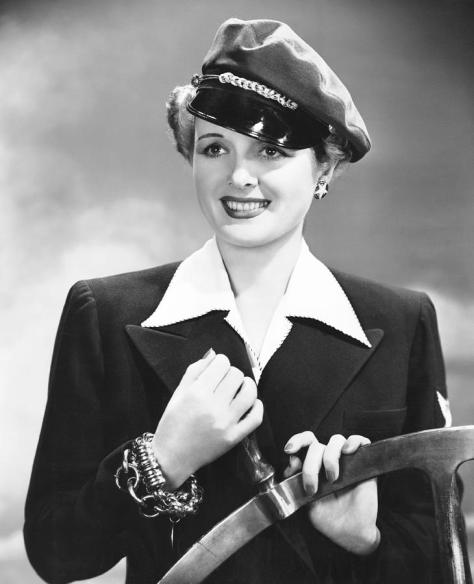
Mary Astor in The Palm Beach Story (1942)
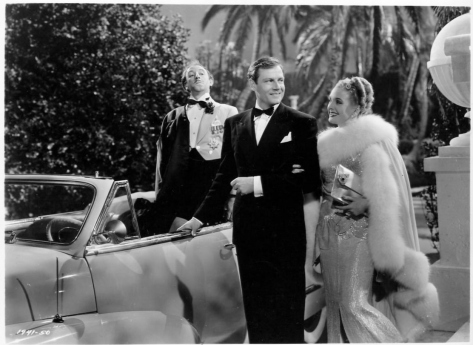
Mary Astor and Joel McCrea in The Palm Beach Story (1942)
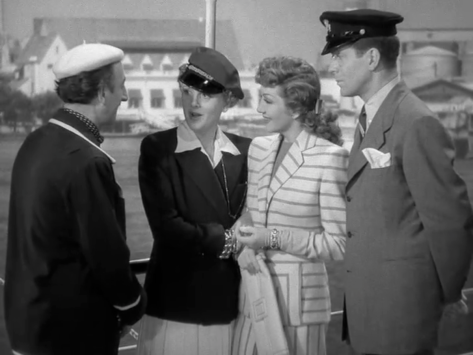
Mary Astor, Claudette Colbert and Rudy Vallee in The Palm Beach Story (1942)
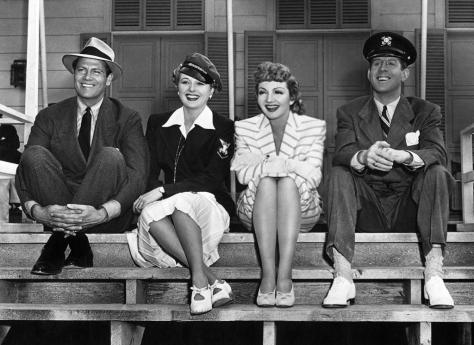
Joel McCrea, Mary Astor, Claudette Colbert an Rudy Vallee in The Palm Beach Story (1942)
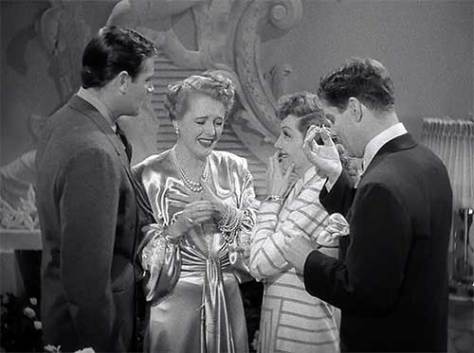
Joel McCrea, Mary Astor, Claudette Colbert an Rudy Vallee in The Palm Beach Story (1942)
In February 1943, Astor’s father, Otto Langhanke, died in Cedars of Lebanon Hospital as a result of a heart attack complicated by influenza. His wife and daughter were at his bedside.
That same year, Astor signed a seven-year contract with MGM, a regrettable mistake.
She was kept busy playing what she considered mediocre roles she called “Mothers for Metro.”
After Meet Me in St. Louis (1944), the studio allowed her to debut on Broadway in Many Happy Returns (1945). The play was a failure, but Astor received good reviews. On loan-out to 20th Century Fox, she played a wealthy widow in Claudia and David (1946).
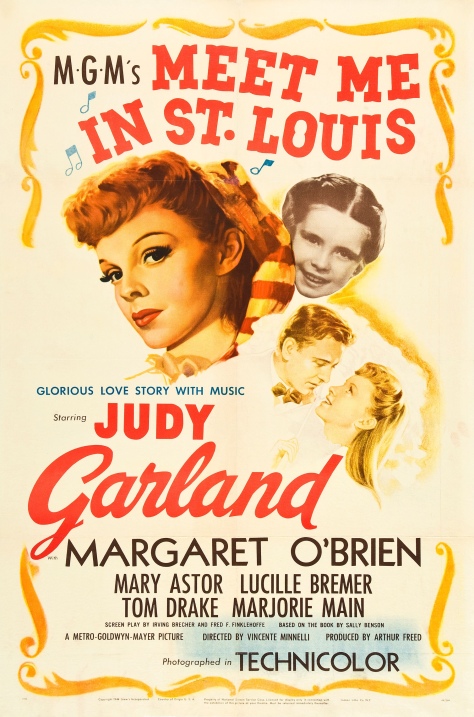
Meet Me in St Louis (1944) Dir: Vincente Minelli
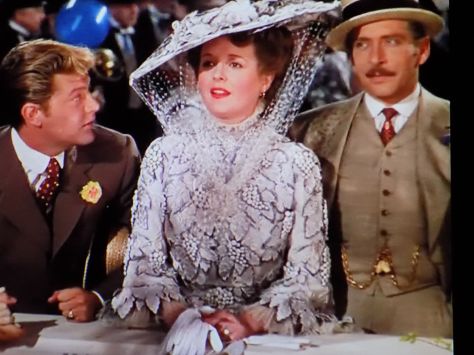
Tom Drake, Mary Astor and Leon Ames in Meet Me in St Louis (1944)
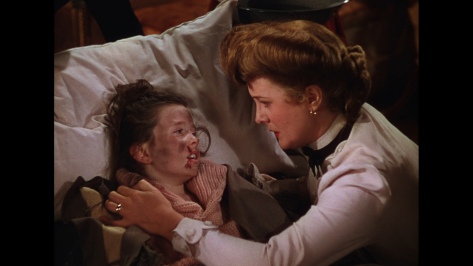
Mary Astor and Margaret O’Brien in Meet Me in St Louis (1944)
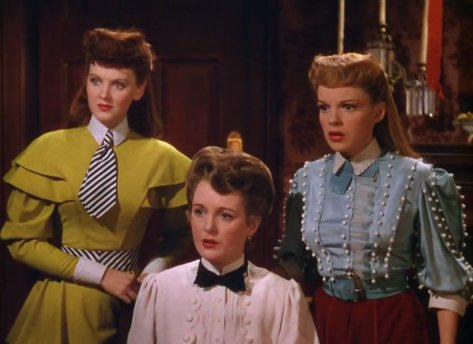
Lucille Bremer, Mary Astor and Judy Garland in Meet Me in St Louis (1944)
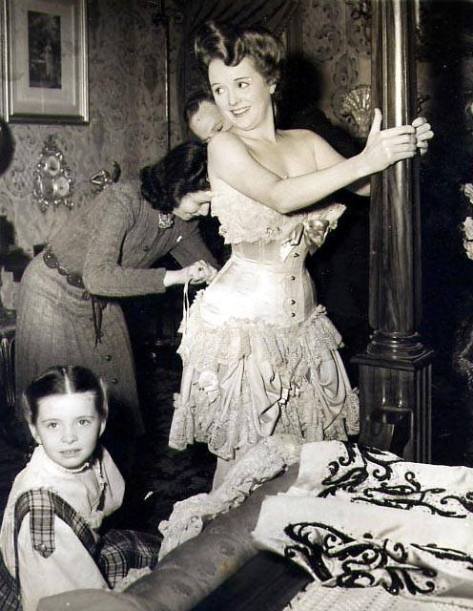
Mary Astor on the set of Meet Me in St Louis (1944)
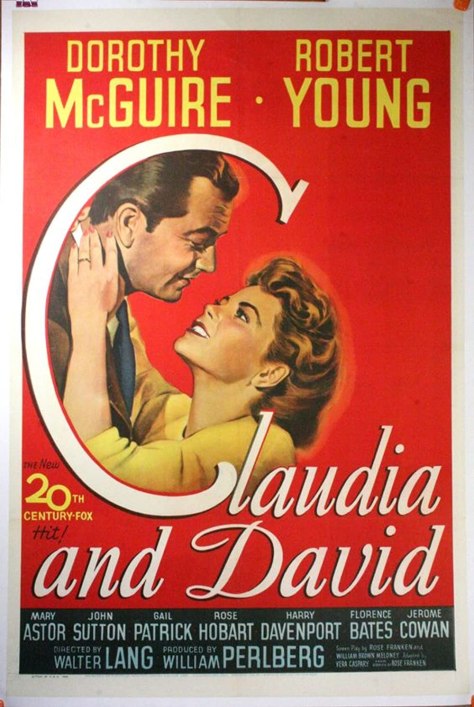
Claudia and David (1946) Dir: Walter Lang
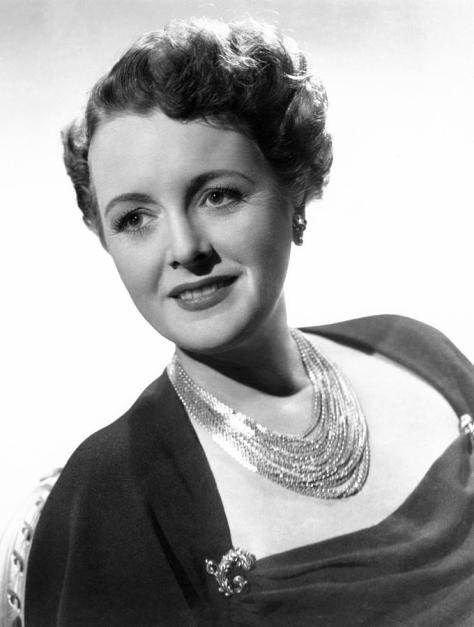
Mary Astor in Claudia and David (1946)
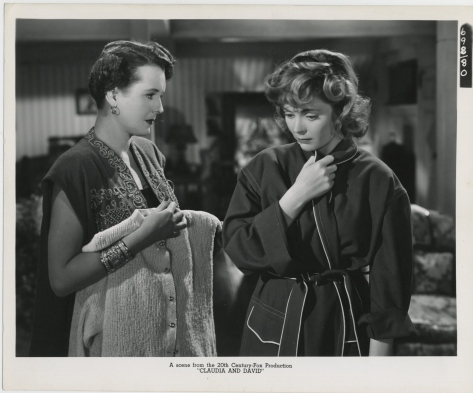
Mary Astor and Dorothy McGuire in Claudia and David (1946)
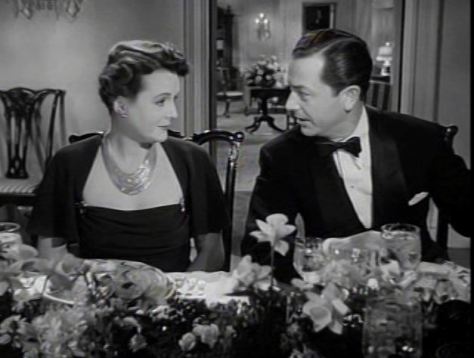
Mary Astor and Robert Taylor in Claudia and David (1946)
She was also loaned to Paramount to play Fritzi Haller in Desert Fury (1947) playing the tough owner of a saloon and casino in a small mining town.
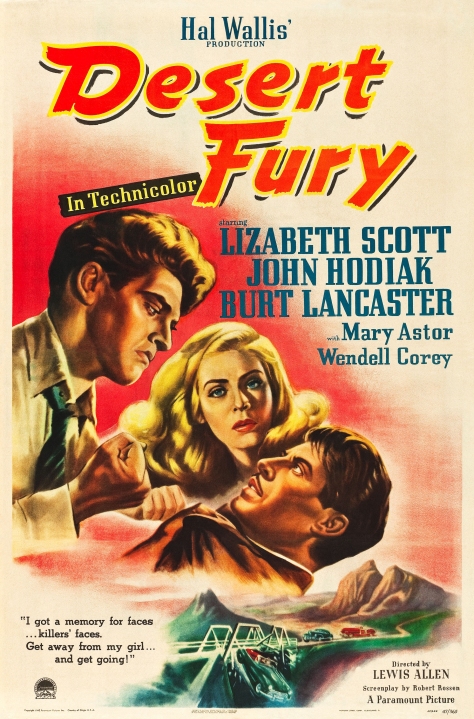
Desert Fury (1947) Dir: Lewis Allen
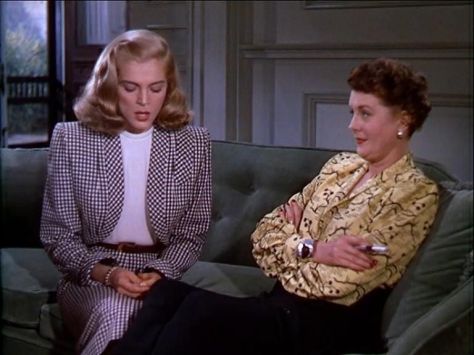
Lisabeth Scott and Mary Astor in Desert Fury (1947)
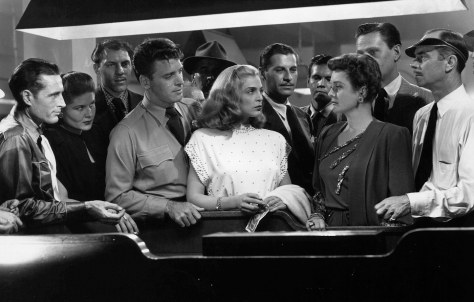
Burt Lancaster, Lisbeth Scott, John Hodiak and Mary Astor in Desert Fury (1947)
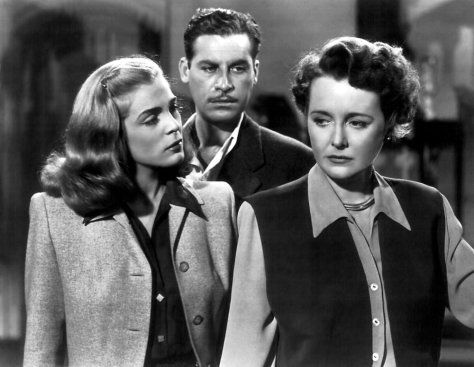
Lisbeth Scott, John Hodiak and Mary Astor in Desert Fury (1947)
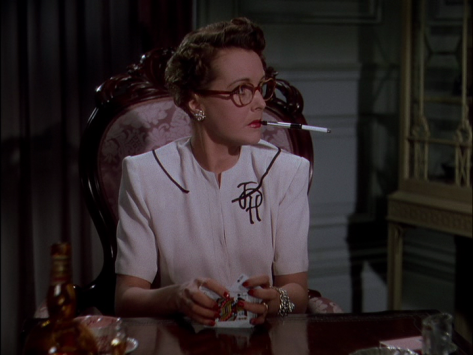
Mary Astor in Desert Fury (1947)
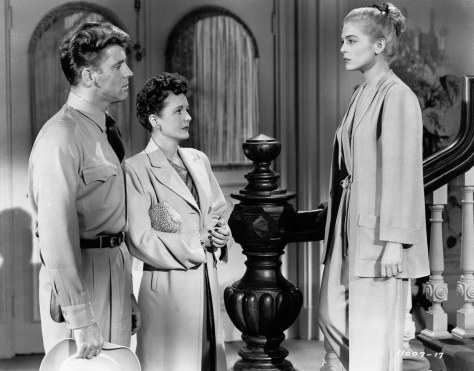
Burt Lancaster, Mary Astor and Lisbeth Scott in Desert Fury (1947)
Before Helen Langhanke died of a heart ailment in January 1947, Astor said she sat in the hospital room with her mother, who was delirious and did not know her, and listened quietly as Helen told her all about terrible, selfish Lucile.
After her death, Astor said she spent countless hours copying her mother’s diary so she could read it and was surprised to learn how much she was hated. Back at MGM, Astor continued being cast in undistinguished, colorless mother roles. One exception was when she played a prostitute in the film noir Act of Violence (1948).
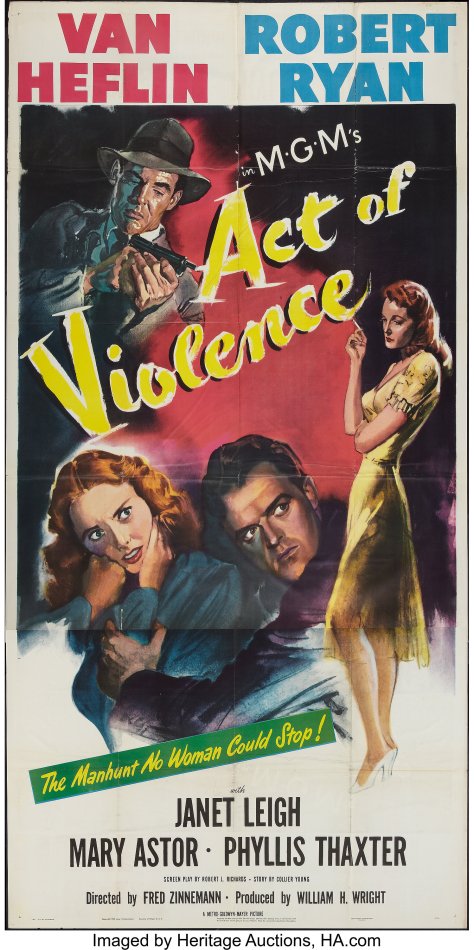
Act of Violence (1948) Dir: Fred Zinnemann
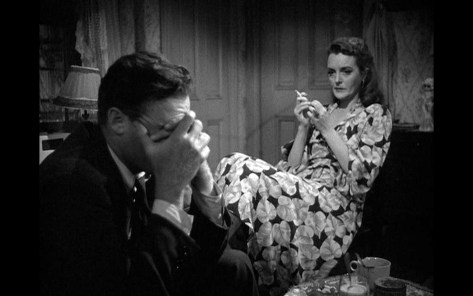
Van Heflin and Mary Astor in Act of Violence (1948)
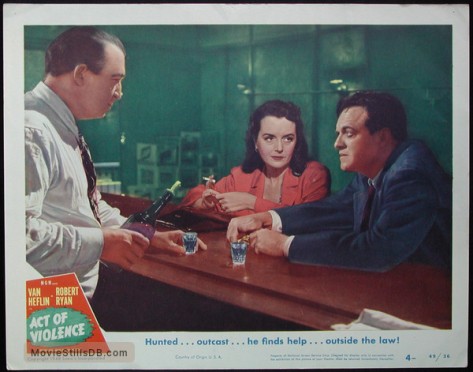
Act of Violence (1948) Lobby Card
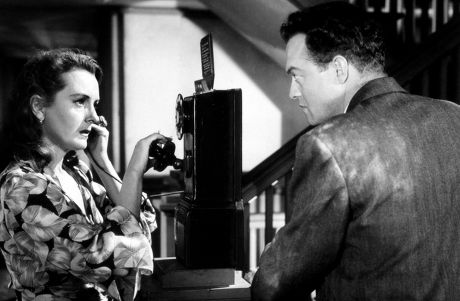

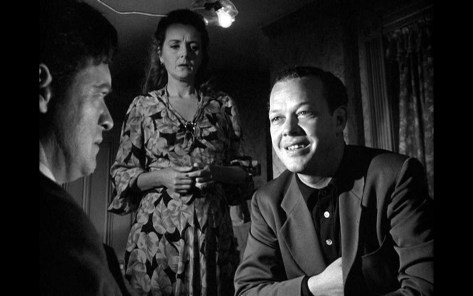
Mary Astor and Berry Kroeger in Act of Violence (1948)
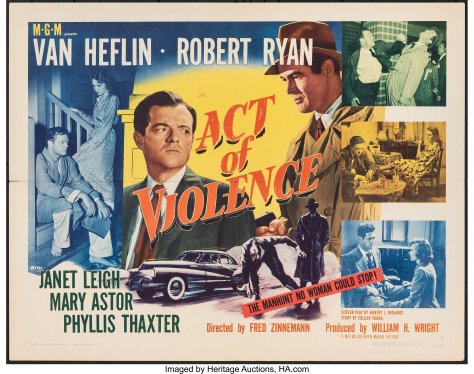
Act of Violence (1948) Dir: Fred Zinnemann
The last straw came when she was cast as Marmee March in Little Women (1949).
She later described her disappointment with her cast members and the shoot in her memoir My Story: An Autobiography: “The girls all giggled and chattered and made a game of every scene. Taylor was engaged, and in love, and talking on the telephone most of the time (which is fine normally, but not when the production clock is ticking away the company’s money). June Allyson chewed gum constantly and irritatingly, and Maggie O’Brien looked at me as though she were planning something very unpleasant.”
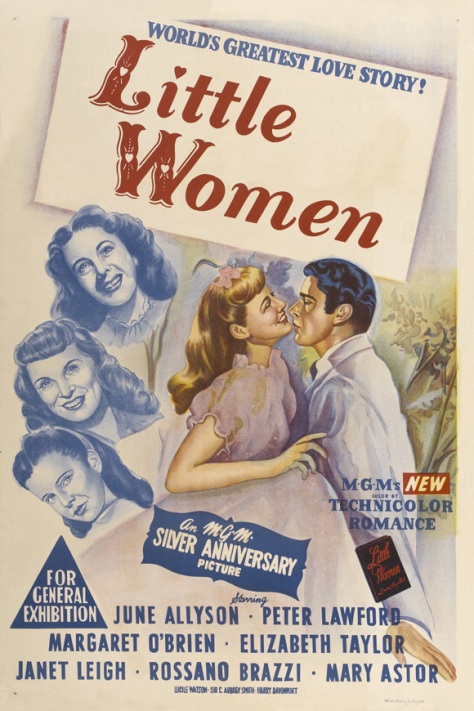
Little Women (1949) Dir: Mervyn LeRoy
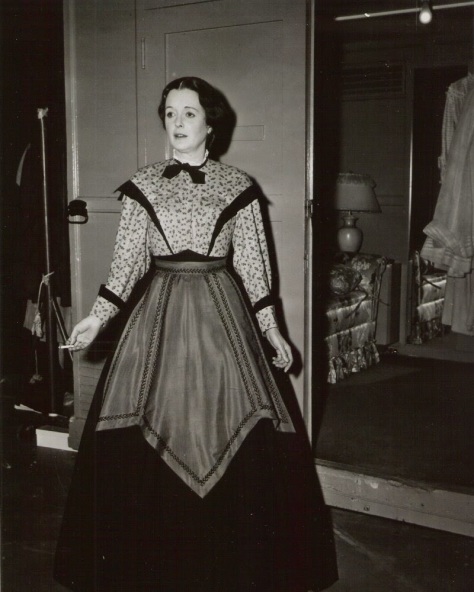
Mary Astor in Little Women (1949)
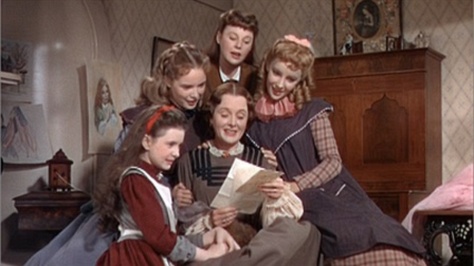
Margaret O’Brien, Janet Leigh, Mary Astor, June Alyson and Elisabeth Taylor in Little Women (1949)
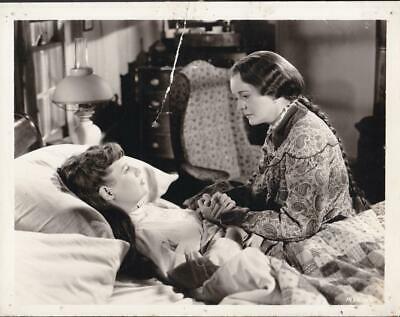
June Alyson and Mary Astor in Little Women (1949)
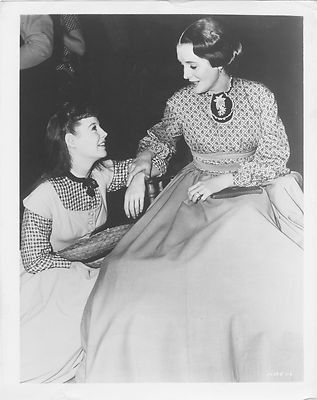
June Alyson and Mary Astor in Little Women (1949)
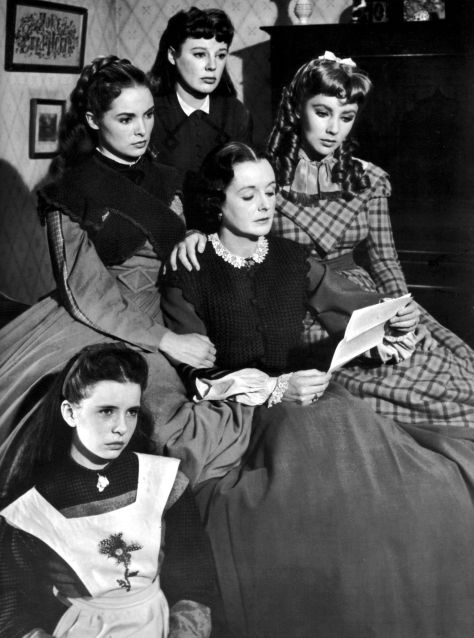
Margaret O’Brien, Janet Leigh, Mary Astor, June Alyson and Elisabeth Taylor in Little Women (1949)
Astor found no redemption in playing what she considered another humdrum mother and grew despondent. The studio wanted to renew her contract, promising better roles, but she declined the offer.
Middle years
At the same time, Astor’s drinking was growing troublesome. She admitted to alcoholism as far back as the 1930s, but it had never interfered with her work schedule or performance. She hit bottom in 1949 and went into a sanitarium for alcoholics.
In 1951, she made a frantic call to her doctor and said that she had taken too many sleeping pills. She was taken to a hospital and the police reported that she had attempted suicide, this being her third overdose in two years, and the story made headline news. She maintained it had been an accident.
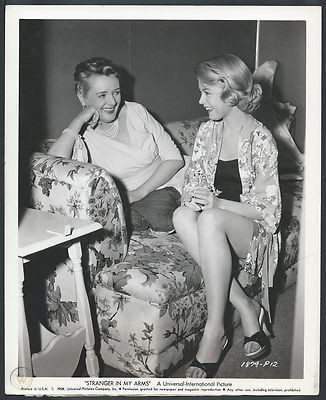
Mary Astor and Sandra Dee in Stranger in My Arms (1959)
That same year, she joined Alcoholics Anonymous and converted to Roman Catholicism. She credited her recovery to a priest, Peter Ciklic, also a practicing psychologist, who encouraged her to write about her experiences as part of therapy. She also separated from her fourth husband, Thomas Wheelock (a stockbroker she married on Christmas Day 1945), but did not actually divorce him until 1955.
In 1952, she was cast in the leading role of the stage play The Time of the Cuckoo, which was later made into the movie Summertime (1955), and subsequently toured with it. After the tour, Astor lived in New York for four years and worked in the theater and on television.
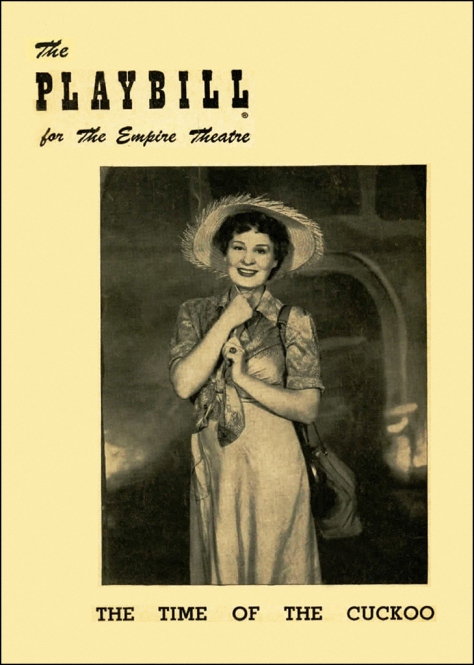
Her TV debut was in The Missing Years (1954) for Kraft Television Theatre. She acted frequently in TV during the ensuing years and appeared on many big shows of the time, including The United States Steel Hour, Alfred Hitchcock Presents, Rawhide, Dr. Kildare, Burke’s Law, and Ben Casey.
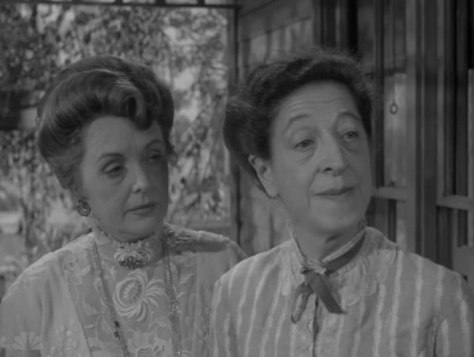
Mary Astor and Doro Merande in Alfred Hitchcock Presents – Episode: Mrs Herman and Mrs Fenimore (1958)
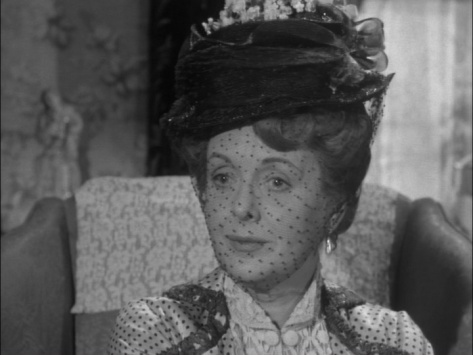
Mary Astor in Alfred Hitchcock Presents – Episode: Mrs Herman and Mrs Fenimore (1958)
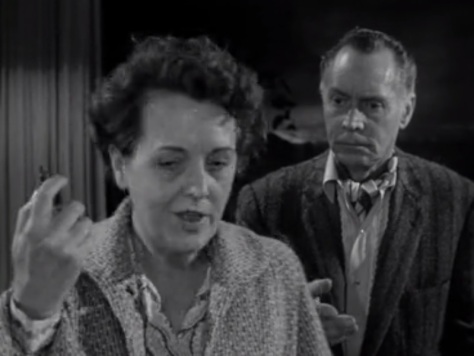
Mary Astor and Franchot Tone in Alfred Hitchcock Presents – Episode: The Impossible Dream (1959)
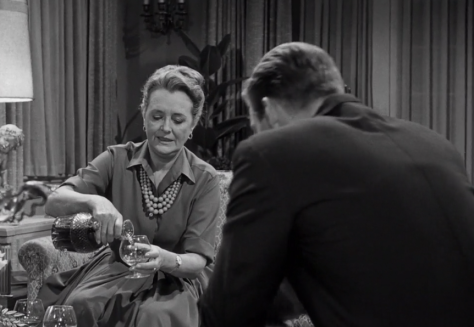
Mary Astor in Dr Kildare “Operation Lazarus” (Season 1 Episode 33)
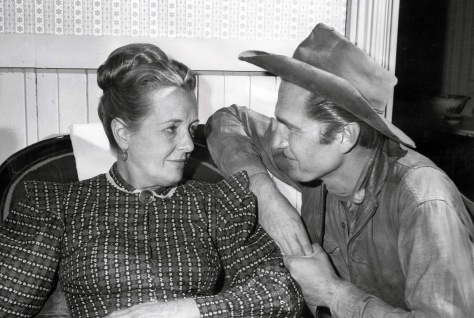
Mary Astor in Rawhide – Episode: Incident Near the Promised Land (1961)
In 1954, she appeared in the episode “Fearful Hour” of the Gary Merrill NBC series Justice in the role of a desperately poor and aging film star who attempts suicide to avoid exposure as a thief. She also played an ex-film star on the Boris Karloff-hosted Thriller, in an episode titled “Rose’s Last Summer.”
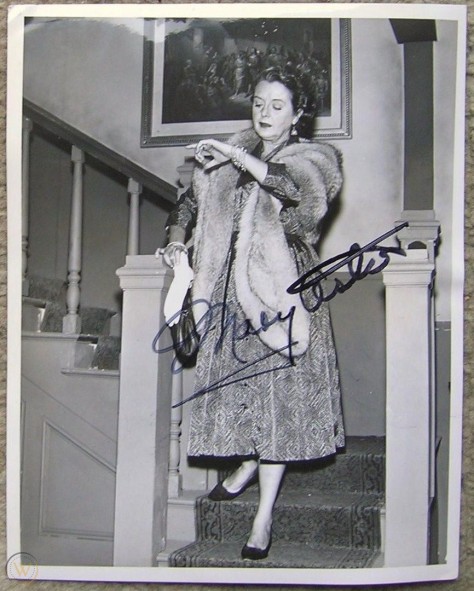
Mary Astor signed still from Thriler – Episode: Rose’s Last Summer (1960)

Mary Astor in Thriler – Episode: Rose’s Last Summer (1960)
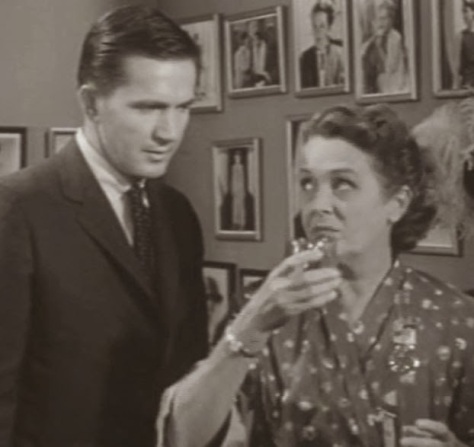
Mary Astor signed still from Thriler – Episode: Rose’s Last Summer (1960)
She starred on Broadway again in The Starcross Story (1954), another failure and returned to Southern California in 1956. She then went on a successful theatre tour of Don Juan in Hell directed by Agnes Moorehead and co-starring Ricardo Montalban.
Astor’s memoir, My Story: An Autobiography, was published in 1959, becoming a sensation in its day and a bestseller. It was the result of Father Ciklic urging her to write. Though she spoke of her troubled personal life, her parents, her marriages, the scandals, her battle with alcoholism, and other areas of her life, she did not mention the movie industry or her career in detail.
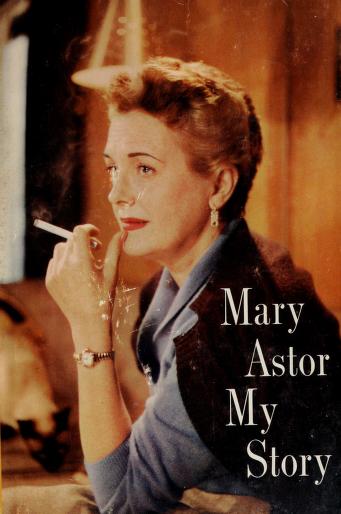
Mary Astor autobiography – My Story: An Autobiography (1959)
In 1971, a second book was published, A Life on Film, where she discussed her career. It too became a bestseller. Astor also tried her hand at fiction, writing the novels The Incredible Charley Carewe (1960), The Image of Kate (1962), which was published in 1964 in a German translation as Jahre und Tage, The O’Conners (1964), Goodbye, Darling, be Happy (1965), and A Place Called Saturday (1968).
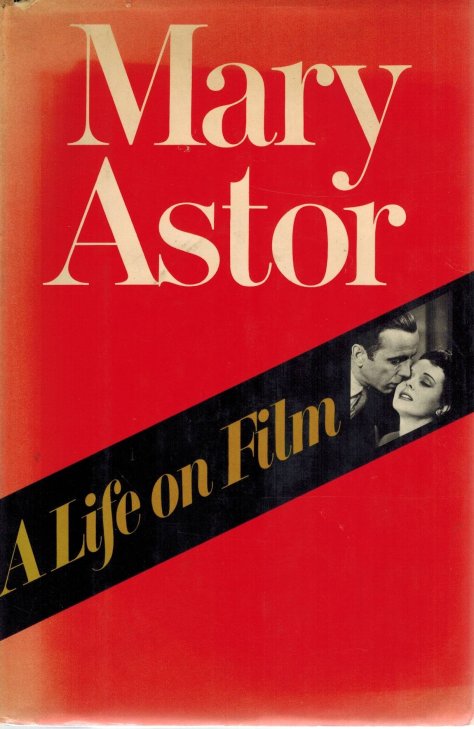
Mary Astor – My Life on Film (1971)
She appeared in several movies during this time, including A Stranger in My Arms (1959). She made a comeback in Return to Peyton Place (1961) playing Roberta Carter, the domineering mother who insists the “shocking” novel written by Allison Mackenzie should be banned from the school library, and received good reviews for her performance. According to film scholar Gavin Lambert, Astor invented memorable bits of business in her last scene of that film, where Roberta’s vindictive motives are exposed.
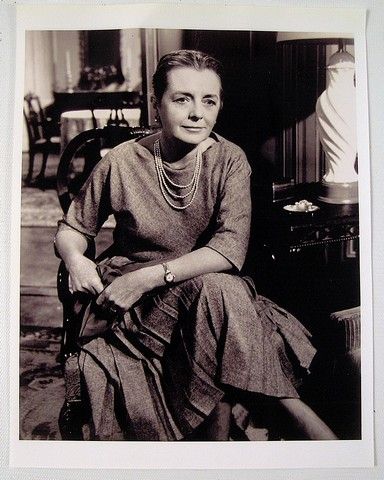
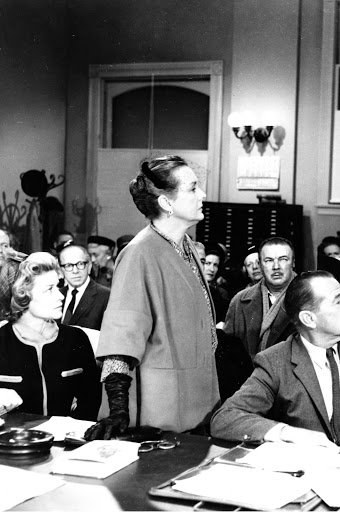
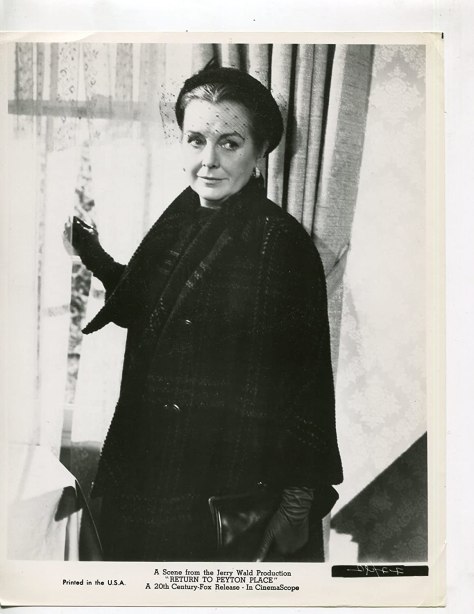
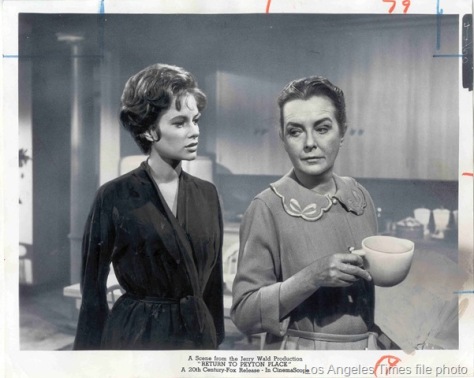
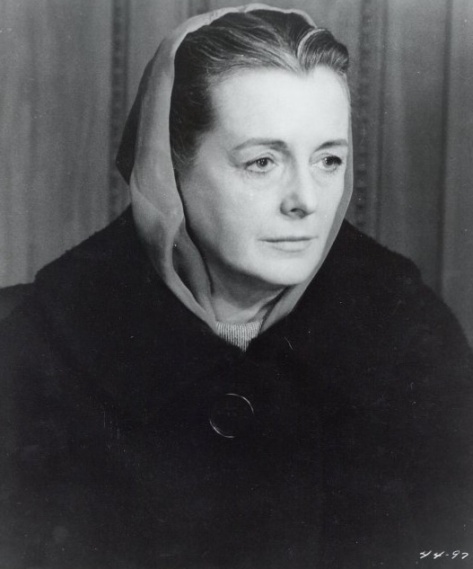
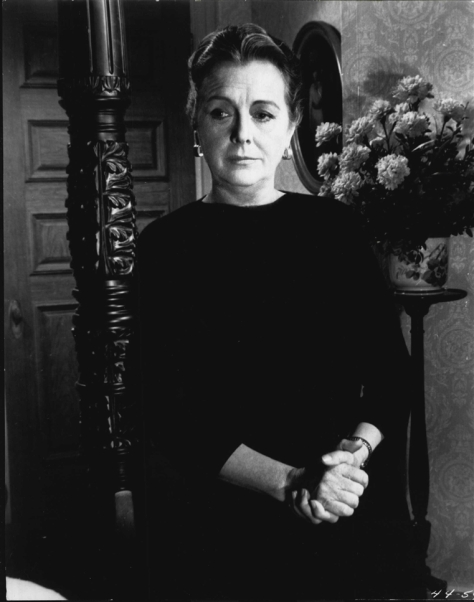
Mary Astor in Return to Peyton Place (1961)
Final years and death
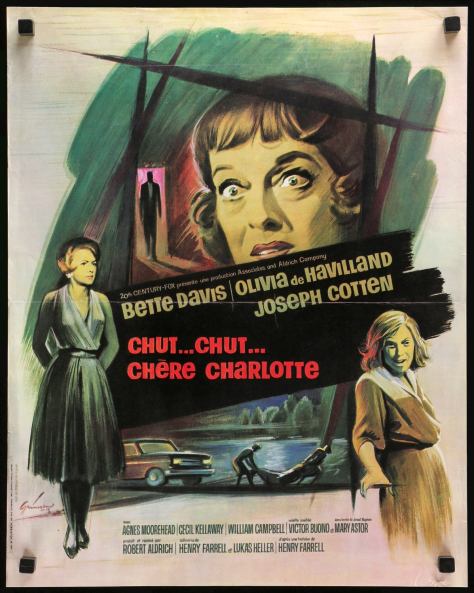
Hush, Hush Sweet Charlotte (1964)
She was offered the small role as a key figure, Jewel Mayhew, in the murder mystery Hush… Hush, Sweet Charlotte, starring her friend Bette Davis. She filmed her final scene with Cecil Kellaway at Oak Alley Plantation in southern Louisiana. In A Life on Film, she described her character as “a little old lady, waiting to die.” Astor decided it would serve as her swan song in the movie business. After 109 movies in a career spanning 45 years, she turned in her Screen Actors Guild card and retired.
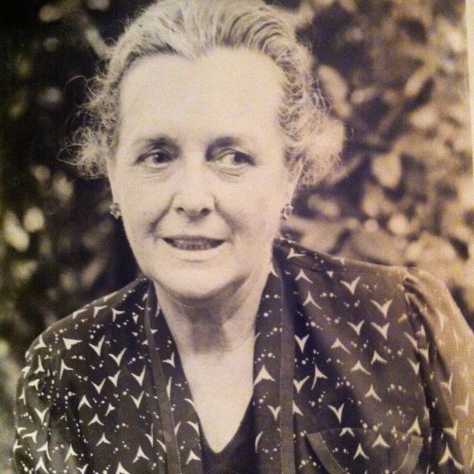
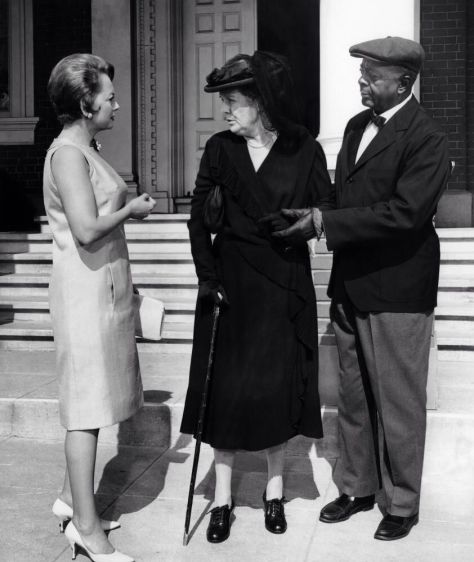
Olivia De Havilland, Mary Astor and William Walker in Hush, Hush Sweet Charlotte (1964)
Astor later moved to Fountain Valley, California, where she lived near her son, Tono del Campo (from her third marriage to Mexican film editor Manuel del Campo), and his family, until 1971.
That same year, suffering from a chronic heart condition, she moved to a small cottage on the grounds of the Motion Picture & Television Country House, the industry’s retirement facility in Woodland Hills, California, where she had a private table when she chose to eat in the resident dining room.
She appeared in the television documentary series Hollywood: A Celebration of the American Silent Film (1980), produced by Kevin Brownlow, in which she discussed her roles during the silent film period. After years of retirement she had been urged to appear in Brownlow’s documentary by a former sister-in-law Bessie Love who also appeared in the series.
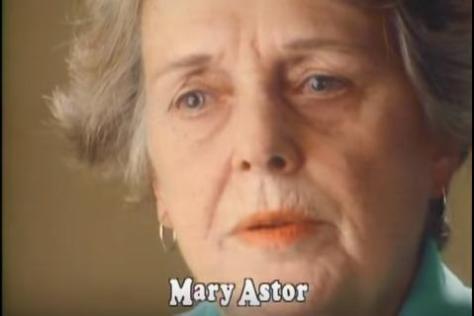
Astor died on September 25, 1987, at age 81, of respiratory failure due to pulmonary emphysema while in the hospital at the Motion Picture House complex.
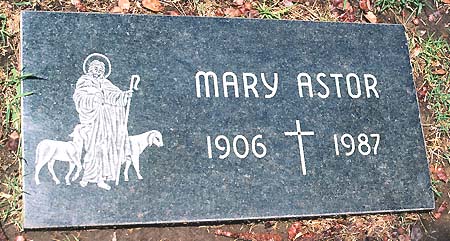
Grave of Mary Astor at Holy Cross Cemetery
She is interred in Holy Cross Cemetery in Culver City, California. Astor has a star for motion pictures on the Hollywood Walk of Fame at 6701 Hollywood Boulevard.
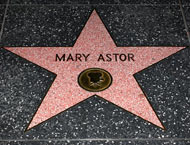
She has been quoted as saying, “There are five stages in the life of an actor: who’s Mary Astor? Get me Mary Astor. Get me a Mary Astor type. Get me a young Mary Astor. Who’s Mary Astor?” Several other actors, among them Jack Elam and Ricardo Montalban, have been quoted as saying this.
Radio appearances
| Year | Program | Episode/source |
|---|---|---|
| 1941 | Gulf Screen Guild Theatre | No Time for Comedy[17] |
Bibliography
- My Story: An Autobiography (1959)
- The Incredible Charlie Carewe (1963)
- The O’Conners (1964)
- Goodbye Darling, Be Happy (1965)
- The Image of Kate (1966)
- A Place Called Saturday (1968)
- Life On Film (1969)
- Sorel, Edward (2016). Mary Astor’s Purple Diary: The Great American Sex Scandal of 1936. Liveright Publishing. ISBN 9781631490231.[18]
- Egan, Joseph (2016). The Purple Diaries: Mary Astor and the Most Sensational Hollywood Scandal of the 1930s. Diversion Publishing. ISBN 9781682302996.
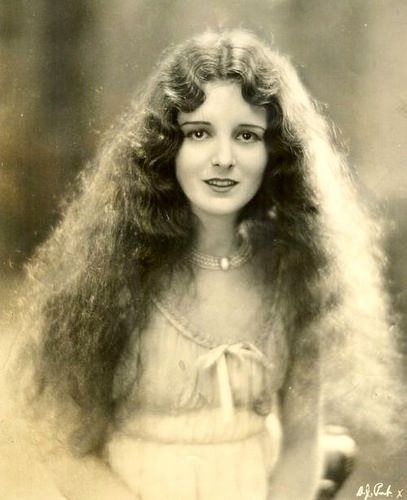
References
- ^ Jump up to:a b Thomas, Bob (September 26, 1987). “‘Maltese Falcon’ star Astor dies at 81”. Kansas, Salina. The Salina Journal. p. 8. Retrieved February 20, 2016 – via Newspapers.com.

- ^ Jump up to:a b c d “Mary Astor Not Actress by Accident; Career Planned”. Montana, Butte. The Montana Standard. August 24, 1936. p. 5. Retrieved February 20, 2016 – via Newspapers.com.

- Jump up^ Lindsay Anderson “Mary Astor”, Sight and Sound, Autumn 1990, reprinted in Paul Ryan (ed) Never Apologise: The Collected Writings, 2004, London: Plexus, pp. 431–36, 431
- Jump up^ Distinguished Americans & Canadians of Portuguese Descent
- Jump up^ [1]
- ^ Jump up to:a b c “Mary Astor Dies at 81 – A ‘Maltese Falcon’ Star”. Los Angeles Times. (September 26, 1987) Accessed on August 14, 2007.
- Jump up^ Mary Astor, 81, Is Dead; Star of ‘Maltese Falcon’
- ^ Jump up to:a b Mary Astor Profile
- Jump up^ Trivia – Mary Astor scandal
- Jump up^ Mary Astor, “A Life on Film”, Dell Publishing 1967, New York pp. 125–127
- Jump up^ Sorel, Edward (September 14, 2016). “Inside the Trial of Actress Mary Astor, Old Hollywood’s Juiciest Sex Scandal. Vanity Fair, September 2016, retrieved December 6, 2016.
- Jump up^ “Justice“. The Classic TV Archive. Retrieved February 8, 2011.
- Jump up^ Brownlow, Kevin; Gill, David (1980). Hollywood: A Celebration of the American Silent Film. (video). Thames Video Production.
- Jump up^ Mary Astor at Find a Grave
- Jump up^ “Walk of Fame Stars, Mary Astor”. walkoffame.com. Hollywood Chamber of Commerce. Archived from the original on April 3, 2016. Retrieved December 1,2016.
- Jump up^ Astor, Mary. A Life on Film. Dell Publishing Company, 1969
- Jump up^ “Abel, Walter”. radioGOLDINdex. Retrieved 26 May 2015.
- Jump up^ “Woody Allen Reviews a Graphic Tale of a Scandalous Starlet” by Woody Allen, The New York Times, December 22, 2016
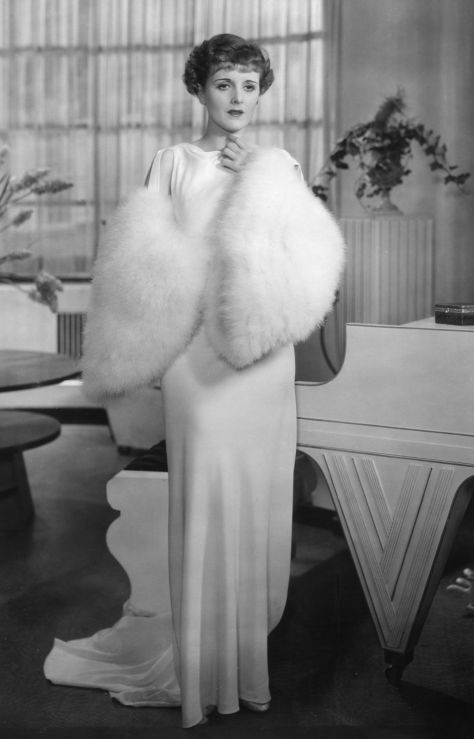
External links
- Mary Astor on IMDb
- Mary Astor at the Internet Broadway Database

- Mary Astor at the TCM Movie Database

- Mary Astor at AllMovie
- AFI Catalog Silent Films entry for Mary Astor
- Mary Astor Photo Gallery
- My Story: An Autobiography at Internet Archive
- Photographs and literature
- Wedding day photo of Mary Astor and Kenneth Hawks
- A Lady’s a Lady: The Versatile Elegance of Mary Astor, by Imogene S. Smith
- You Don’t Wanna Know About How Frank She Was: A Conversation with Marylyn Roh, daughter of Mary Astor by SelfStyledSiren
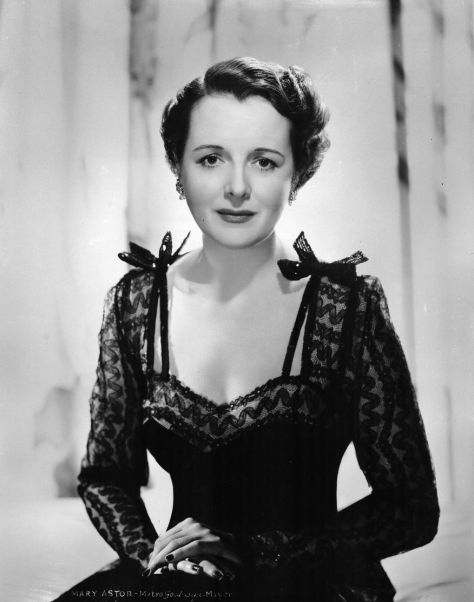
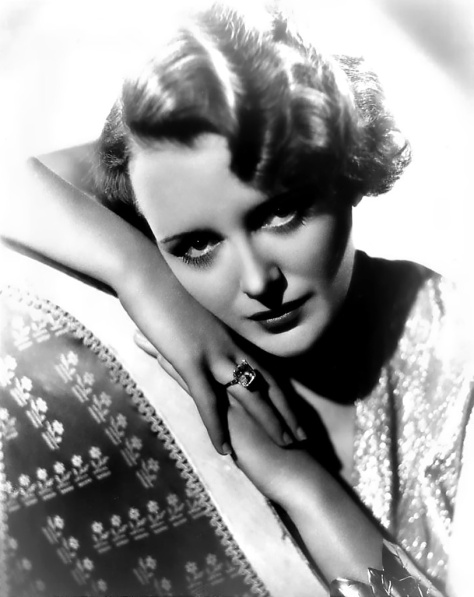
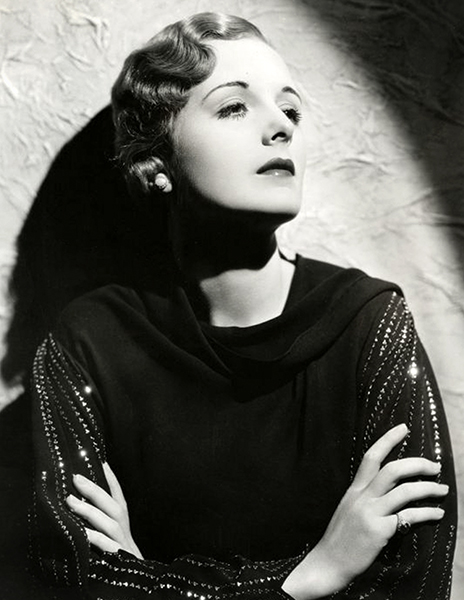
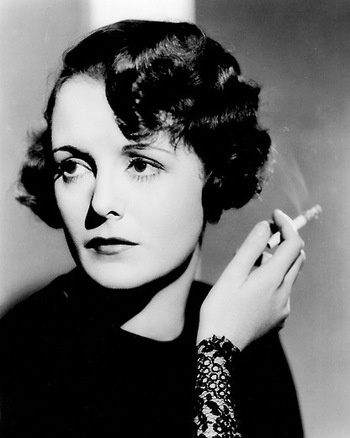
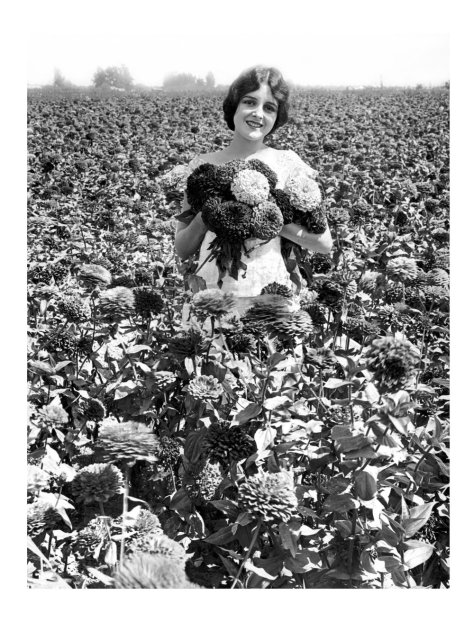
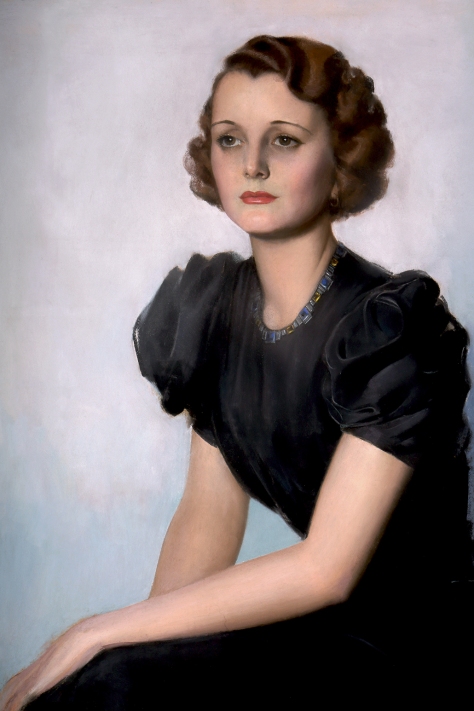

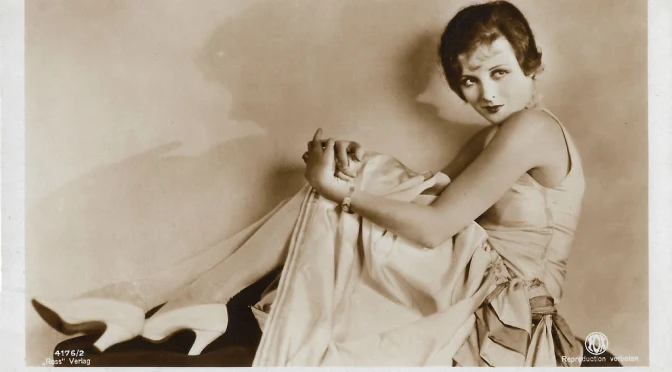
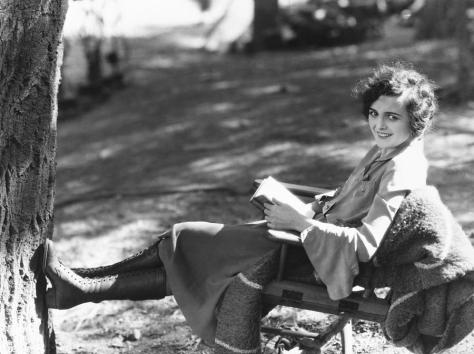
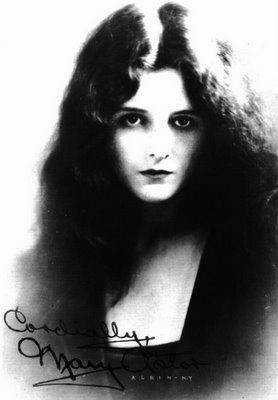
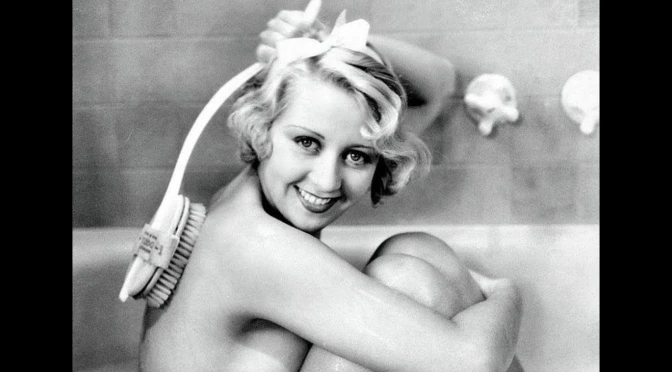
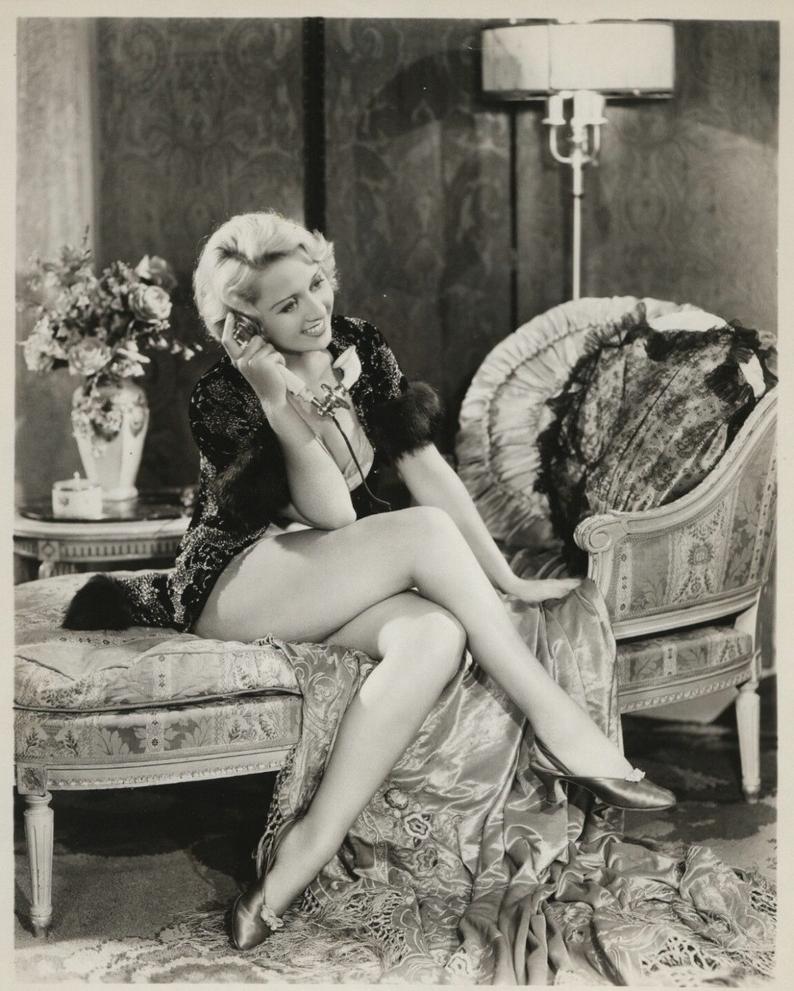
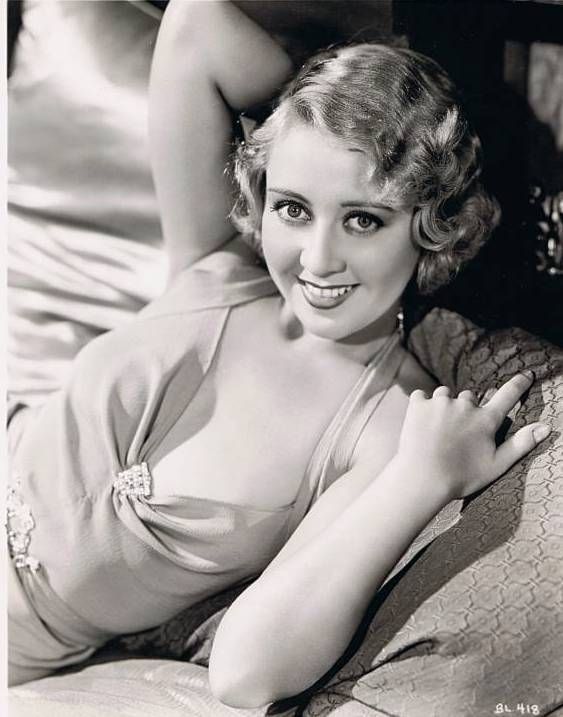
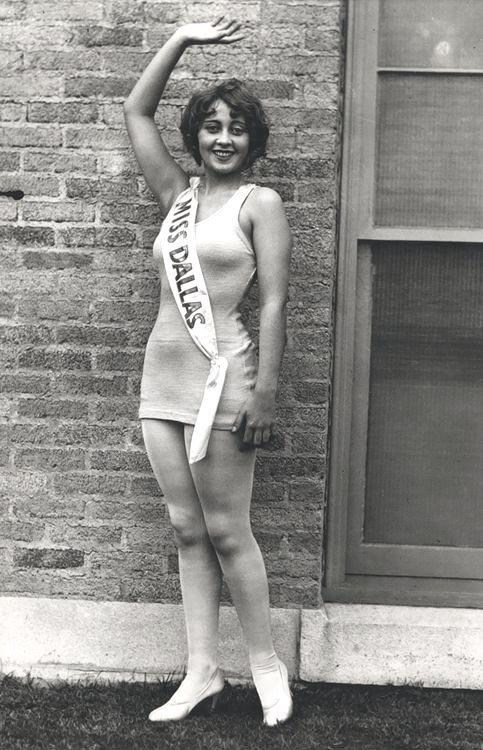
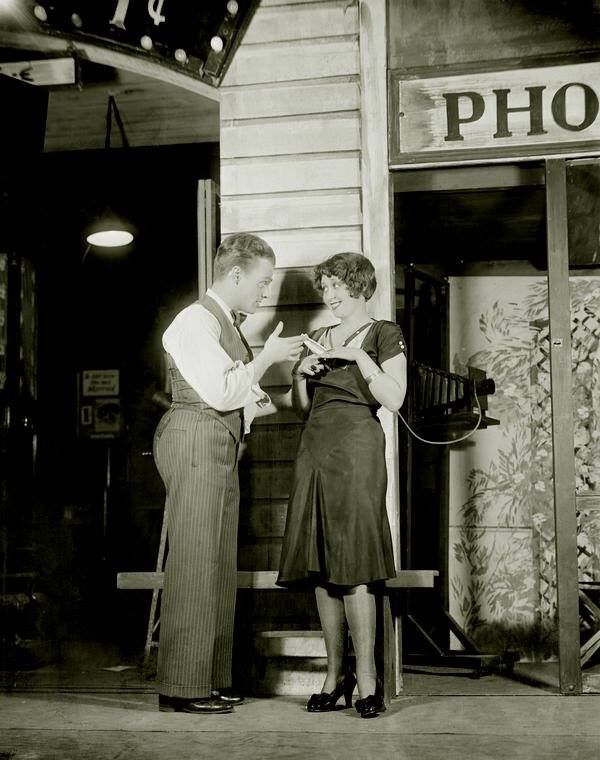
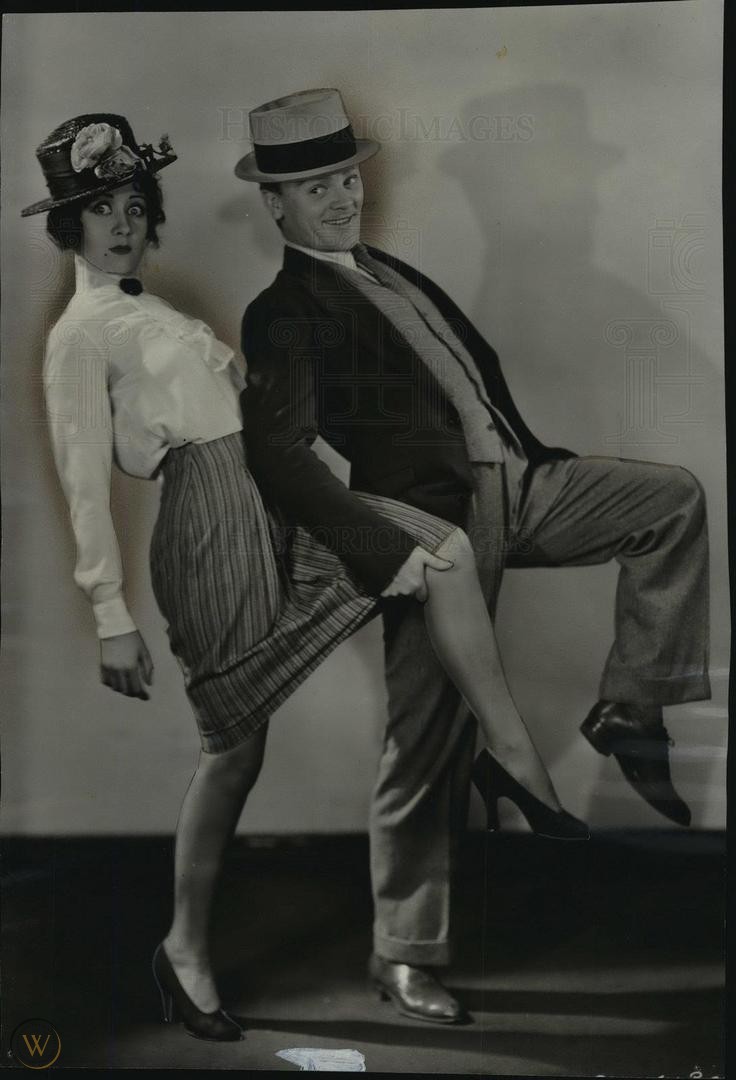
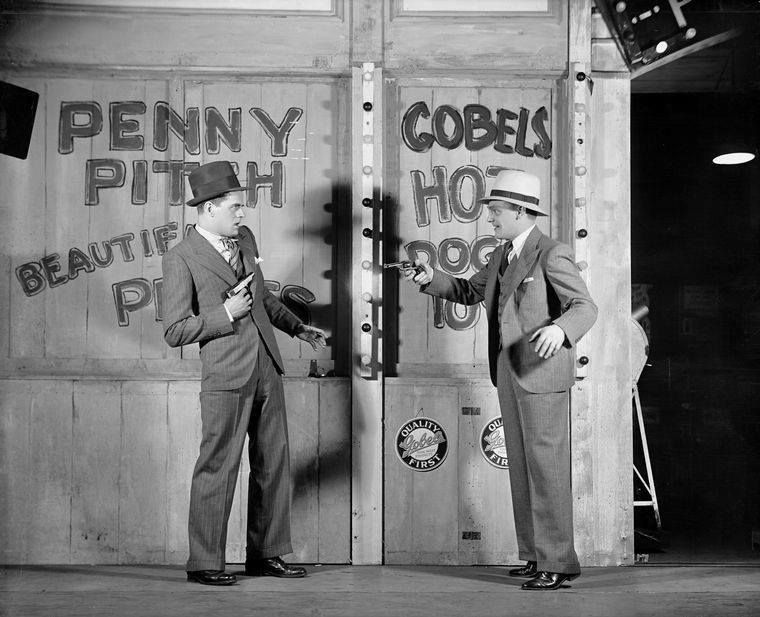
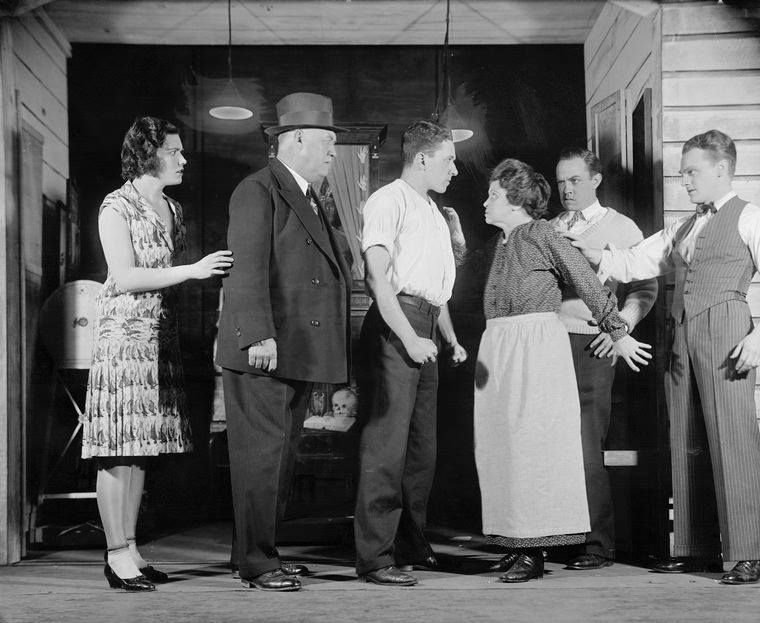
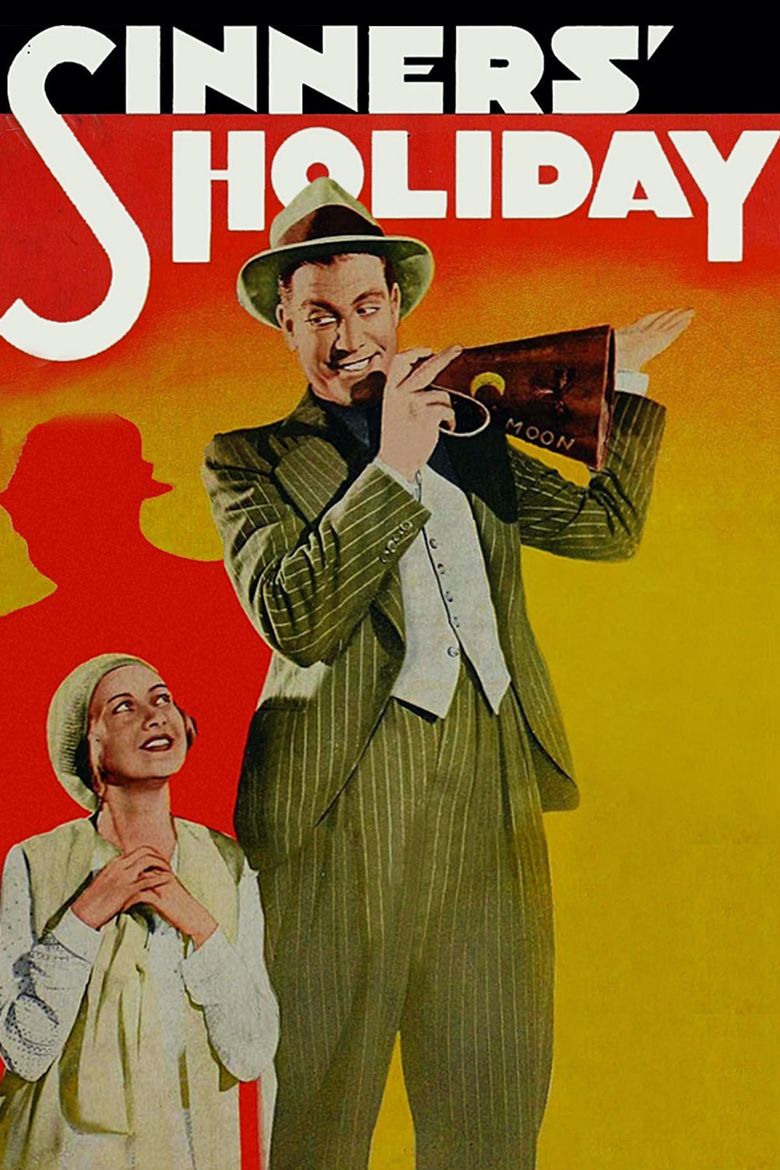

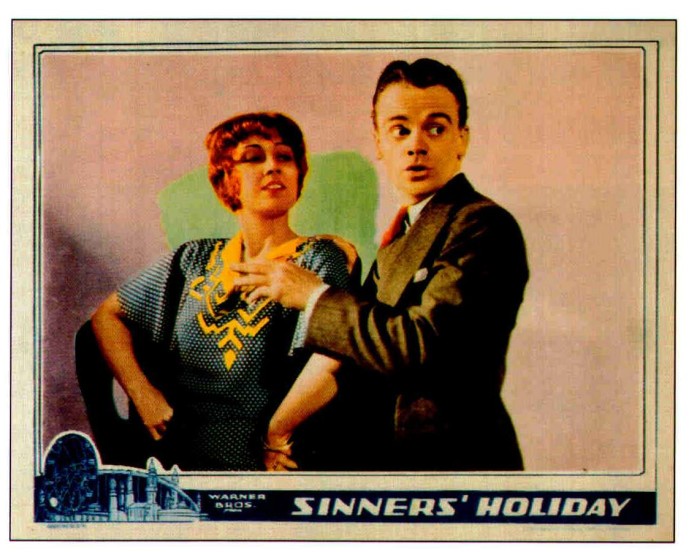
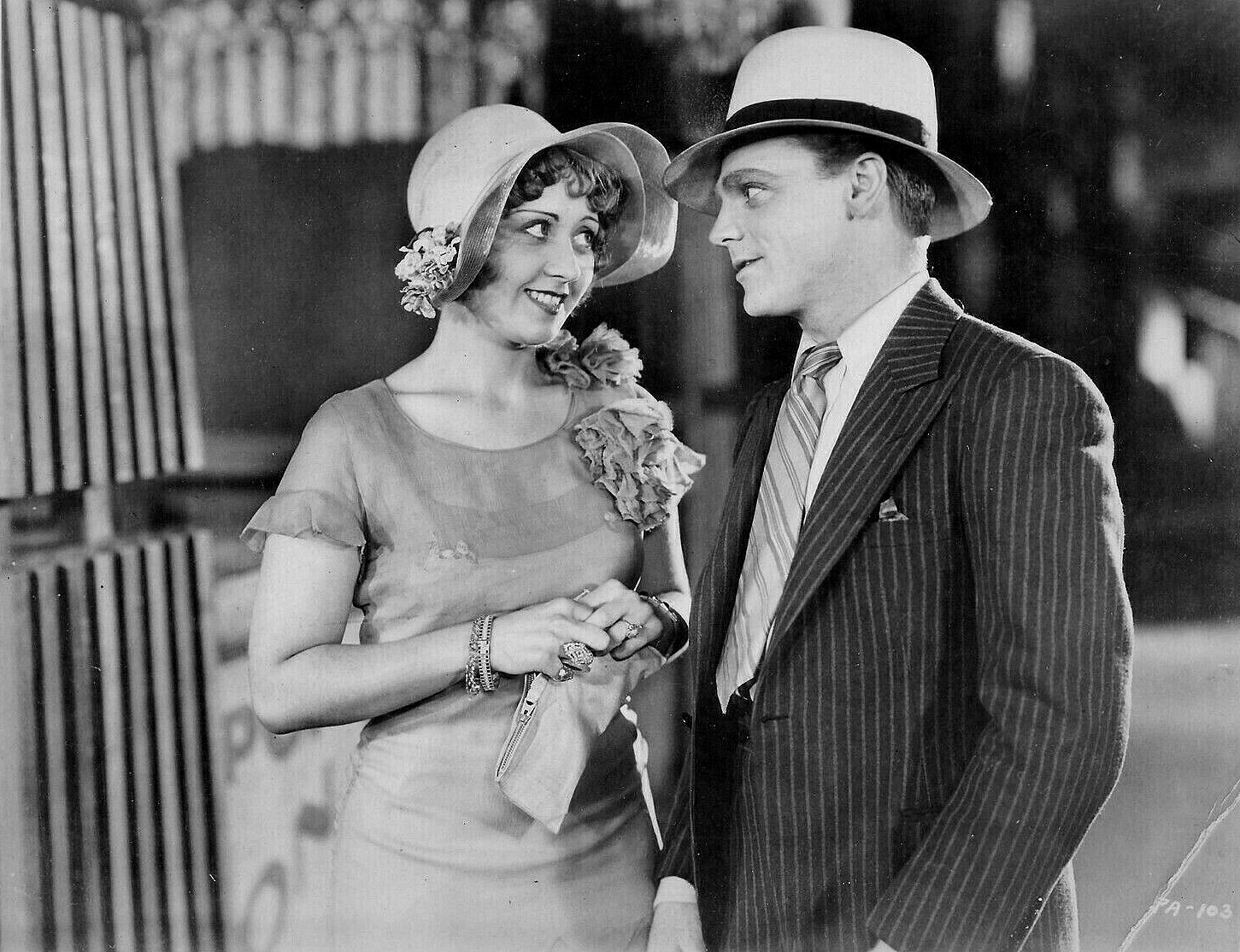

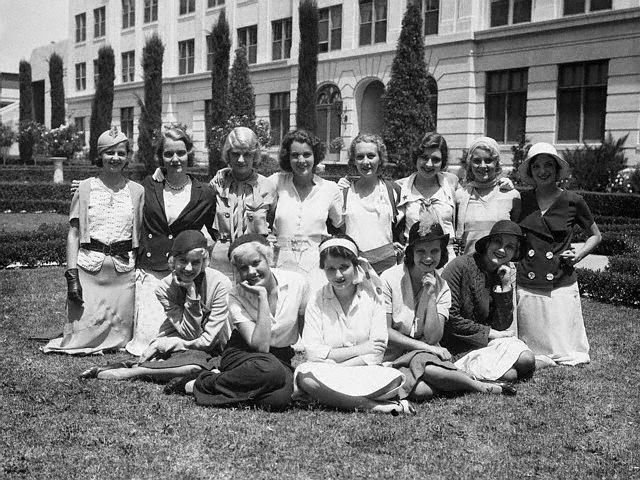
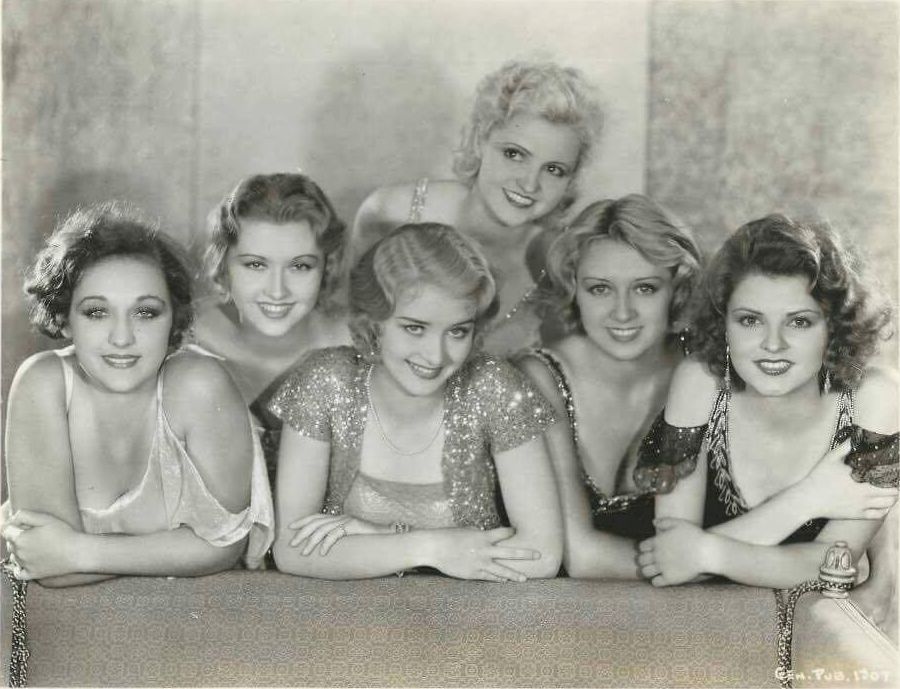
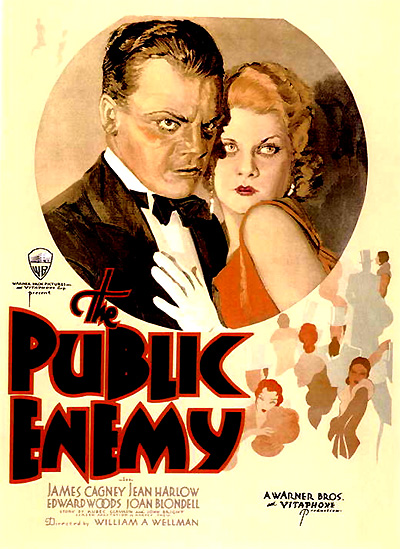
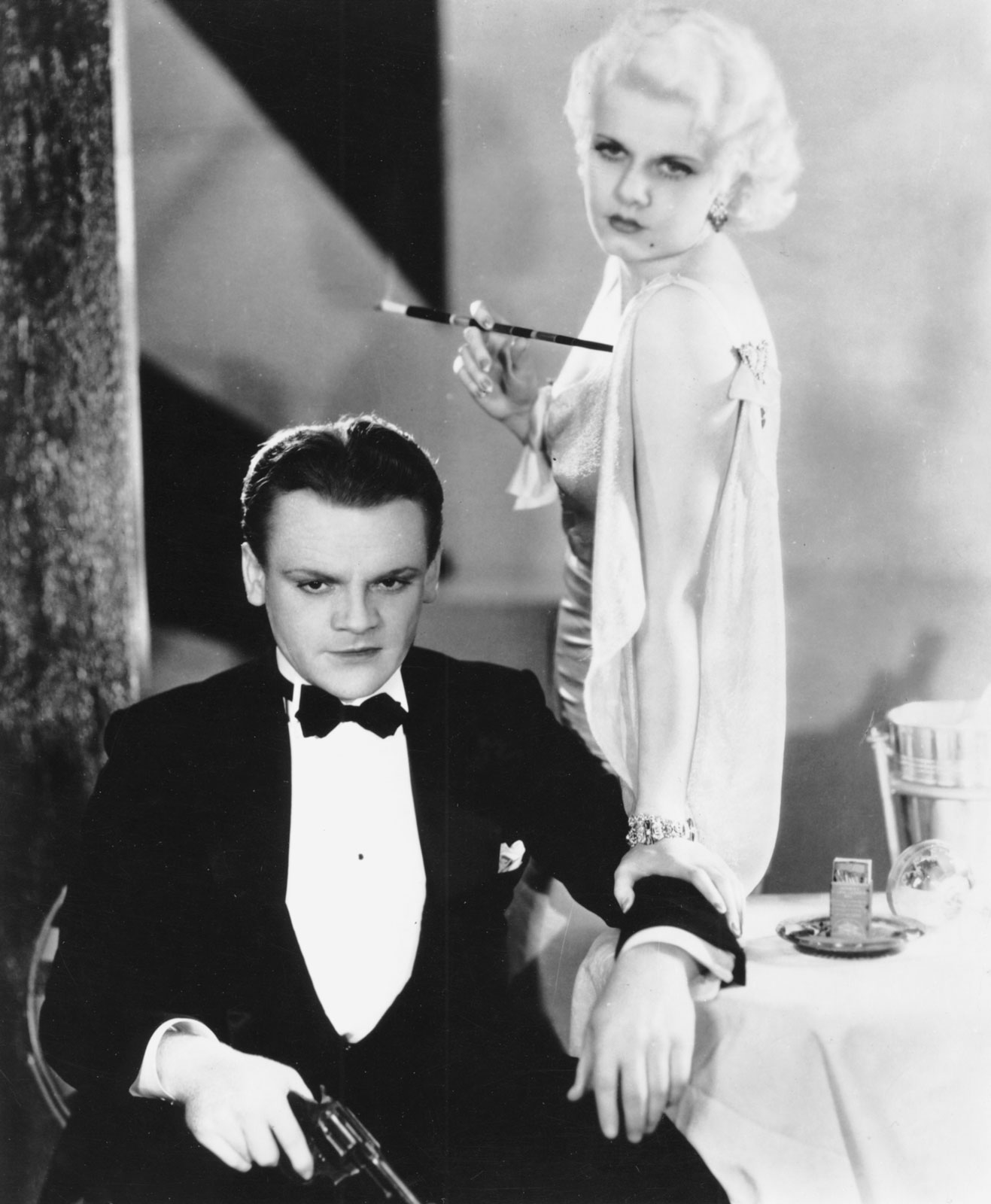
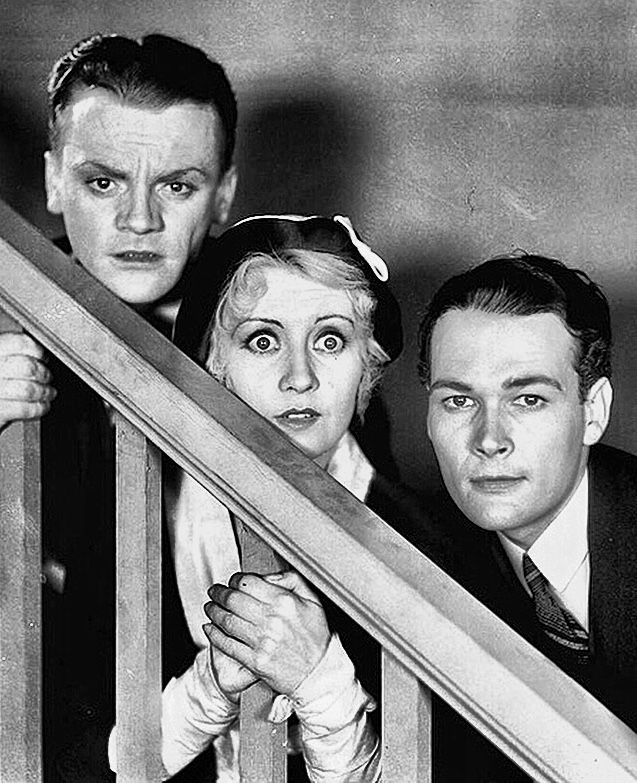
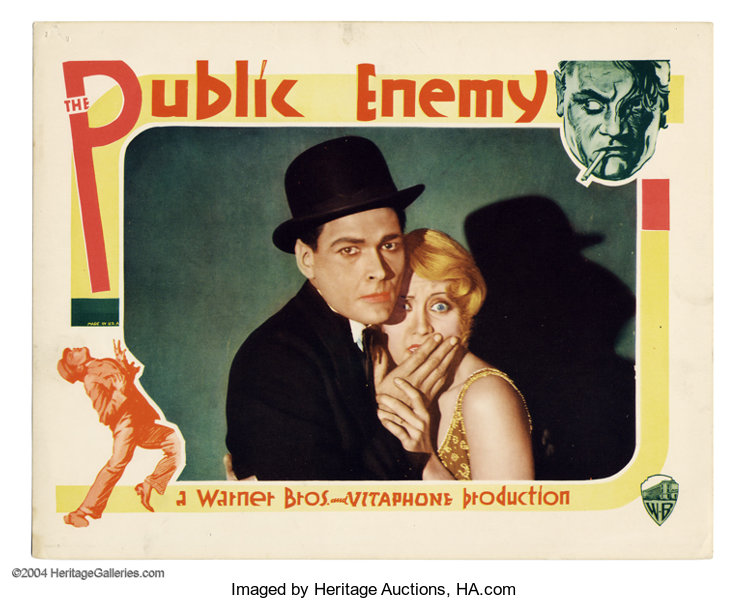
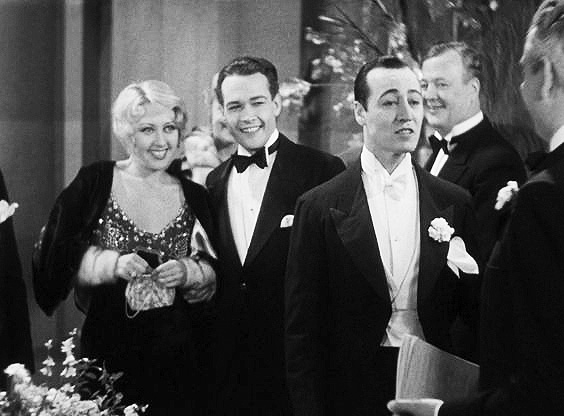
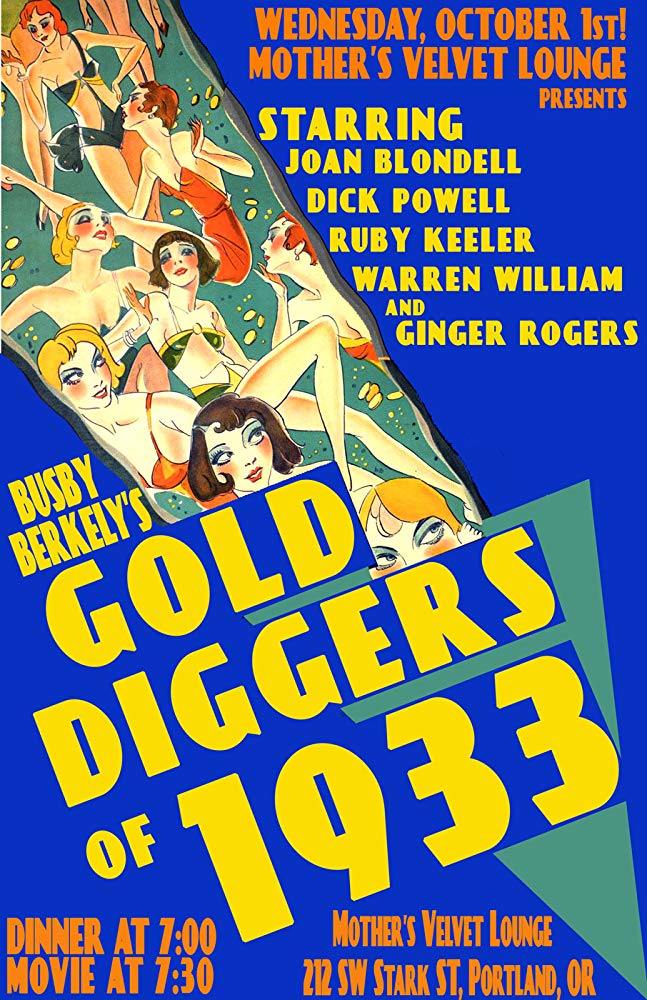
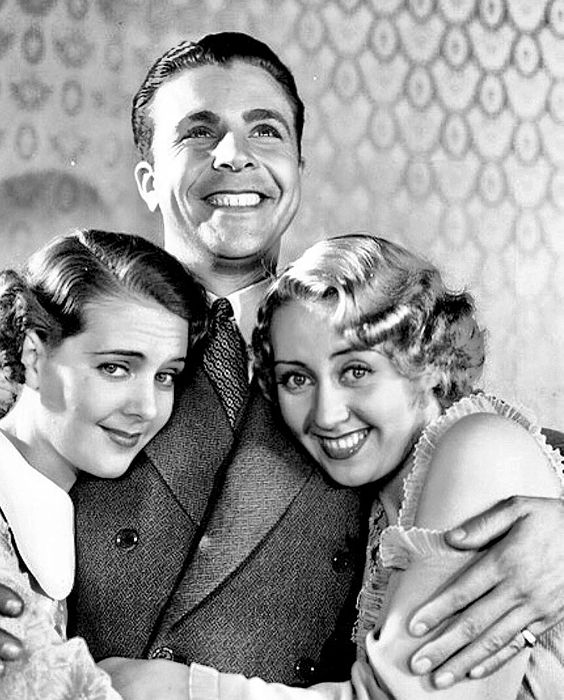
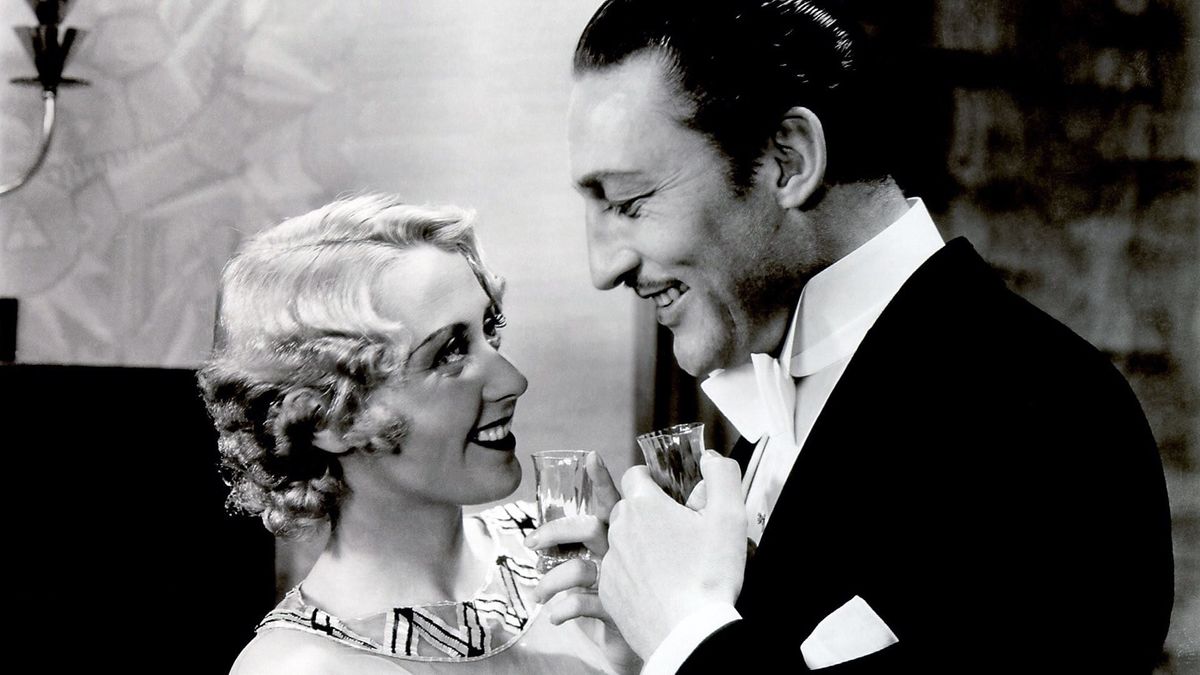
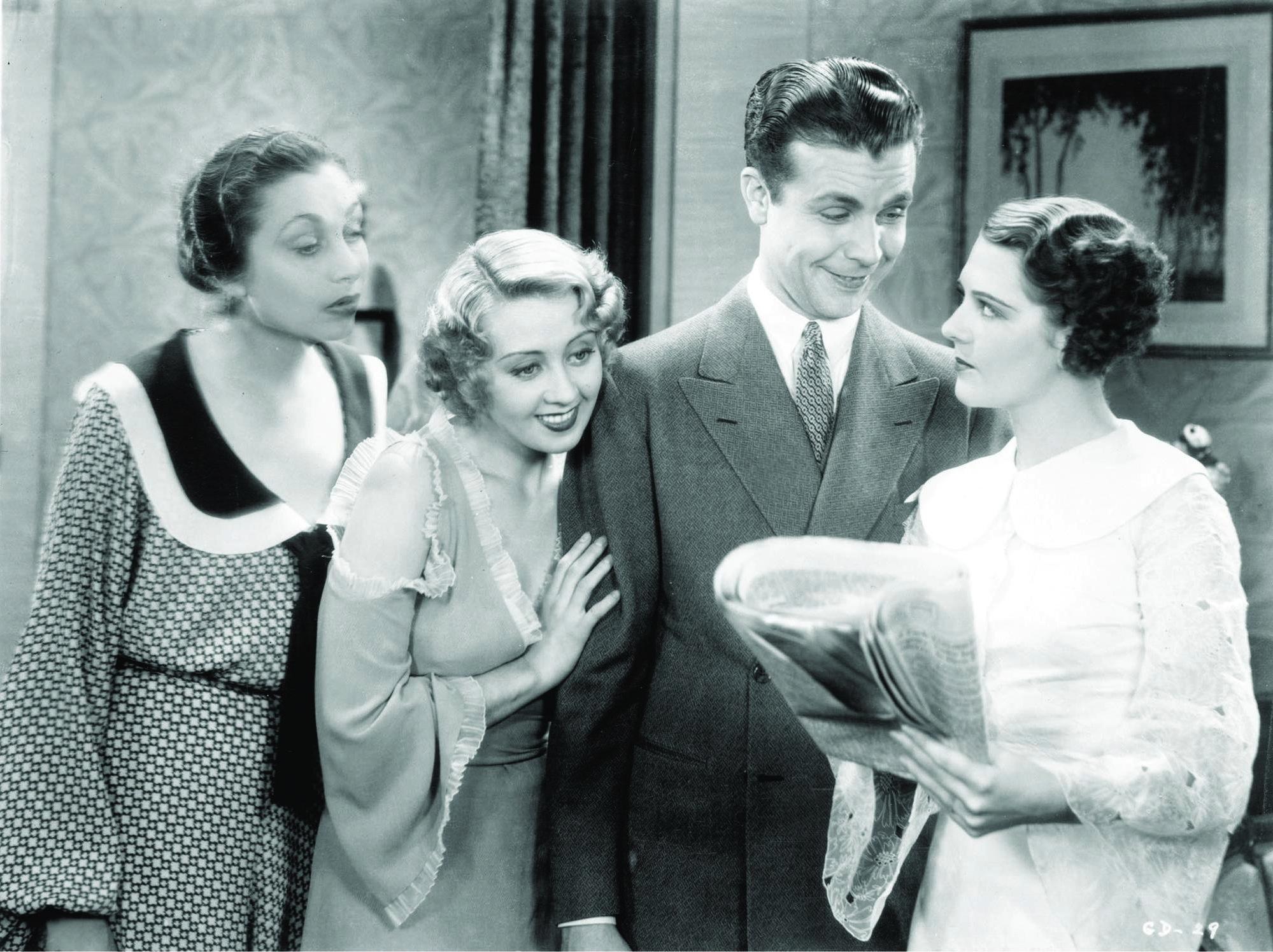
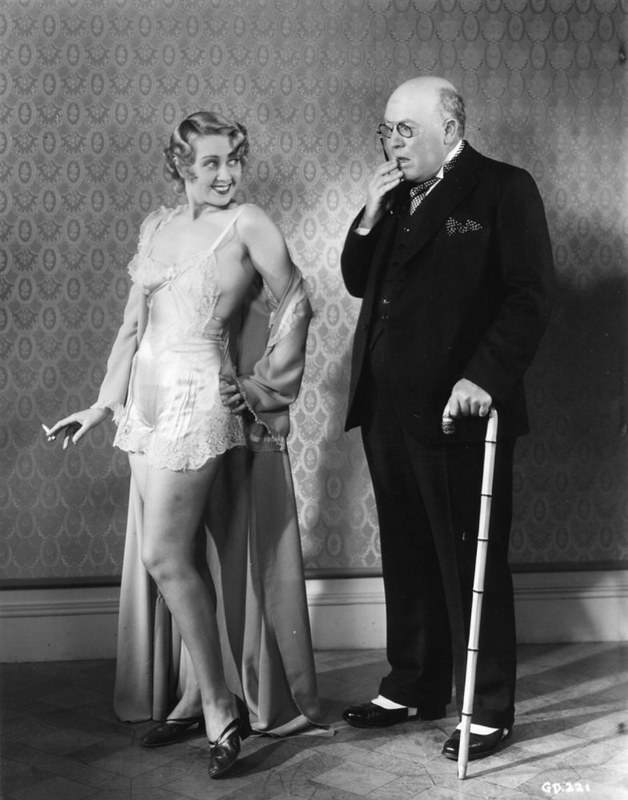
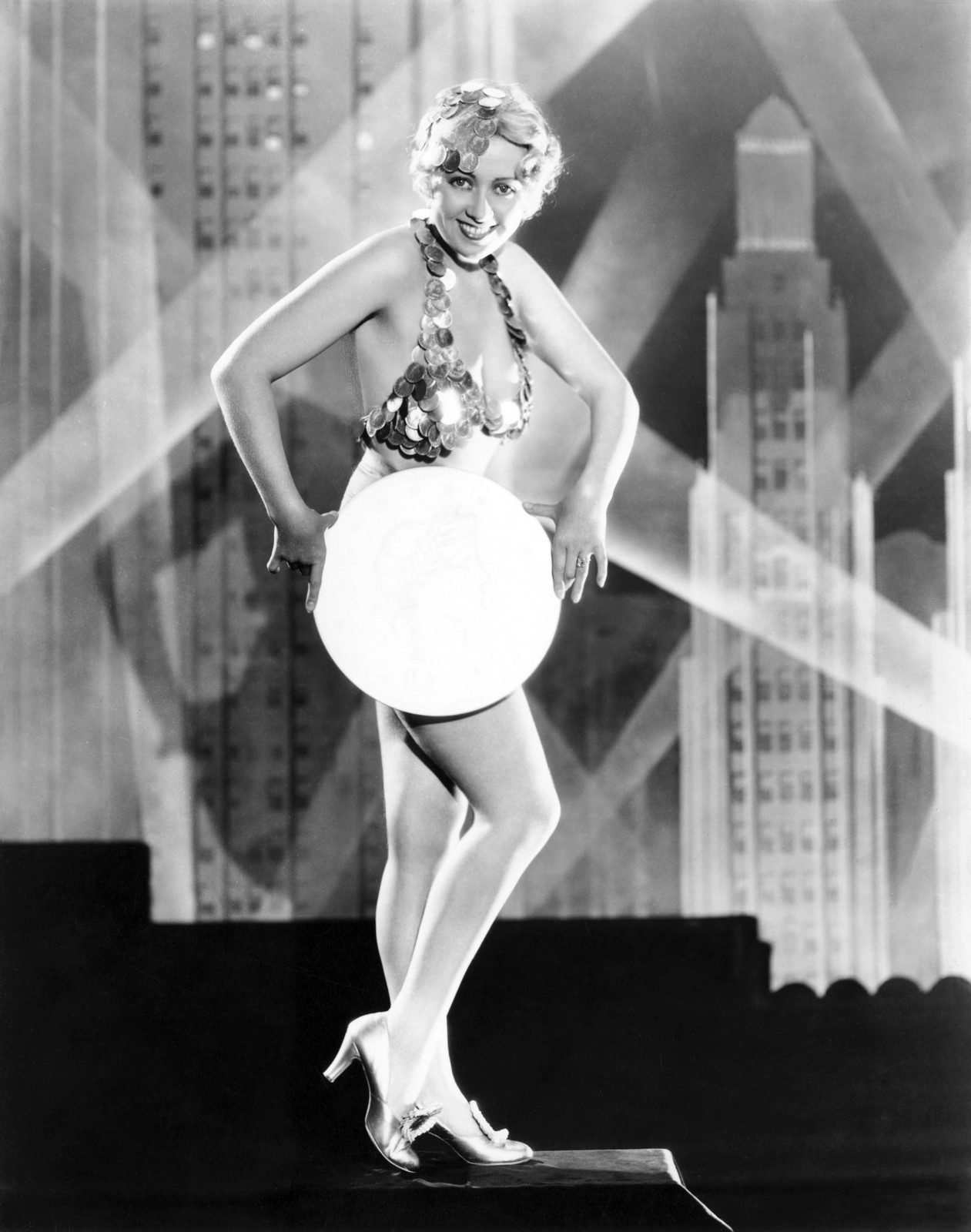
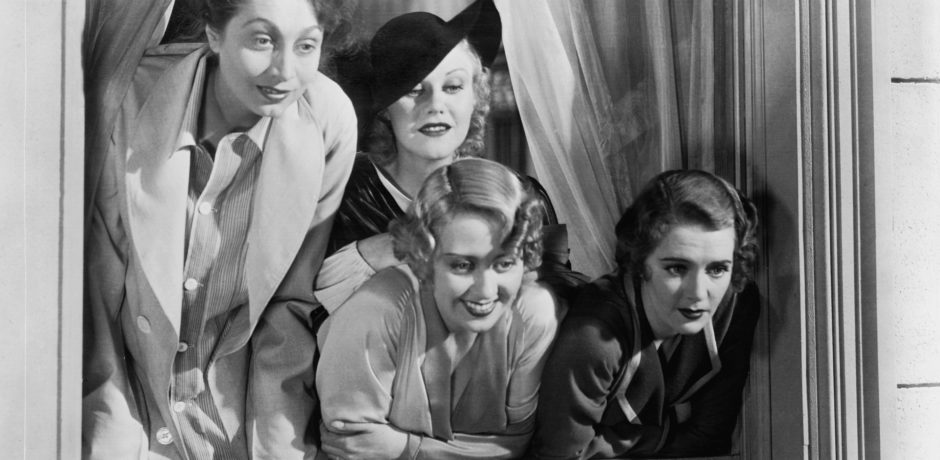
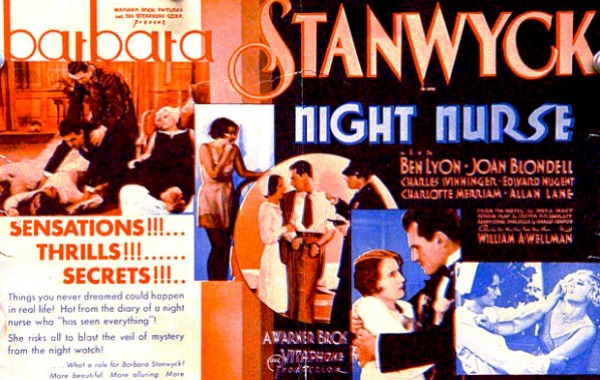
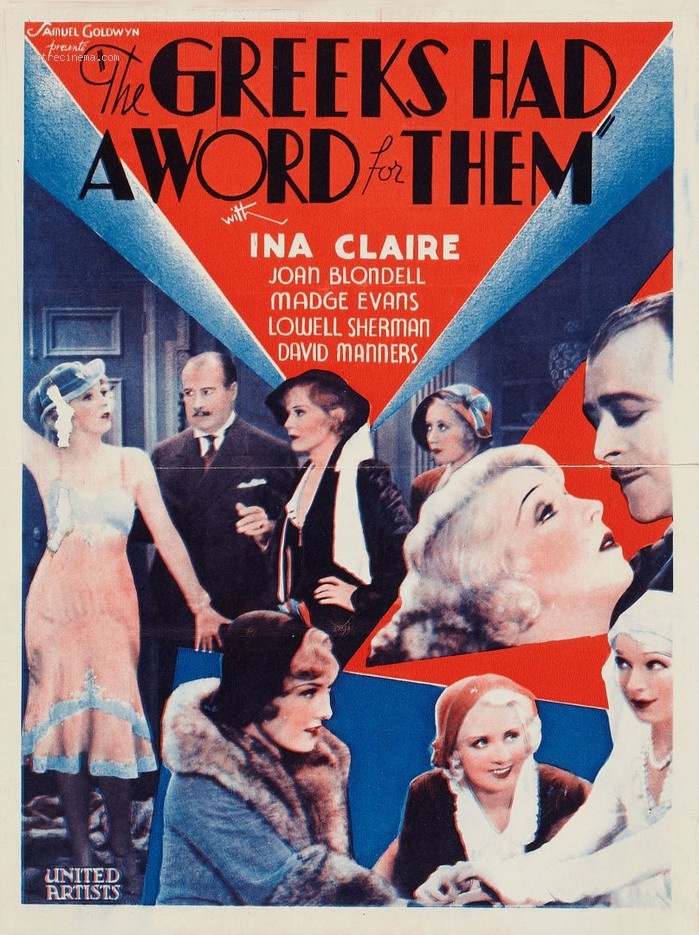
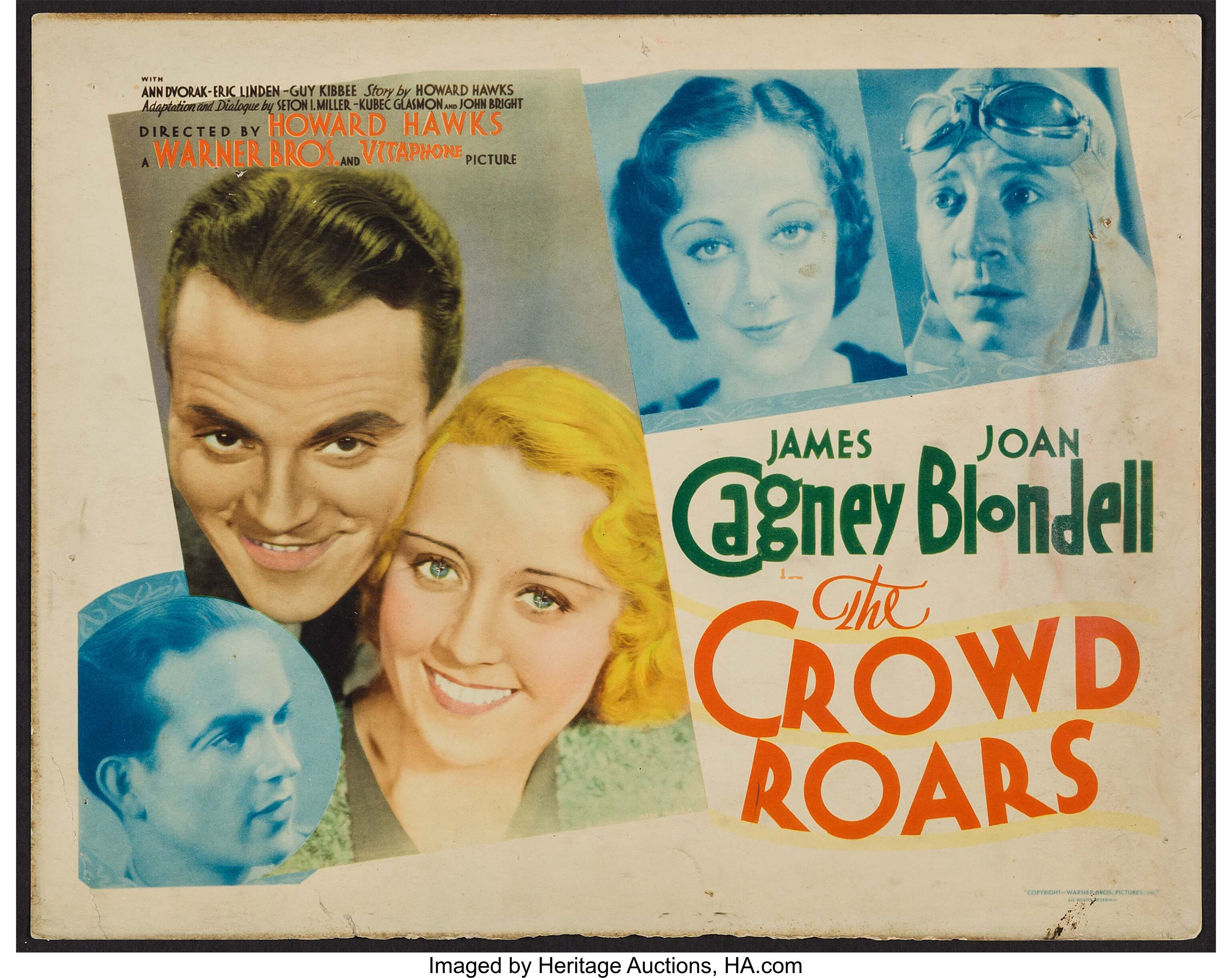
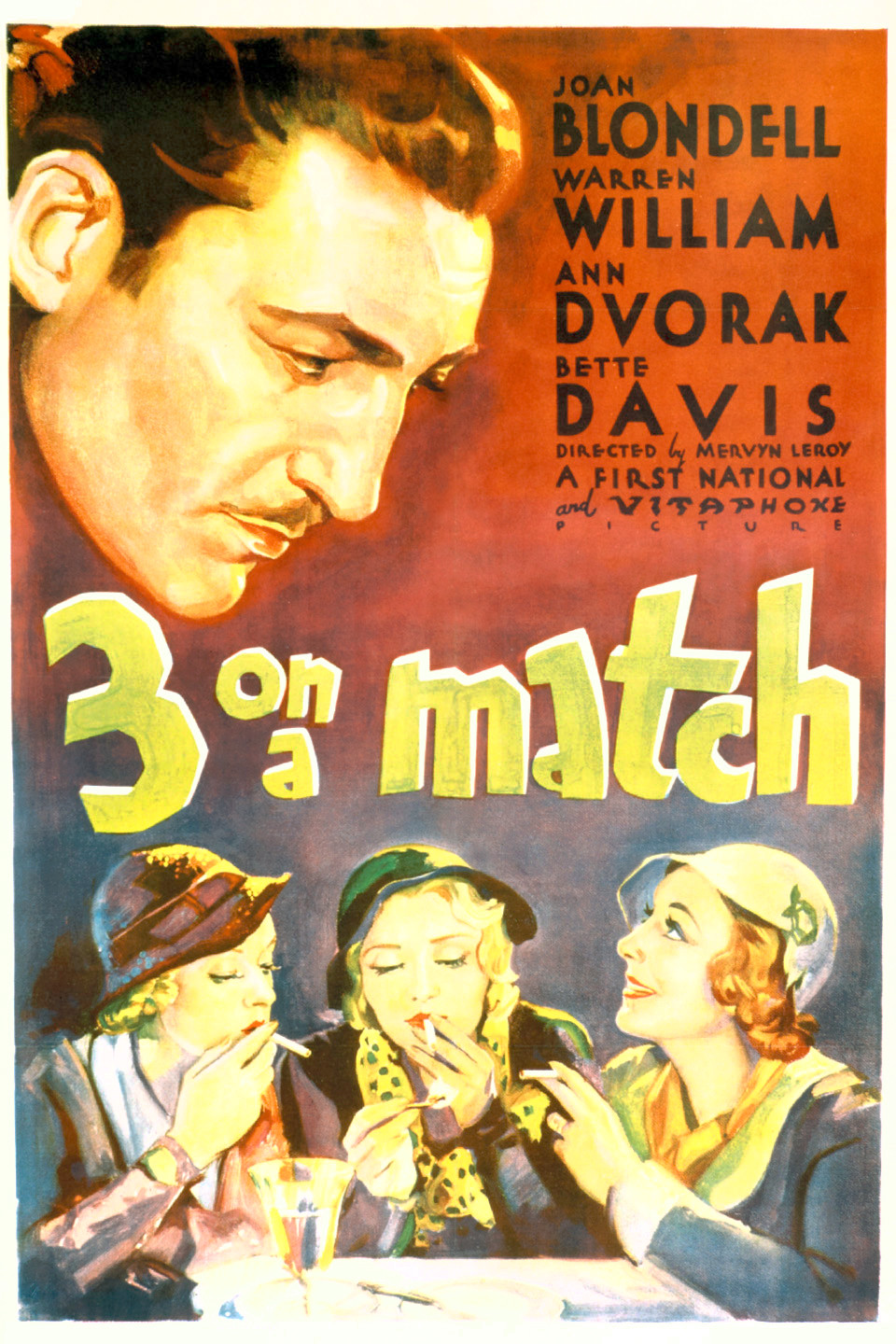
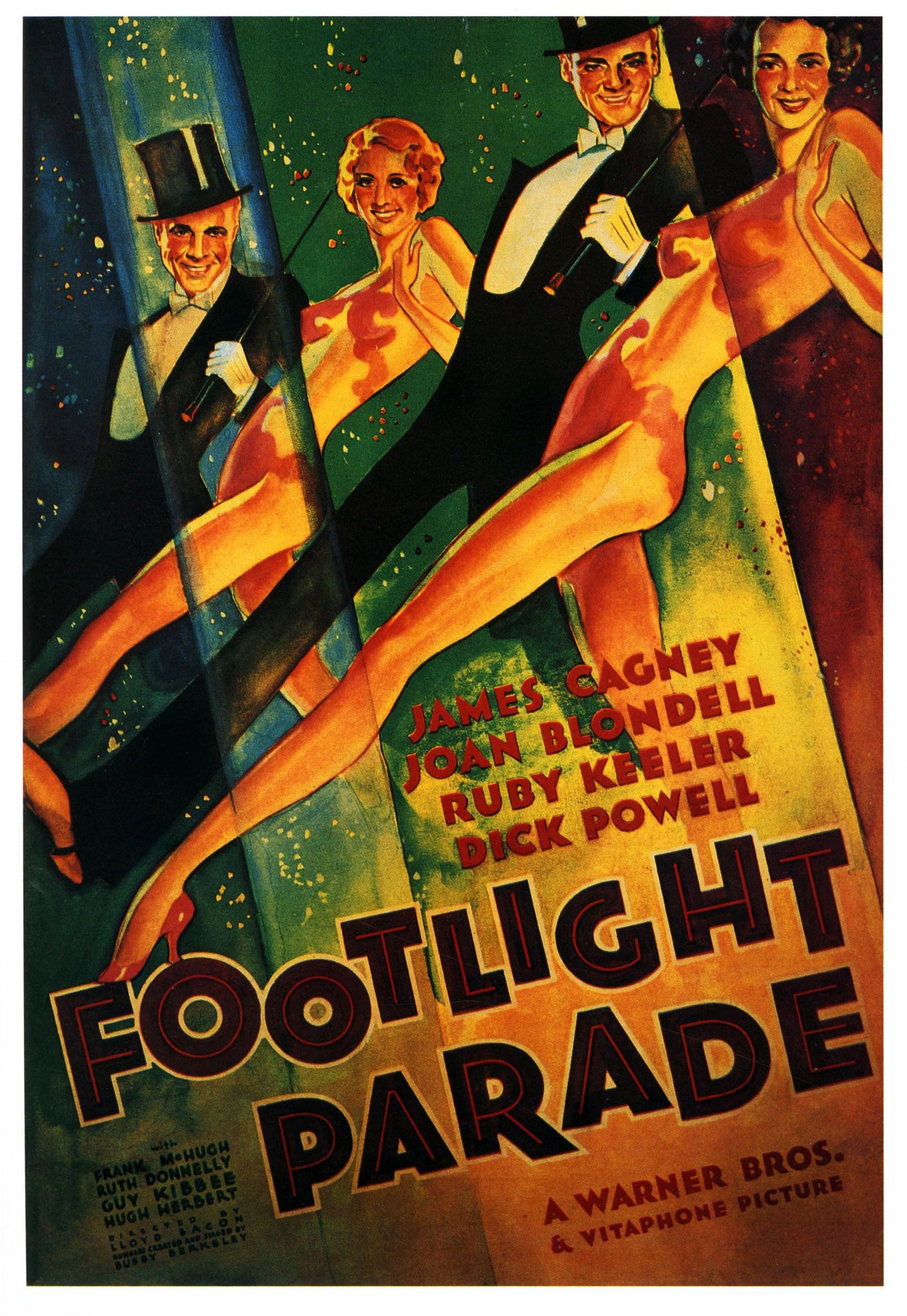
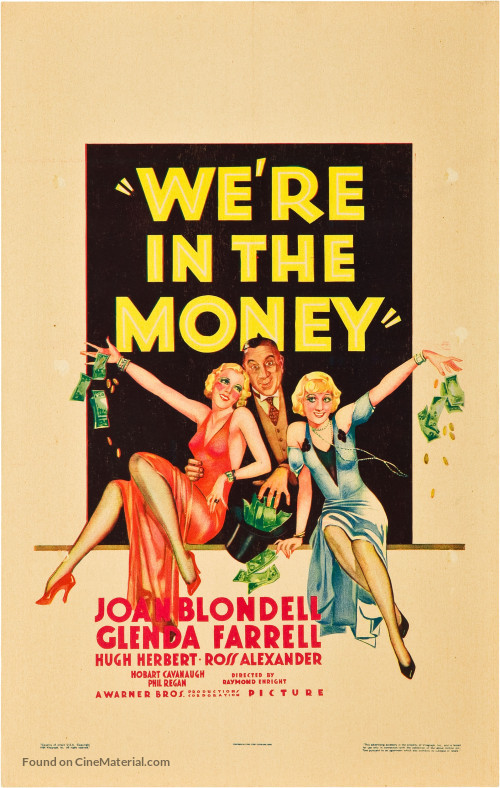
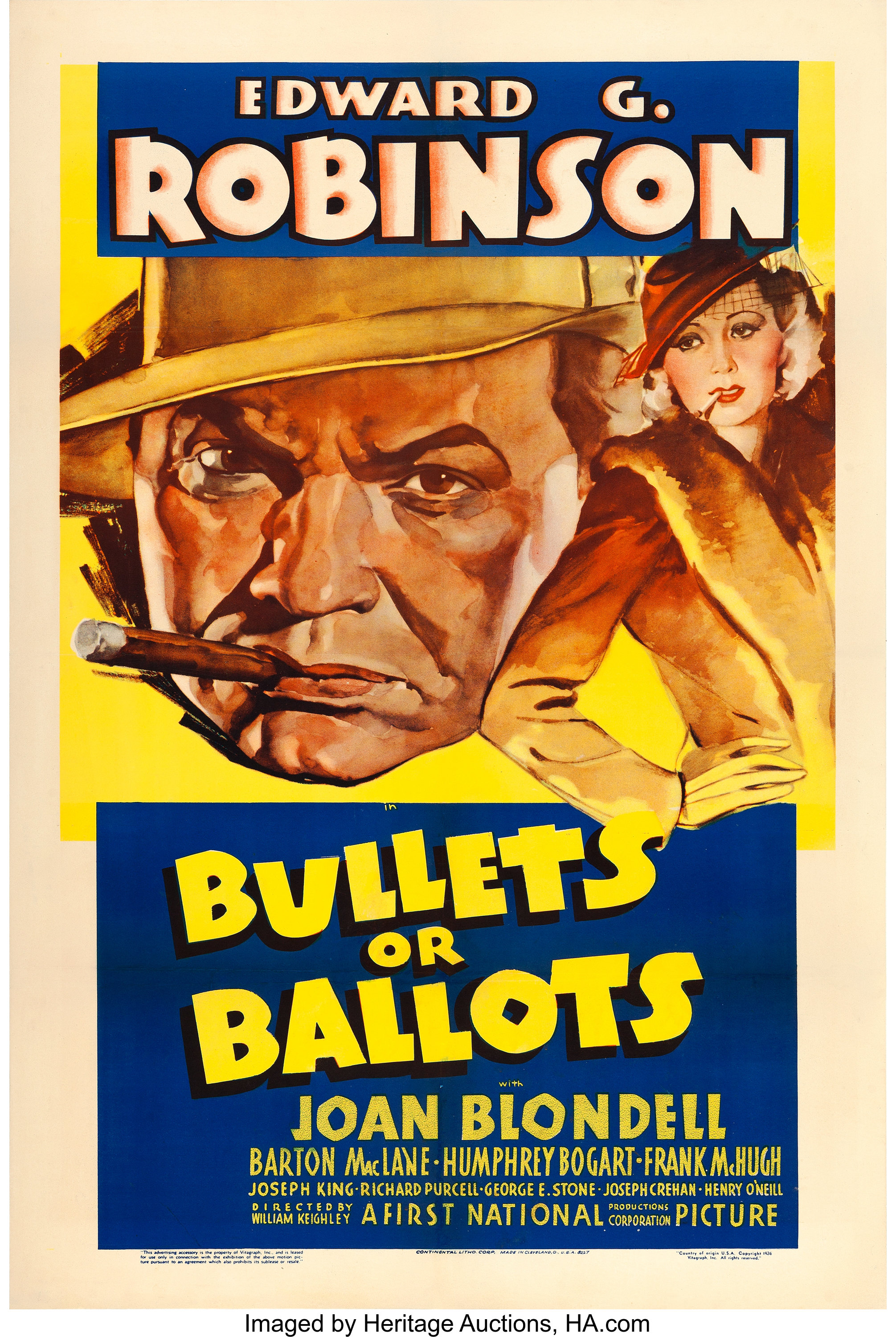
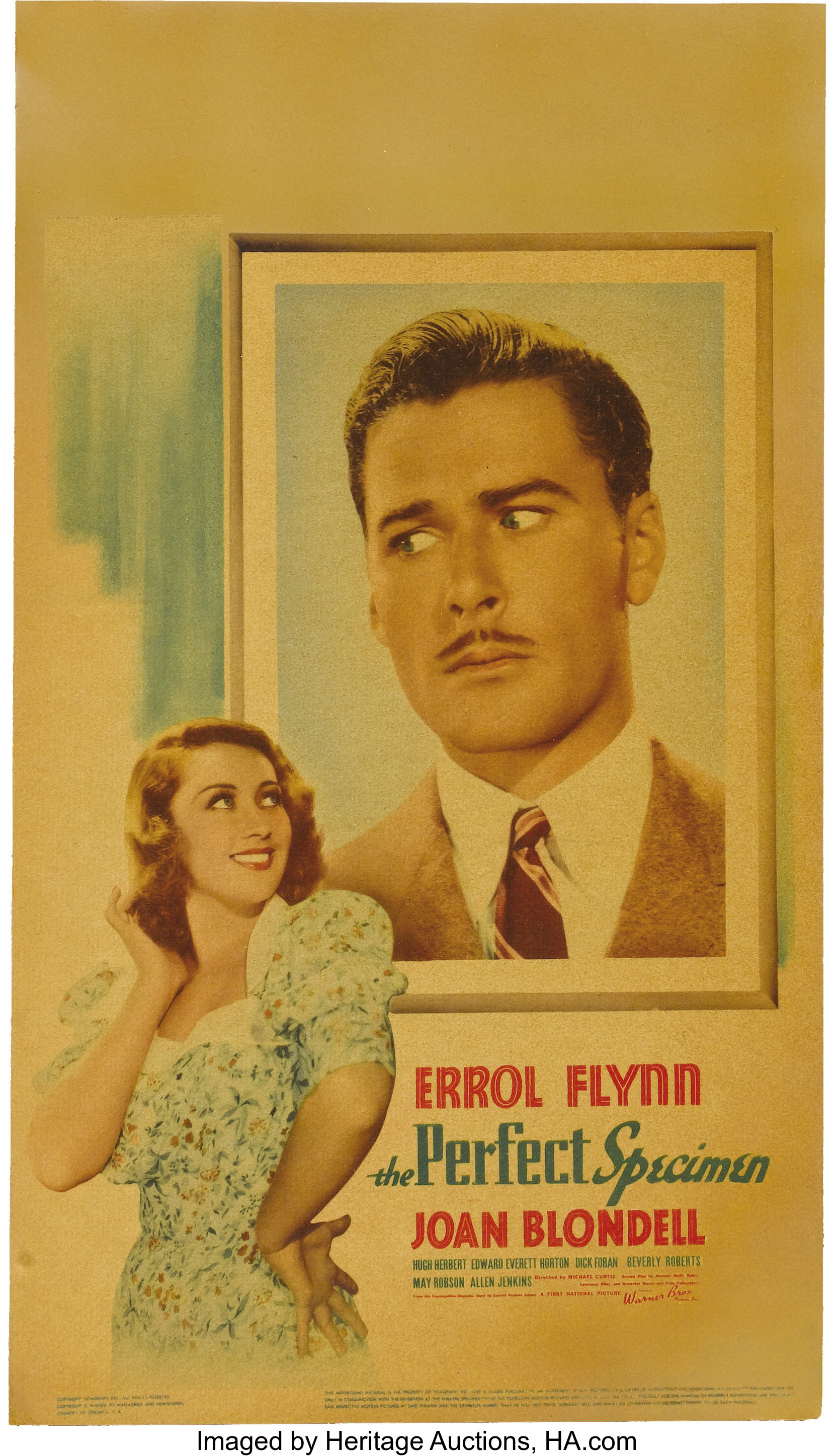
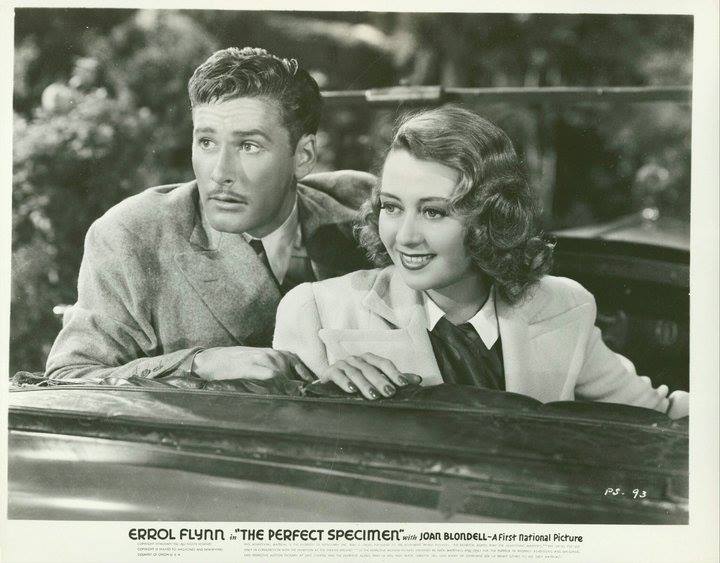
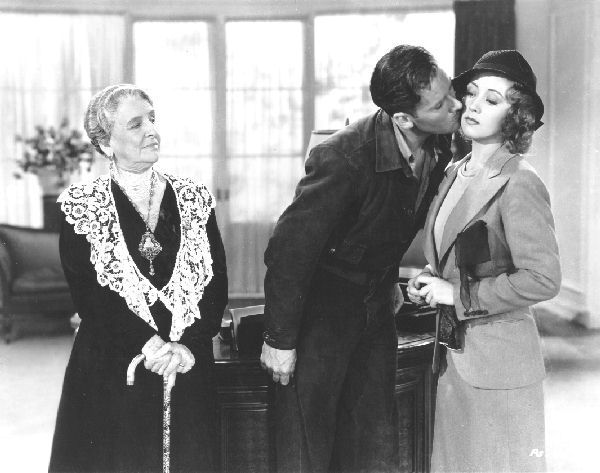
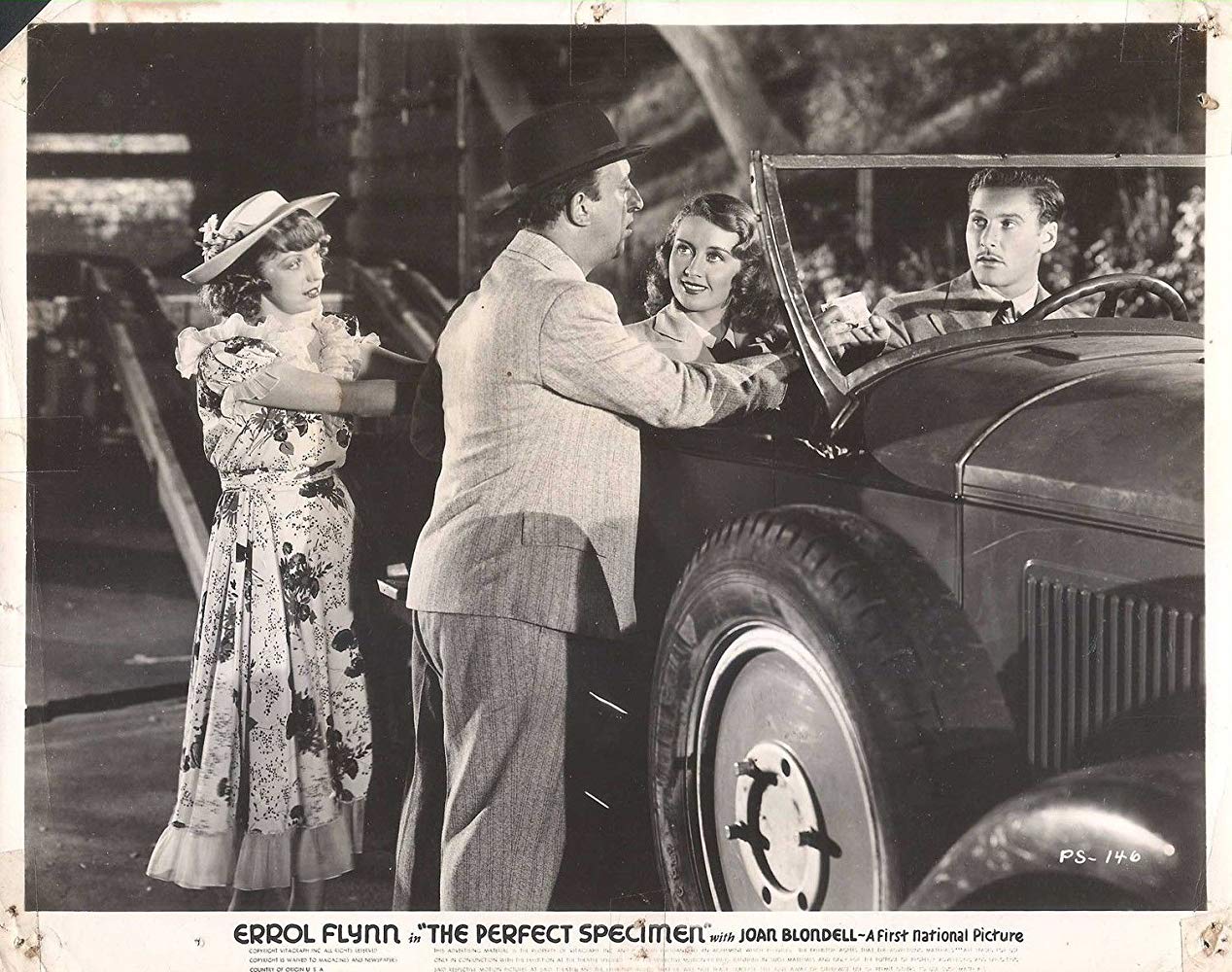
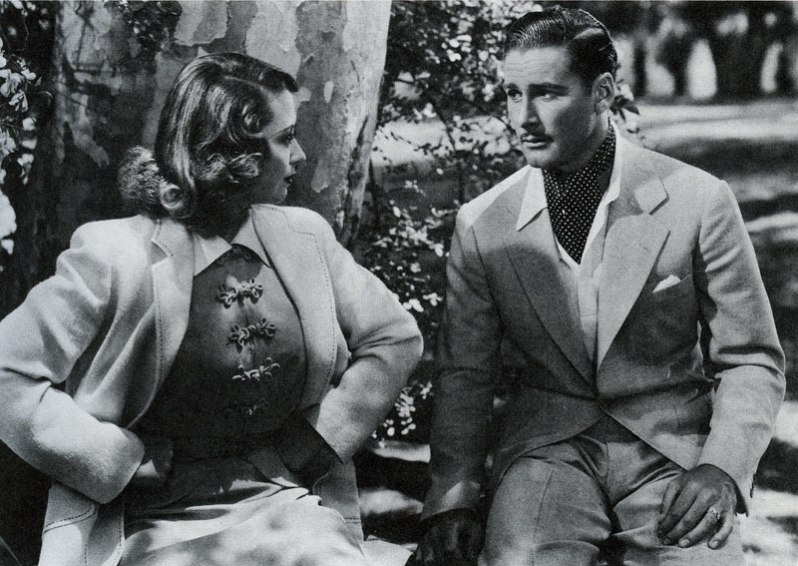
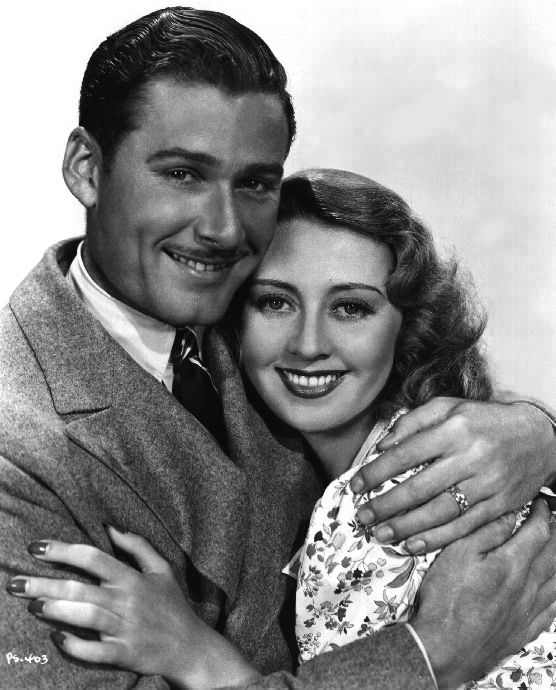
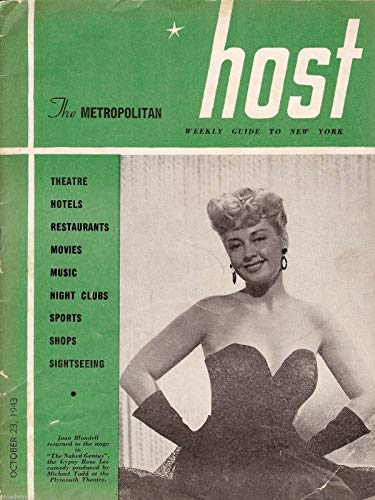
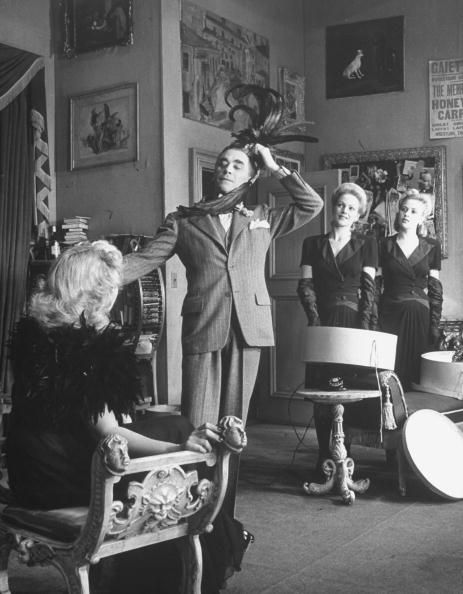
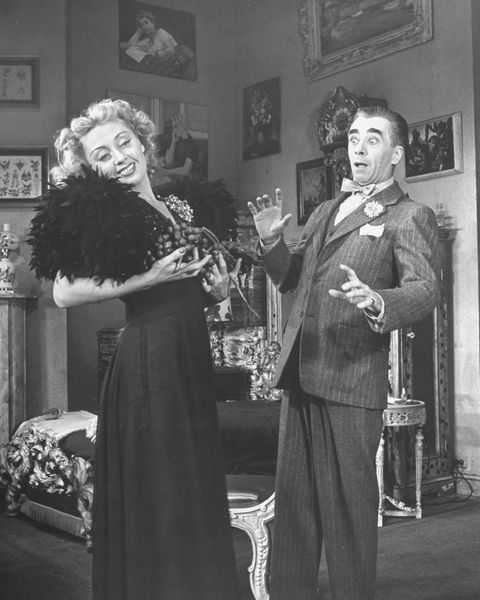
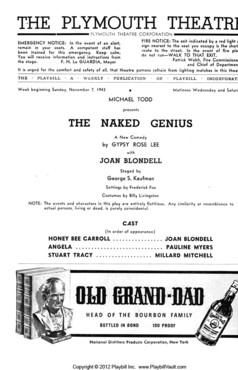
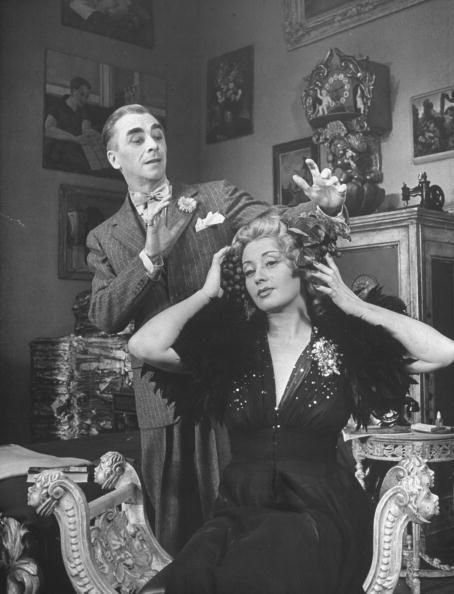
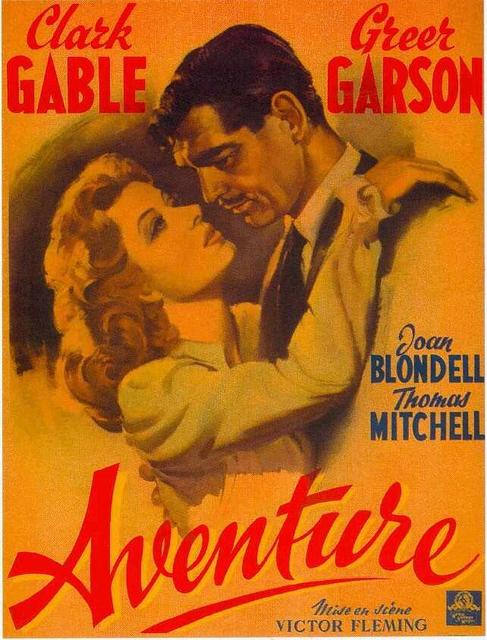
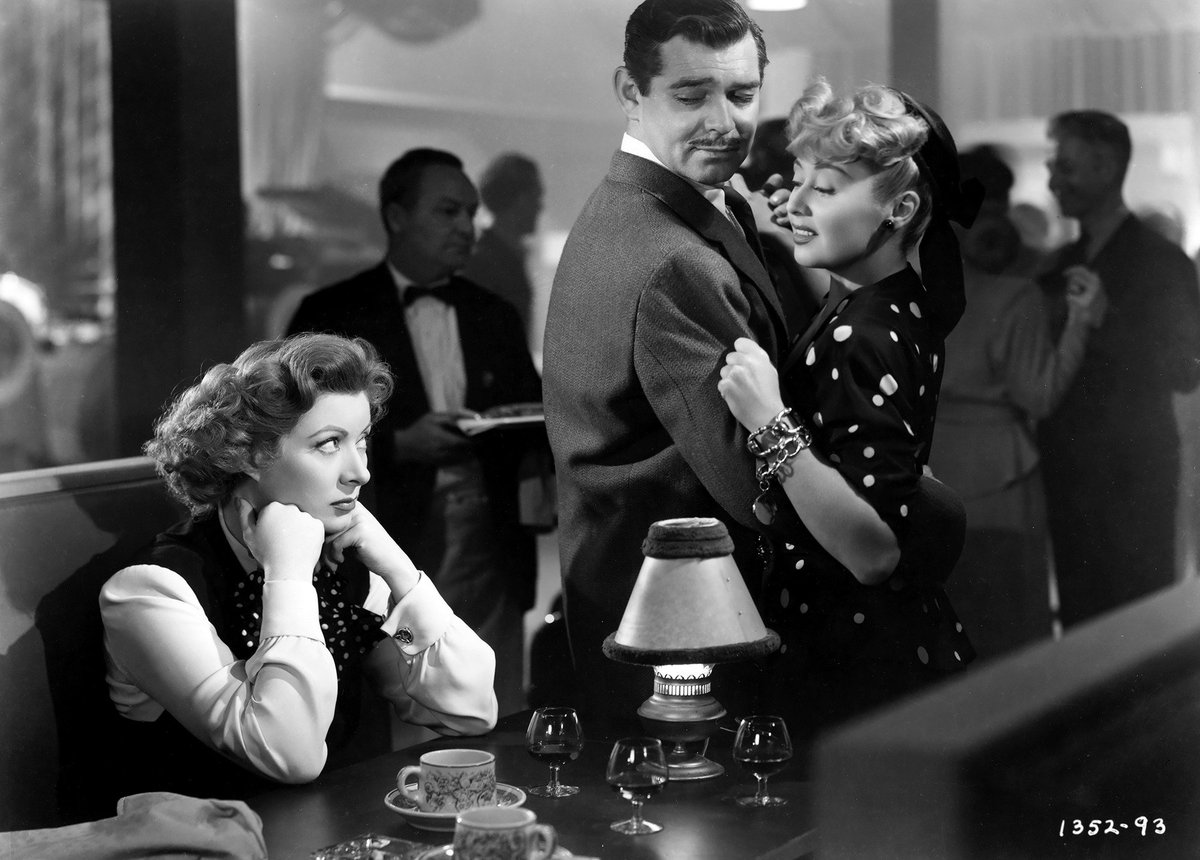
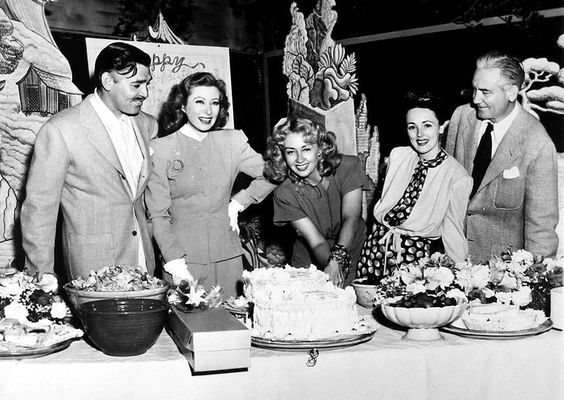
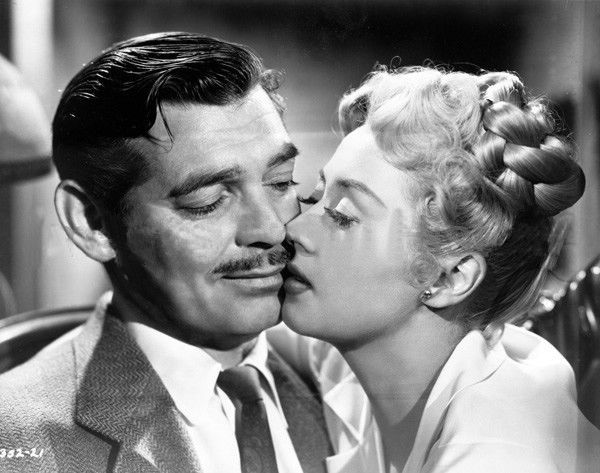
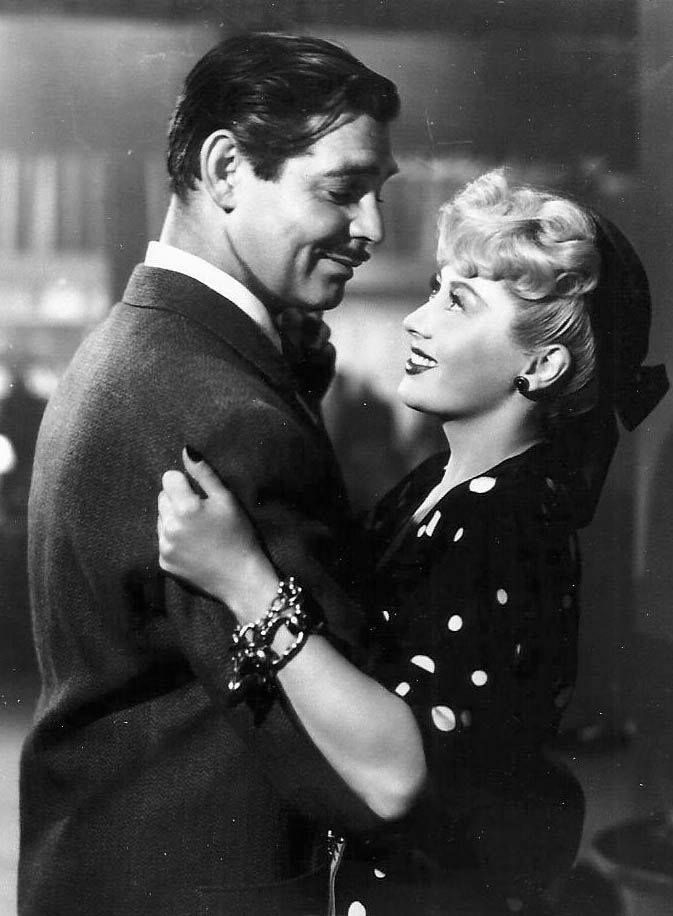
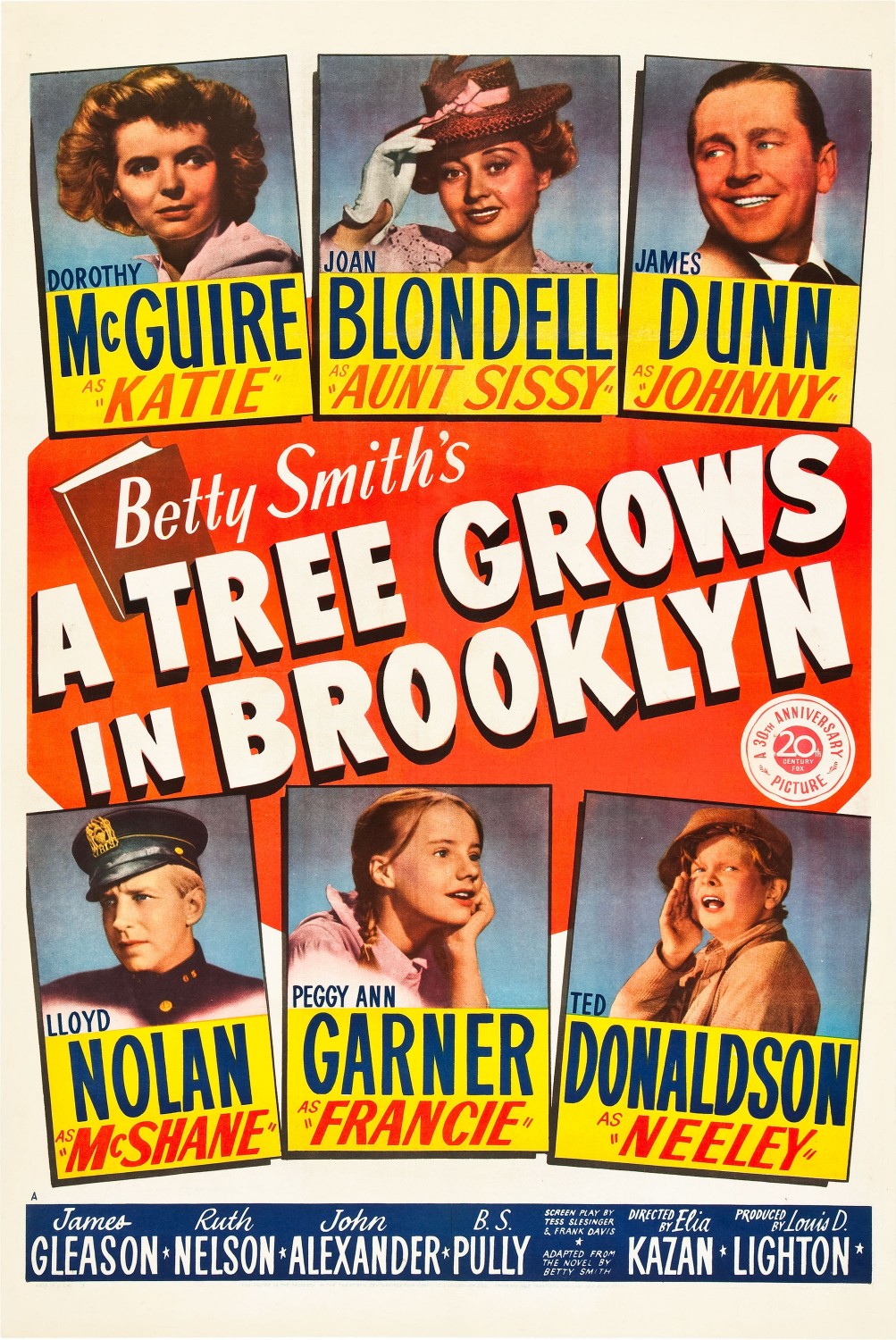
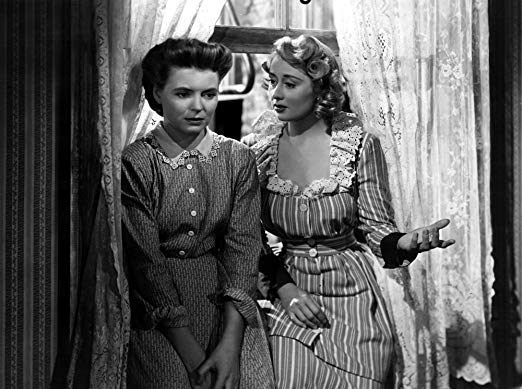
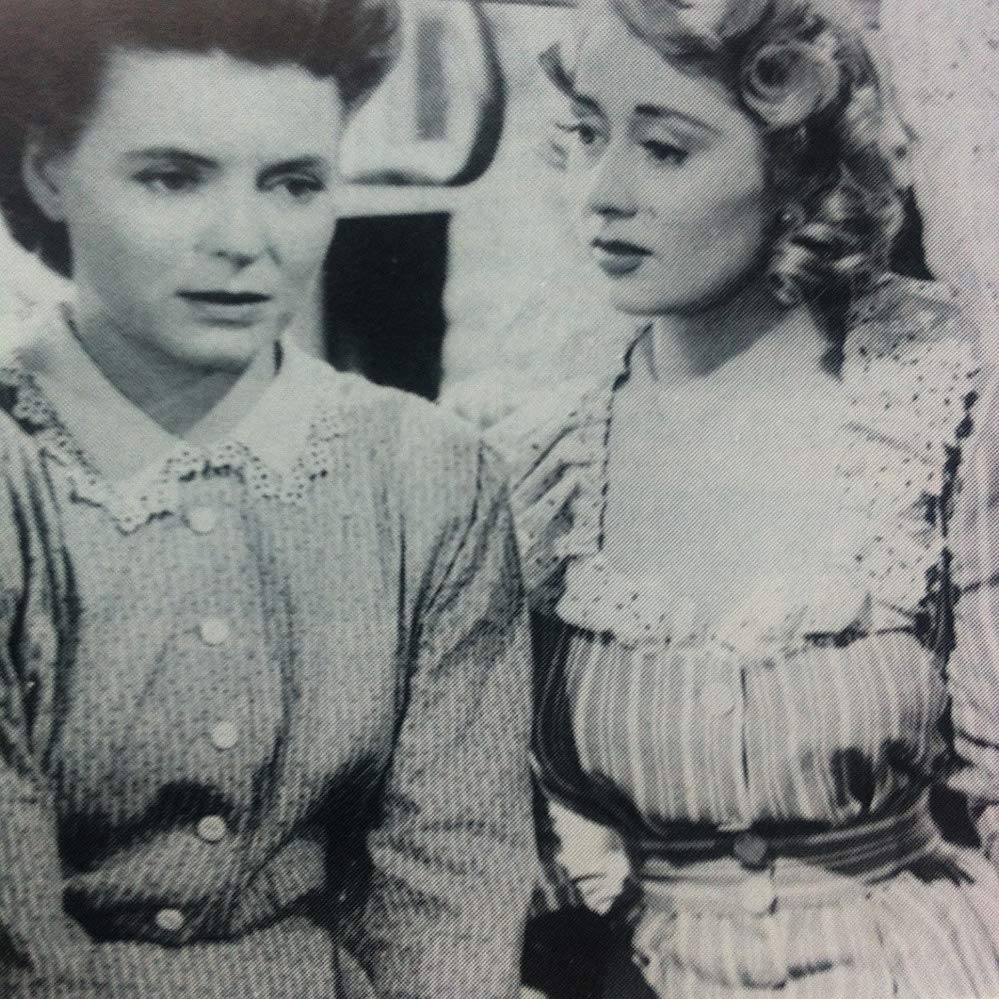
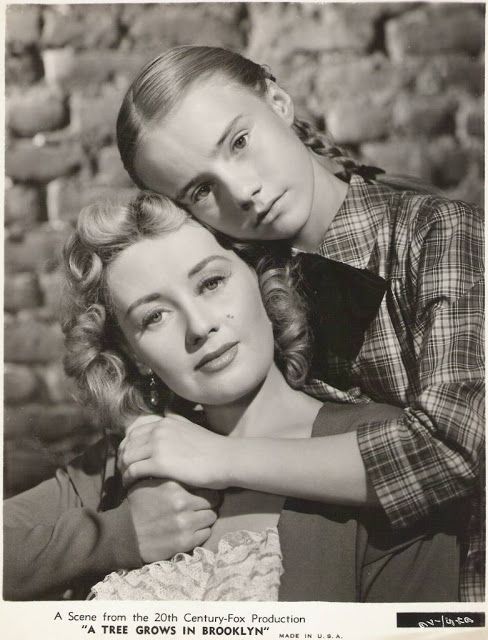
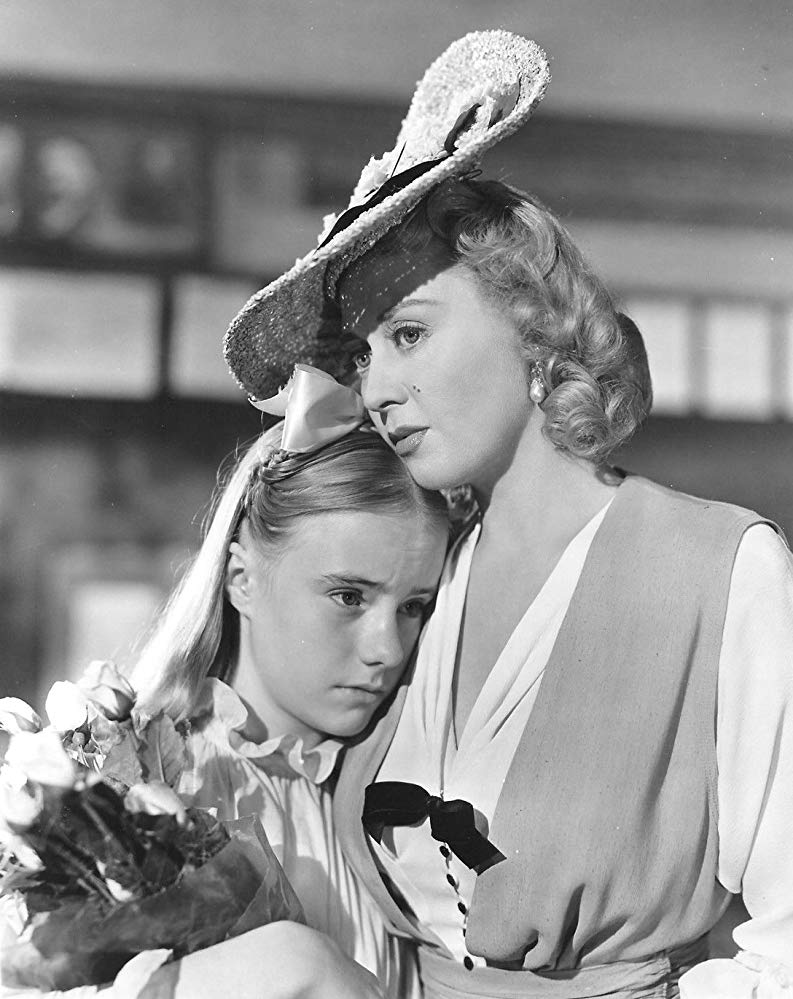
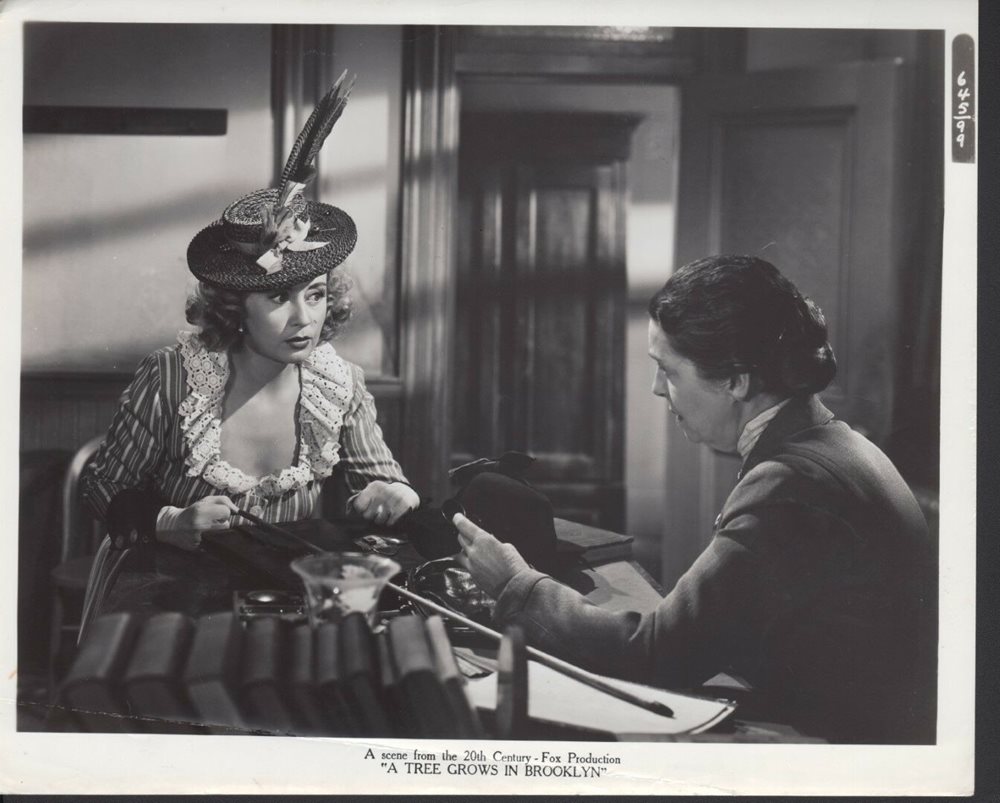
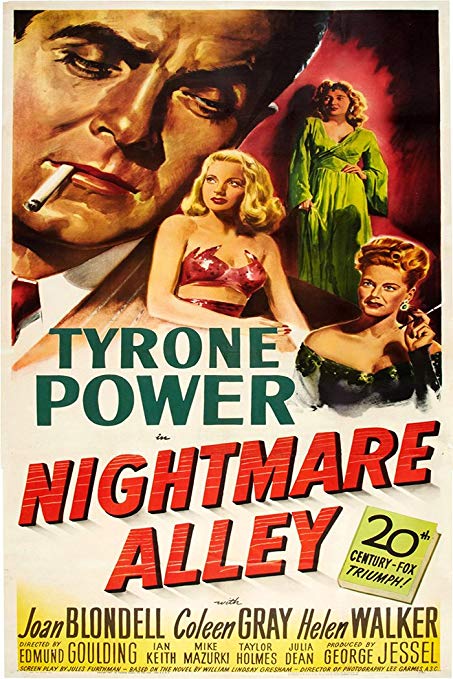
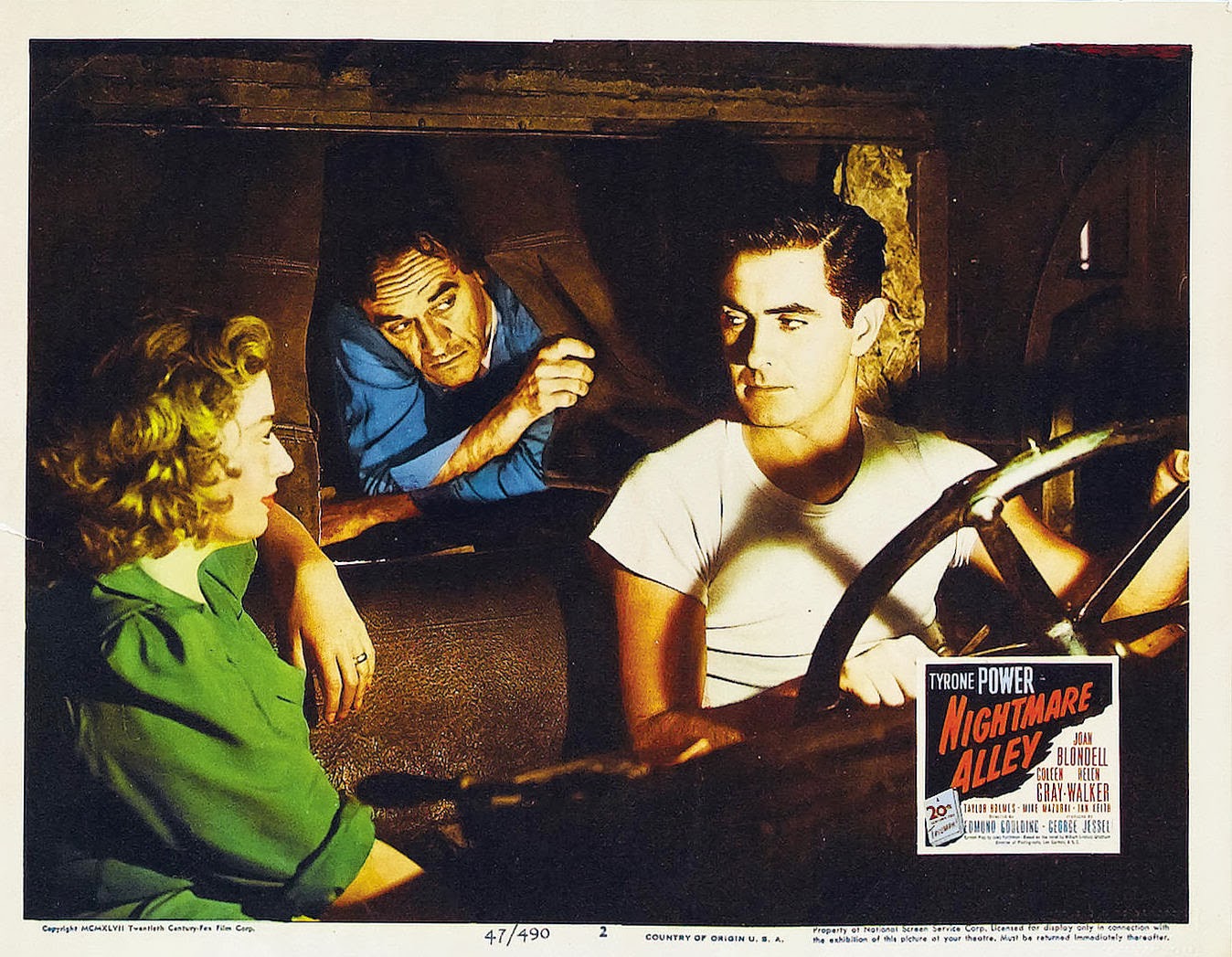
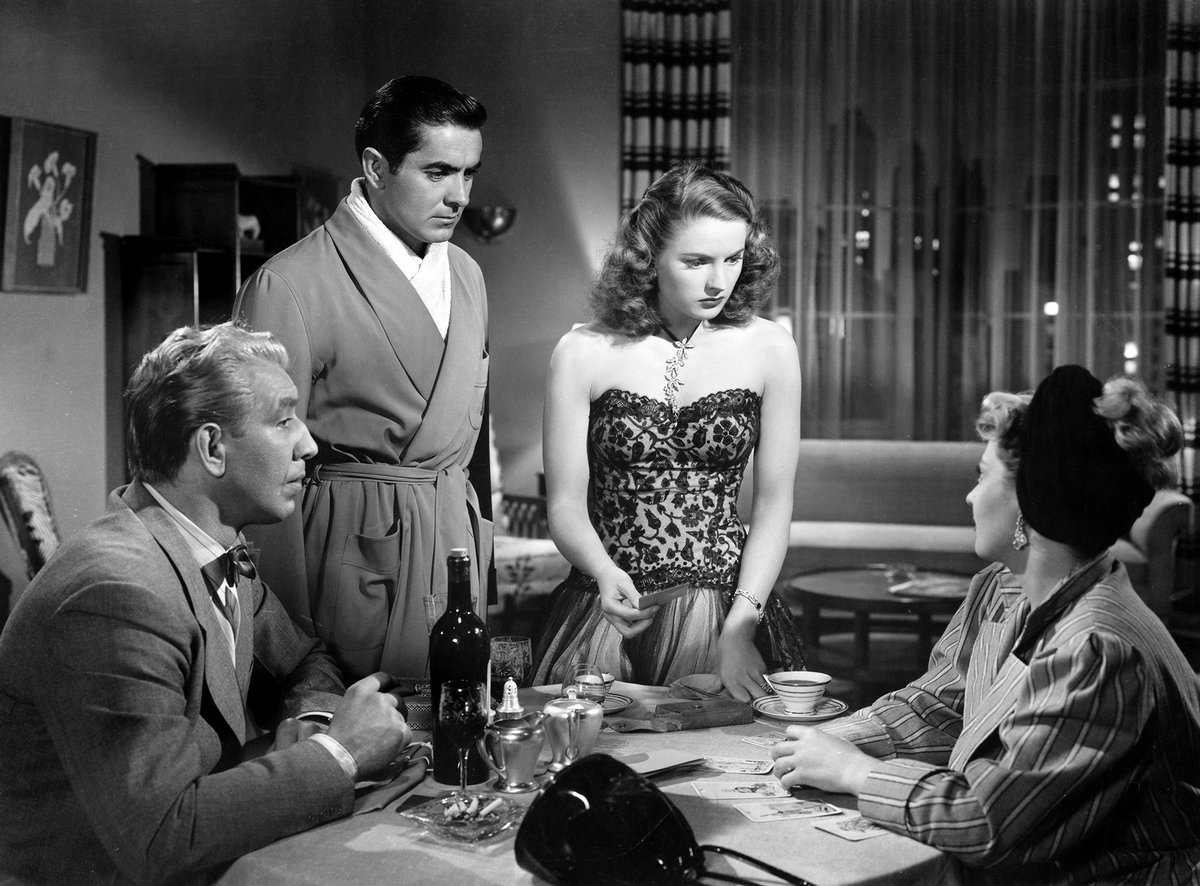
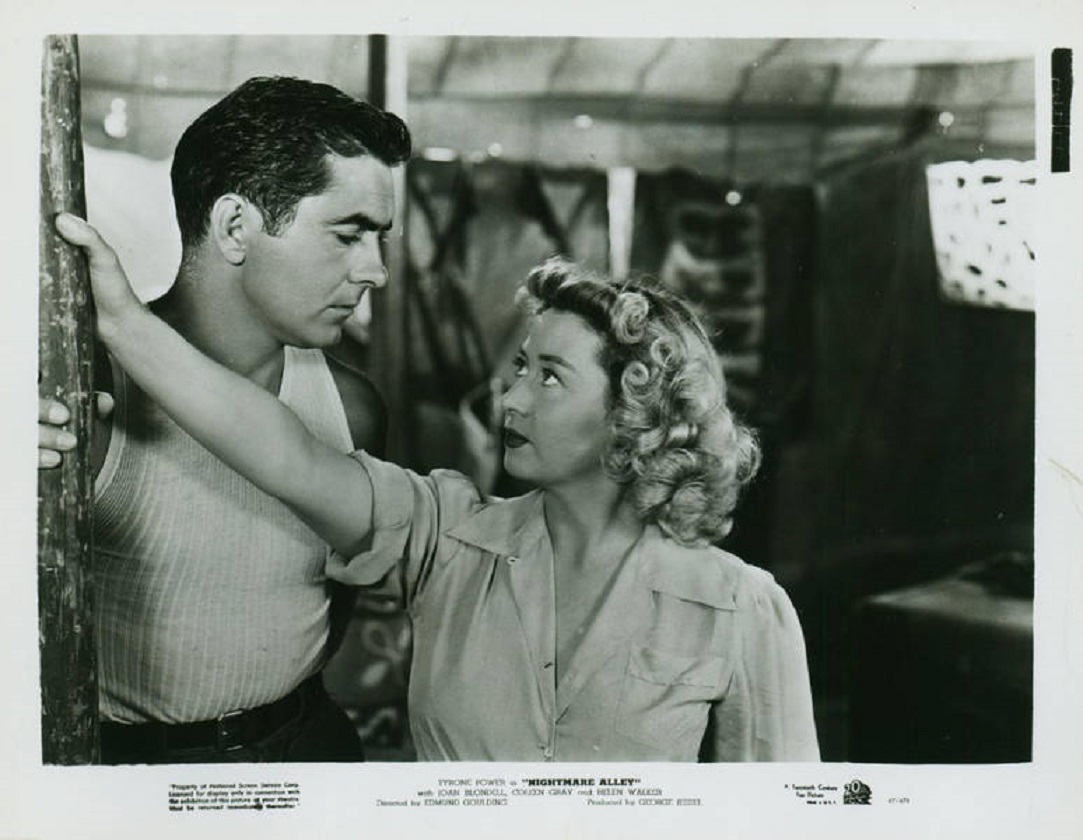
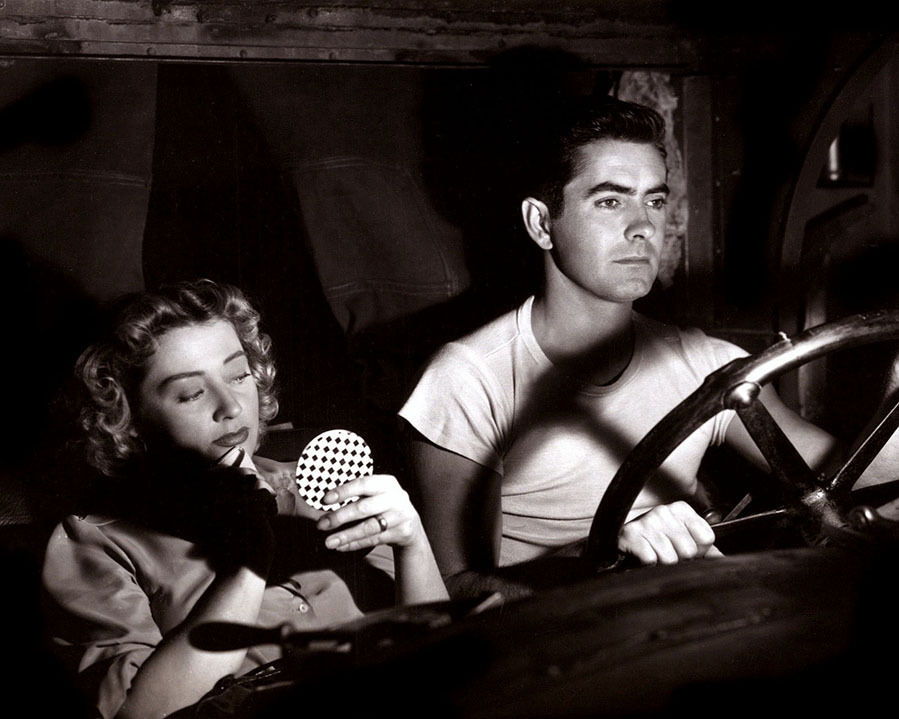
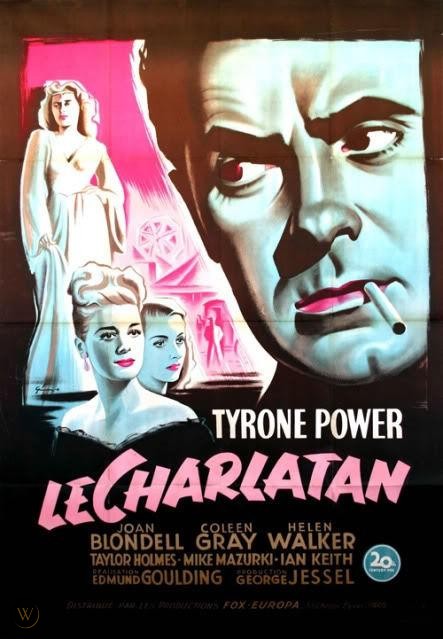
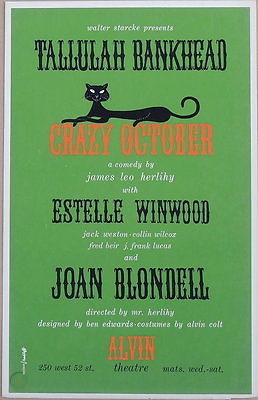
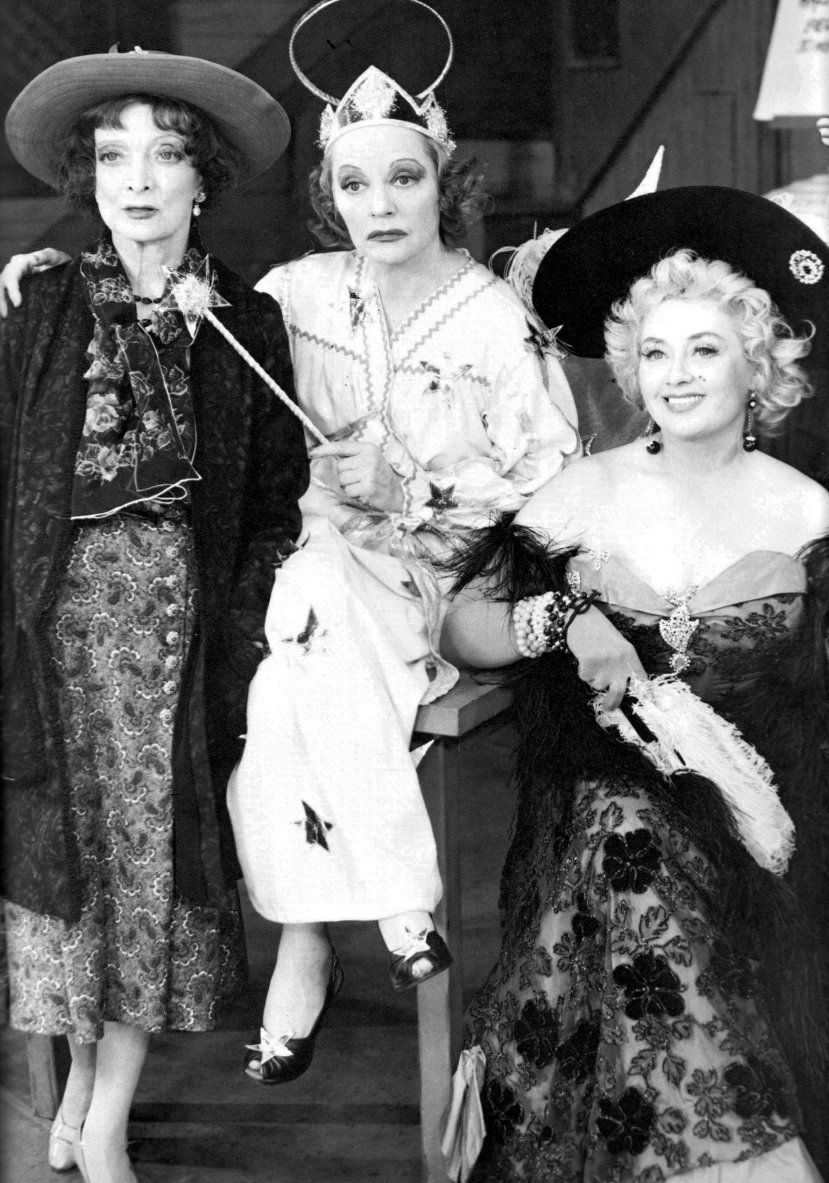
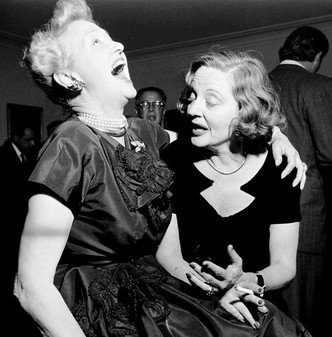
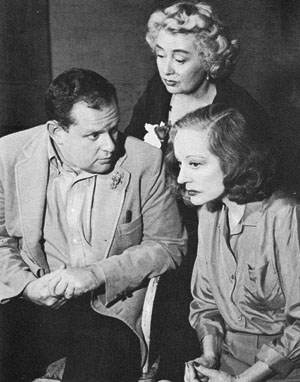
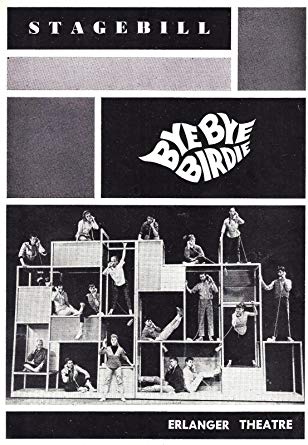
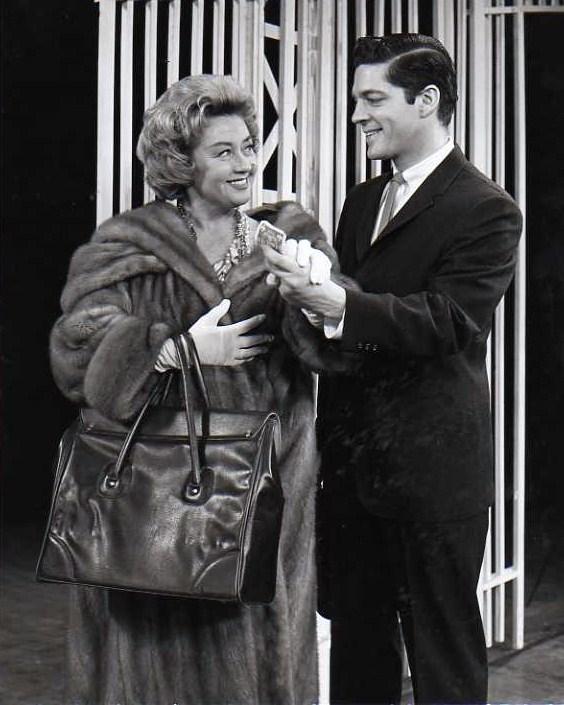
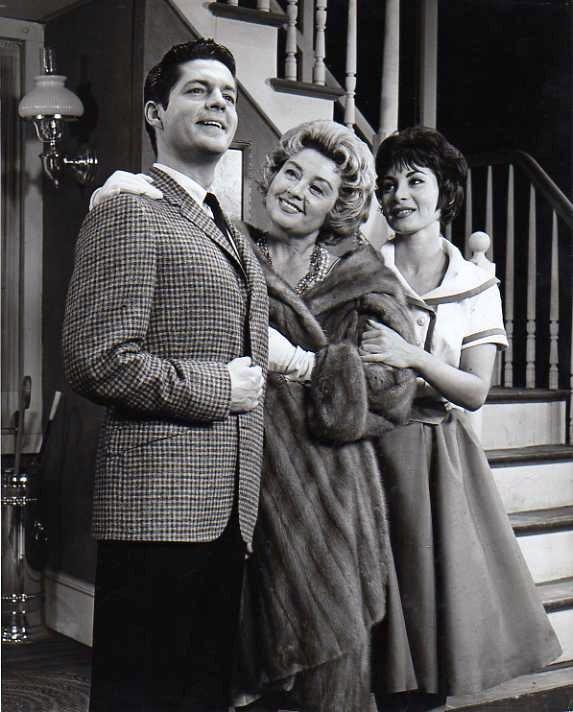
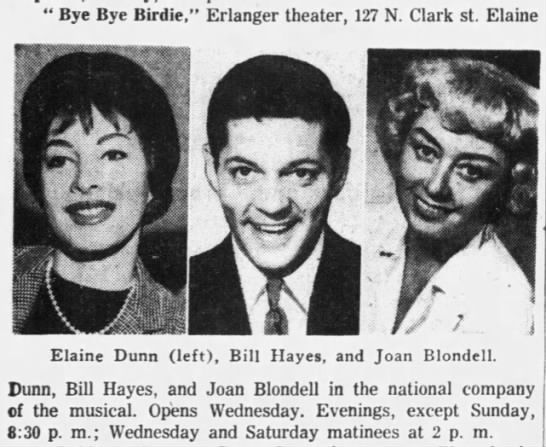

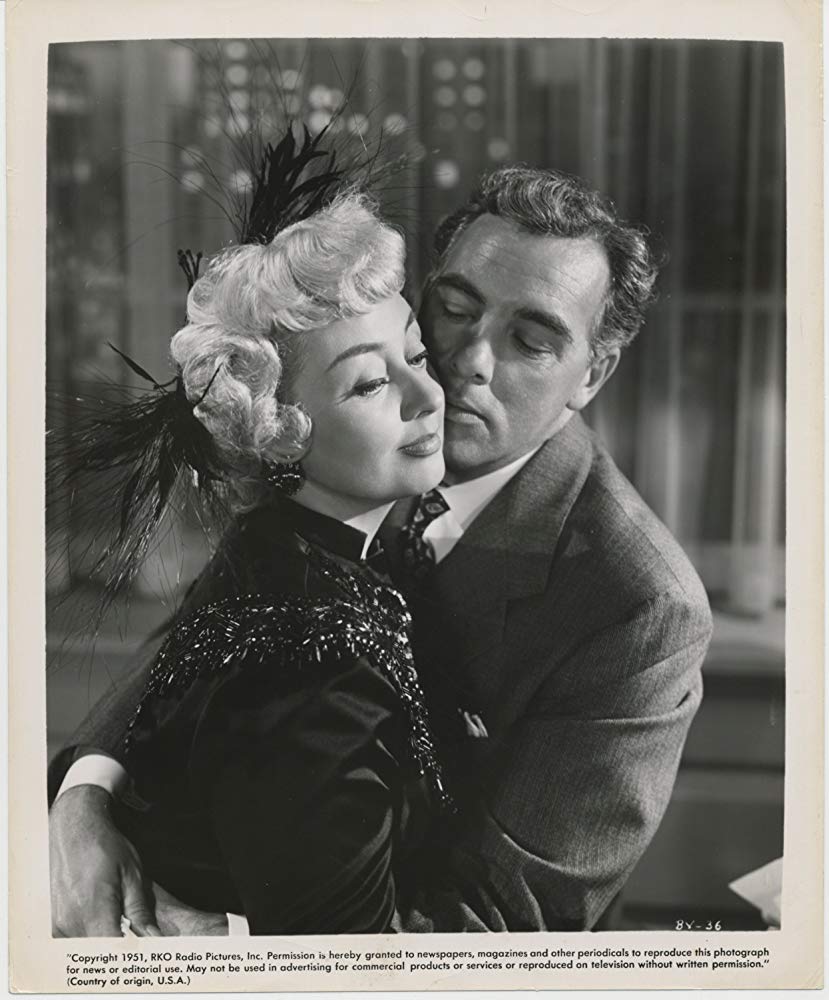
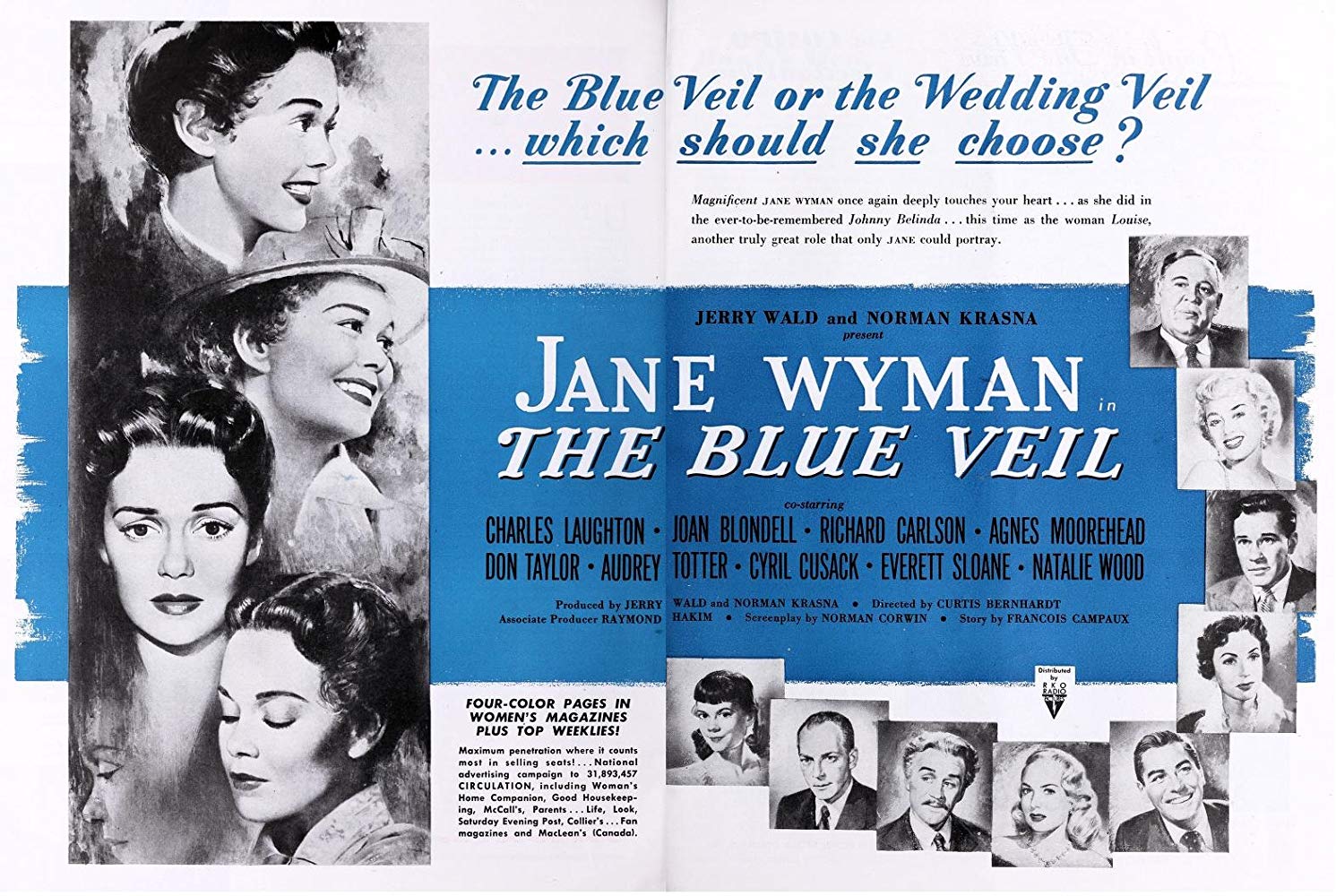
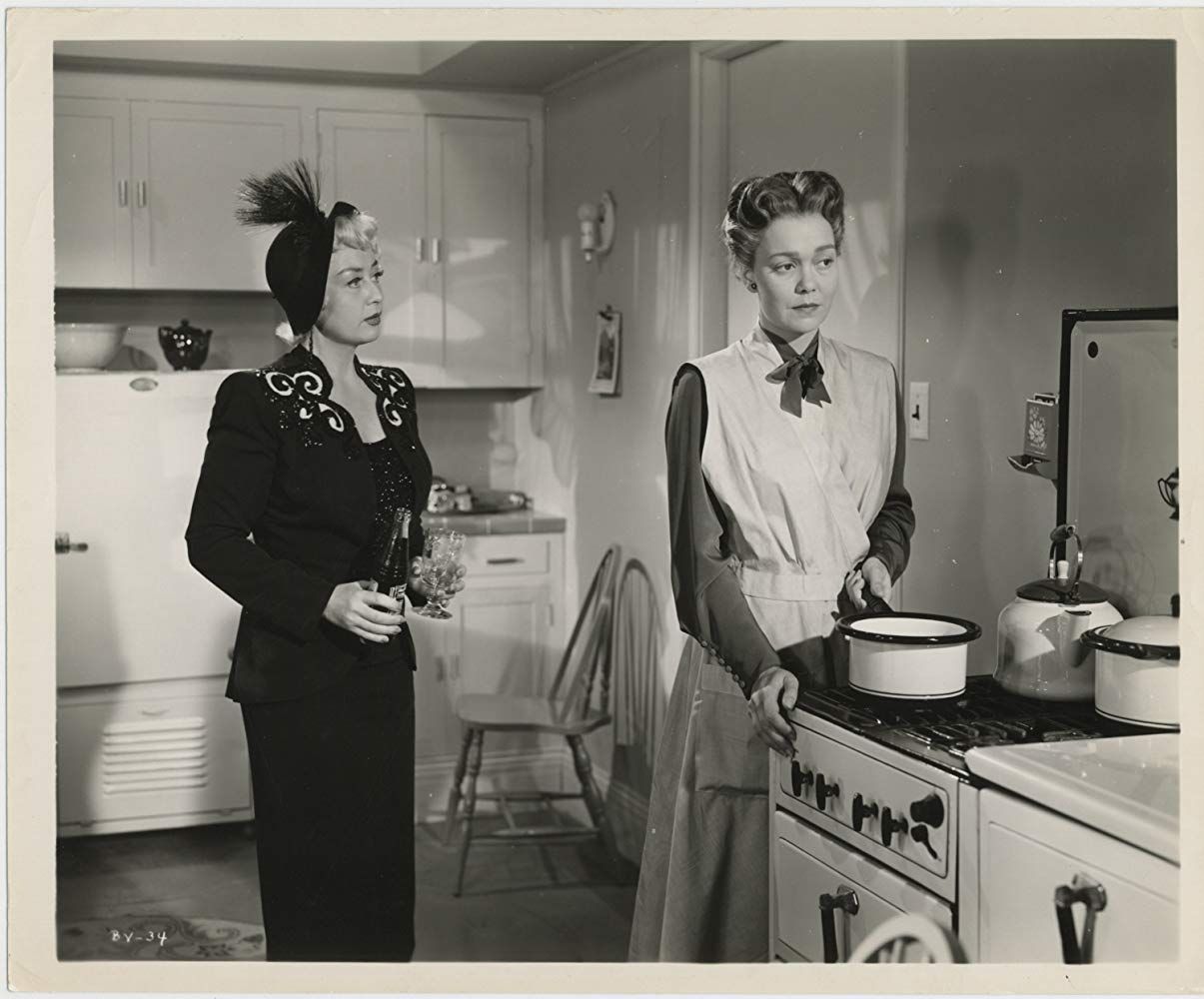
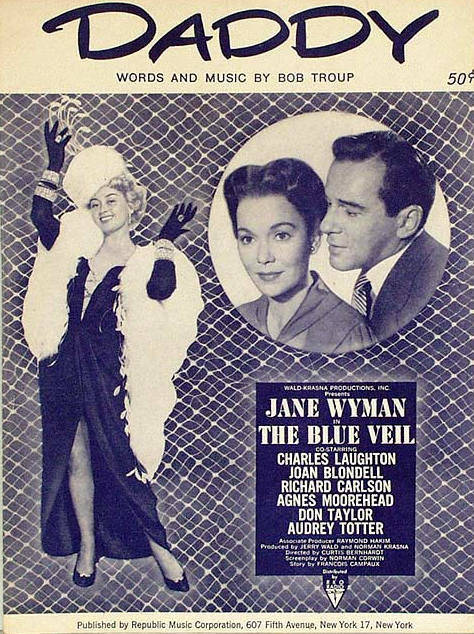
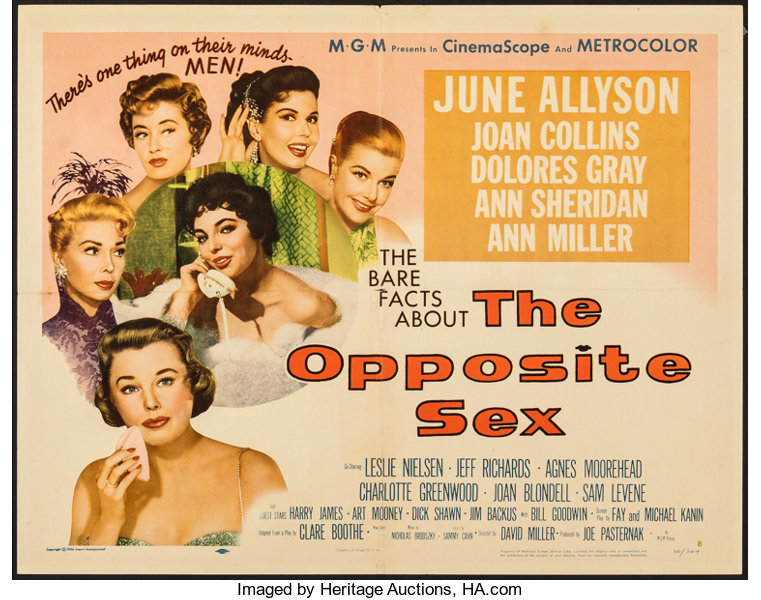
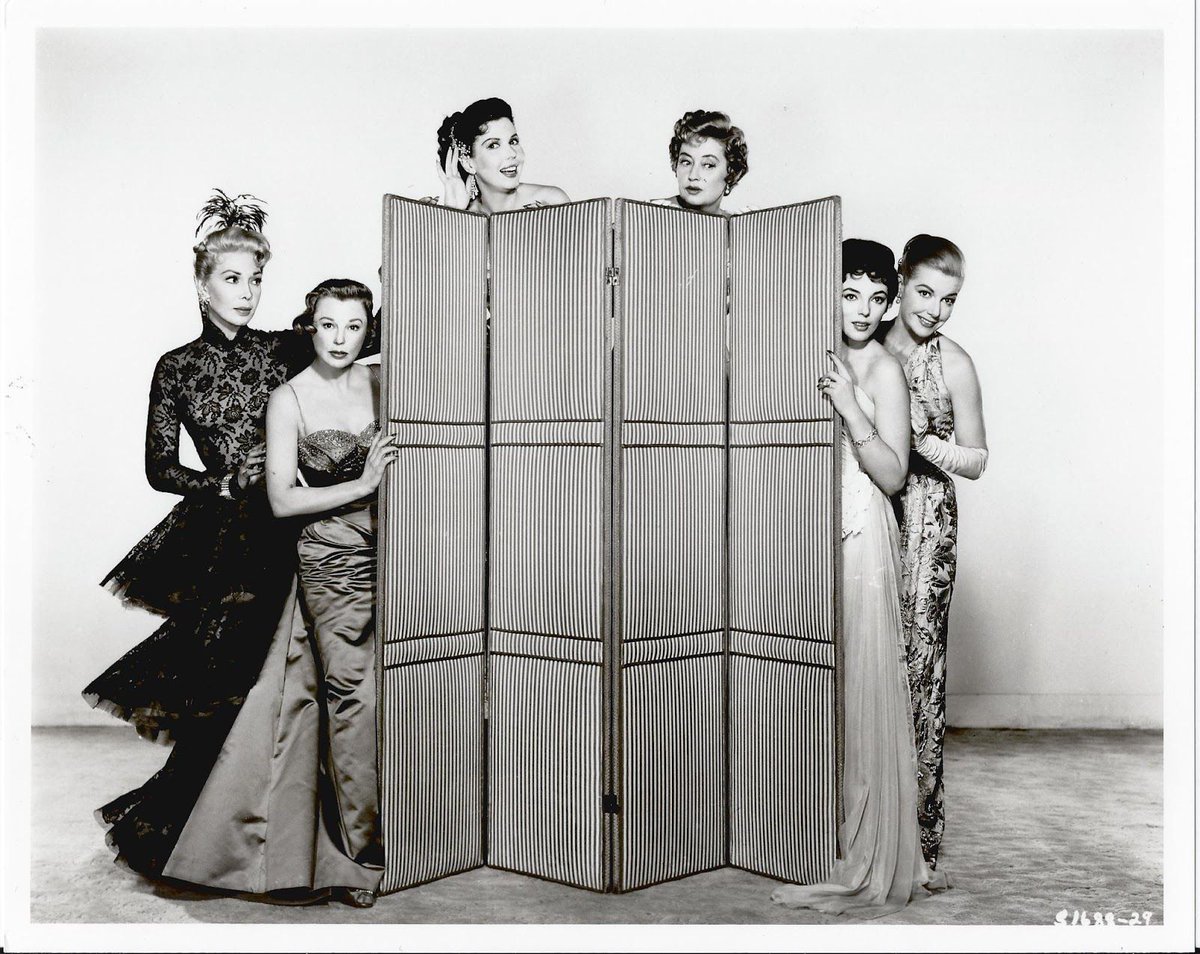
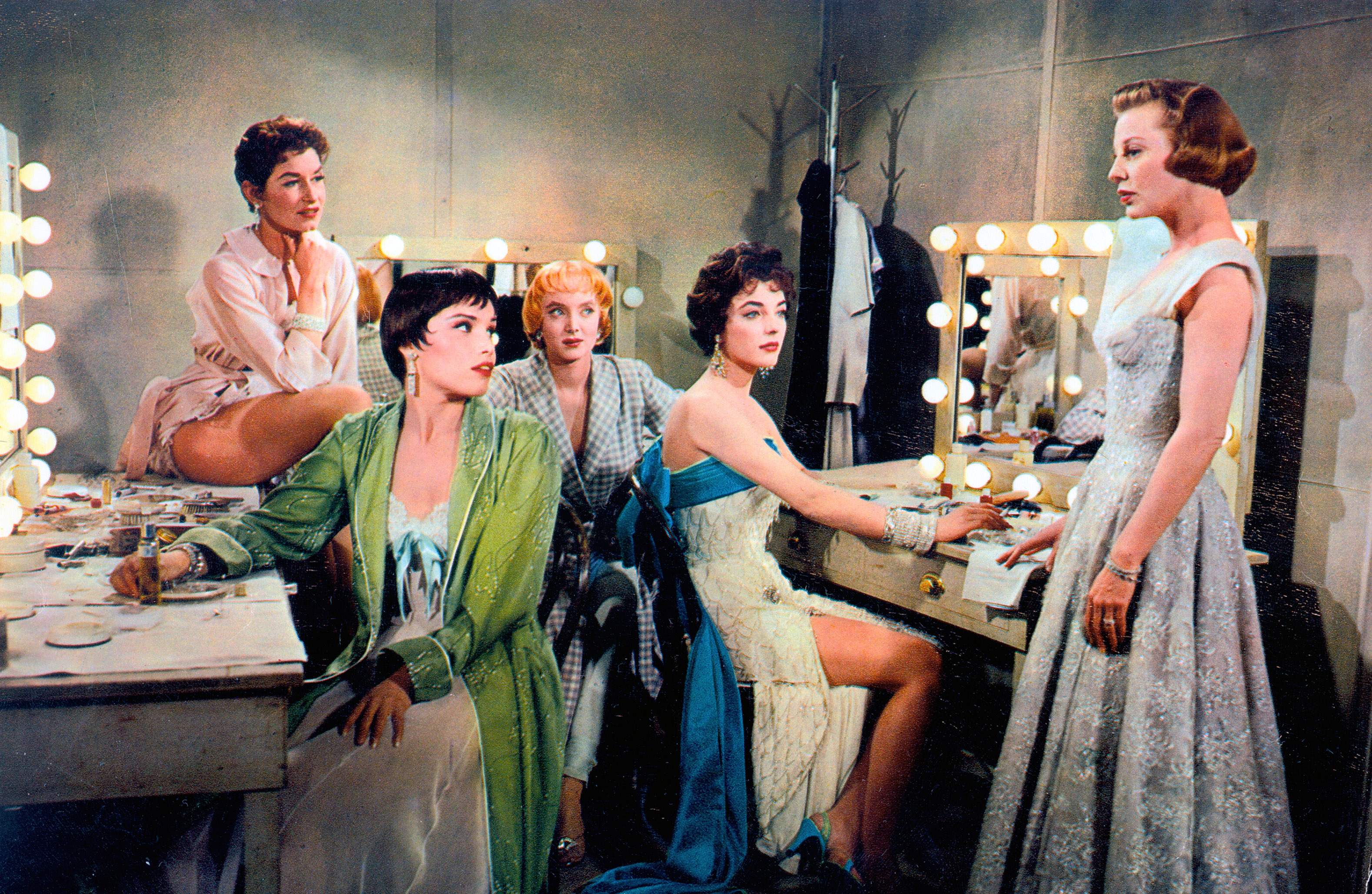
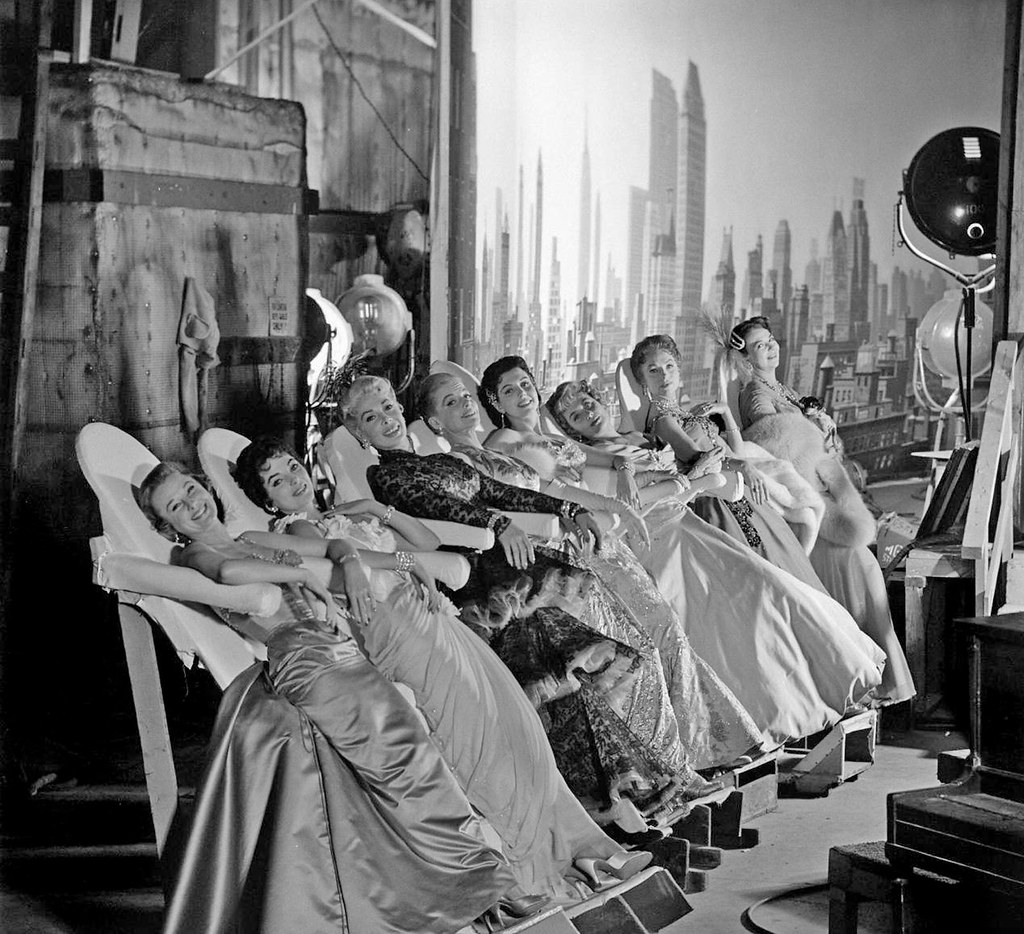

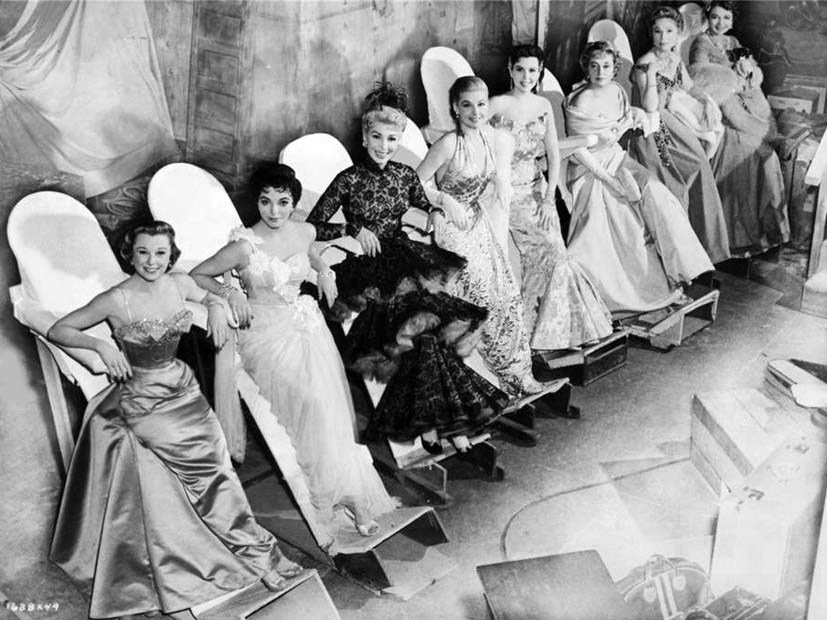
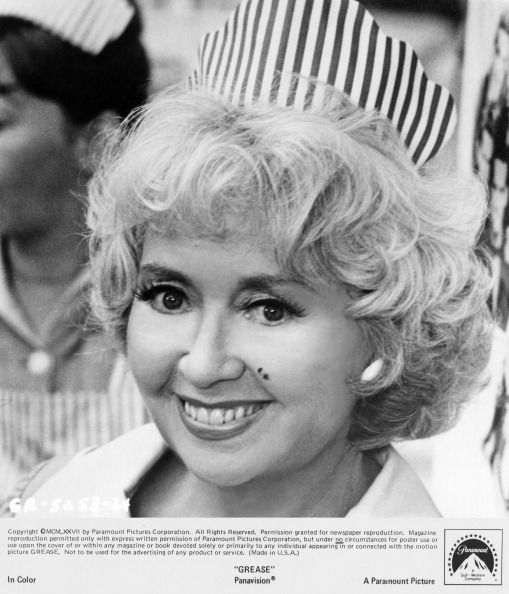
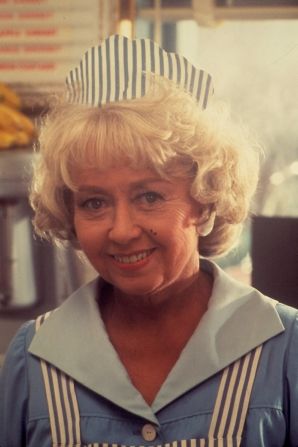
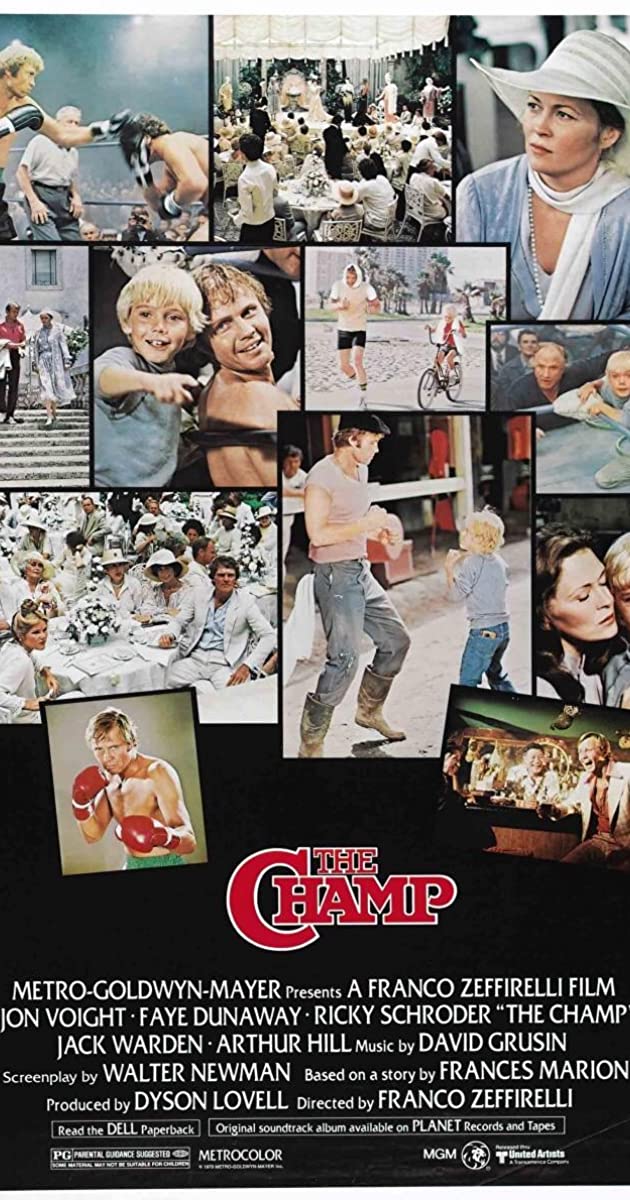
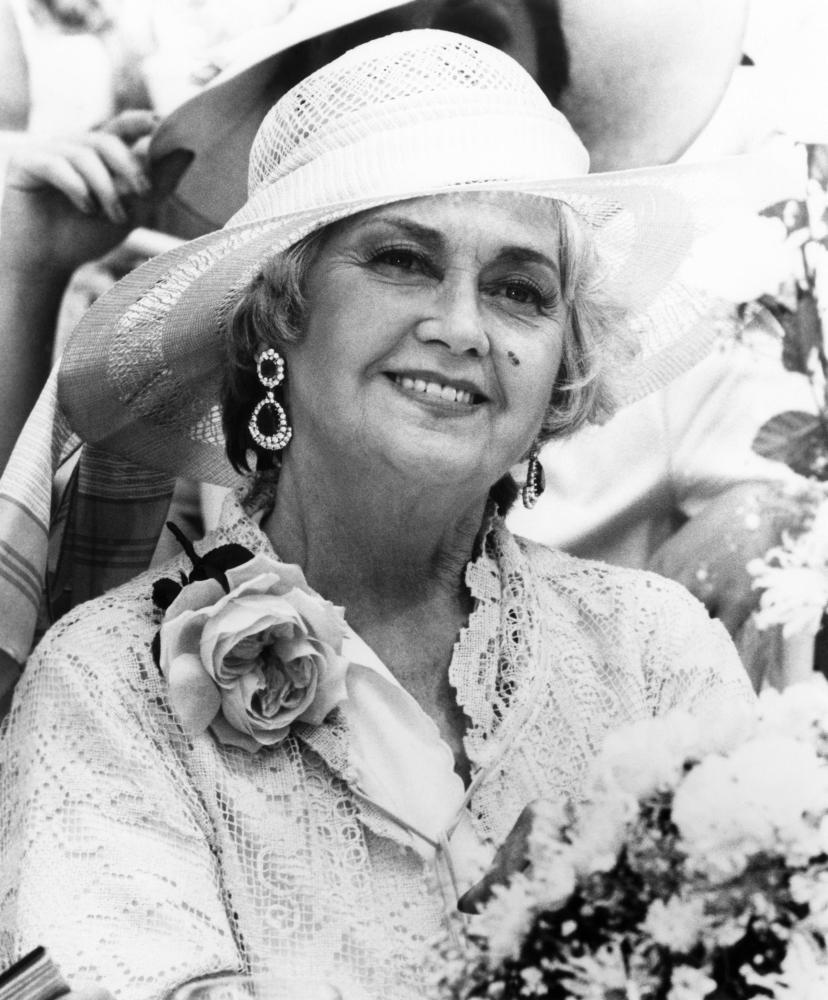
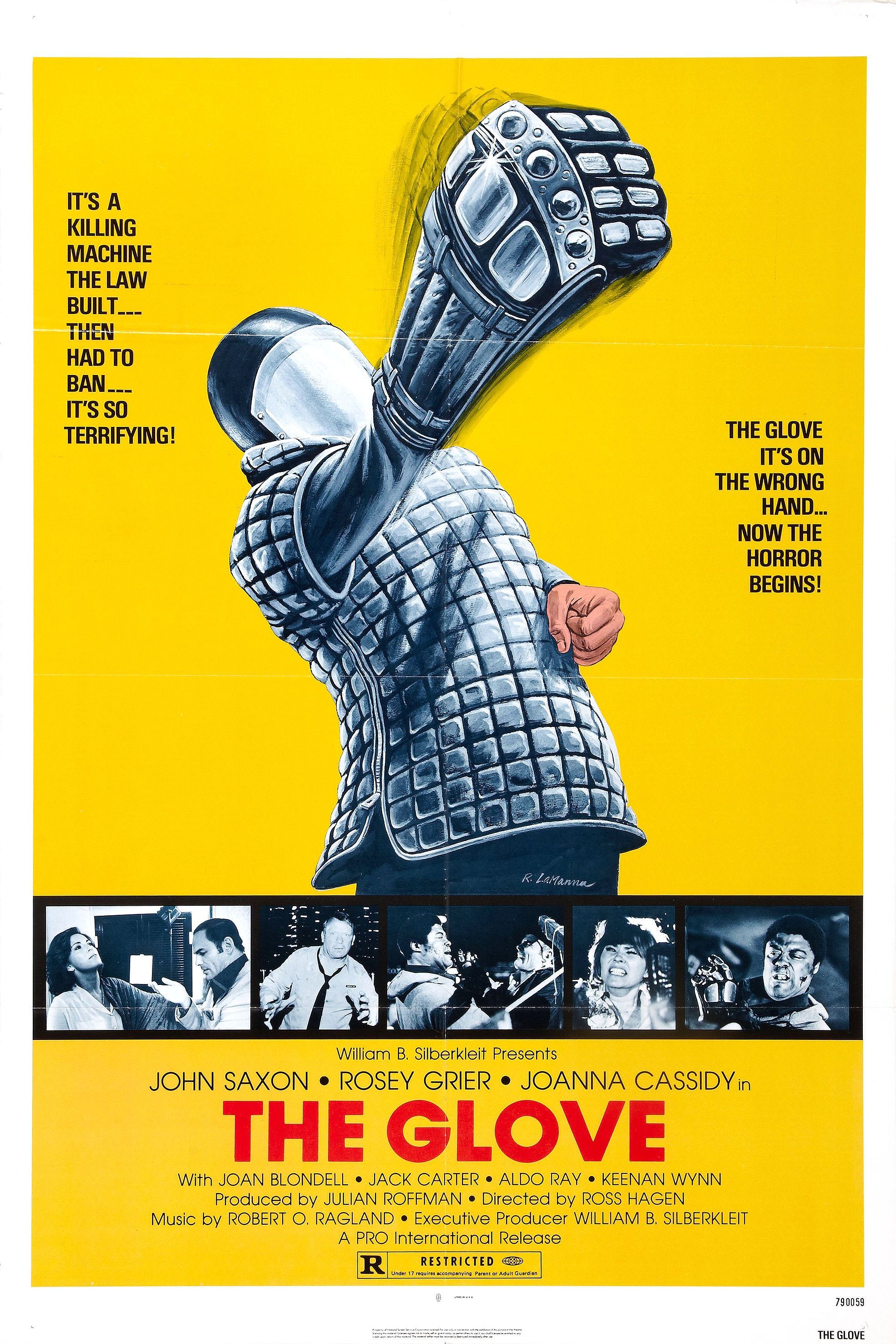
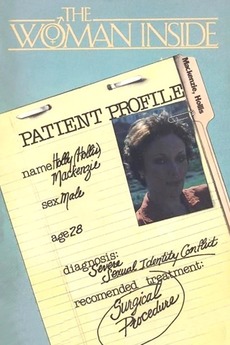
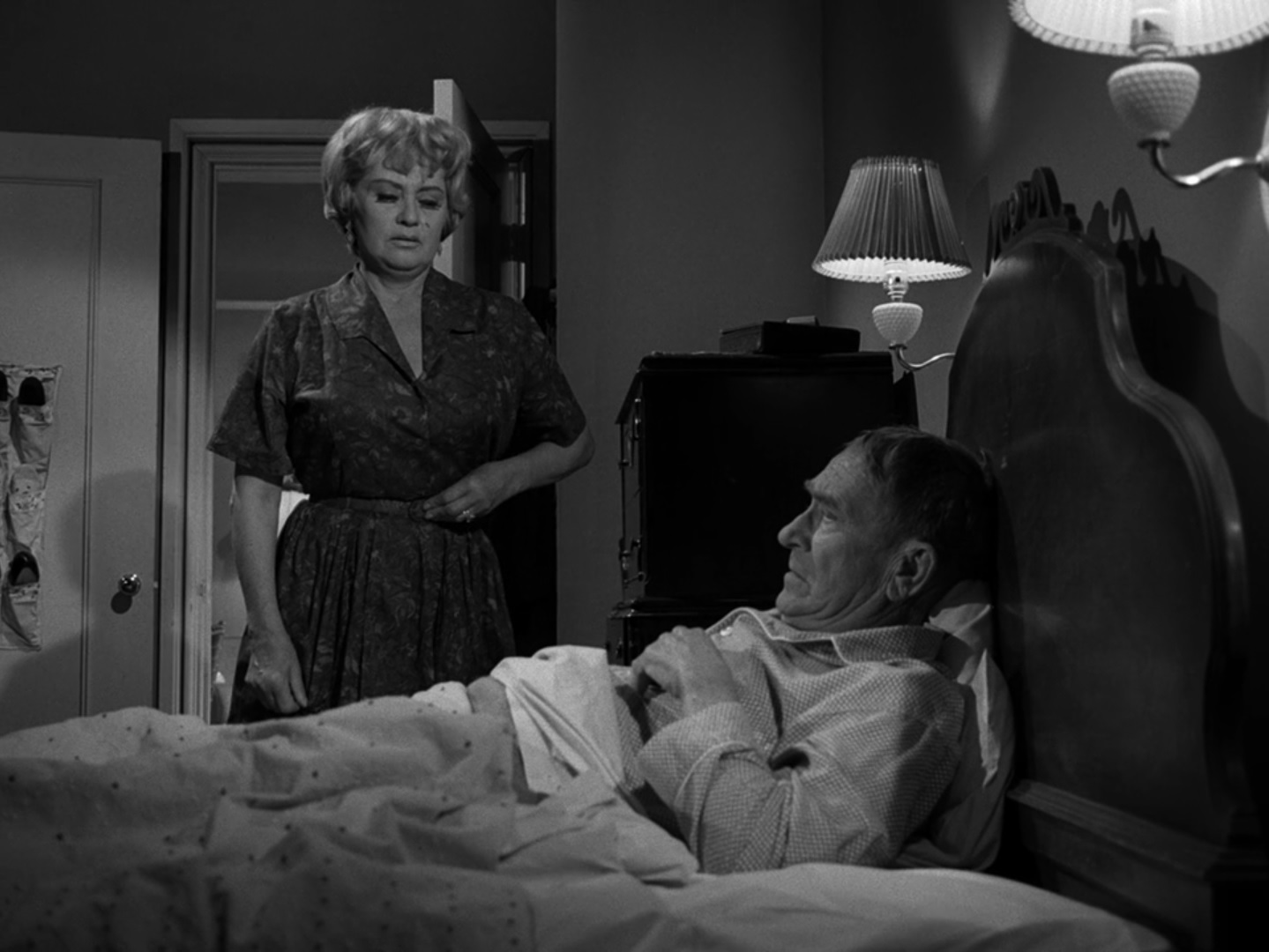
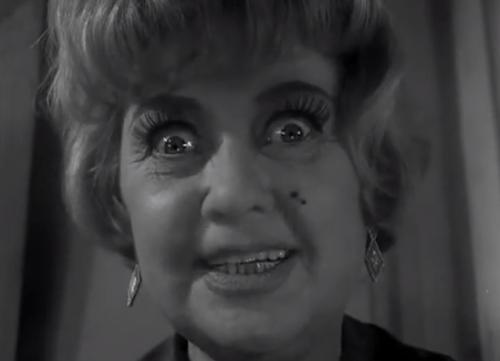
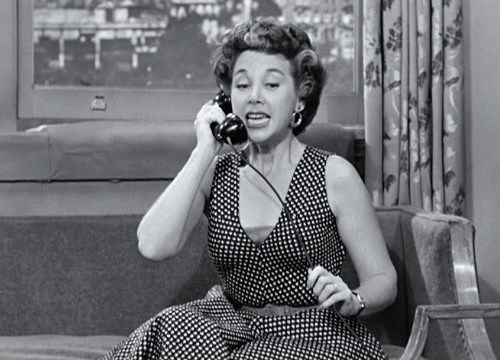
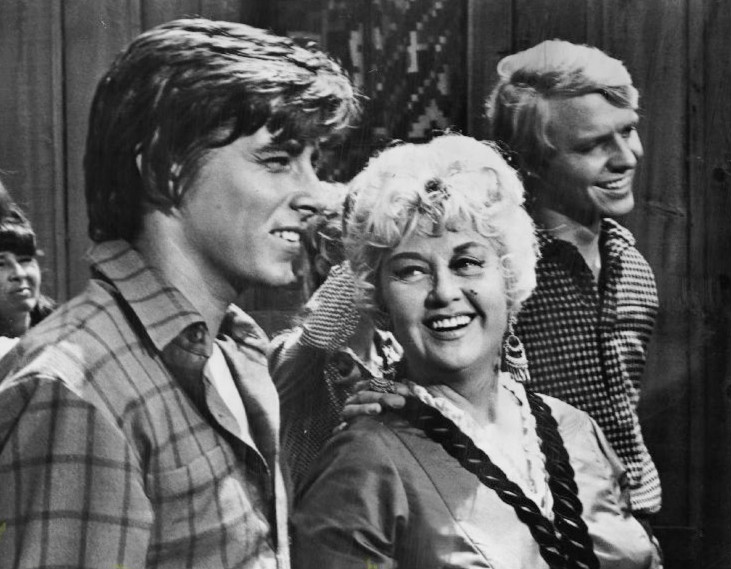
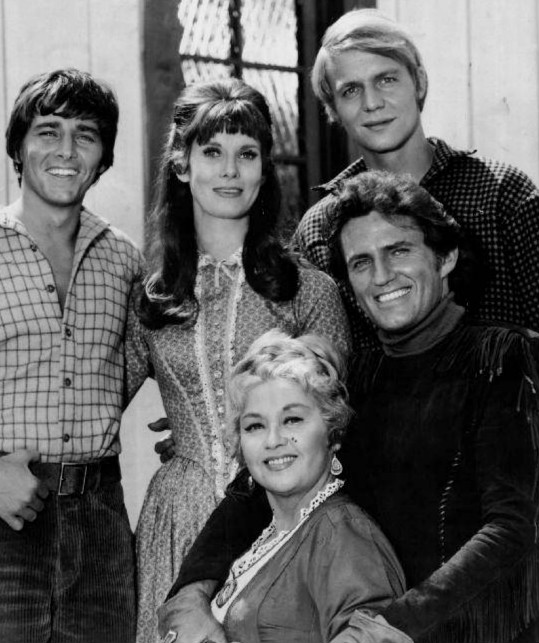
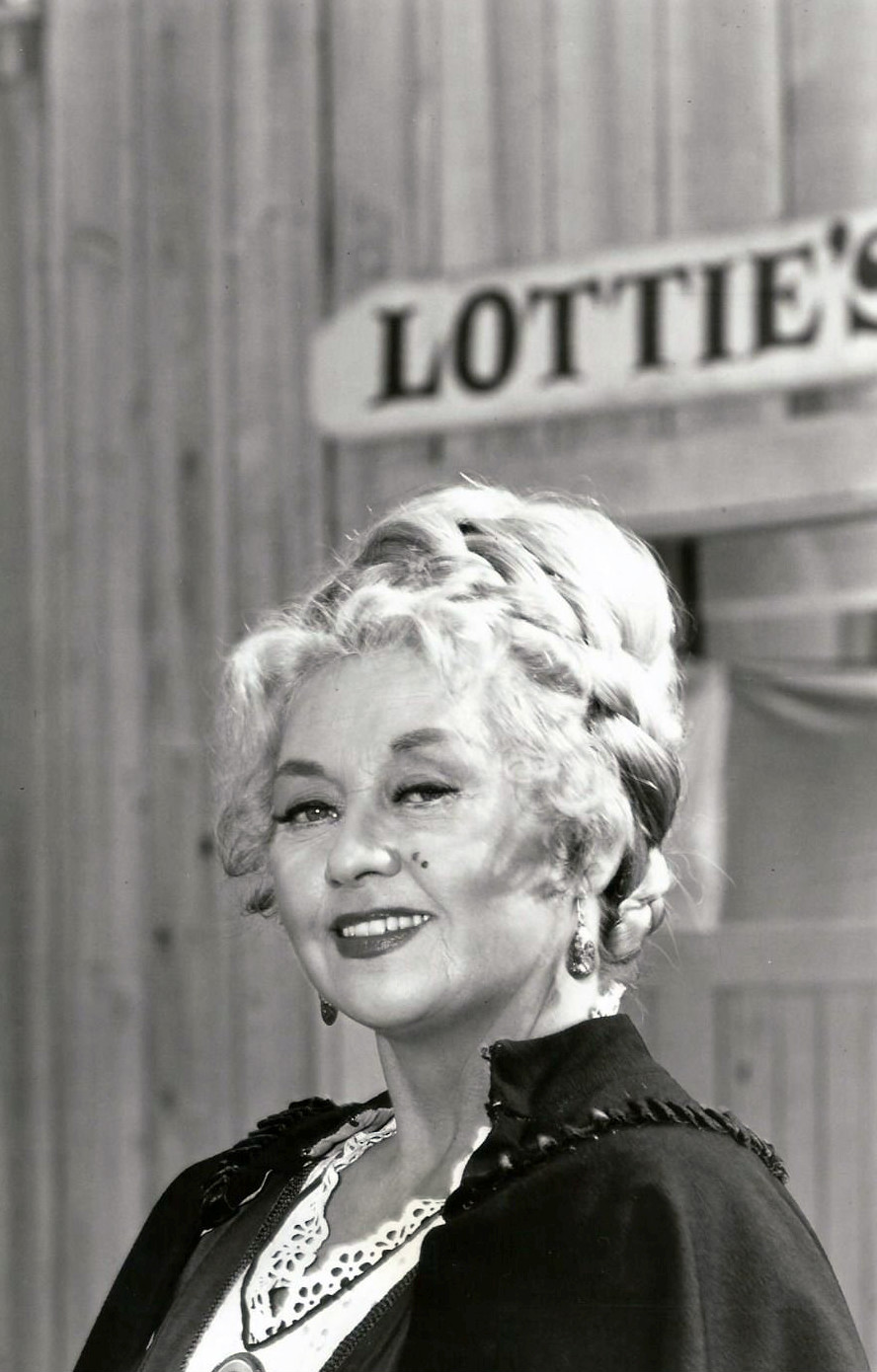
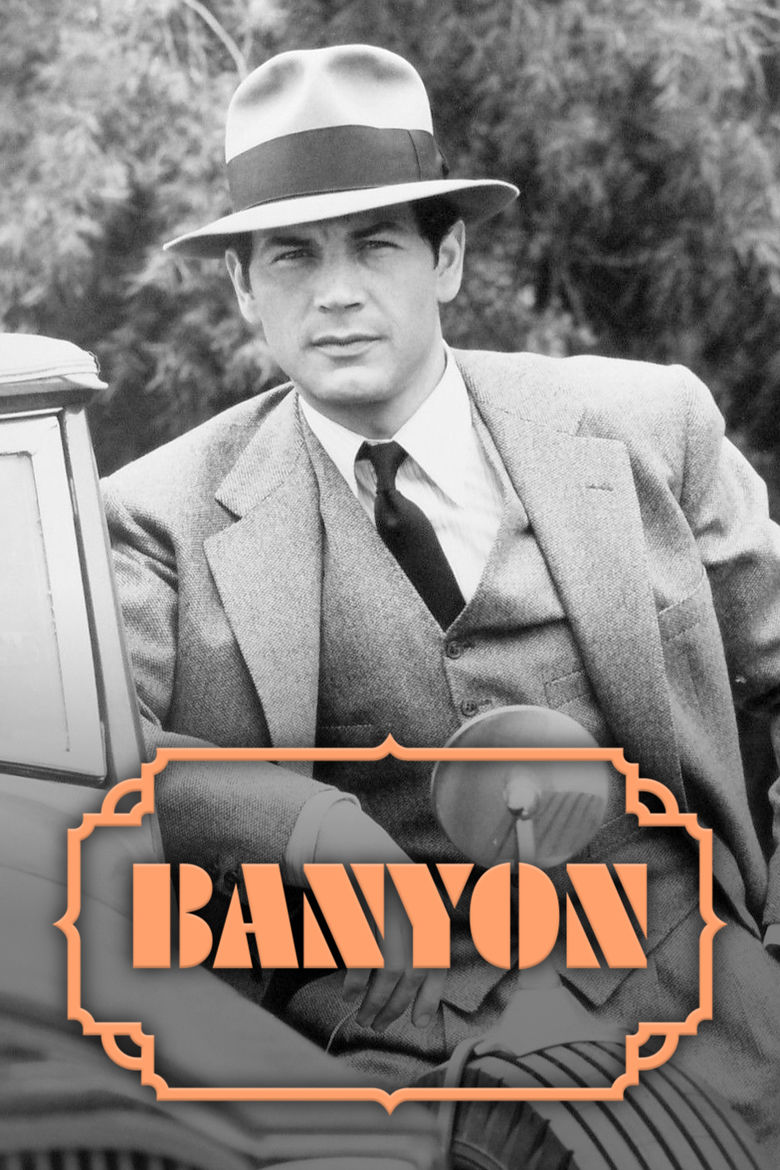
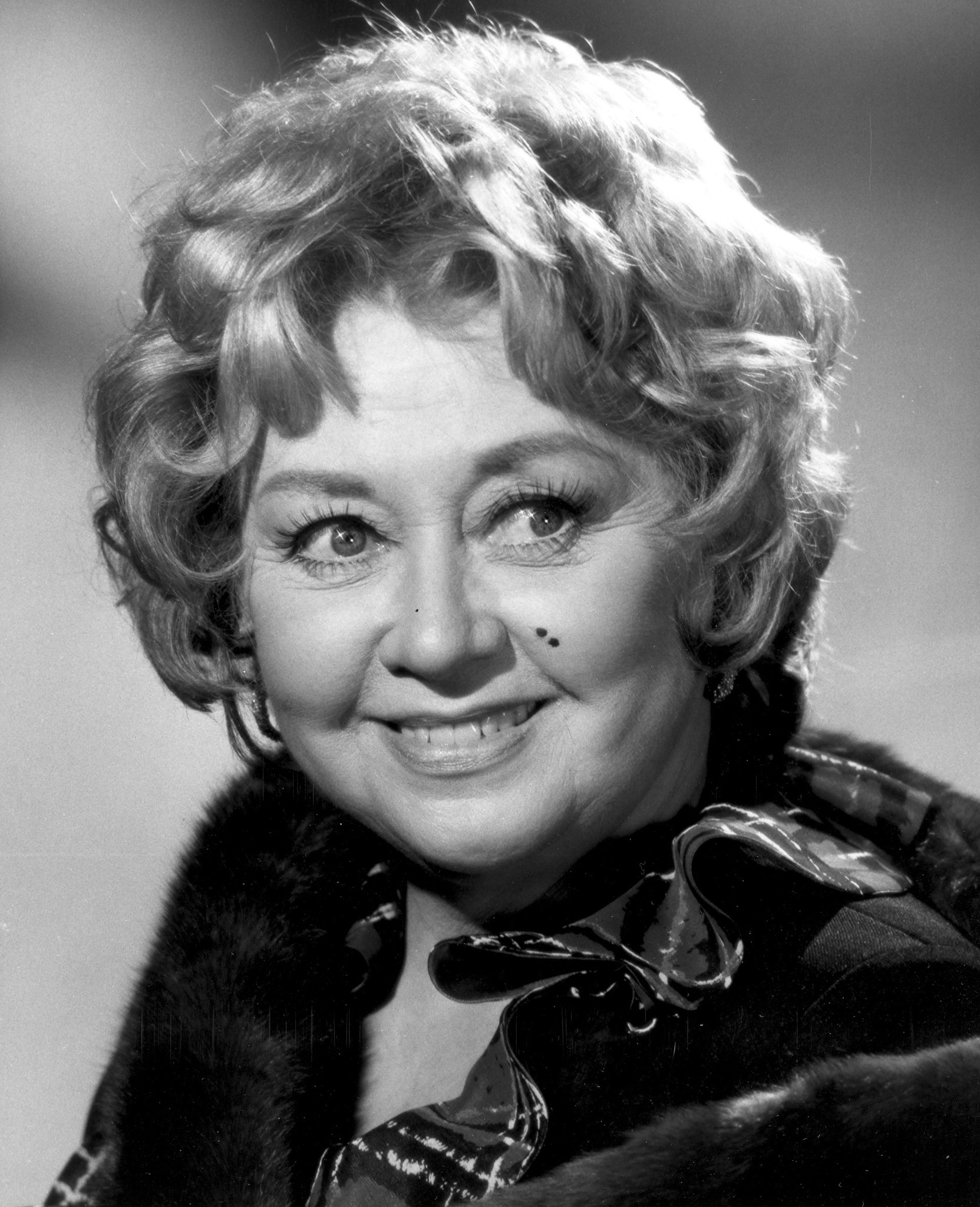

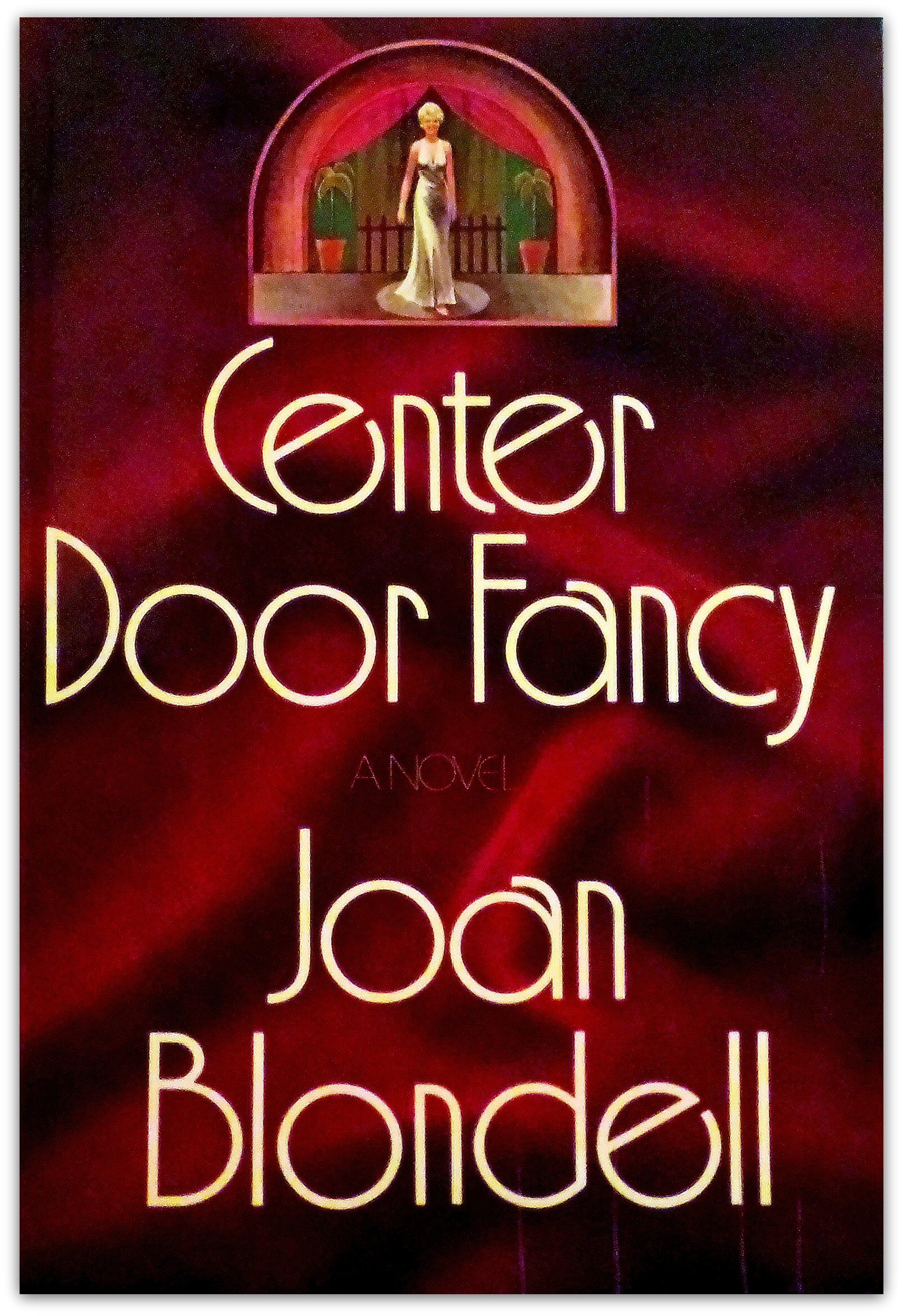
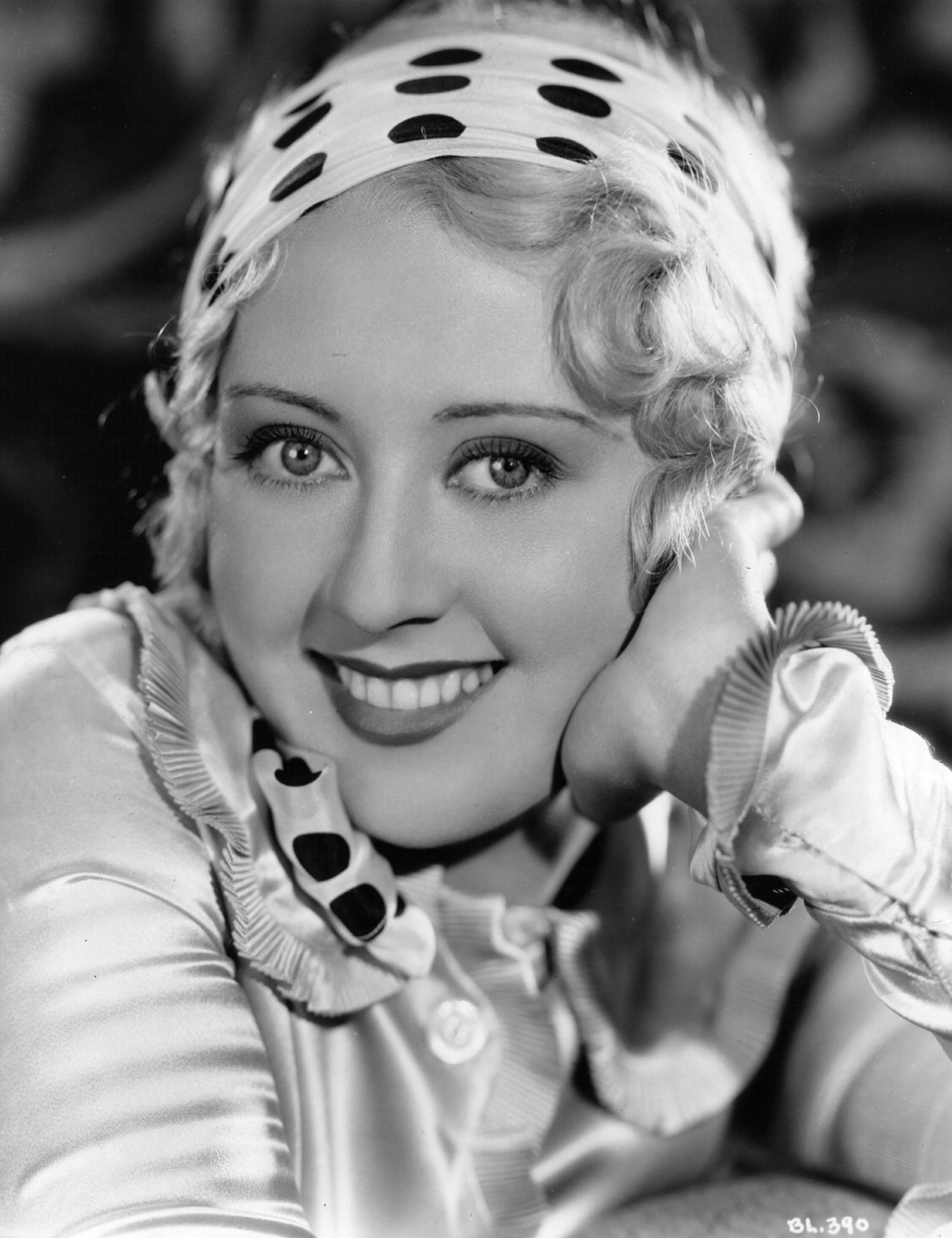
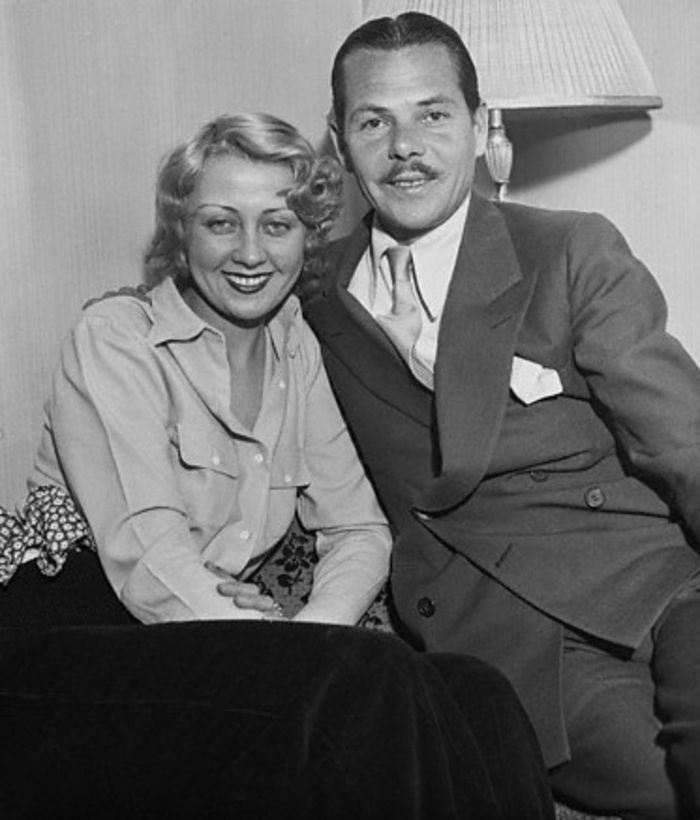
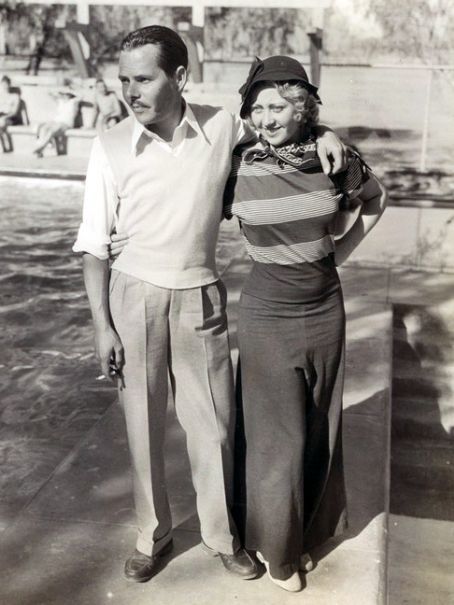
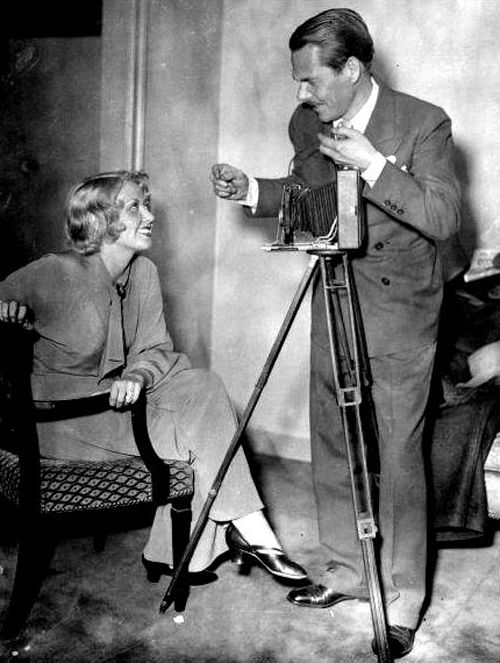
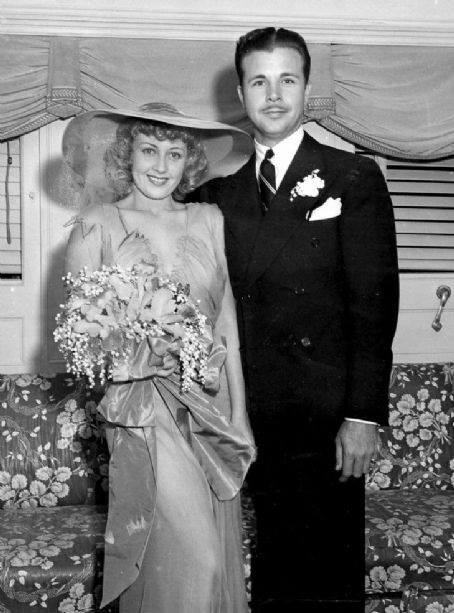
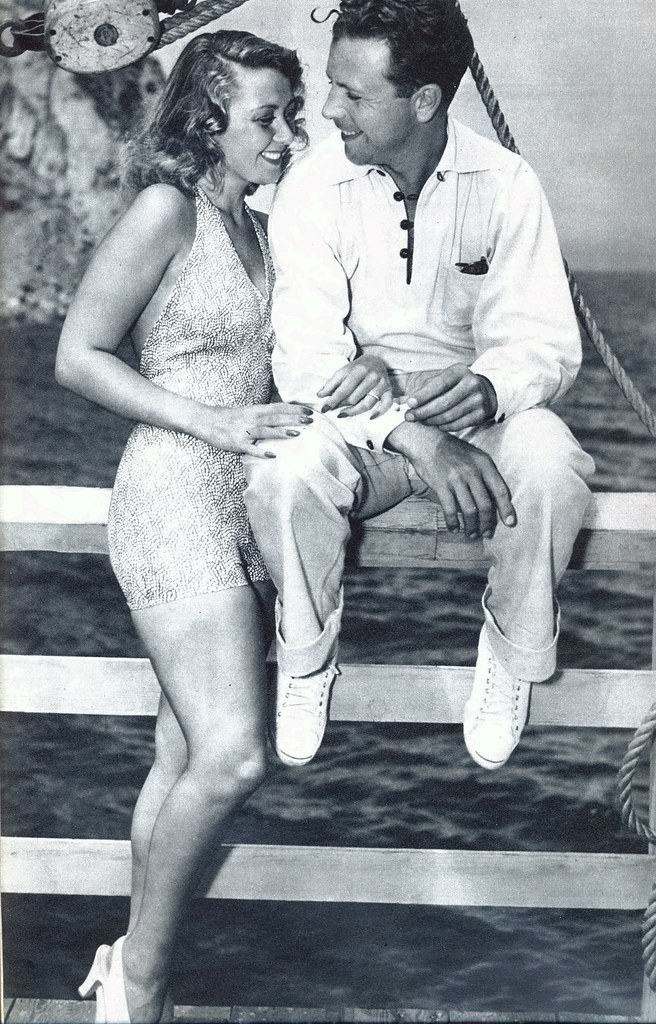
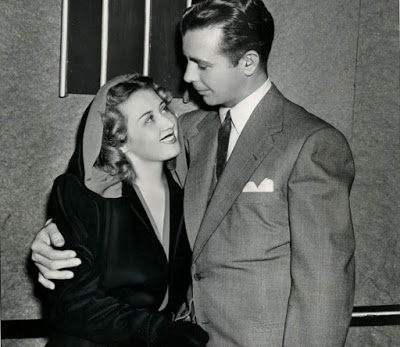
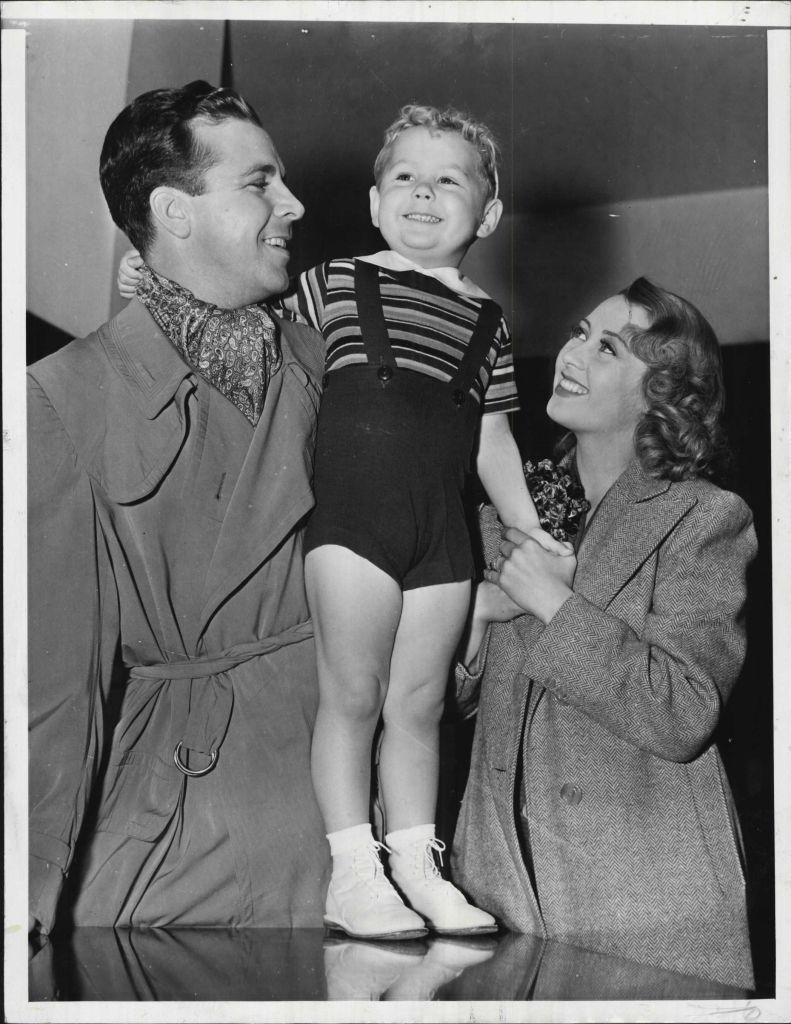
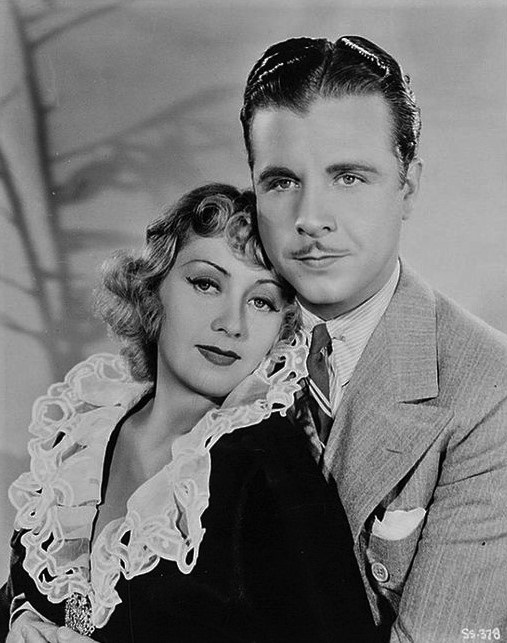
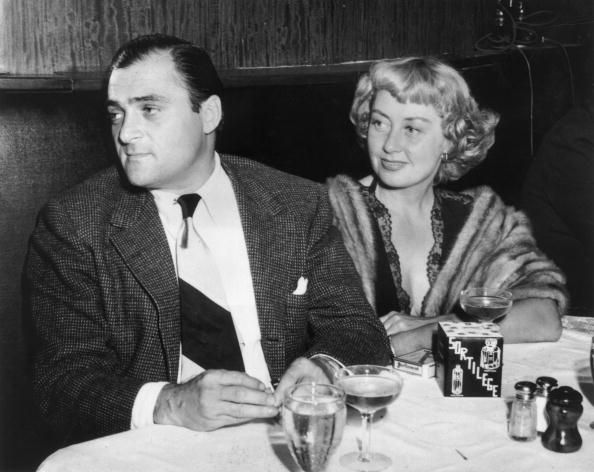
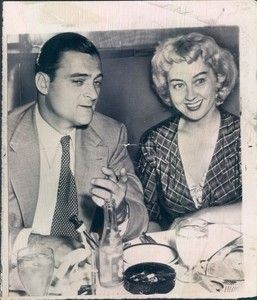
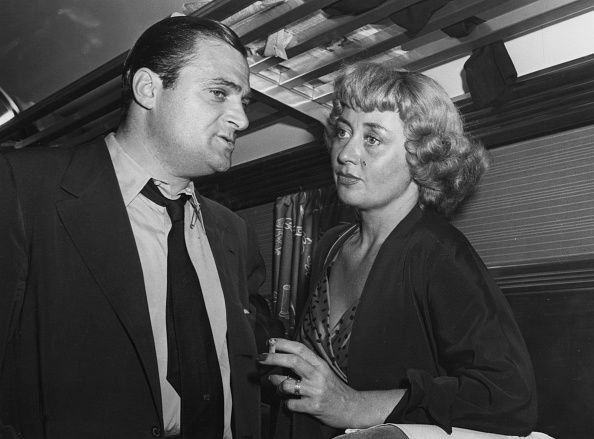
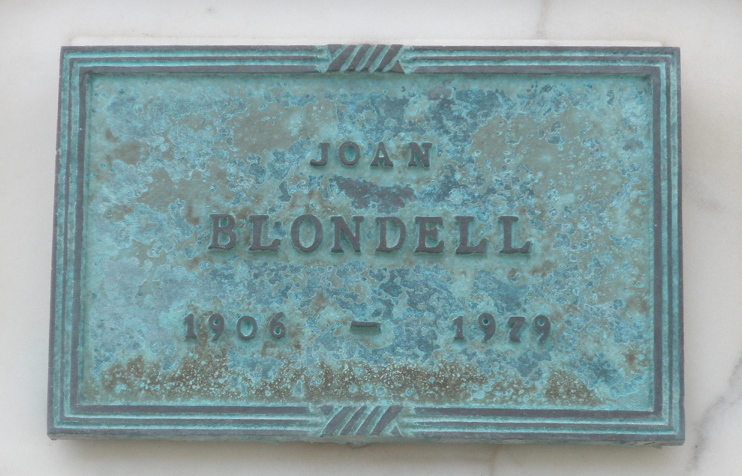

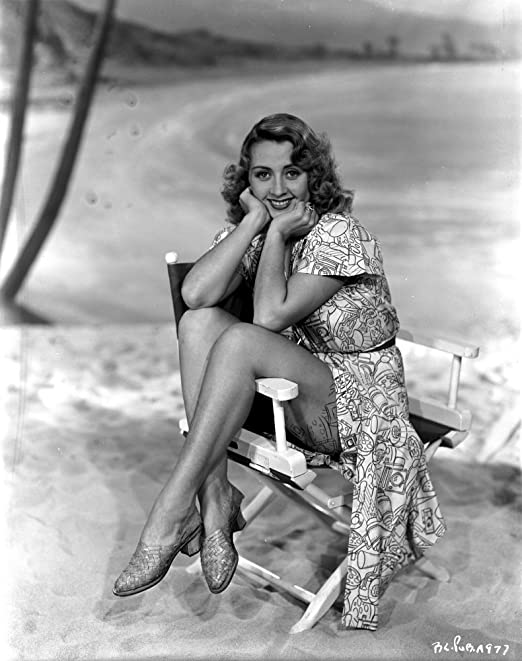
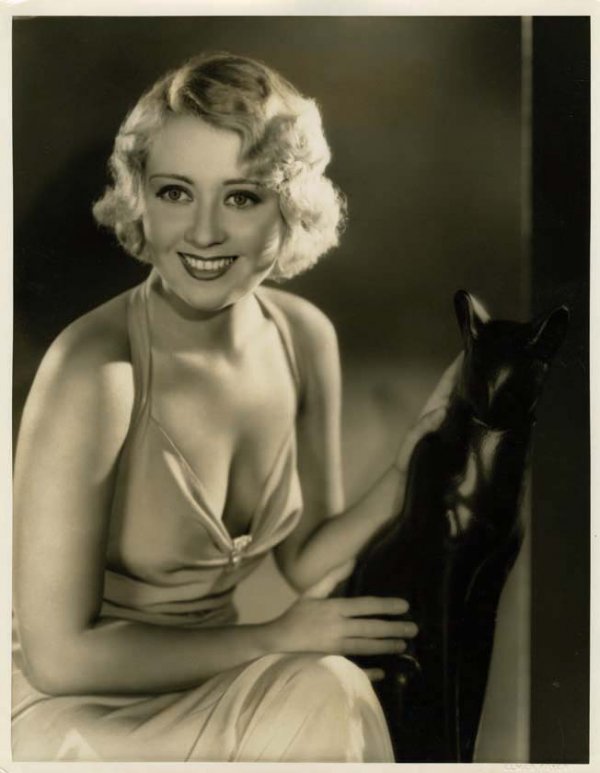
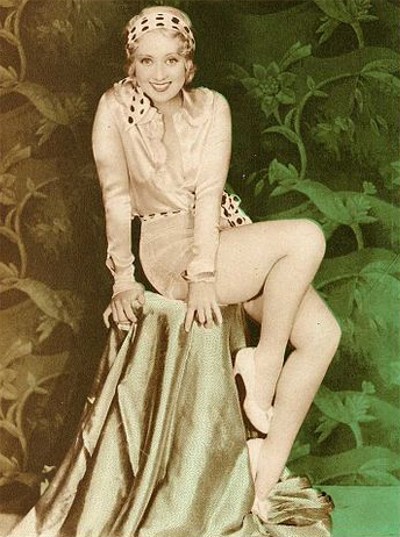
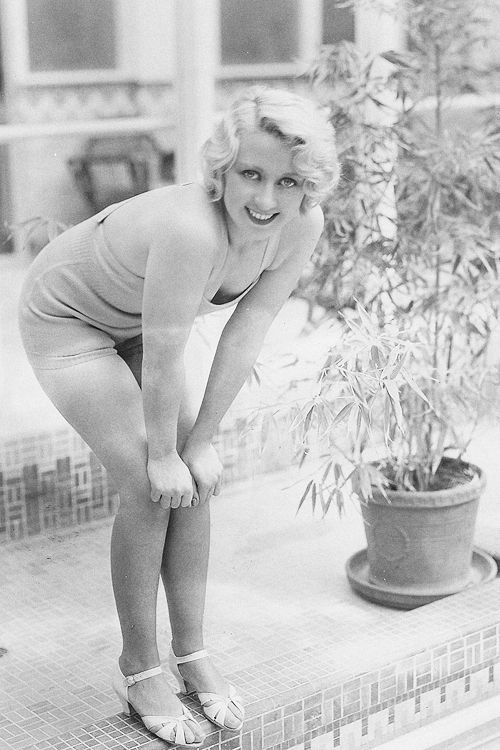
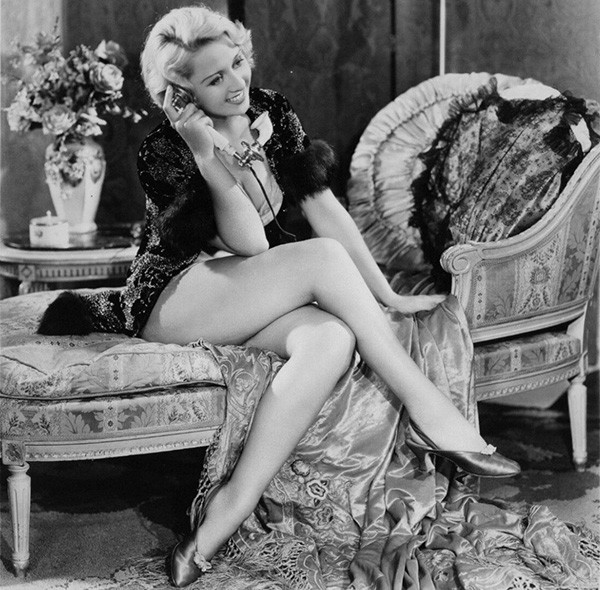
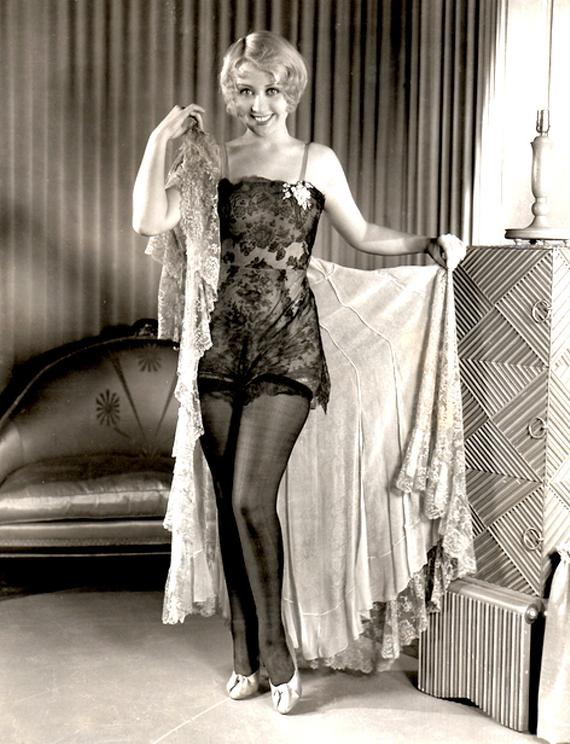
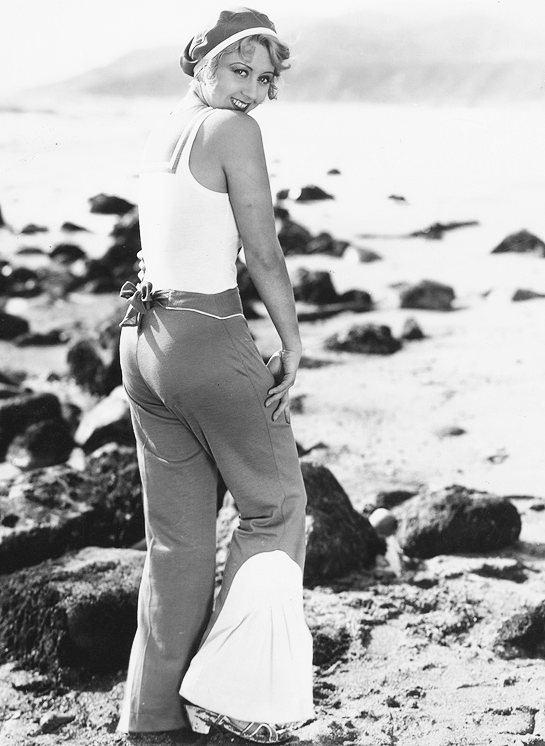
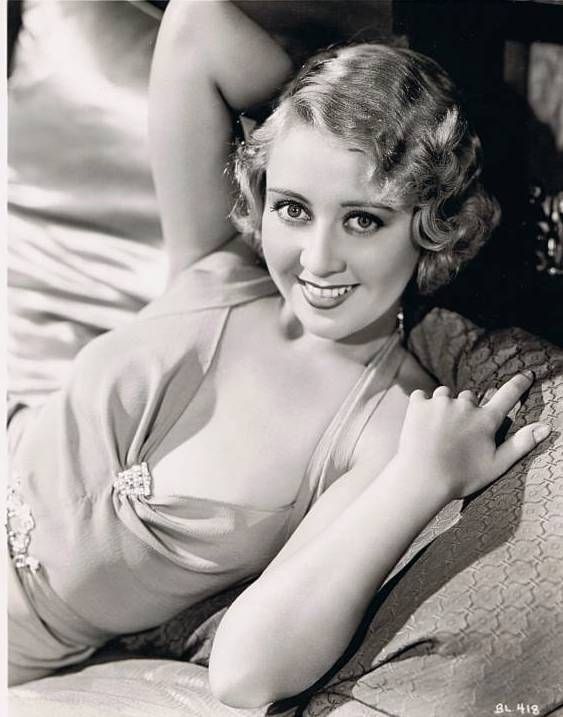









































































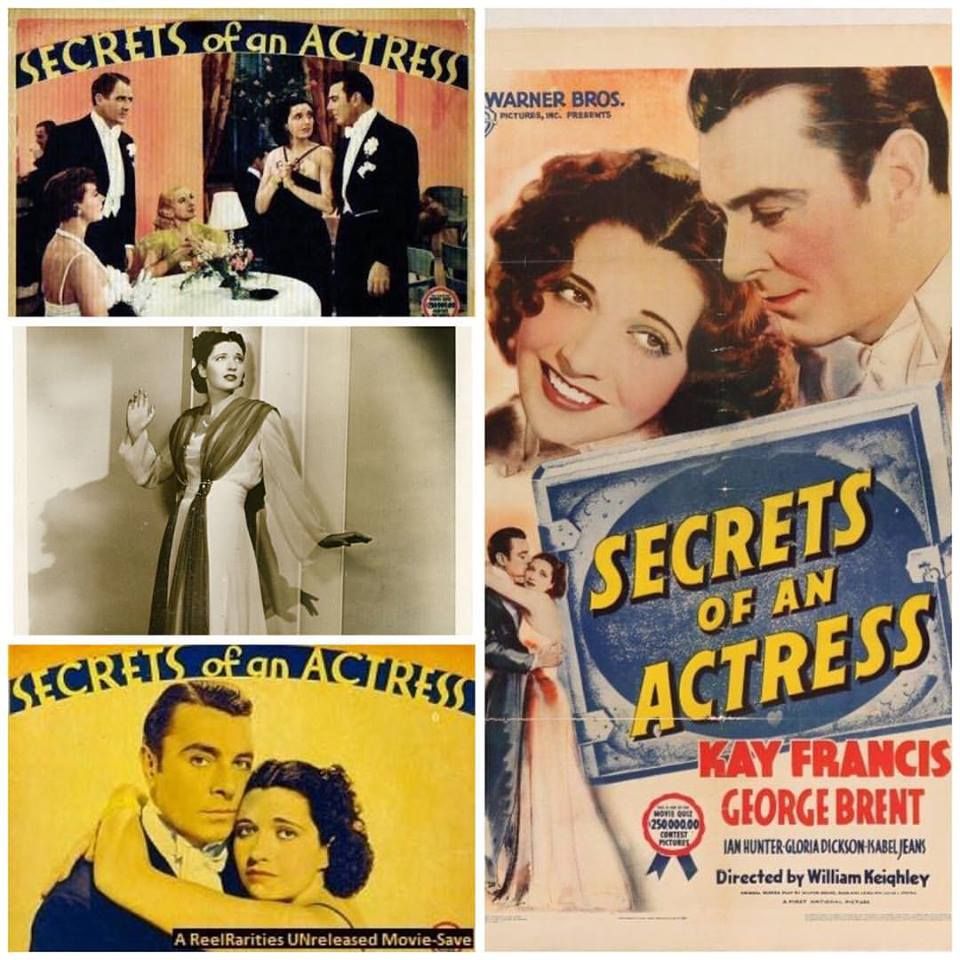











 Women in the Wind (1939) Poster
Women in the Wind (1939) Poster

























































































































































































































































































































































































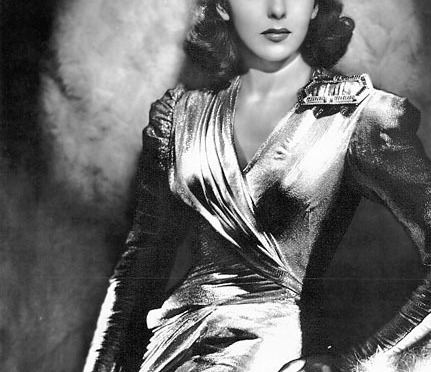
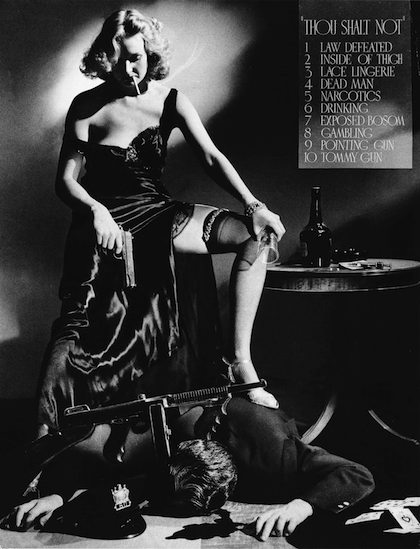
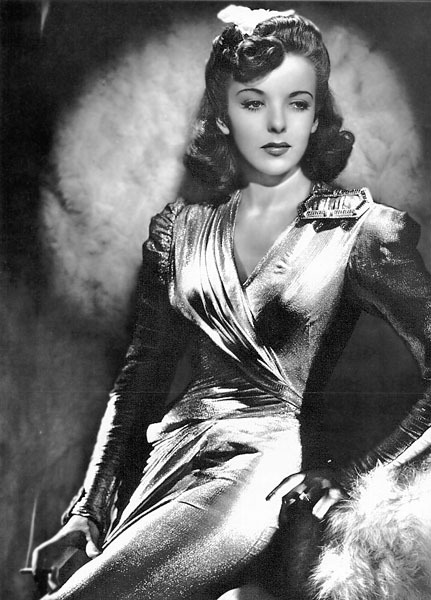
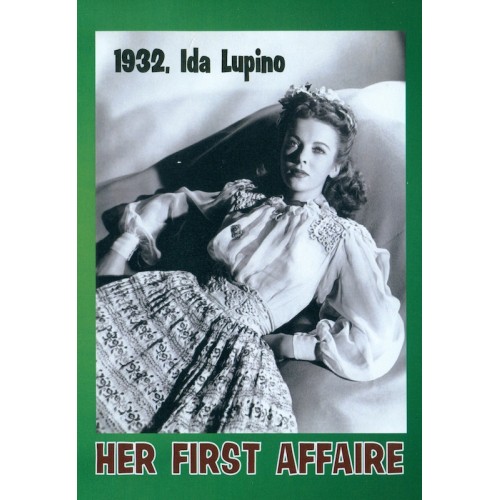
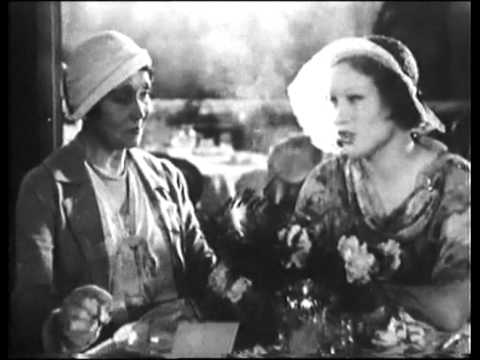
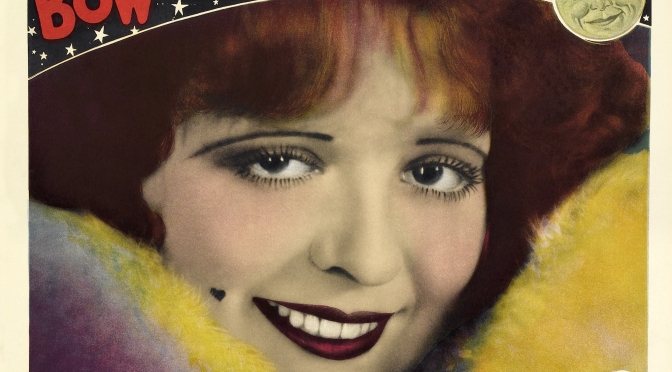
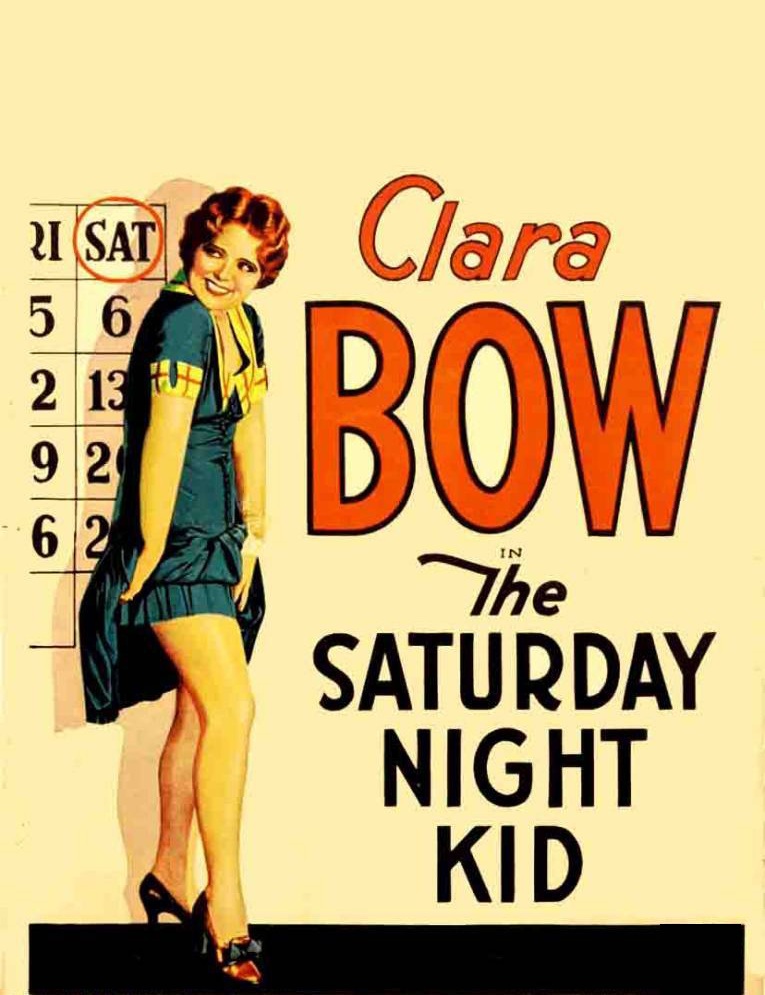
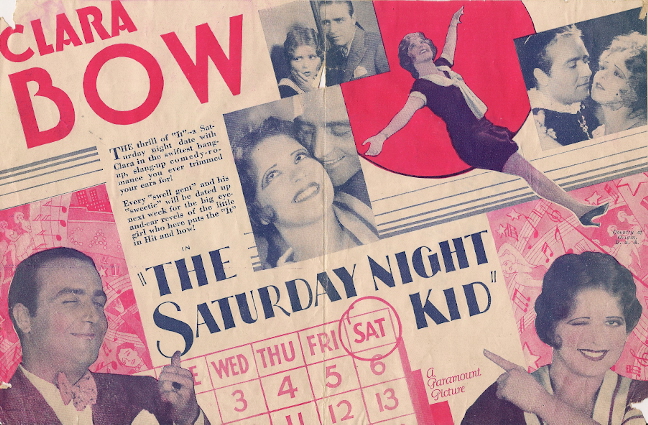
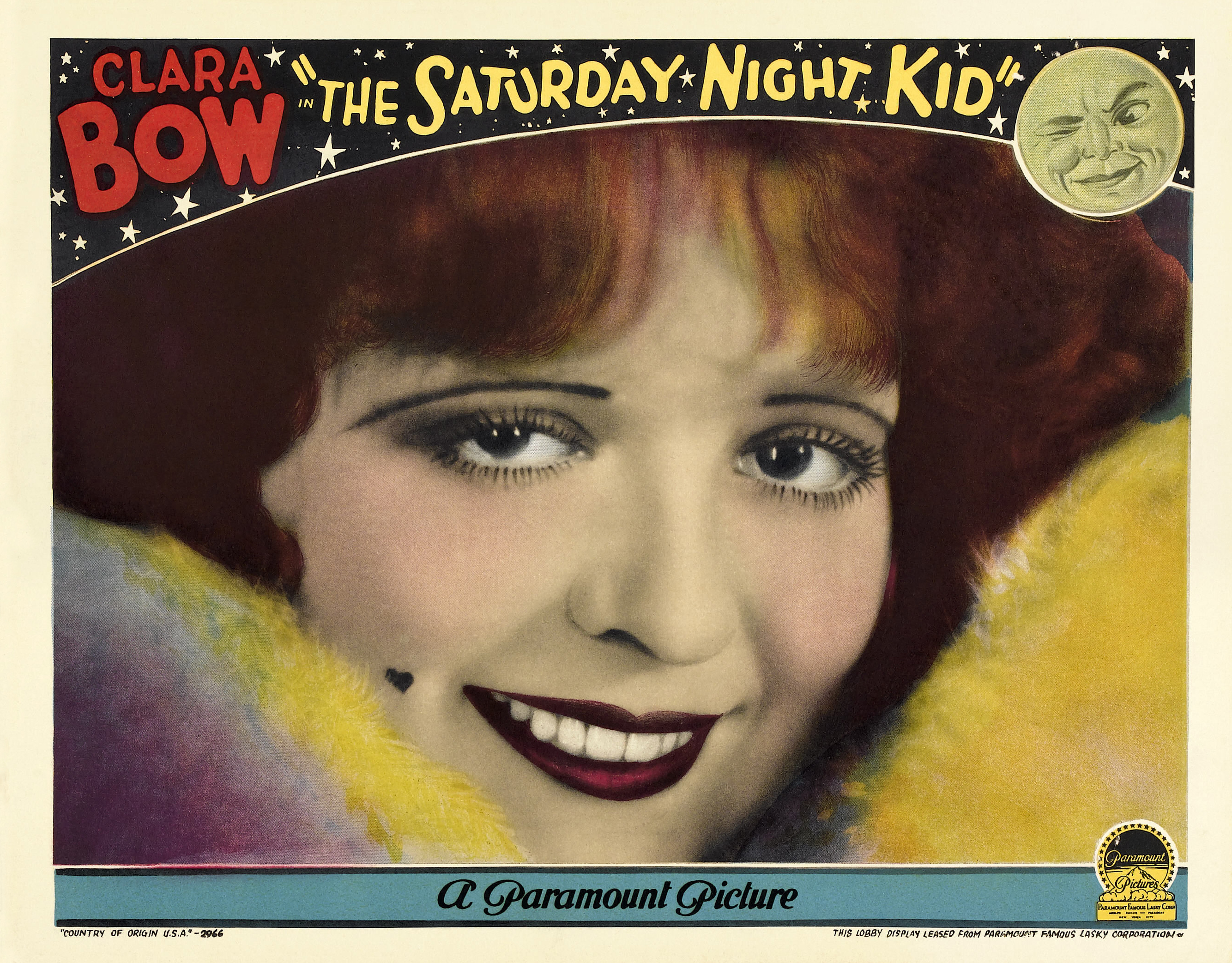

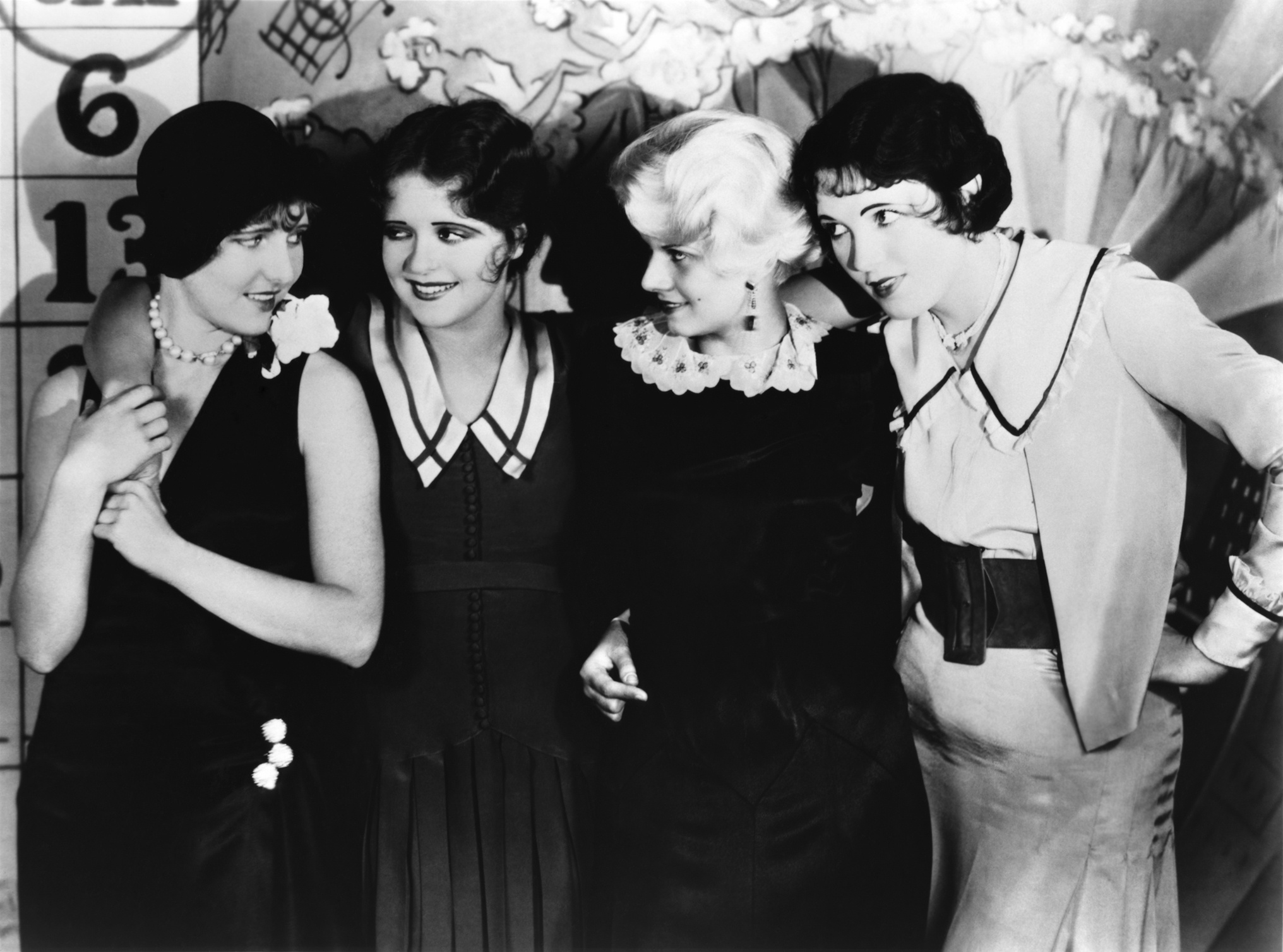
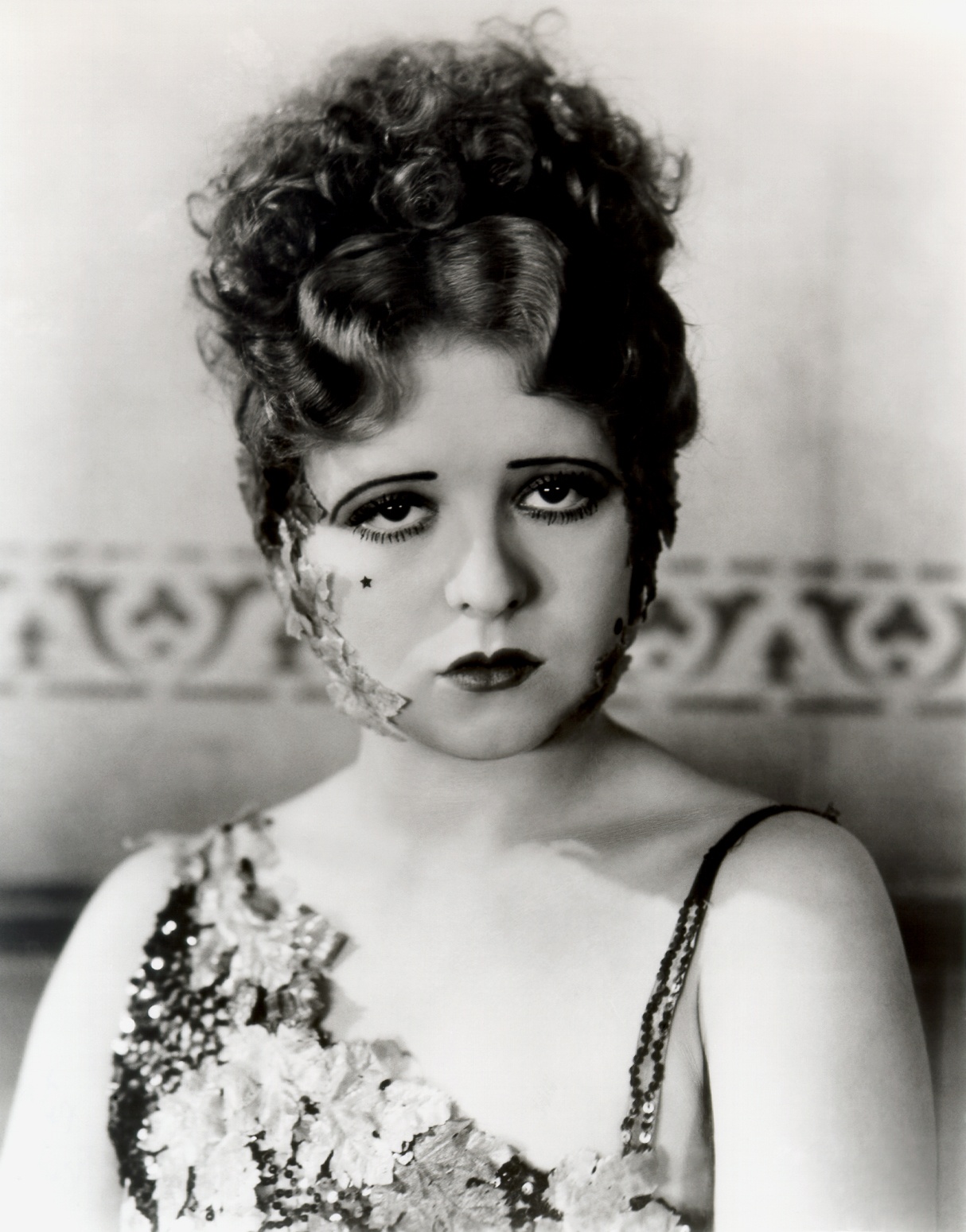
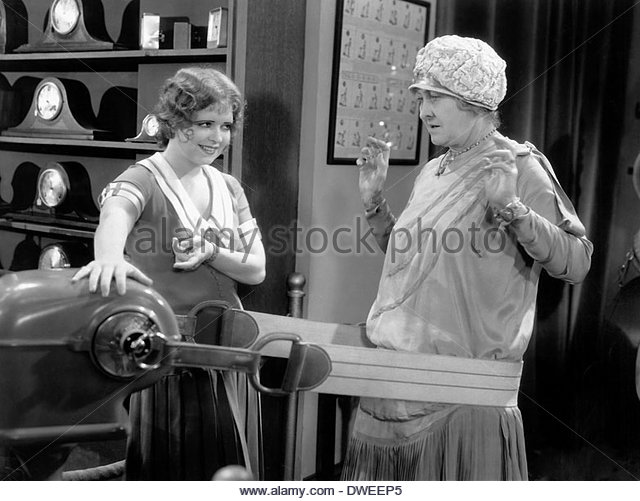
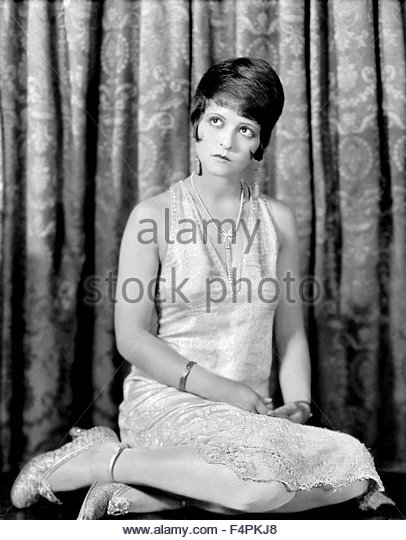
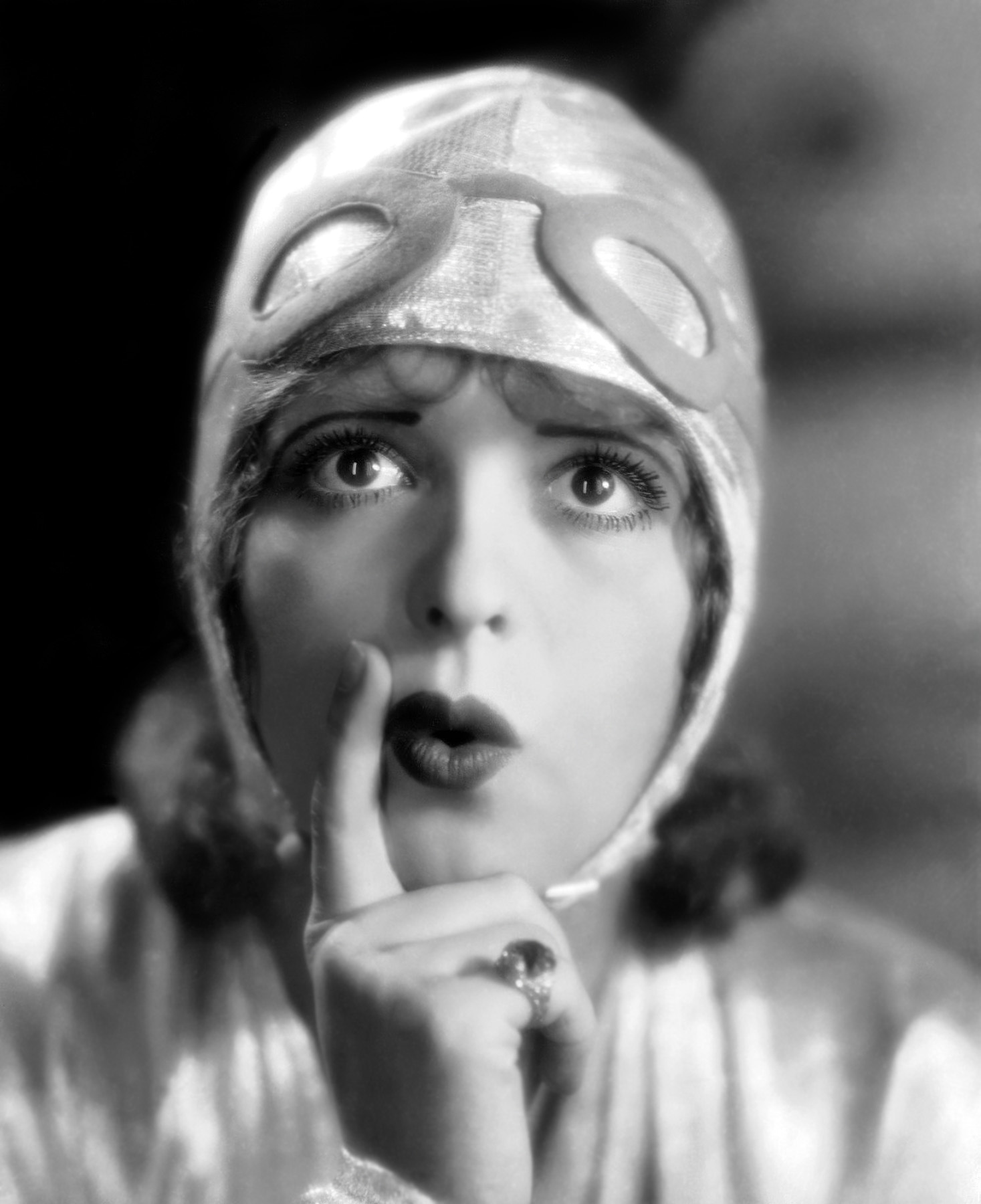
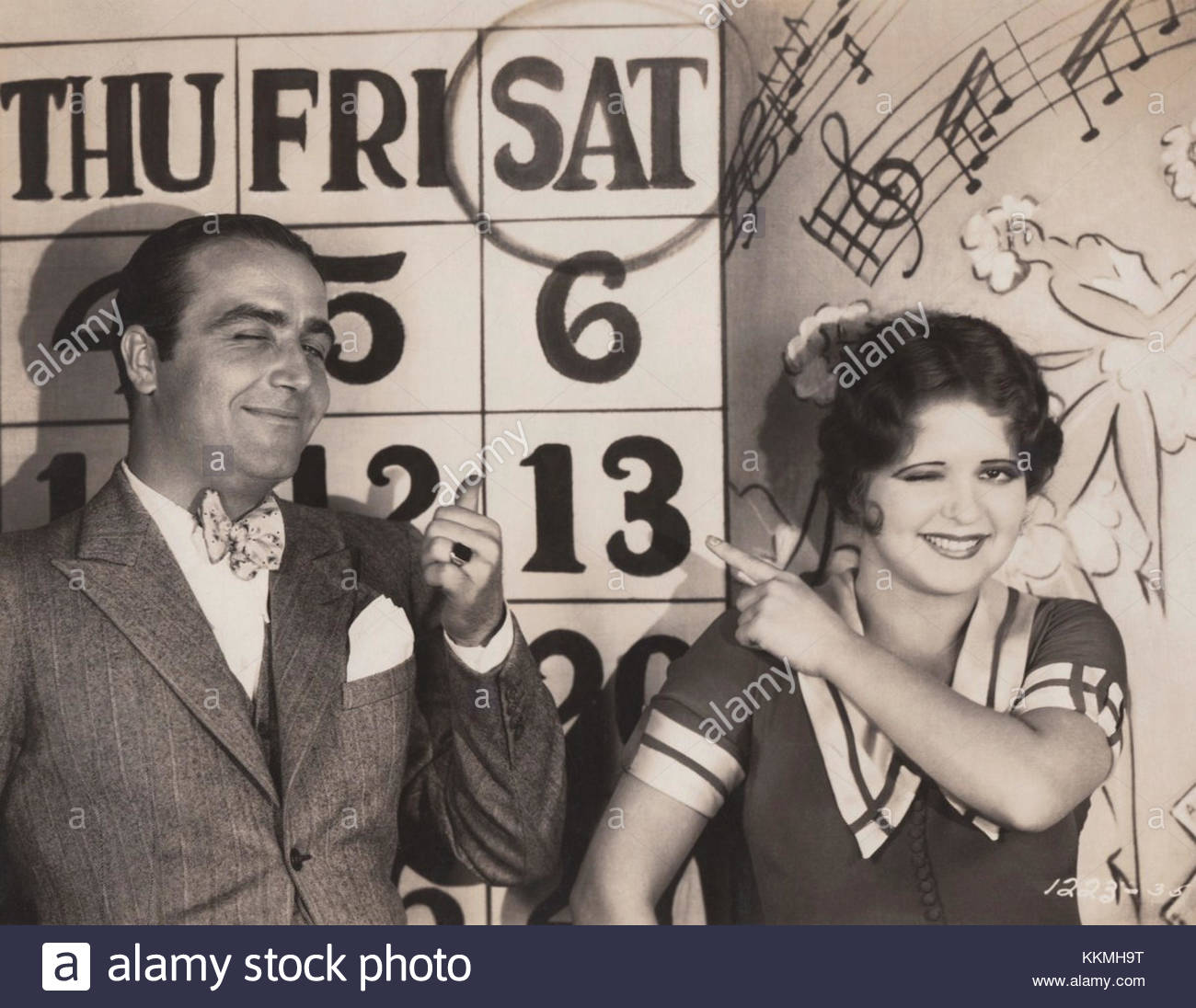


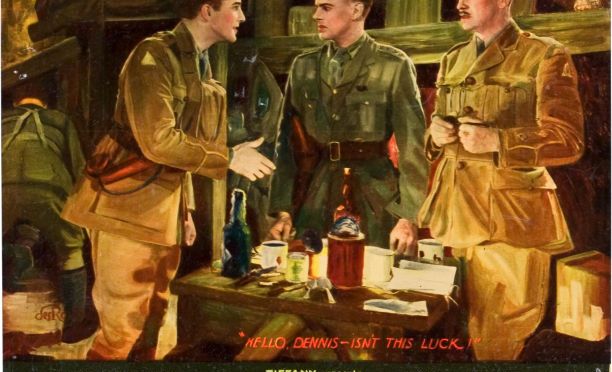
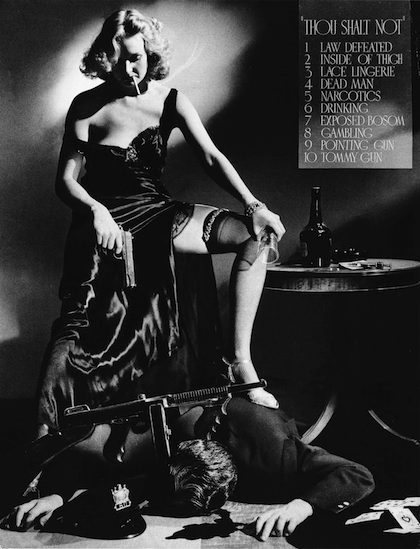
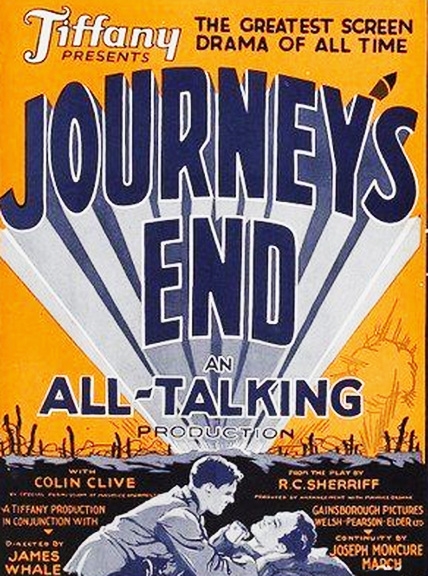
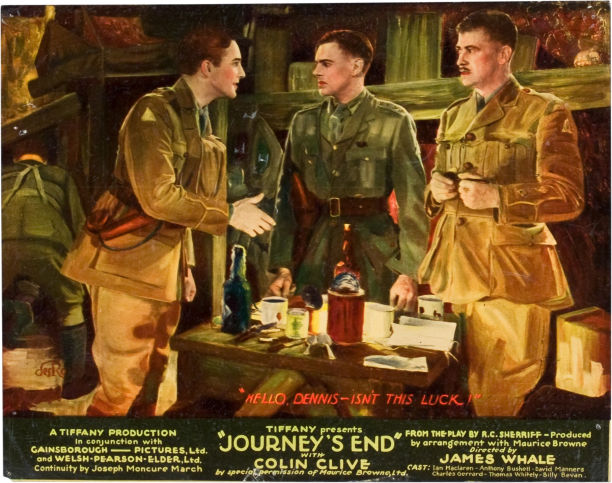
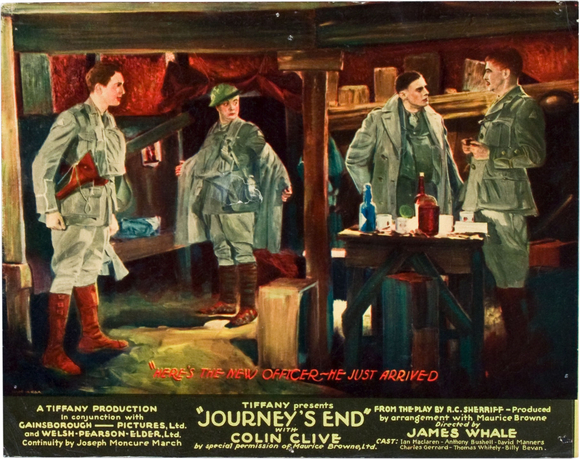
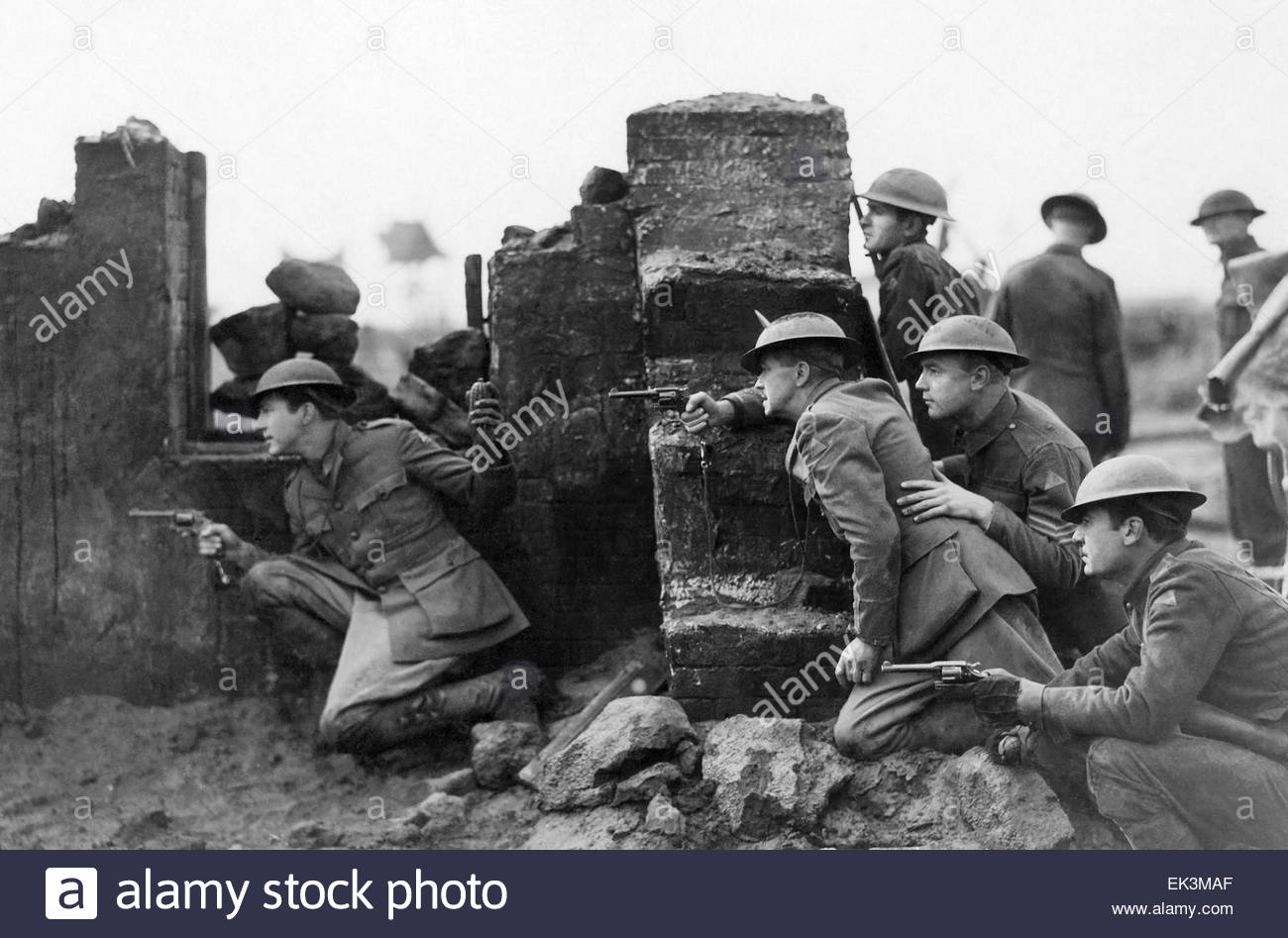
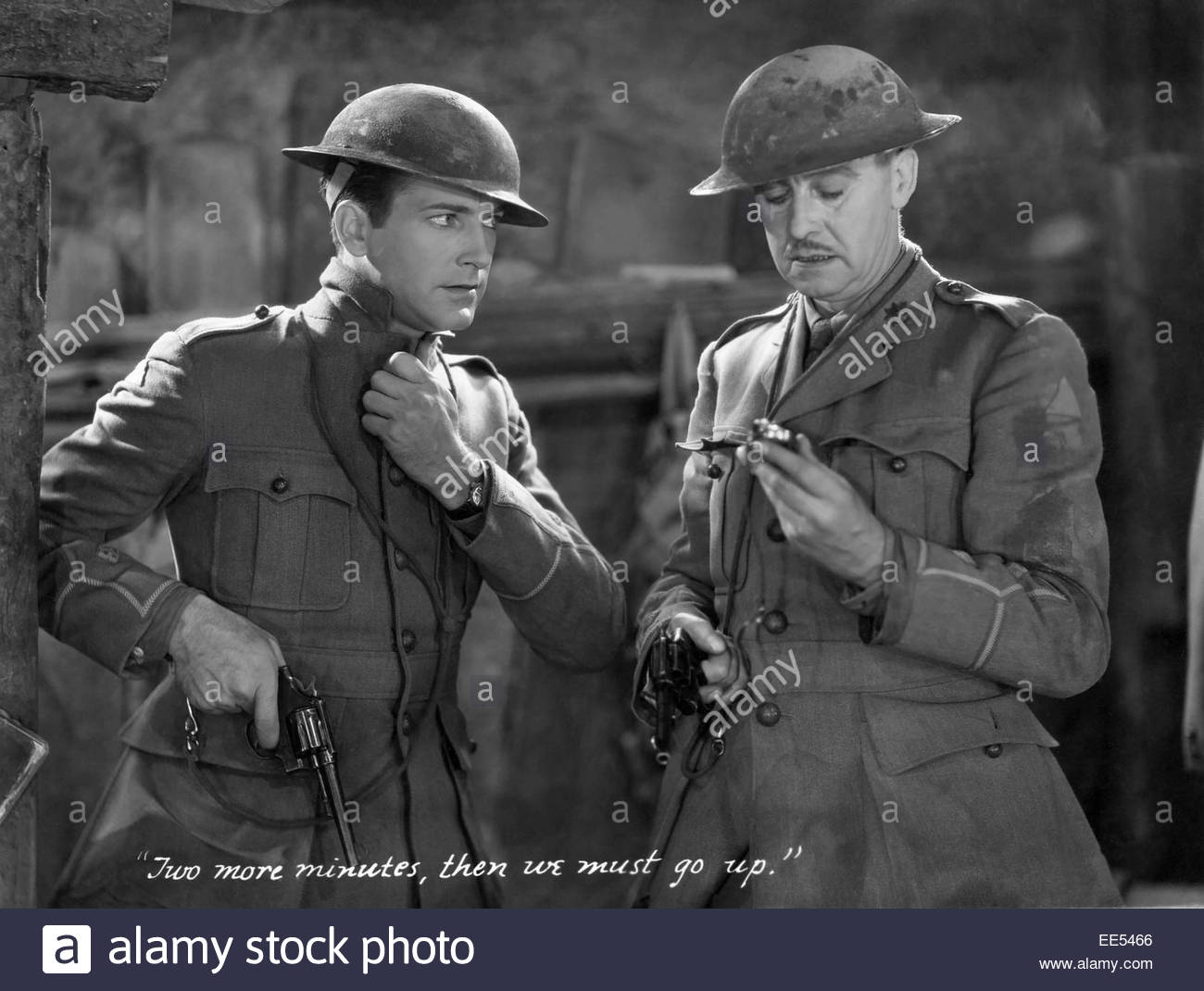
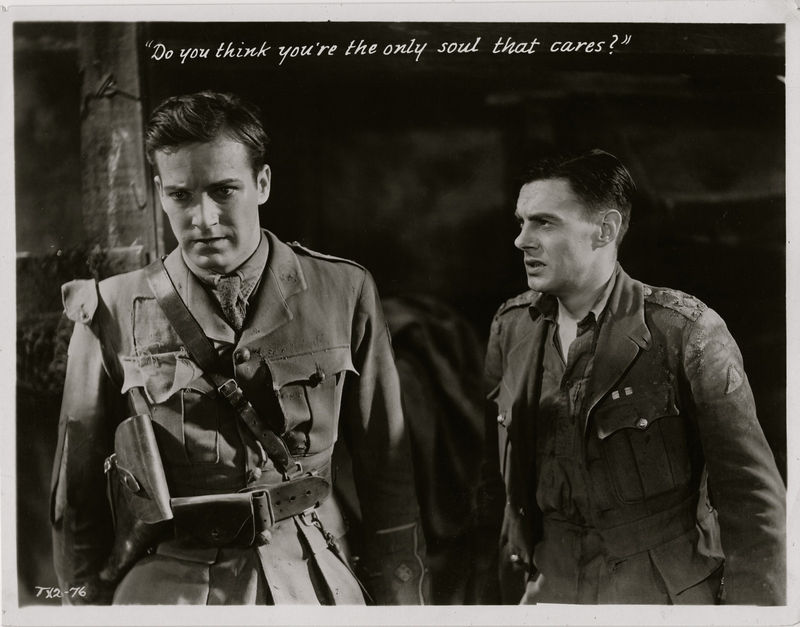
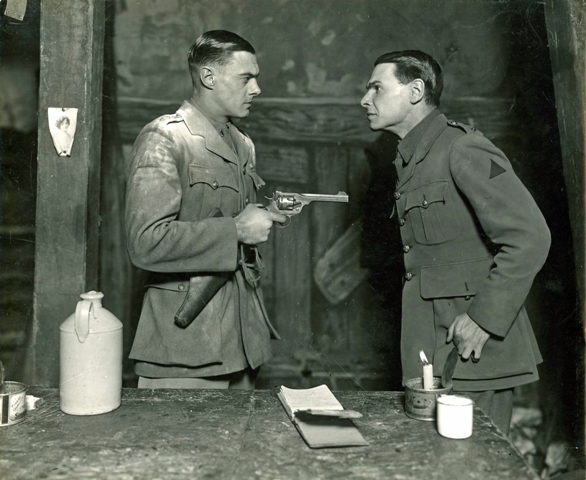
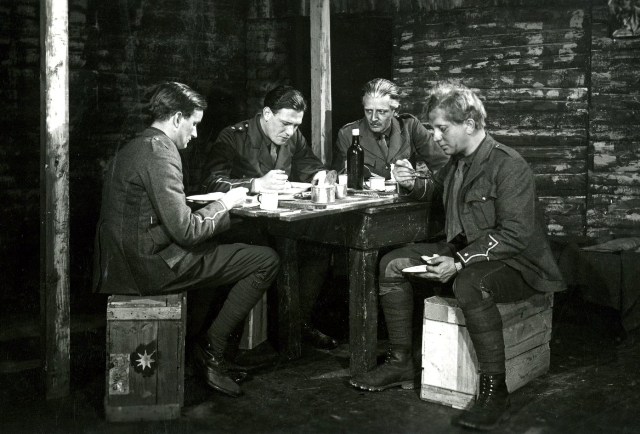
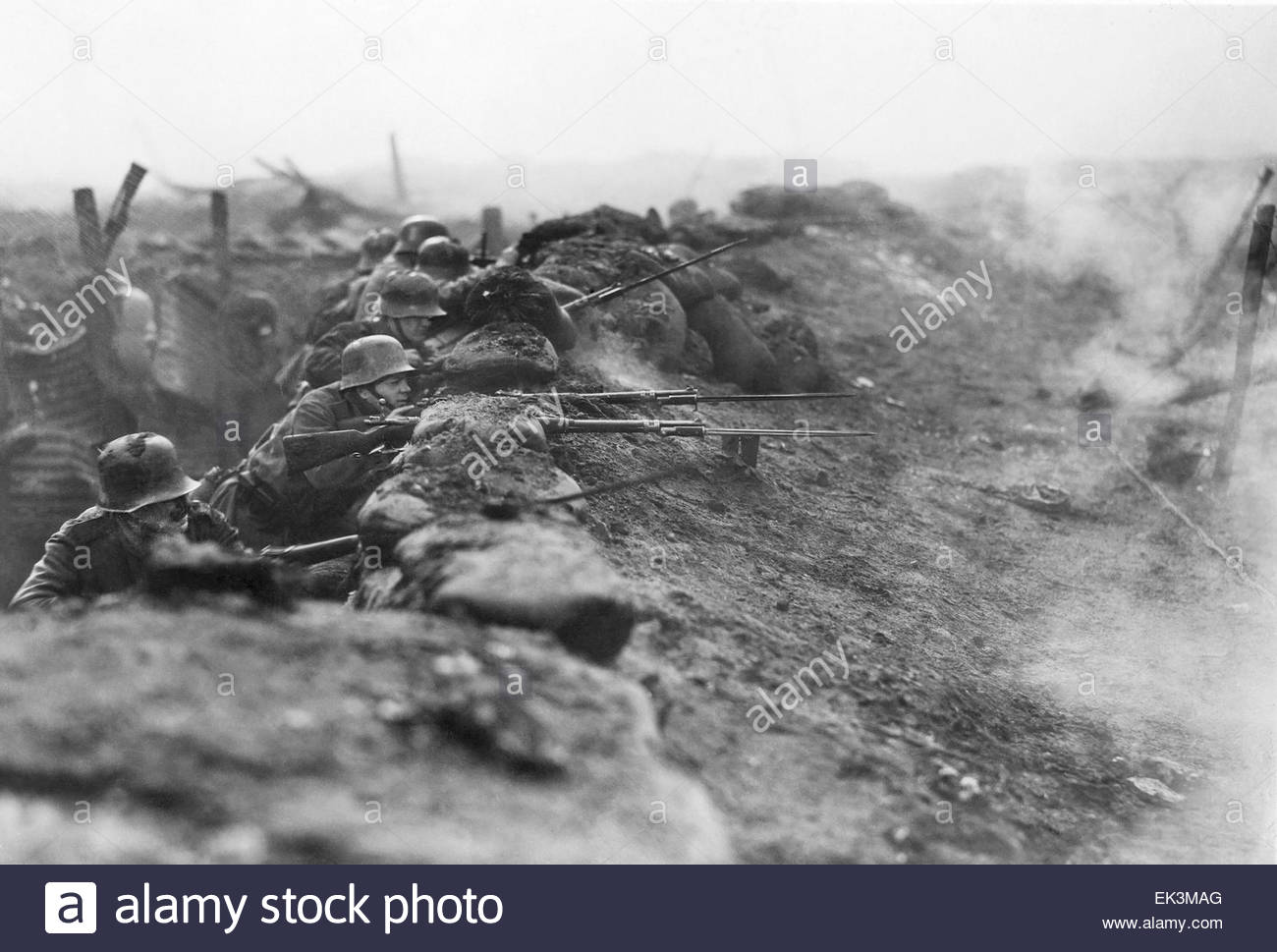

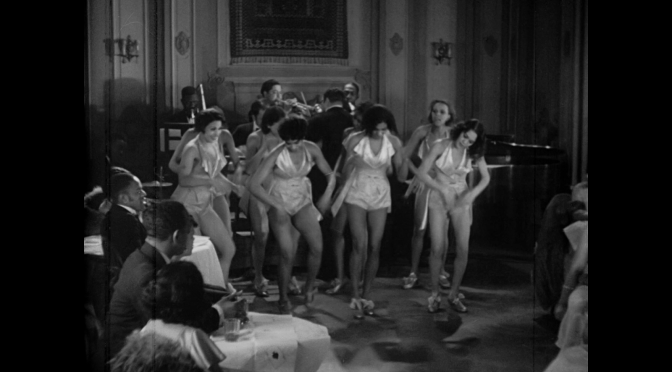
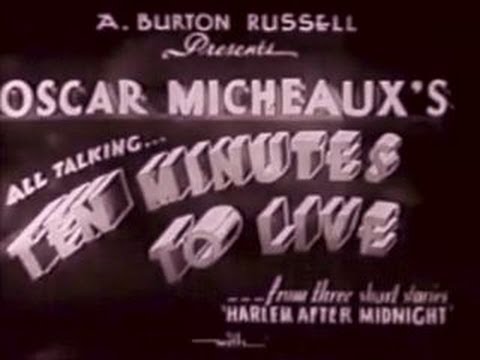
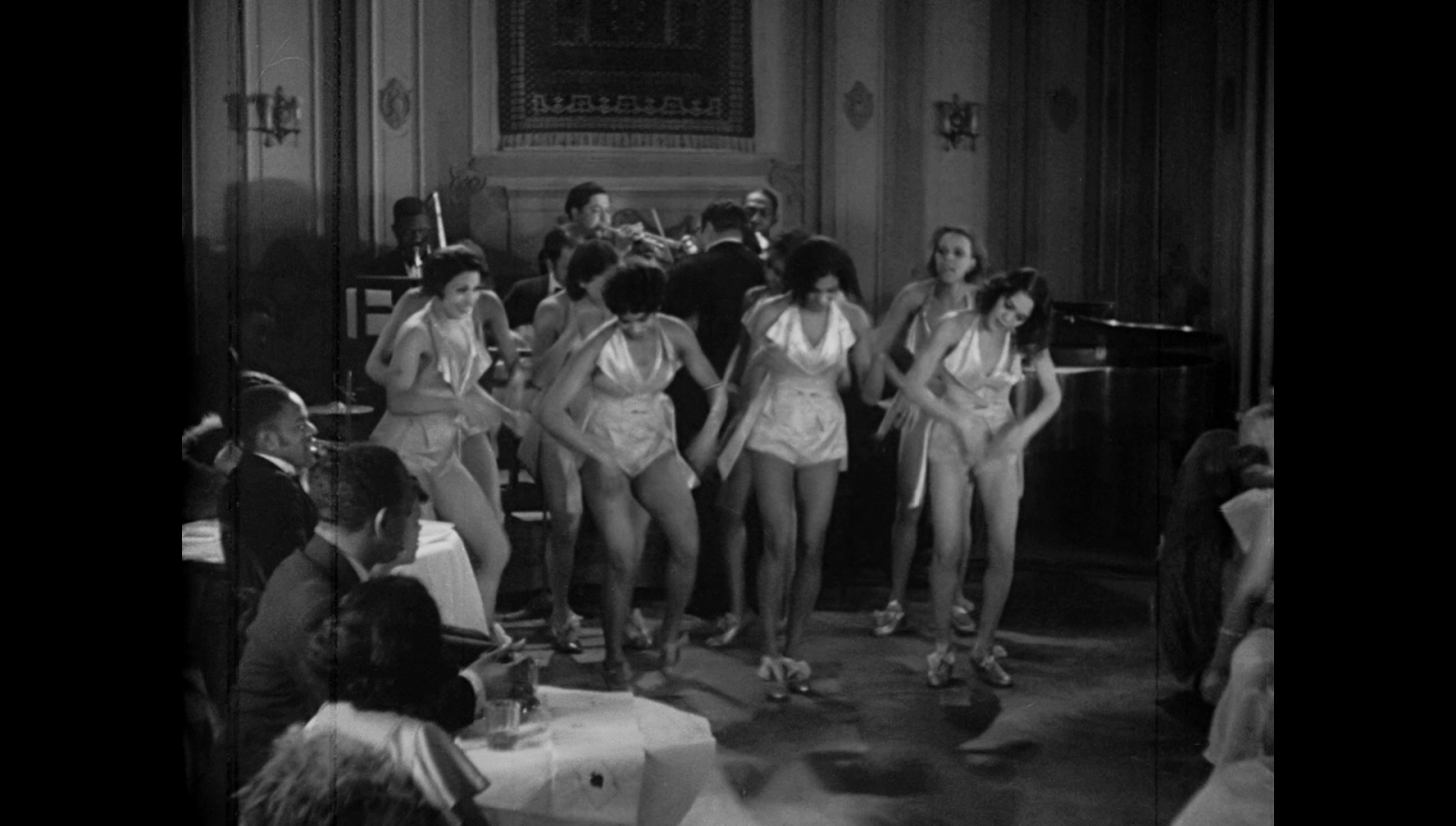
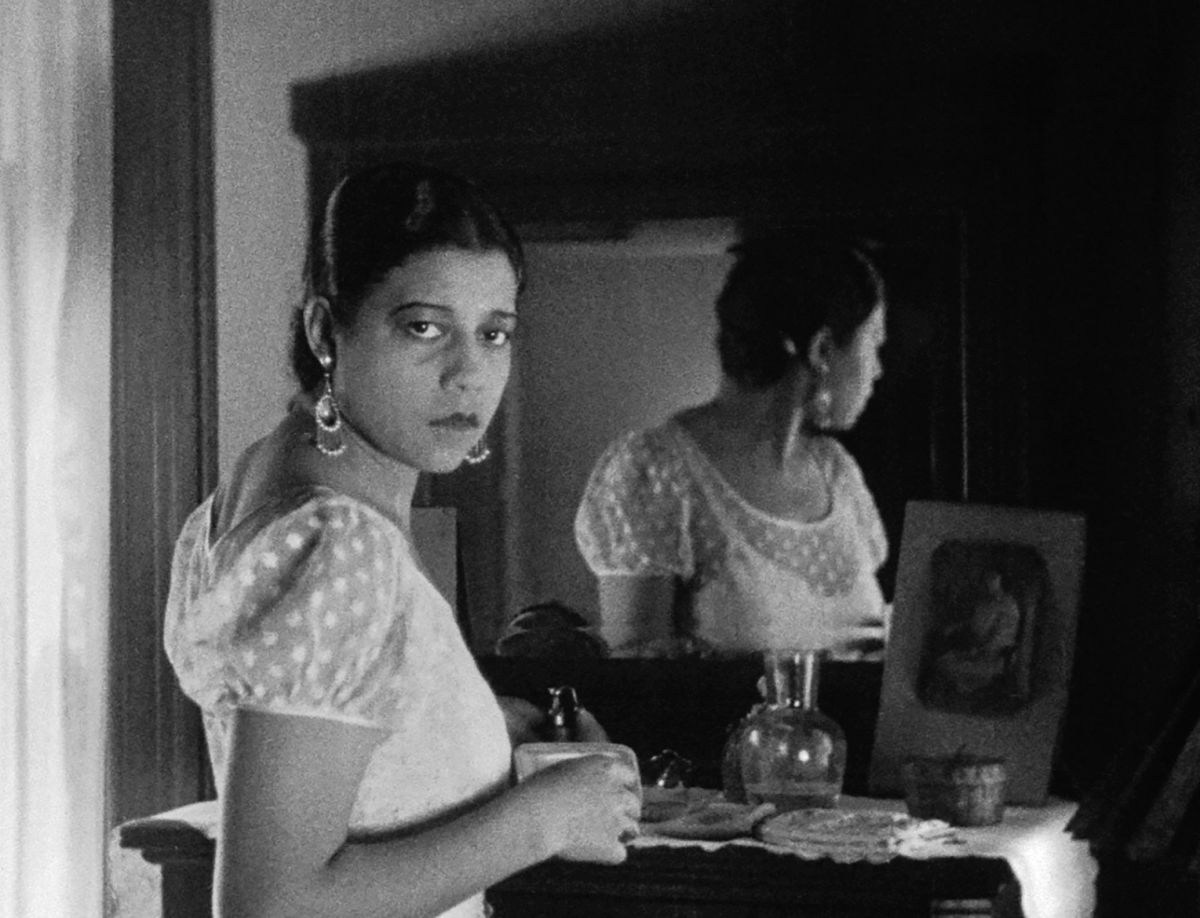
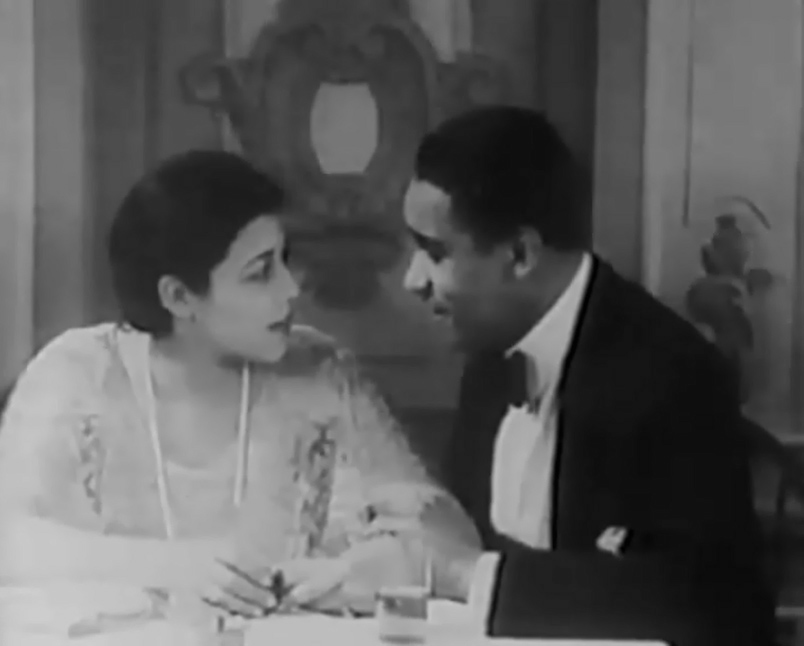

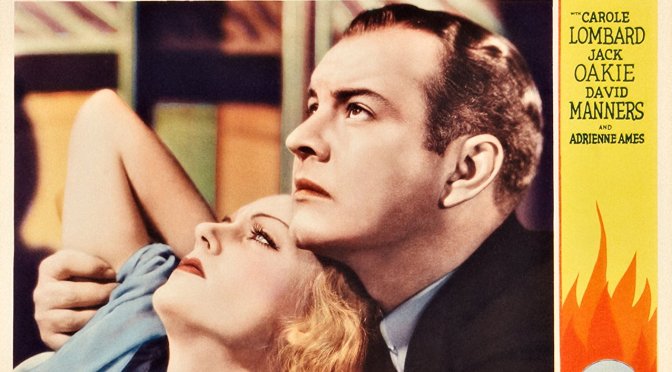
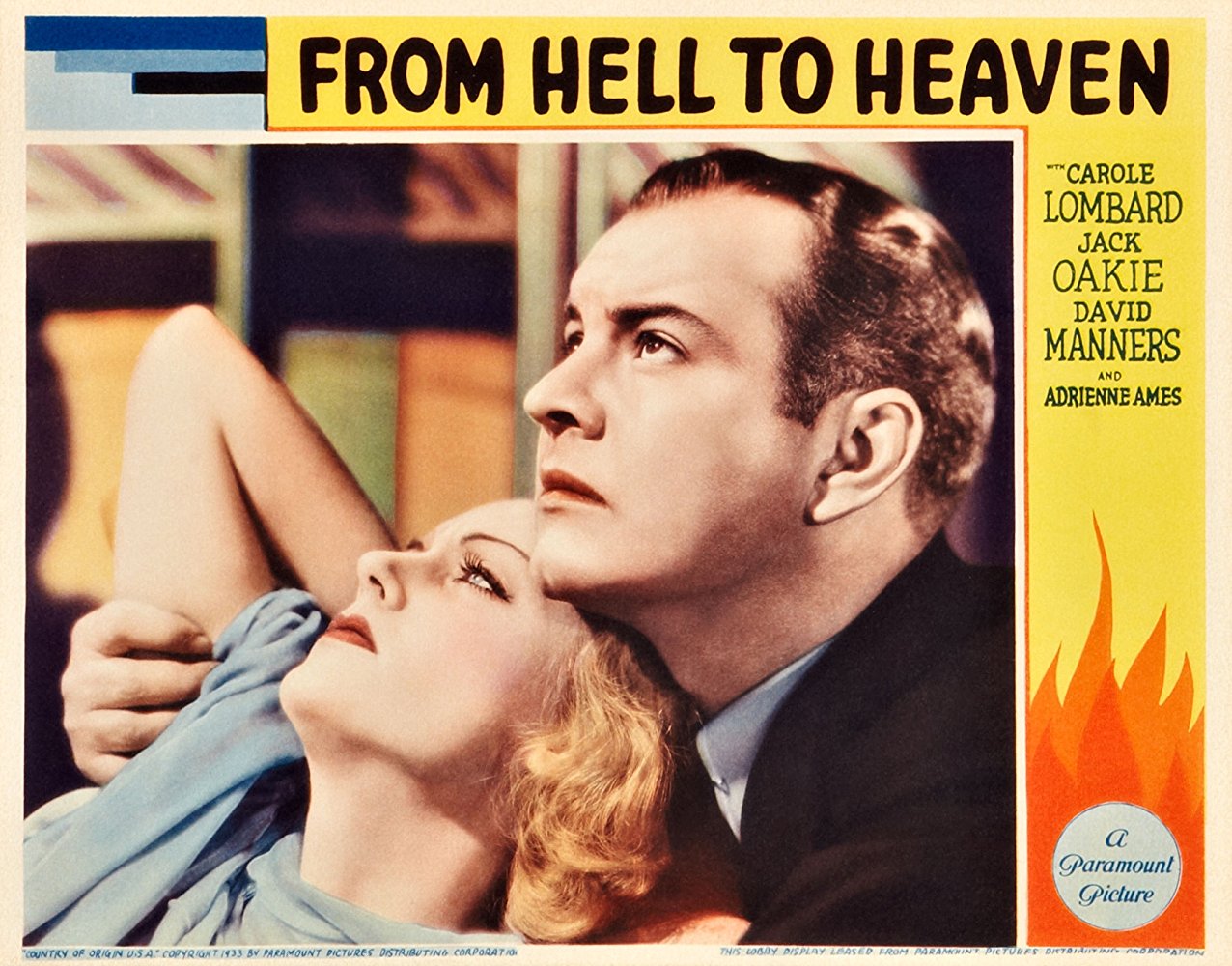
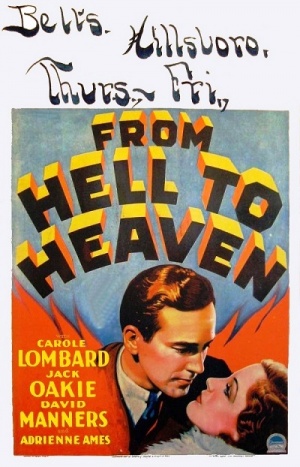
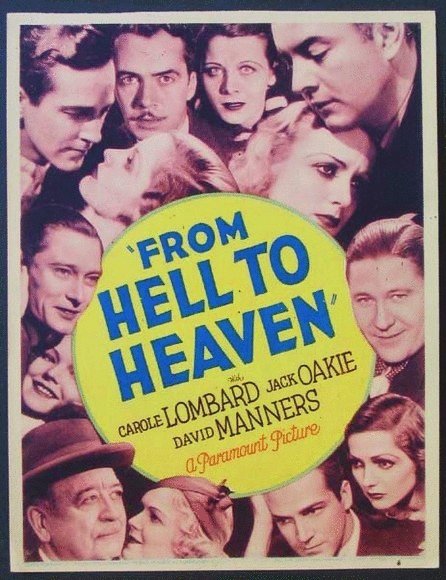
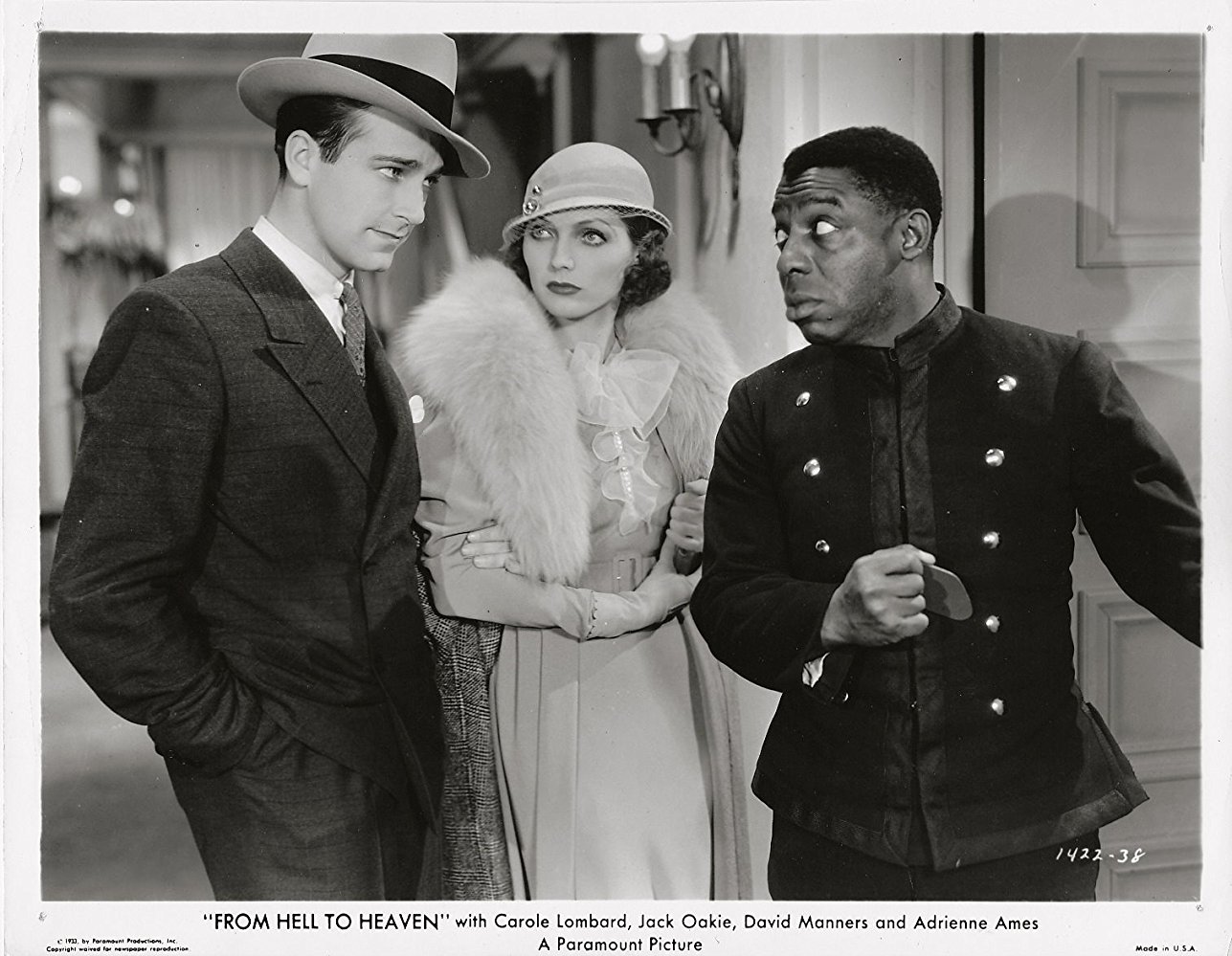
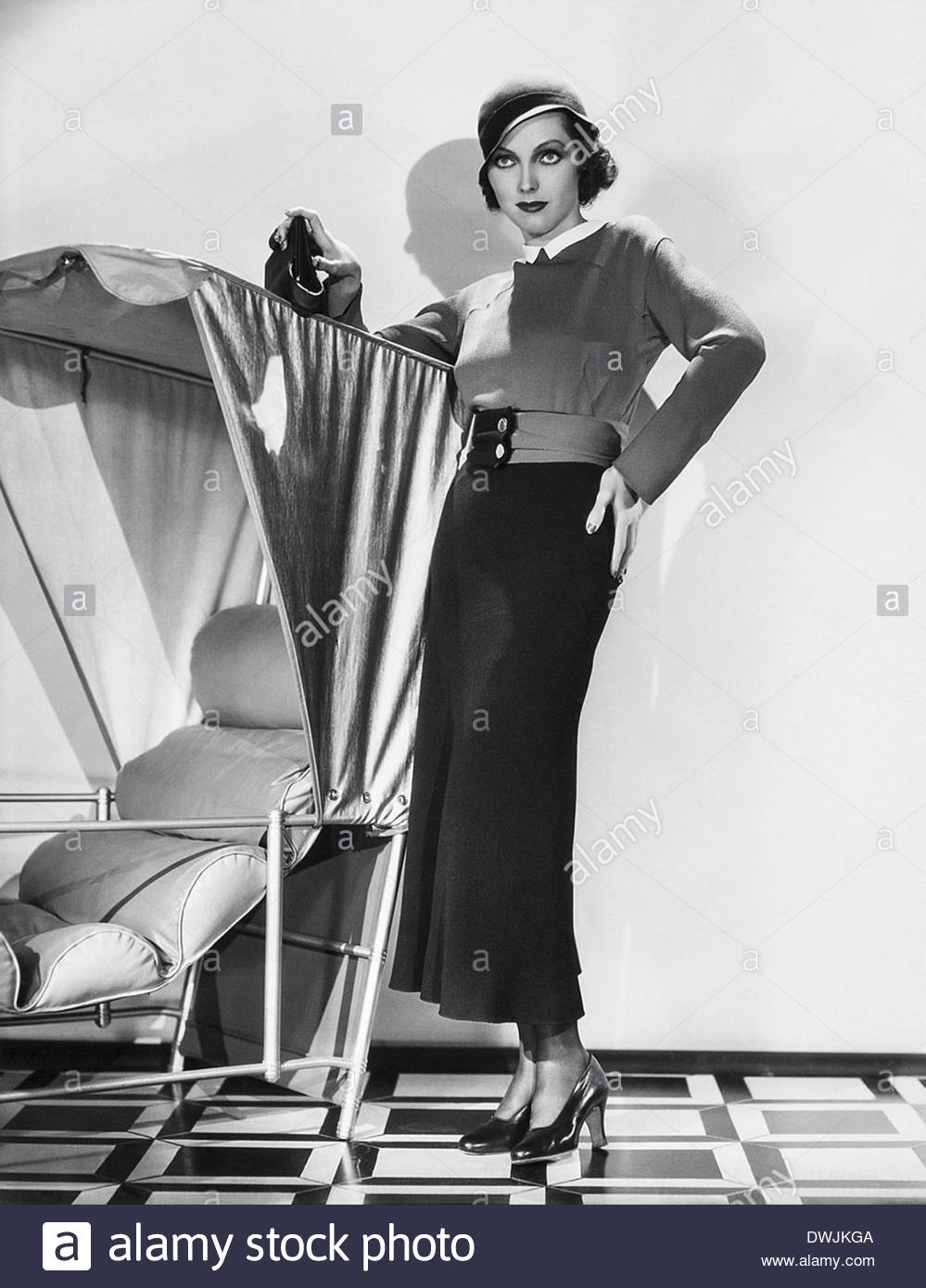
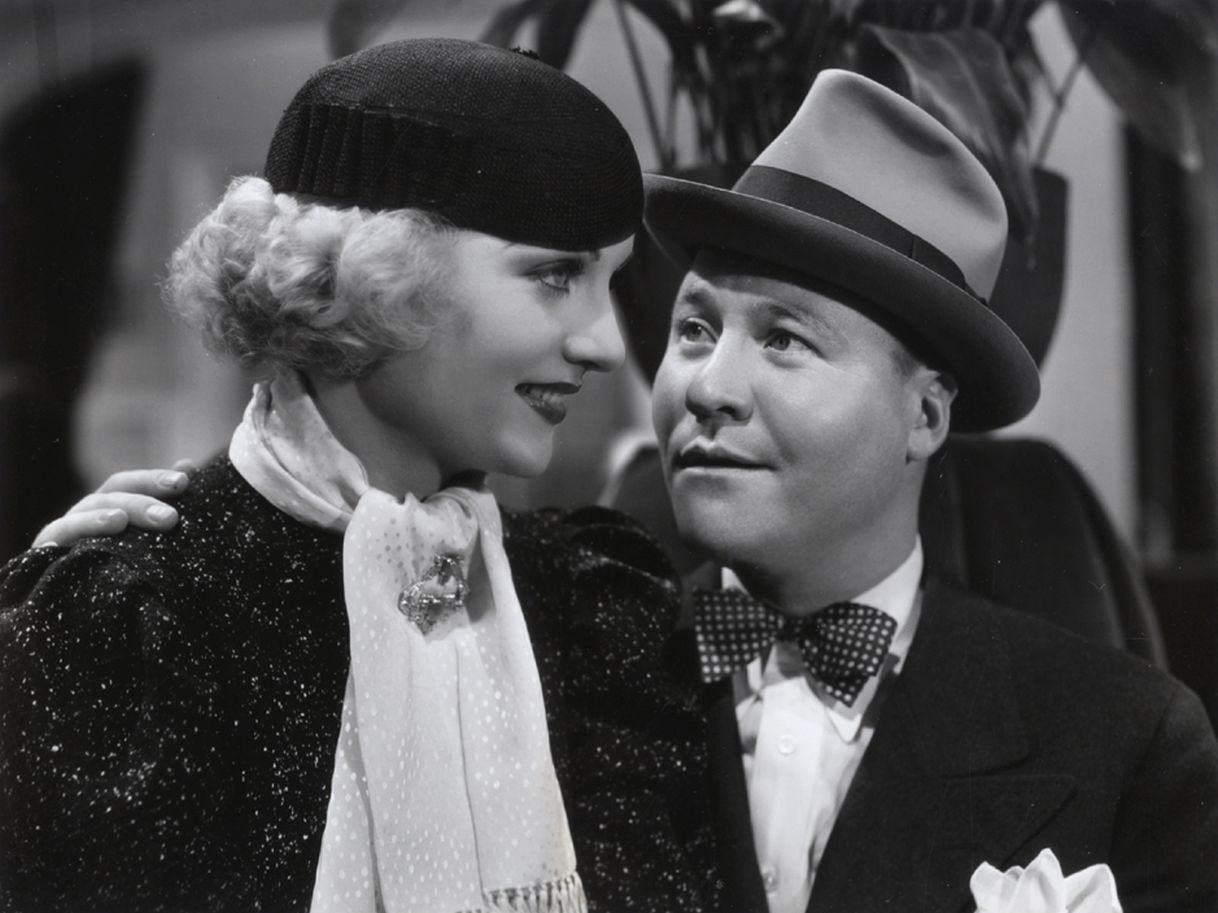
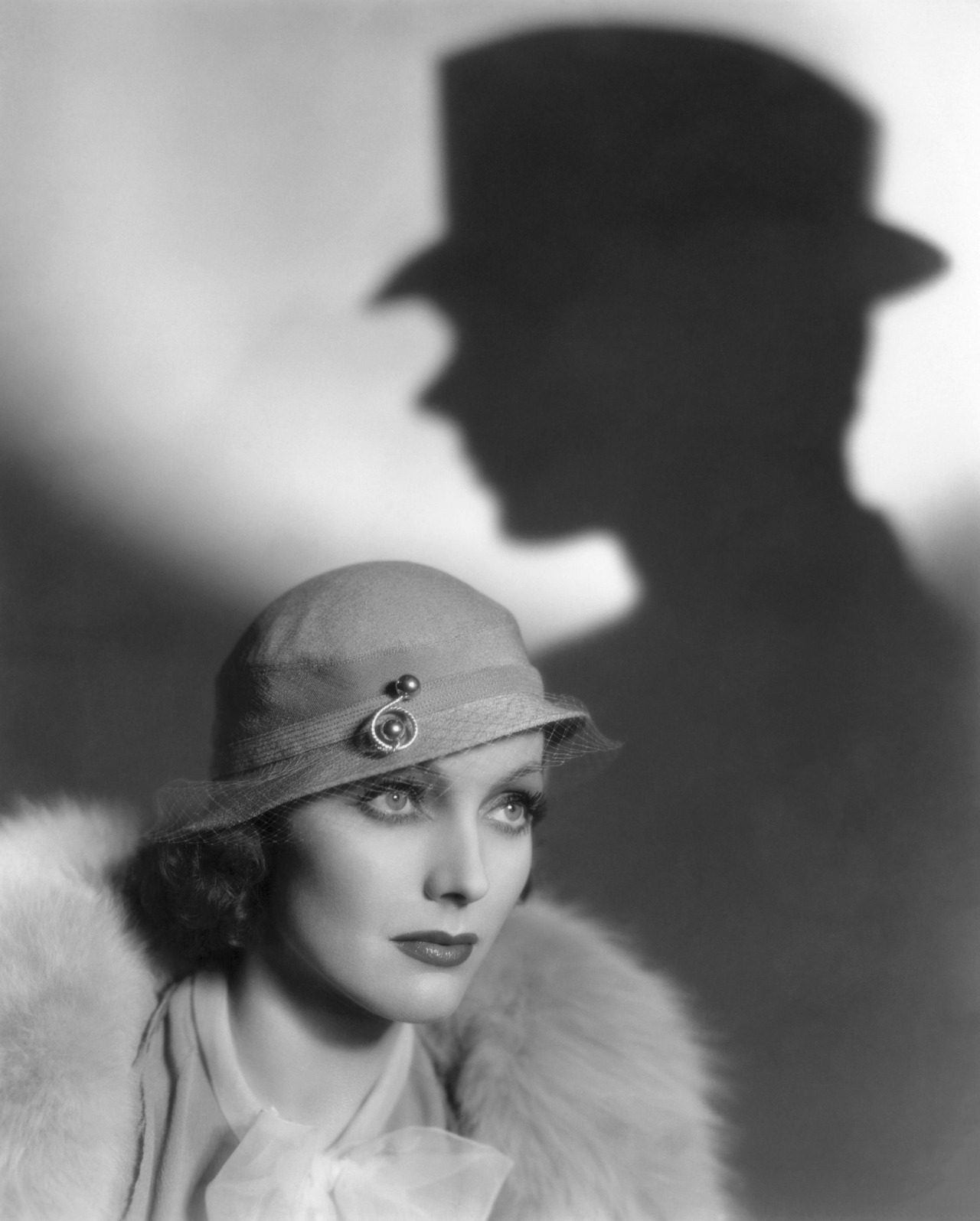
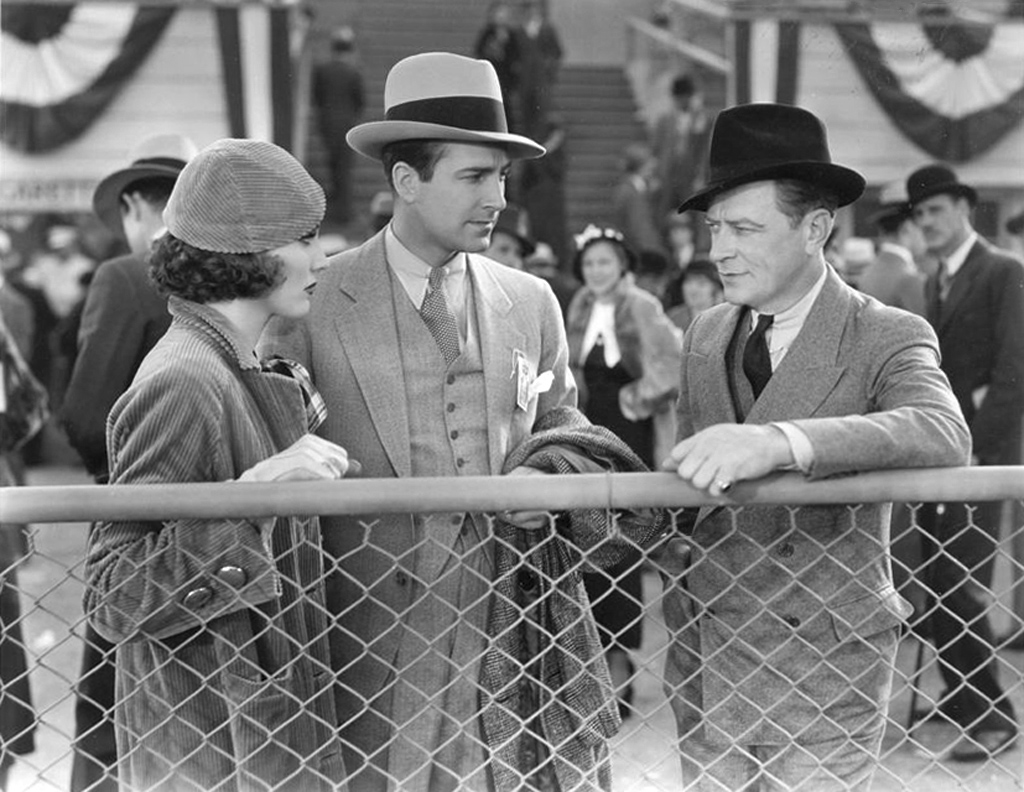
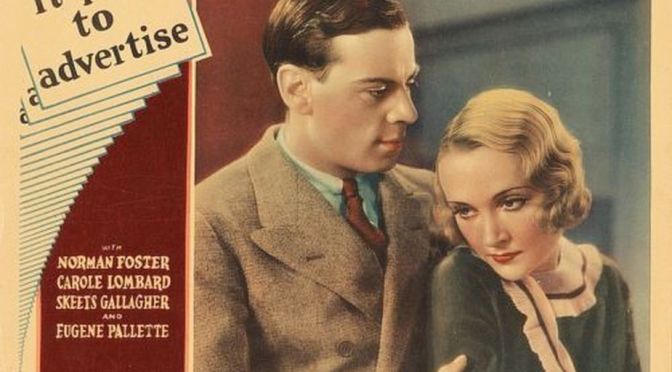
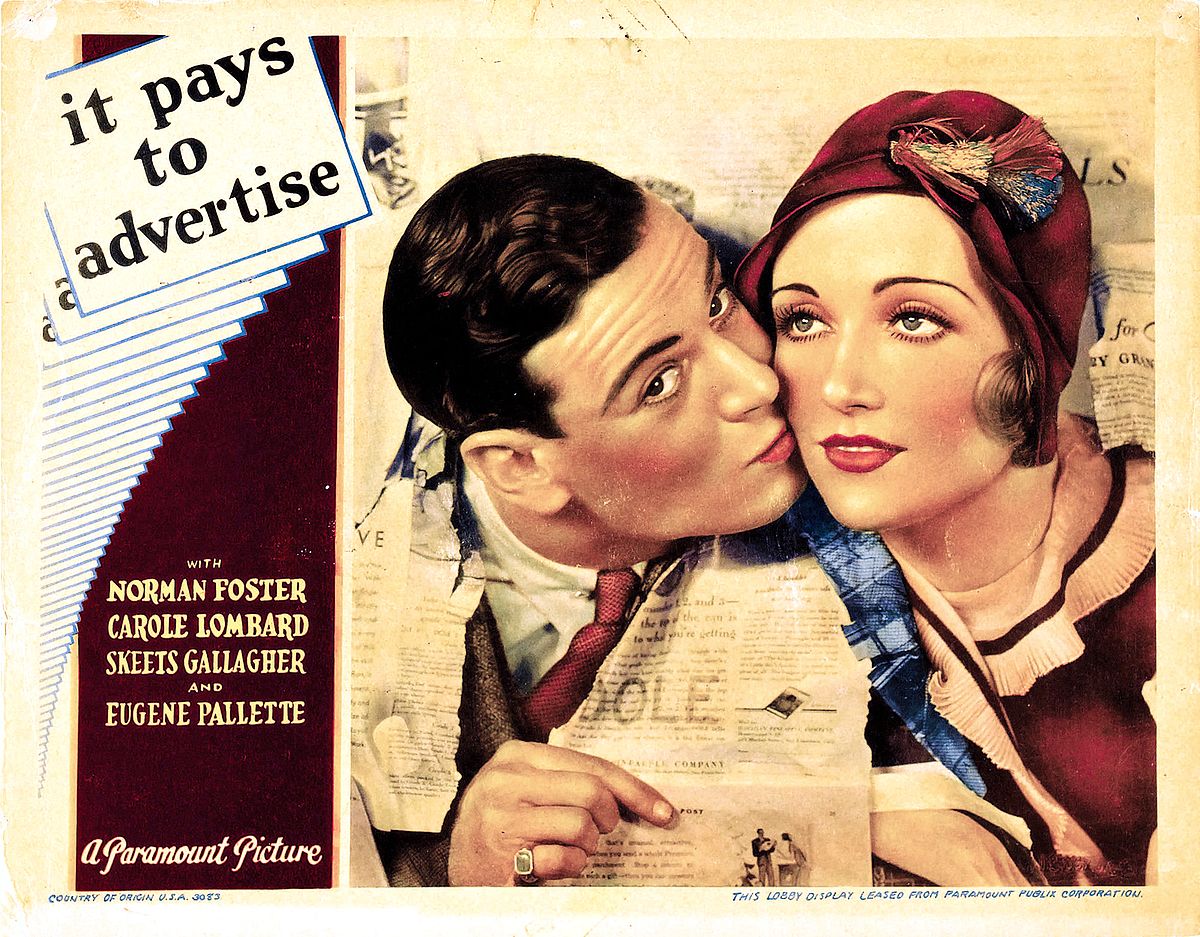
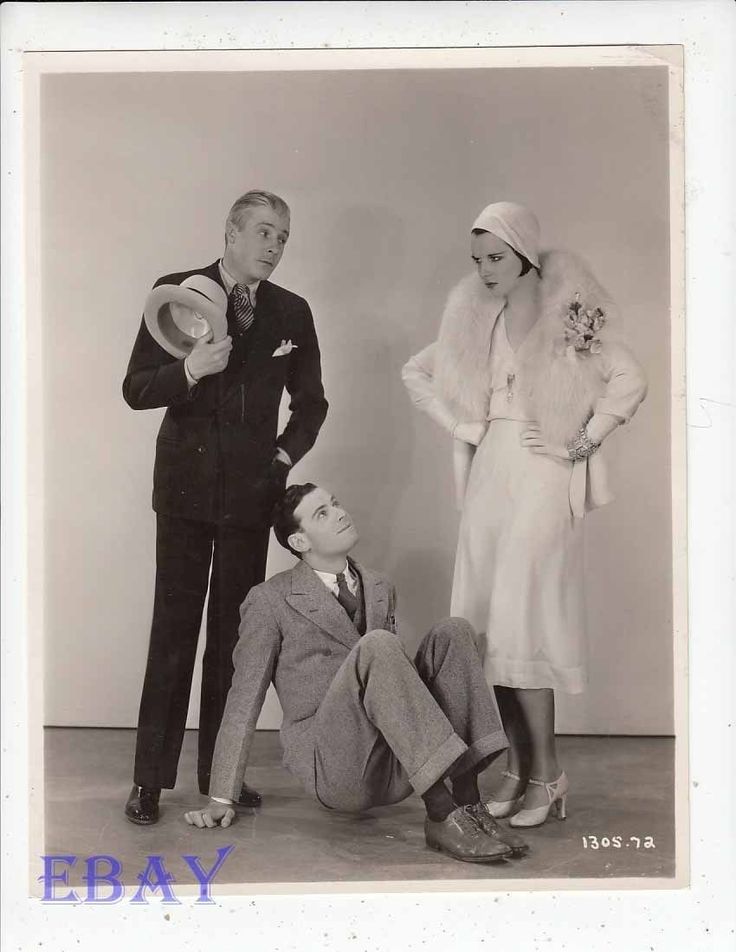
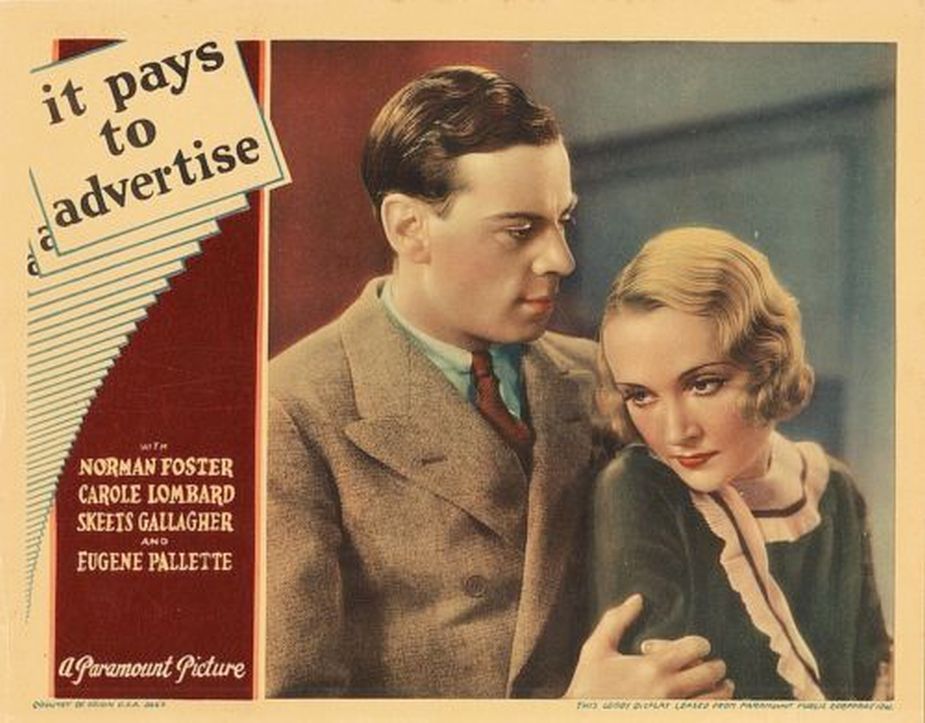
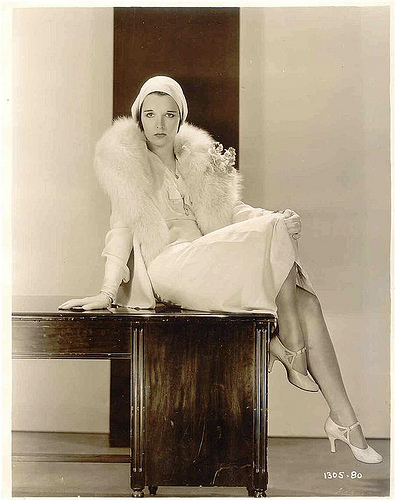
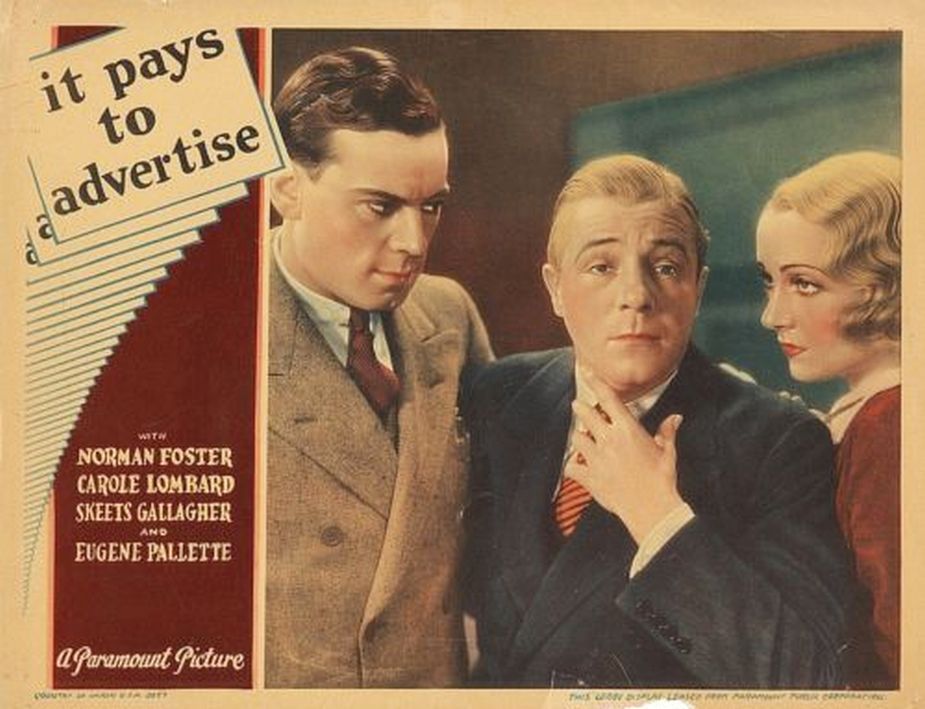
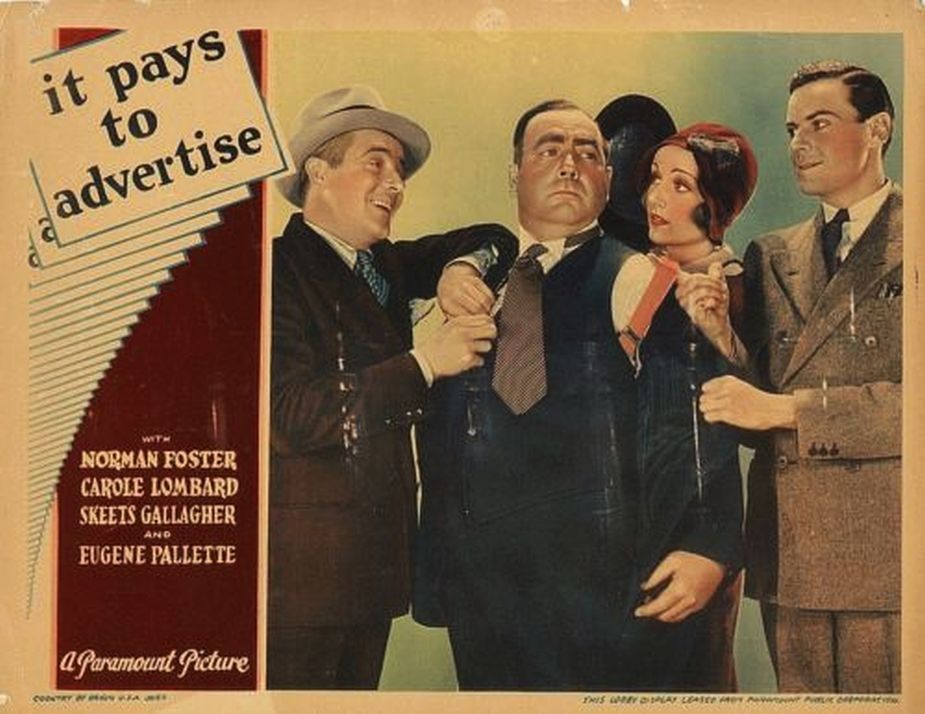
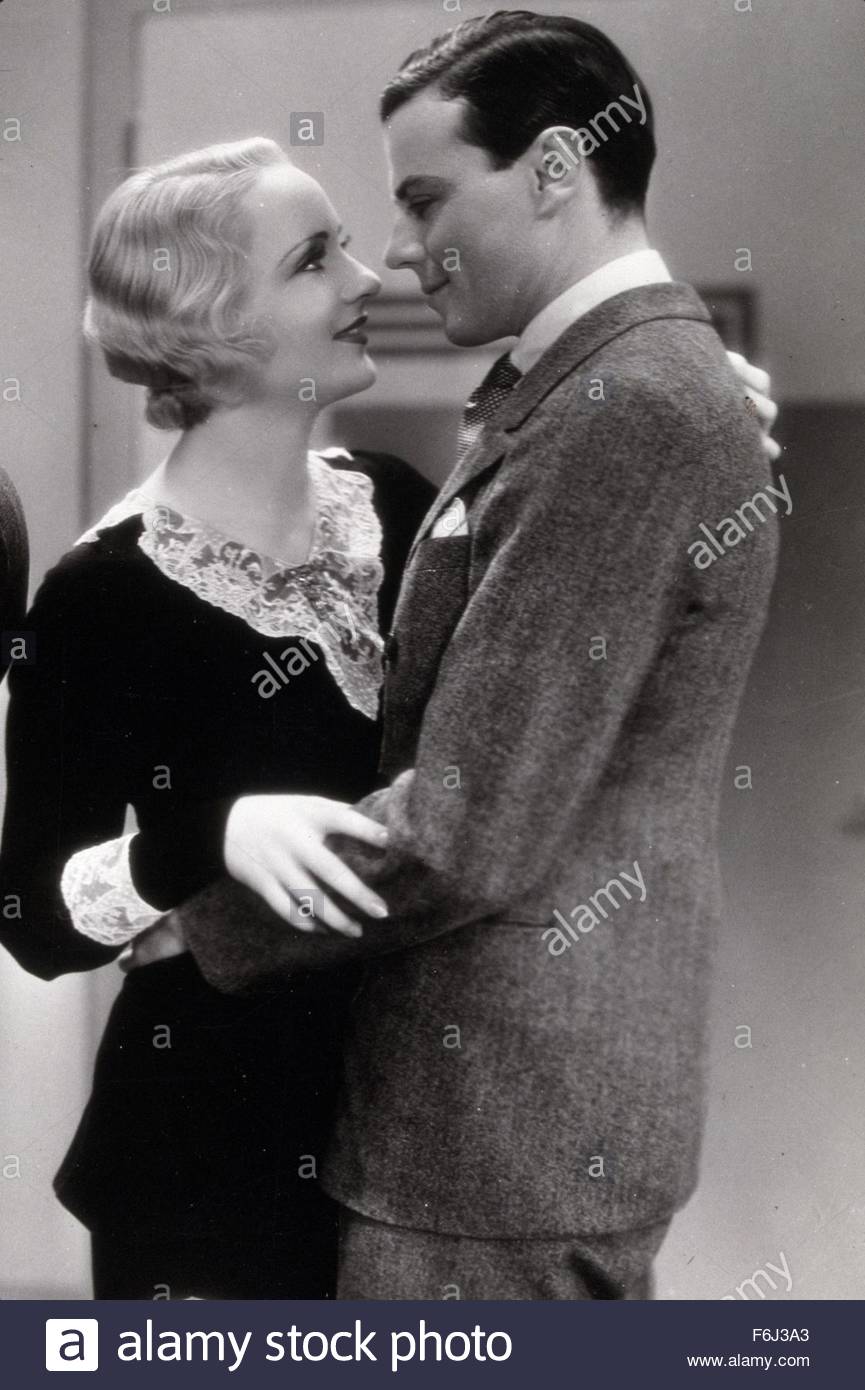
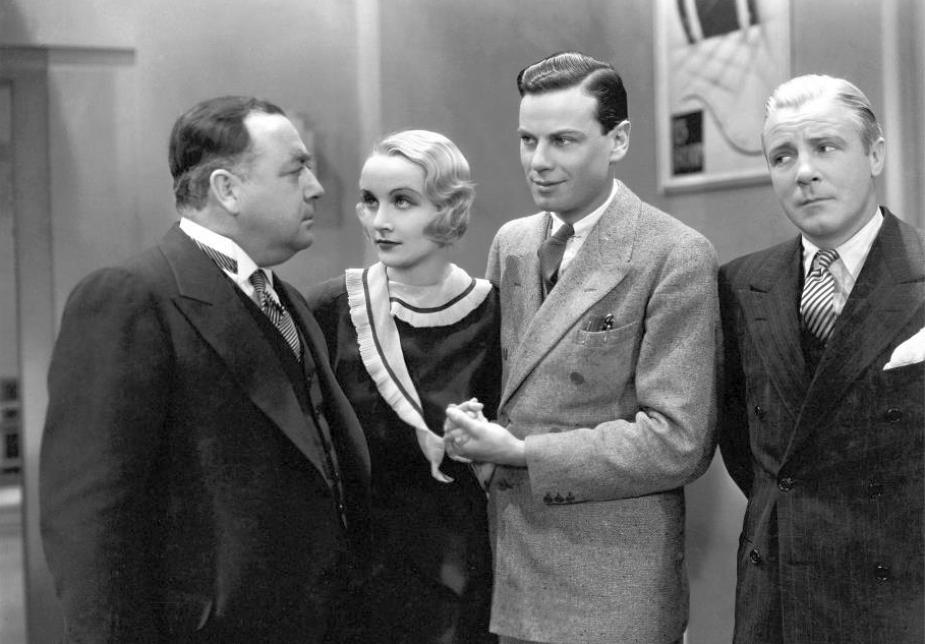
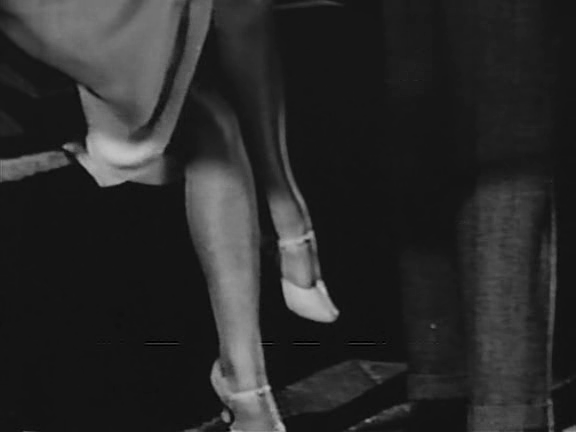
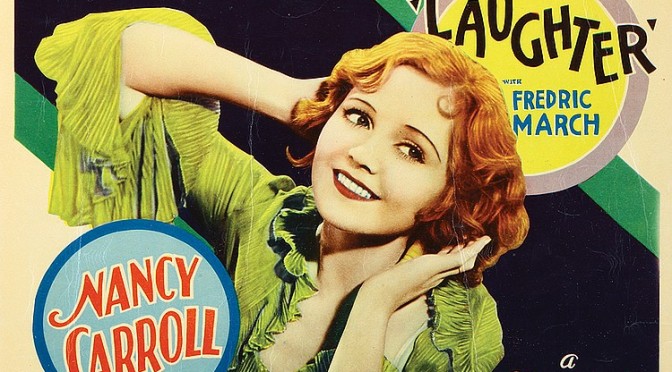
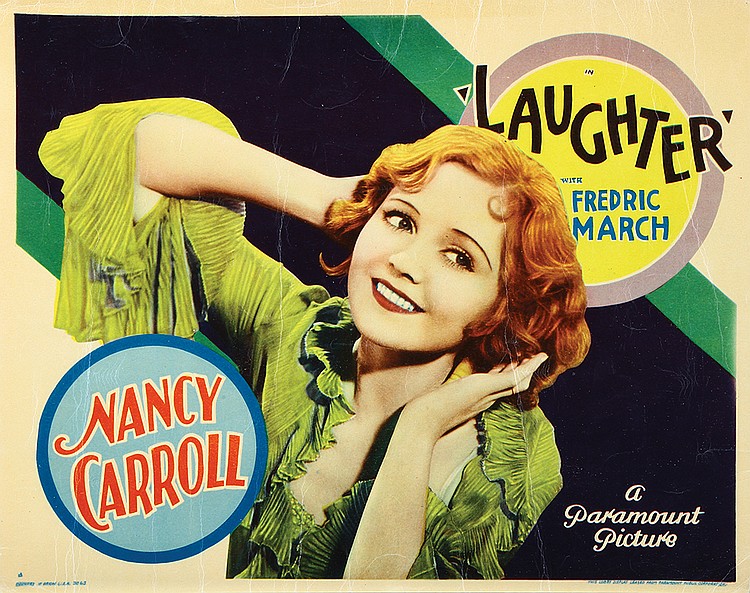
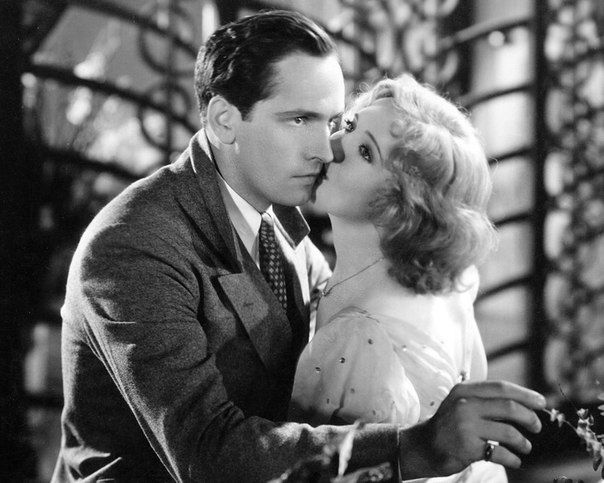
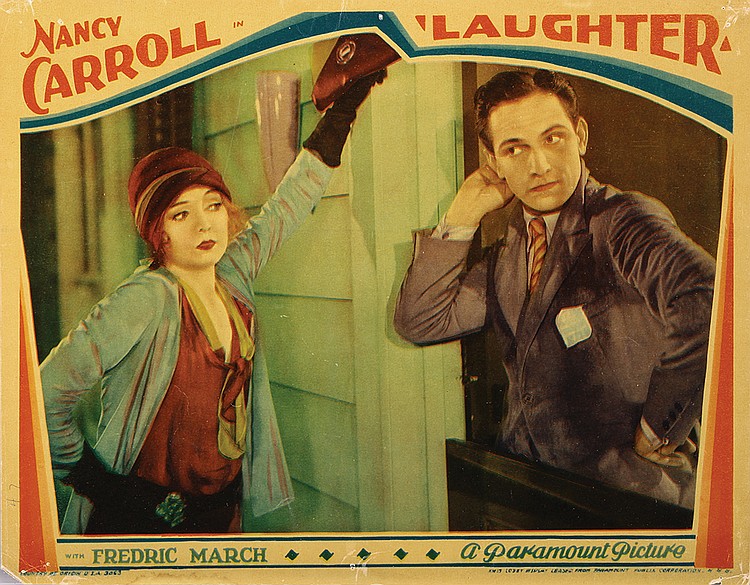
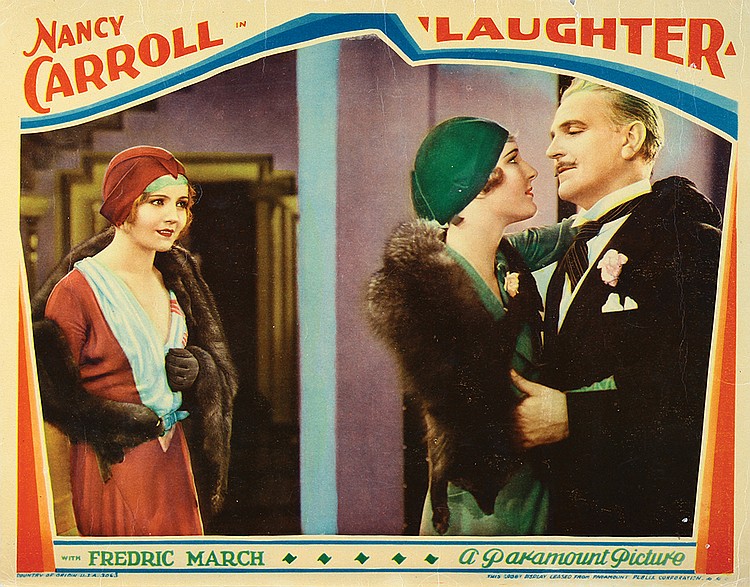
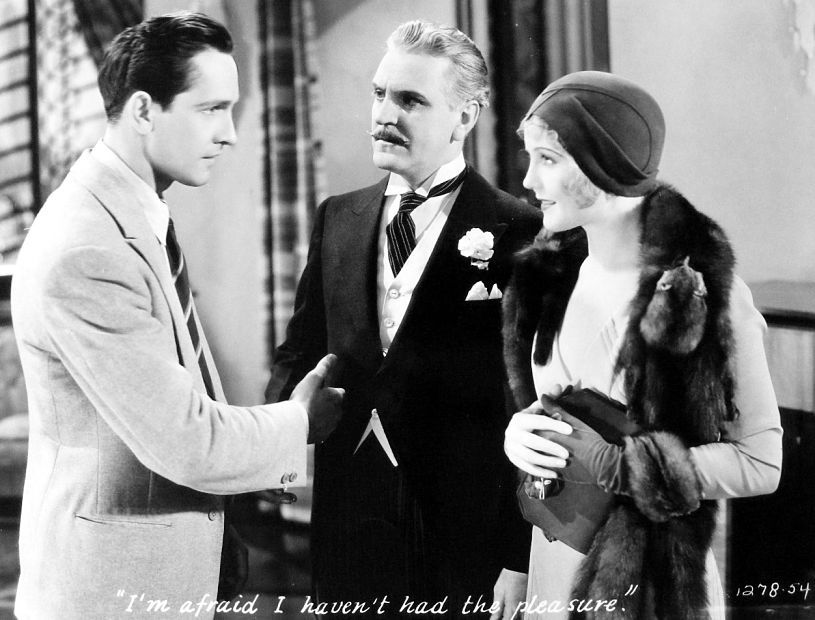
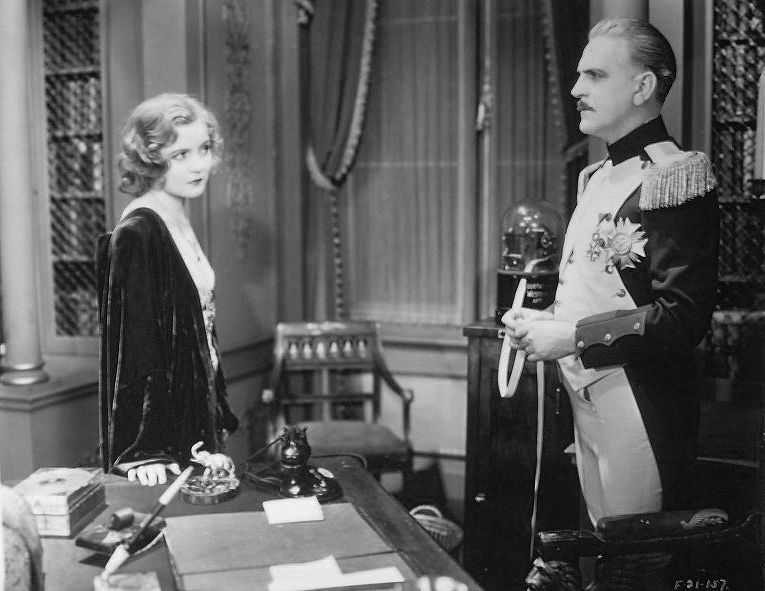
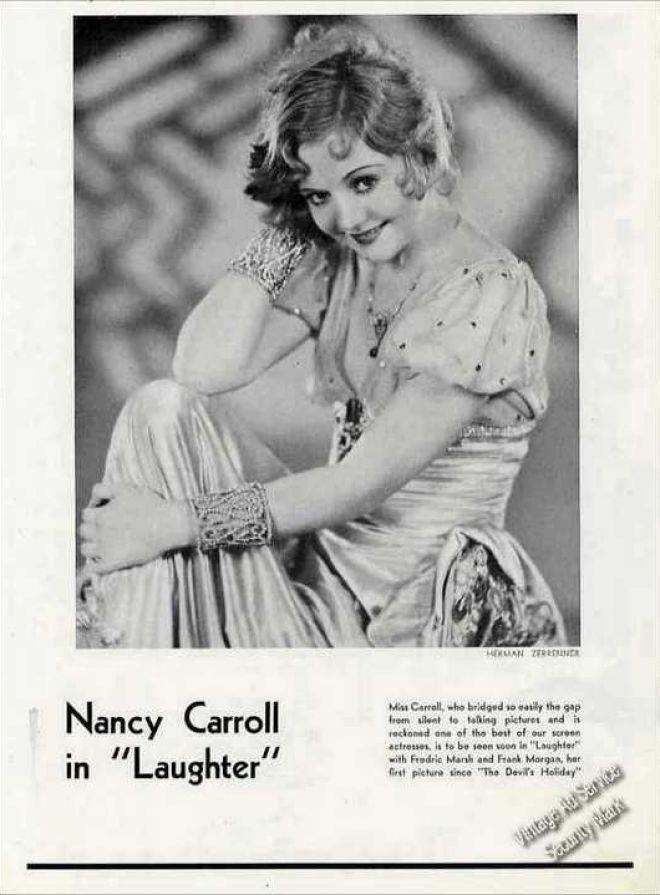
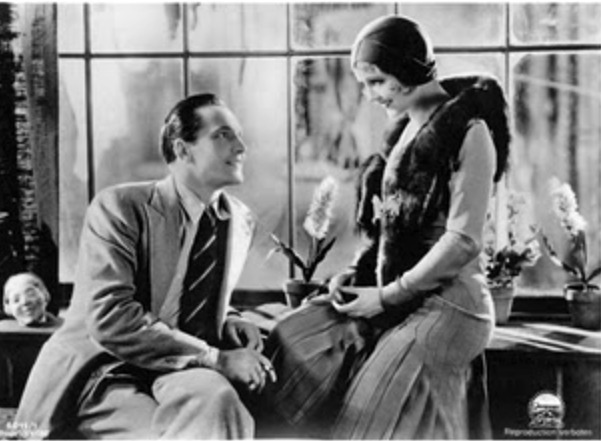
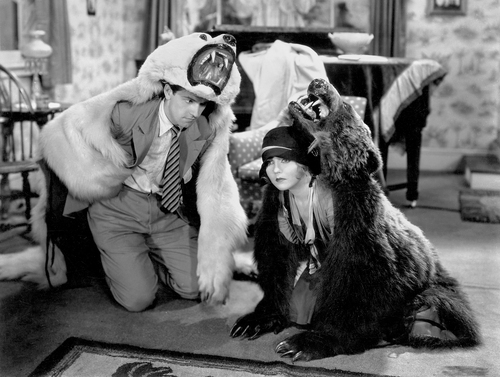
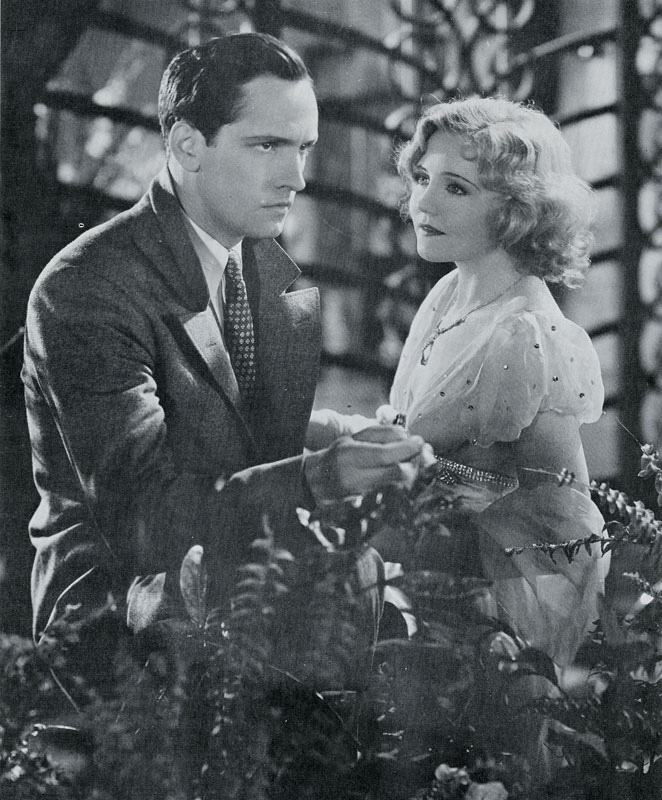

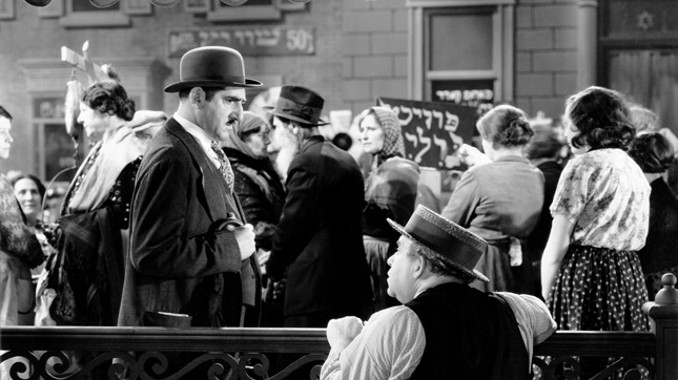
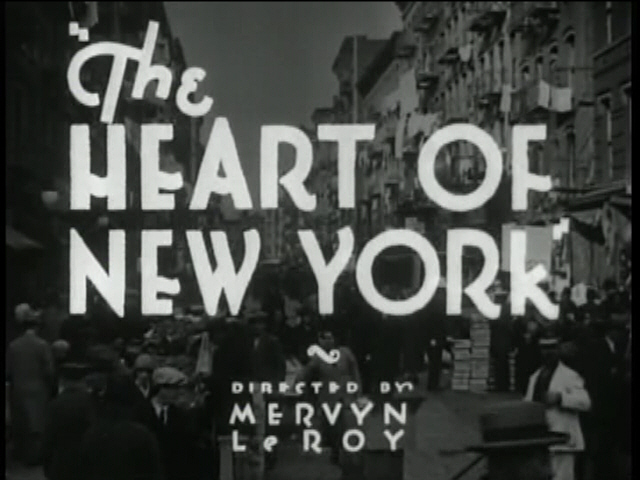
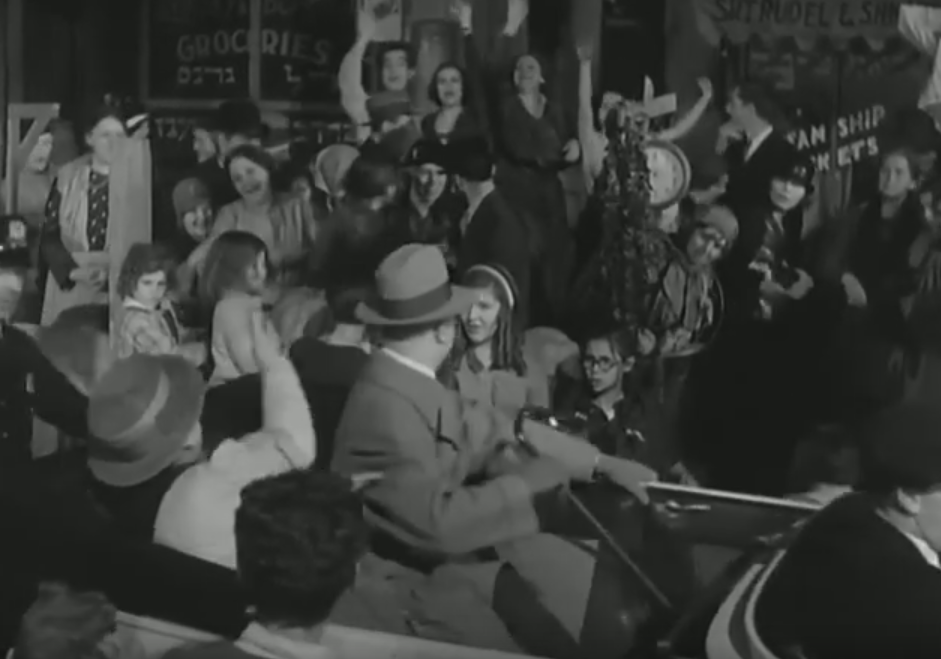
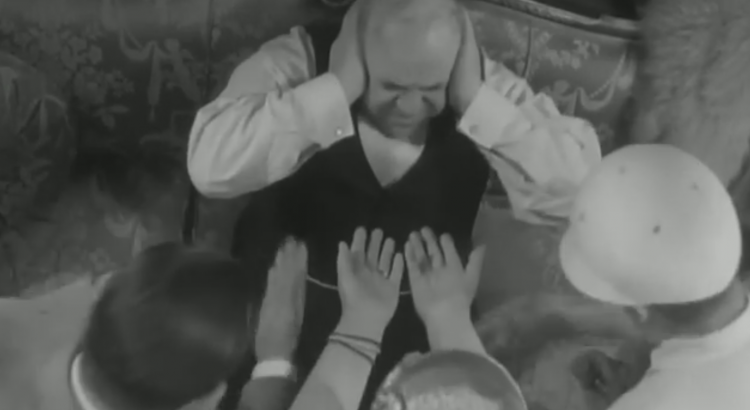
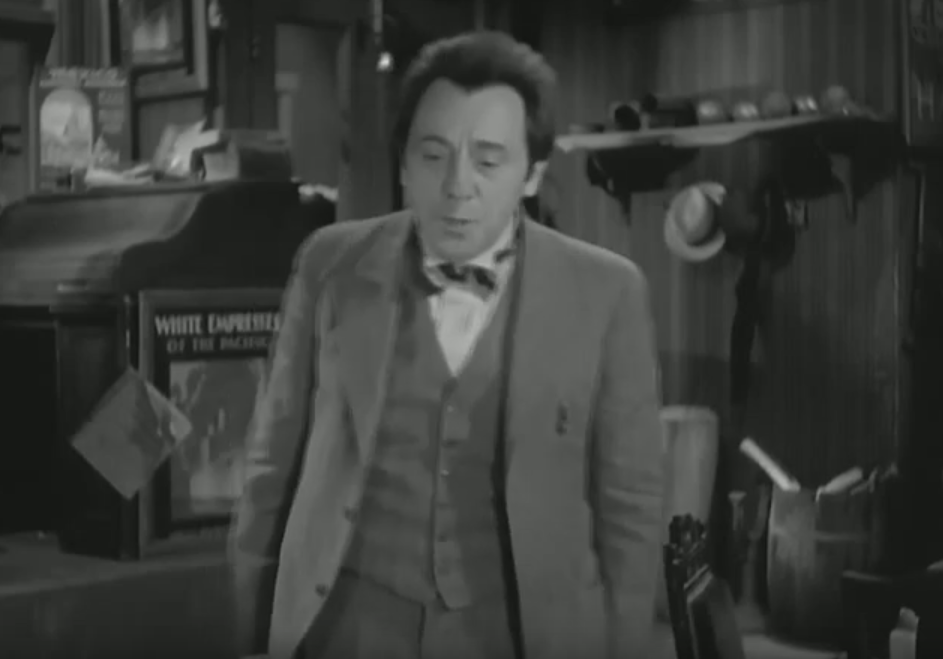
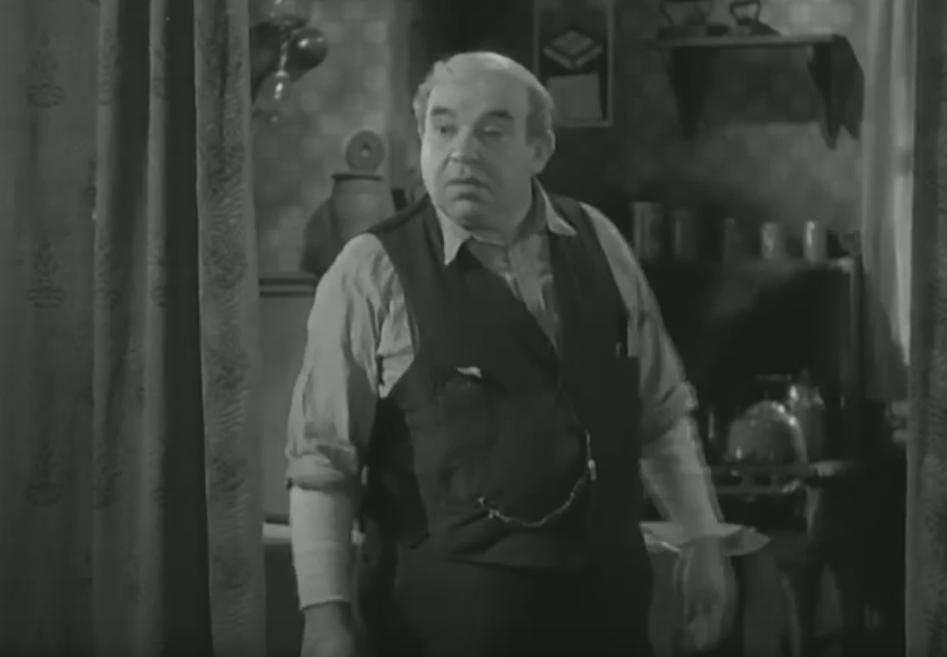
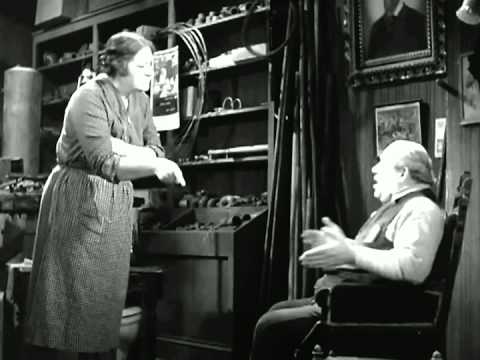
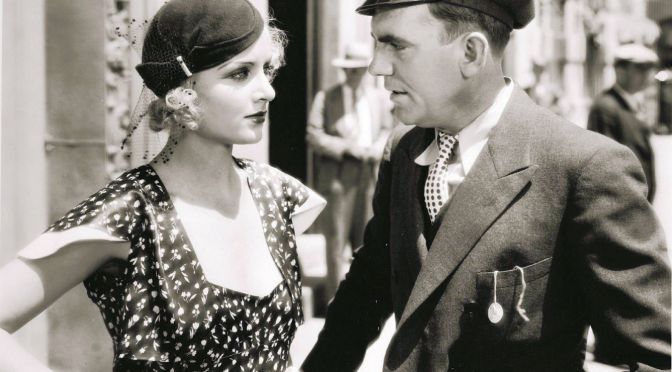
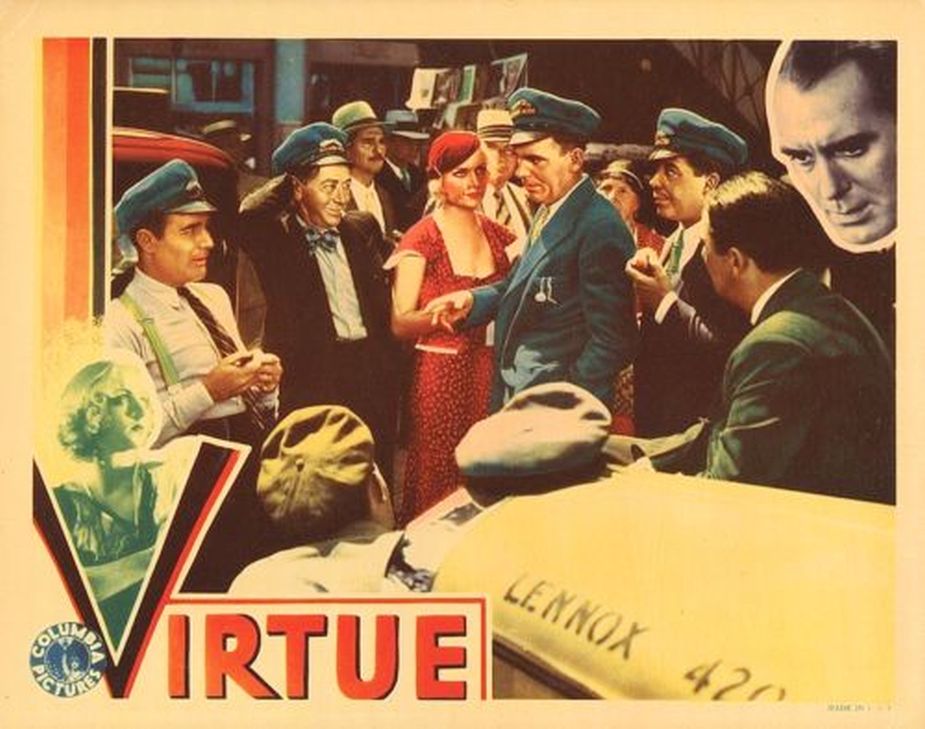
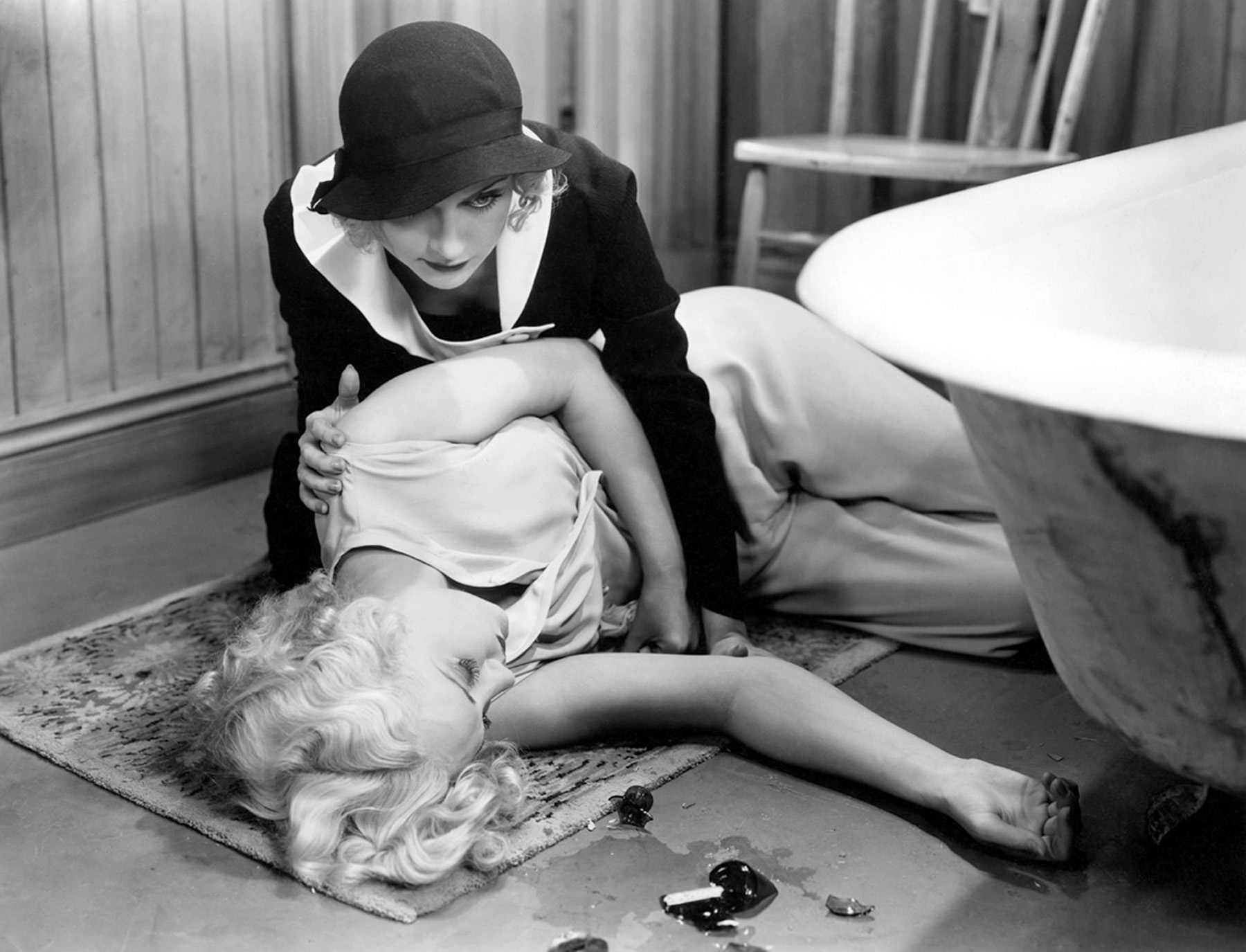
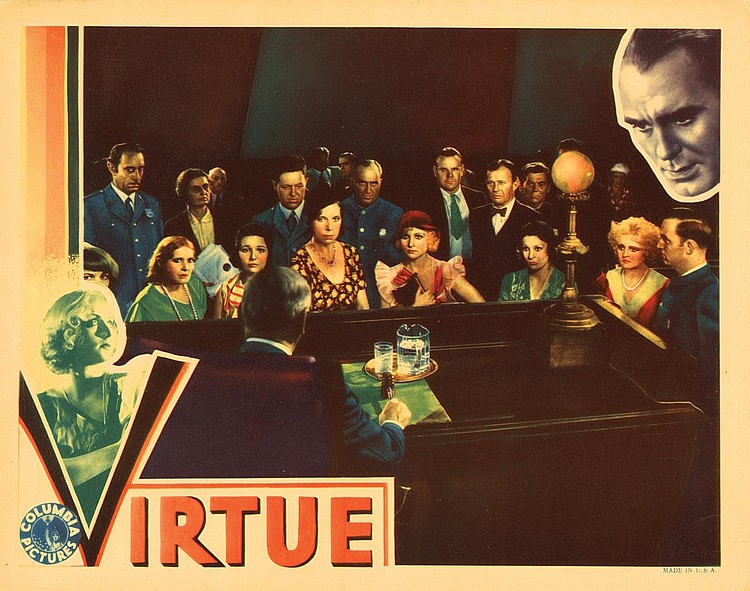
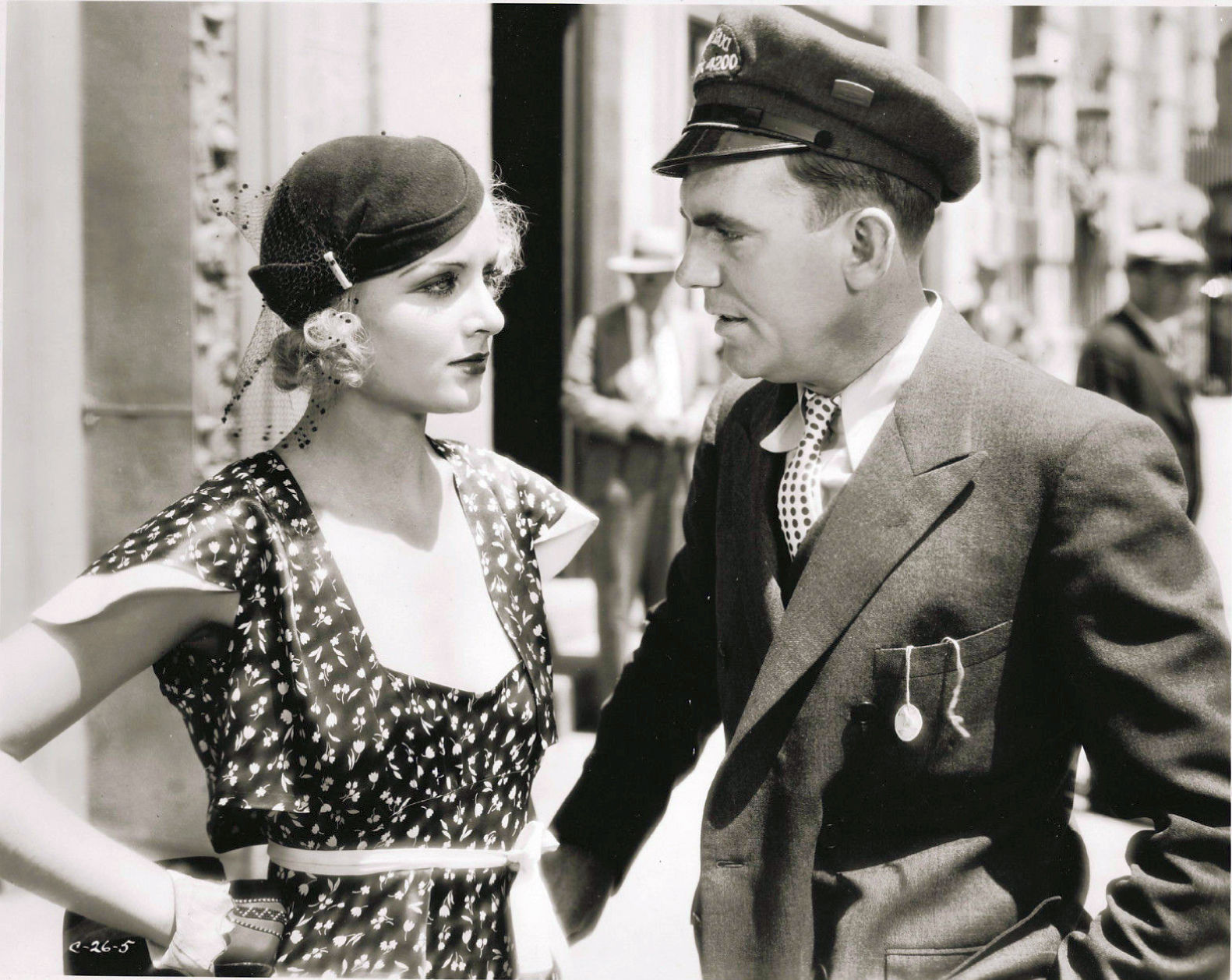
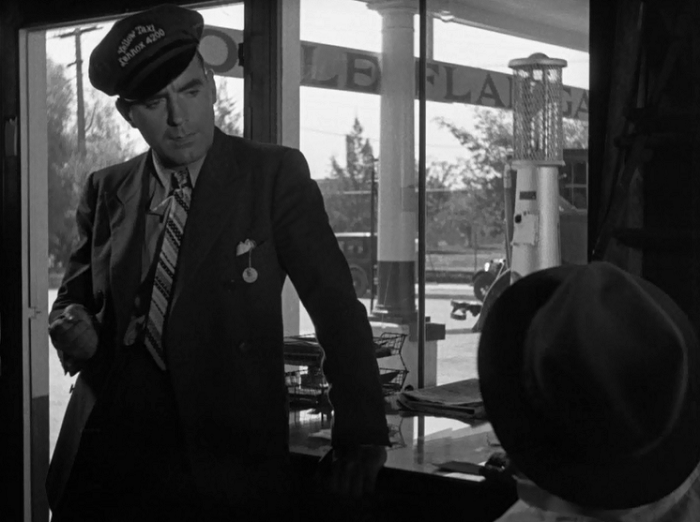
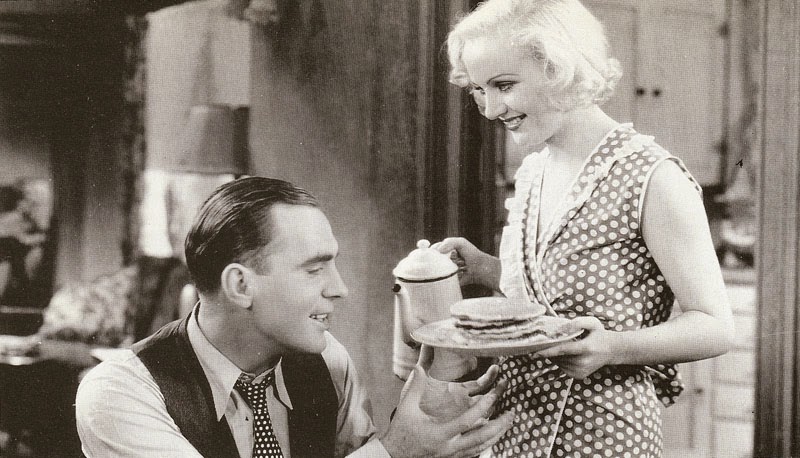
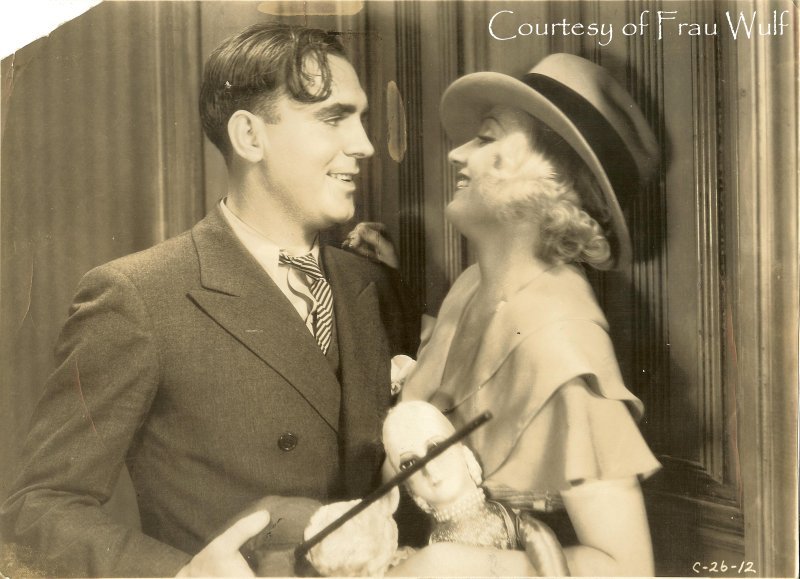
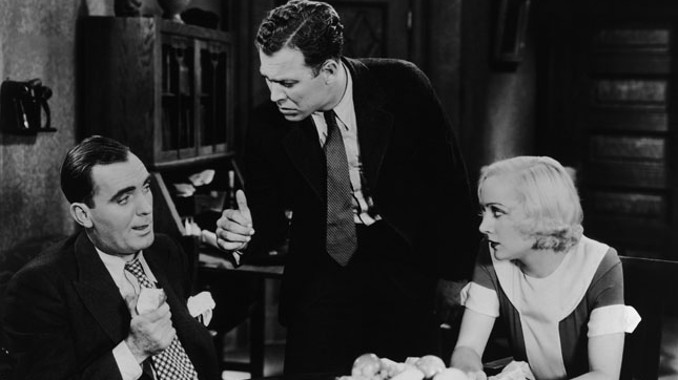
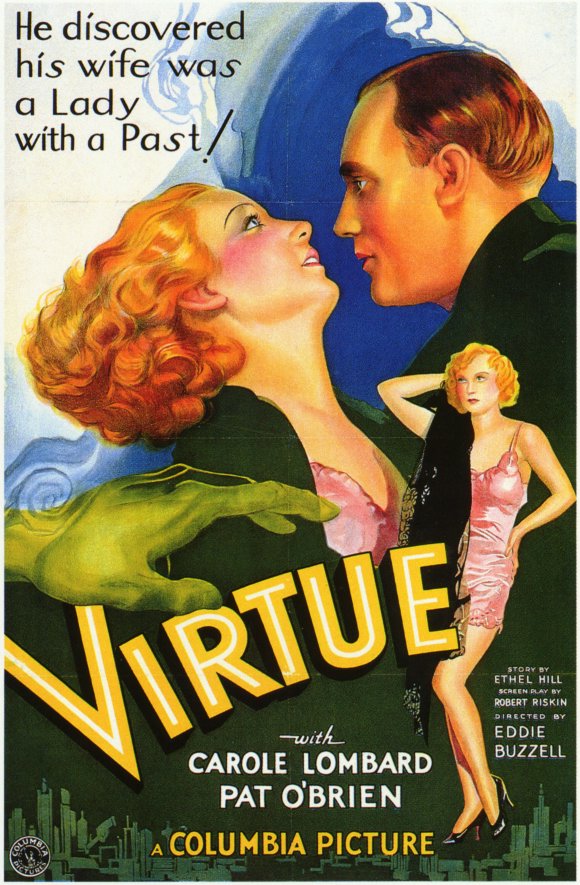
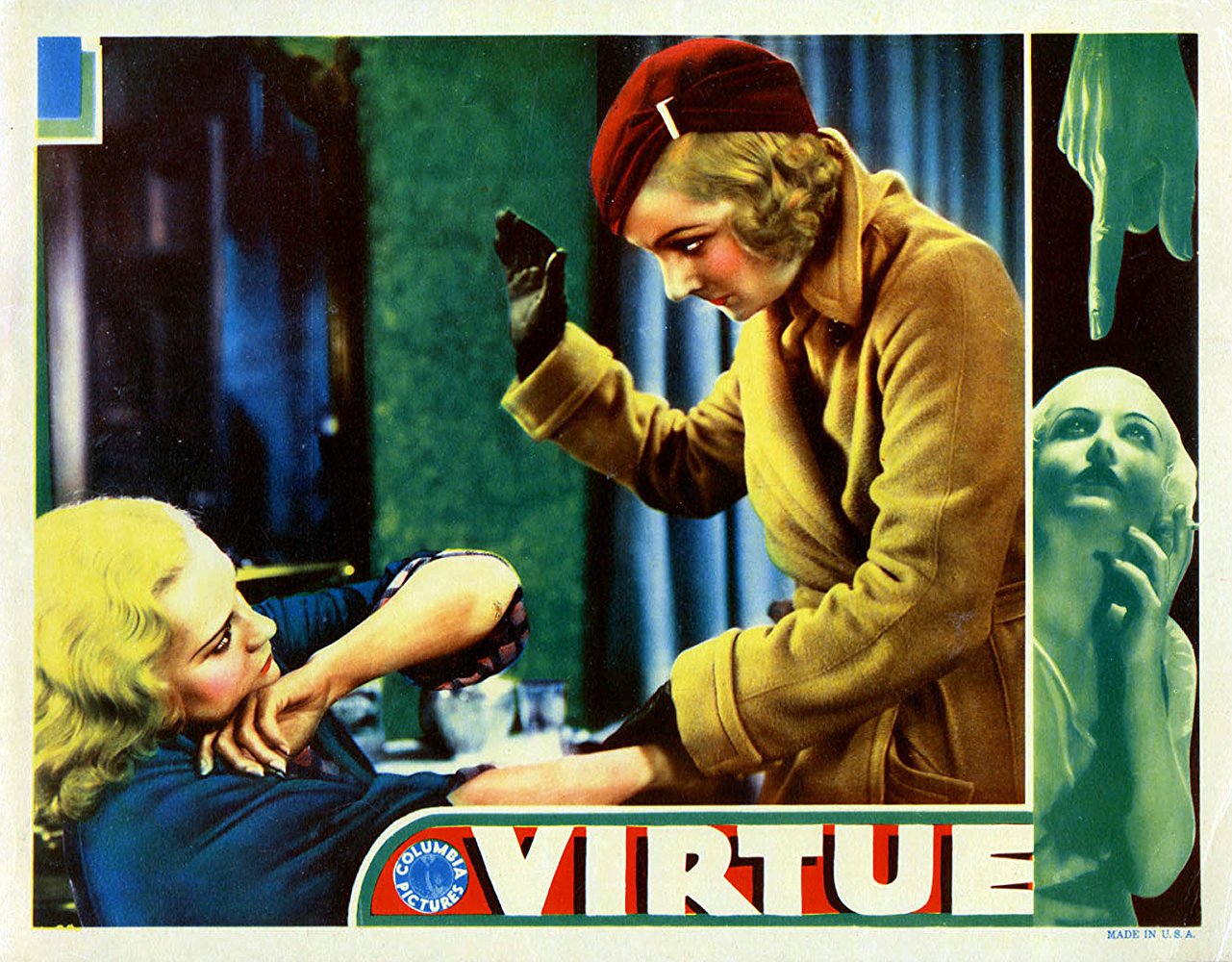
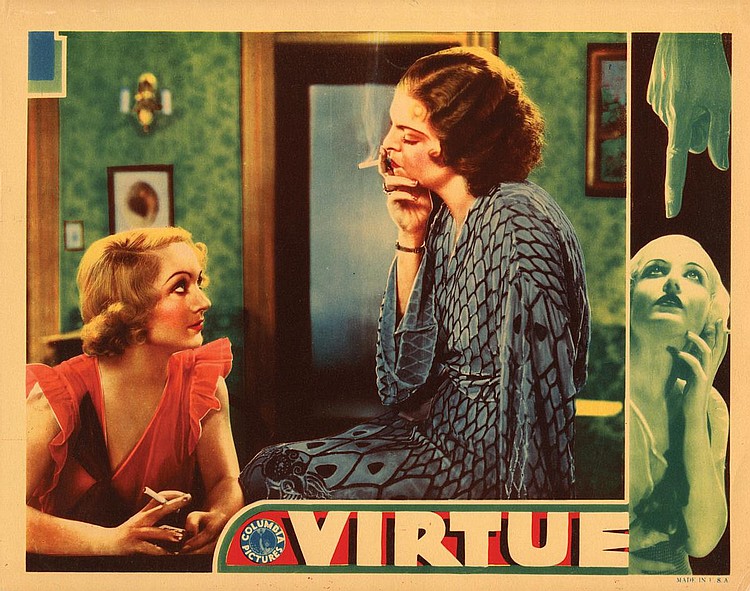


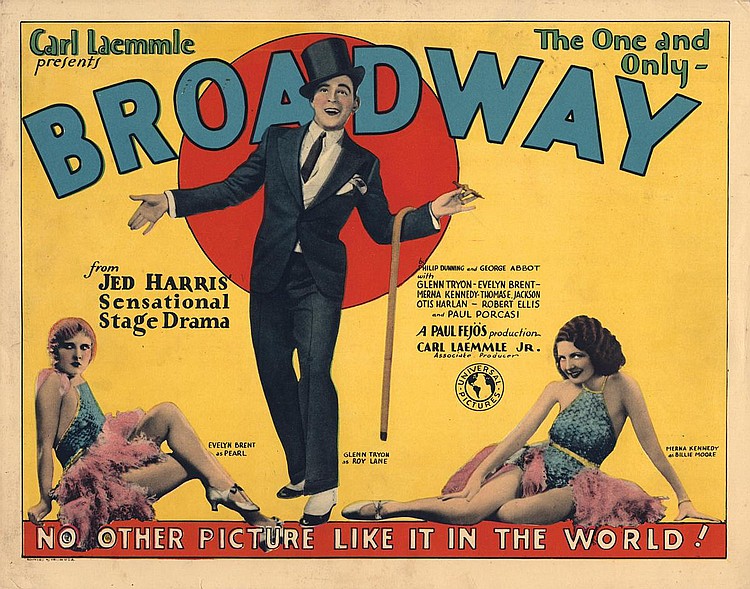
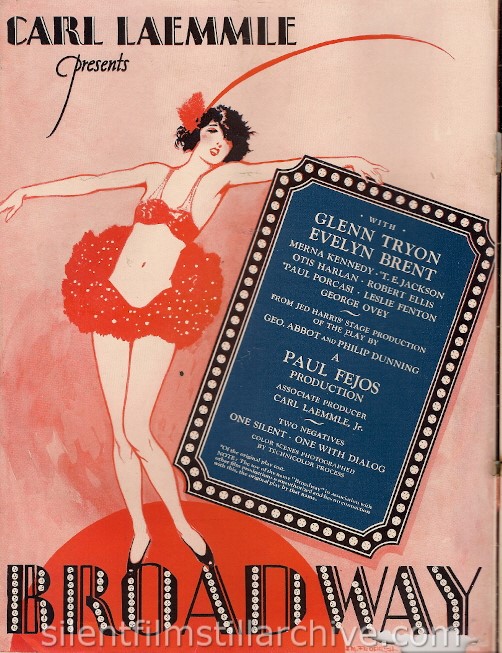
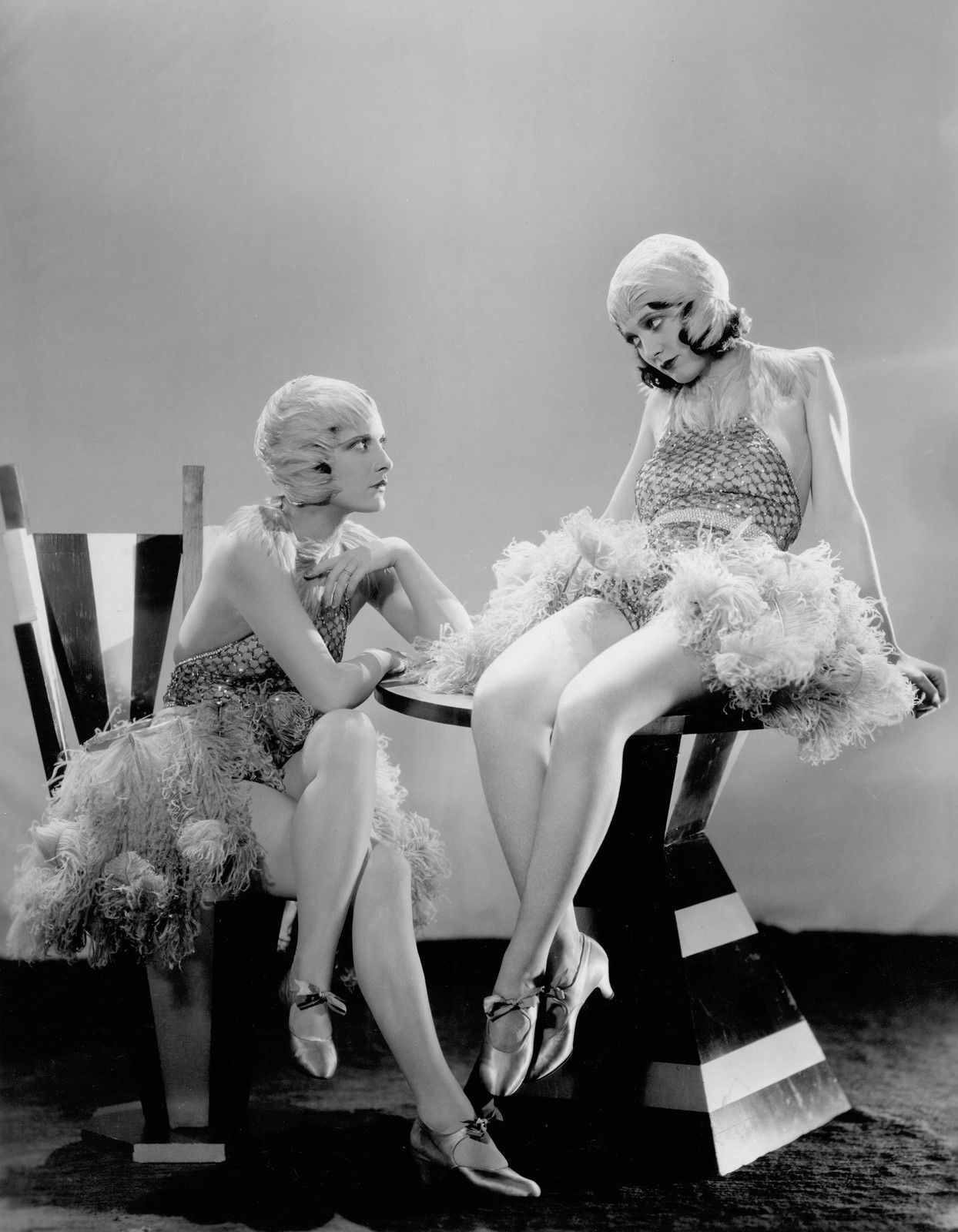
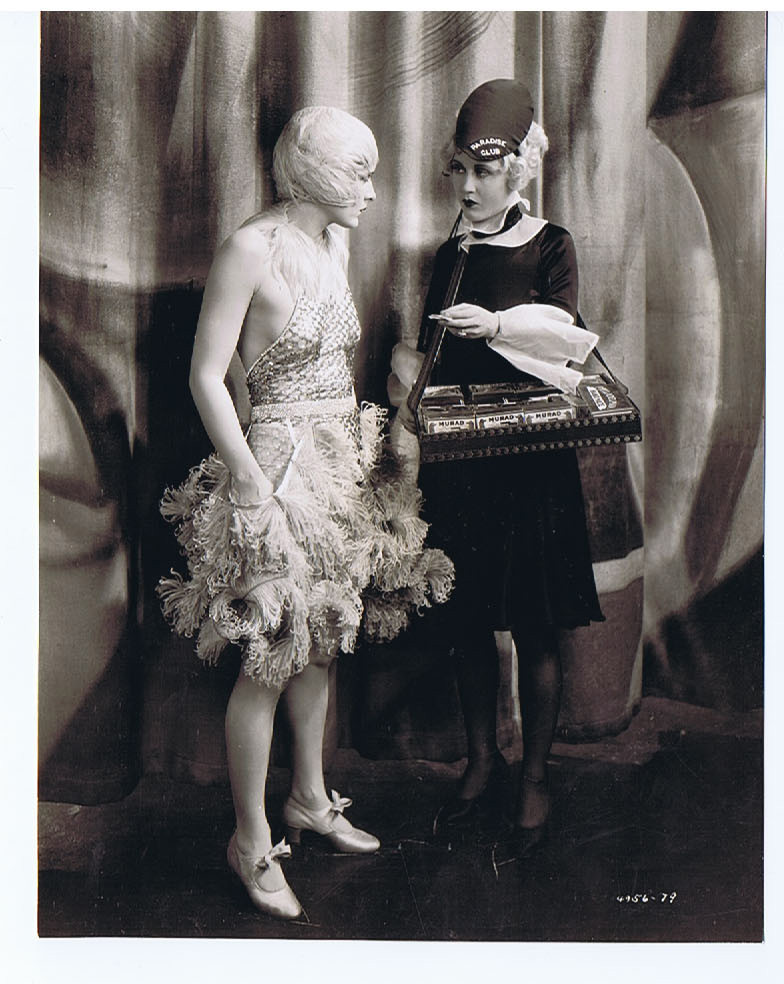
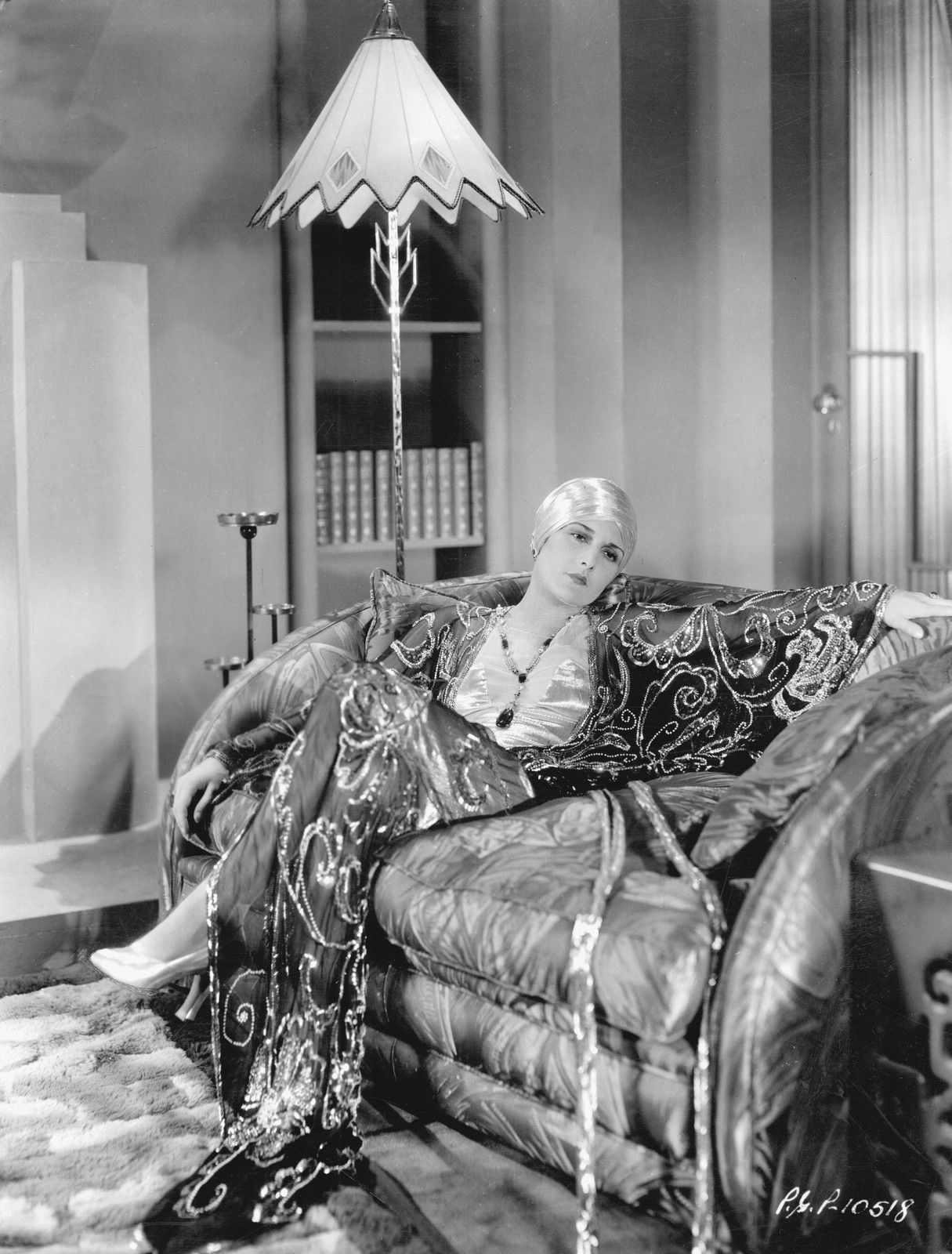
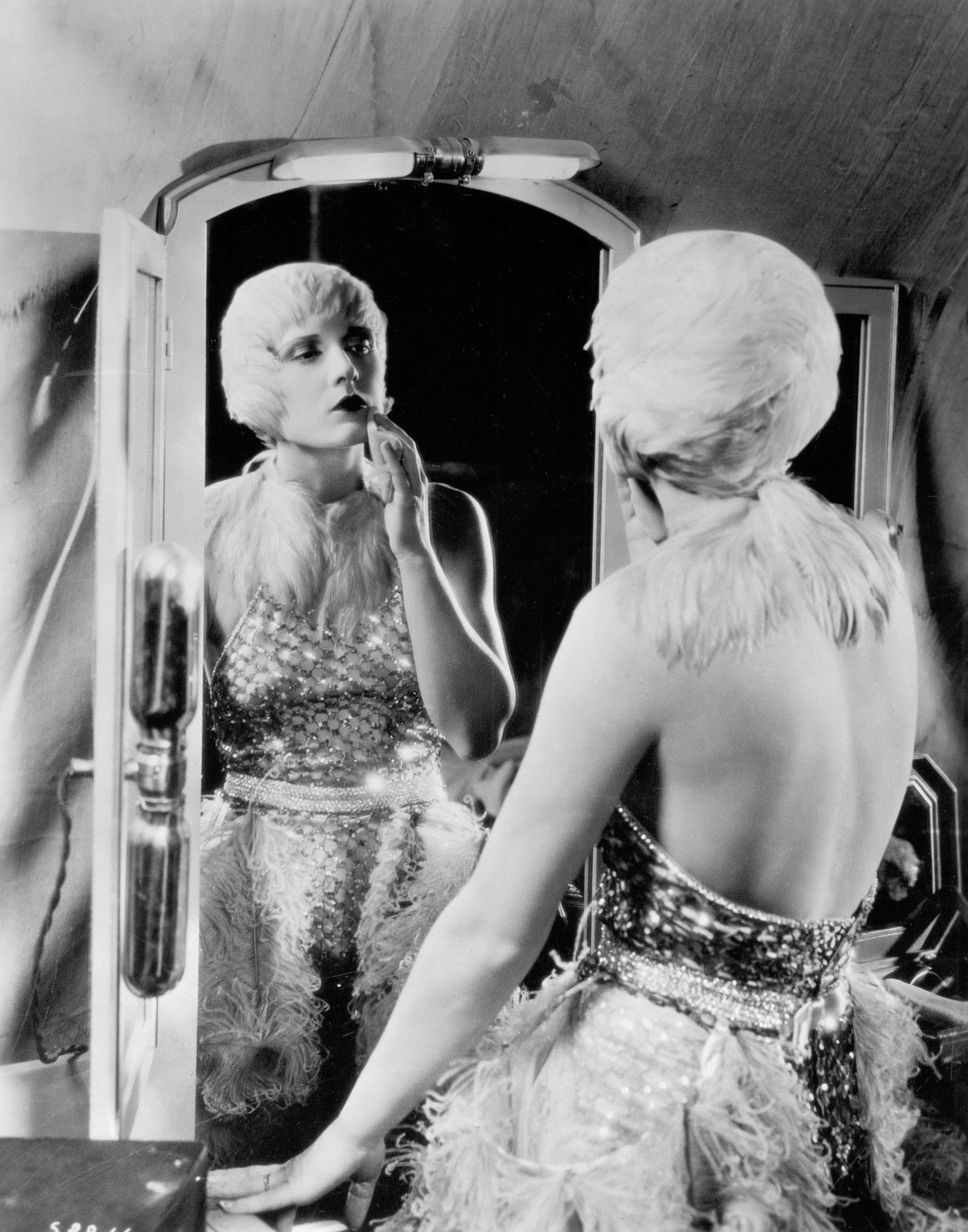
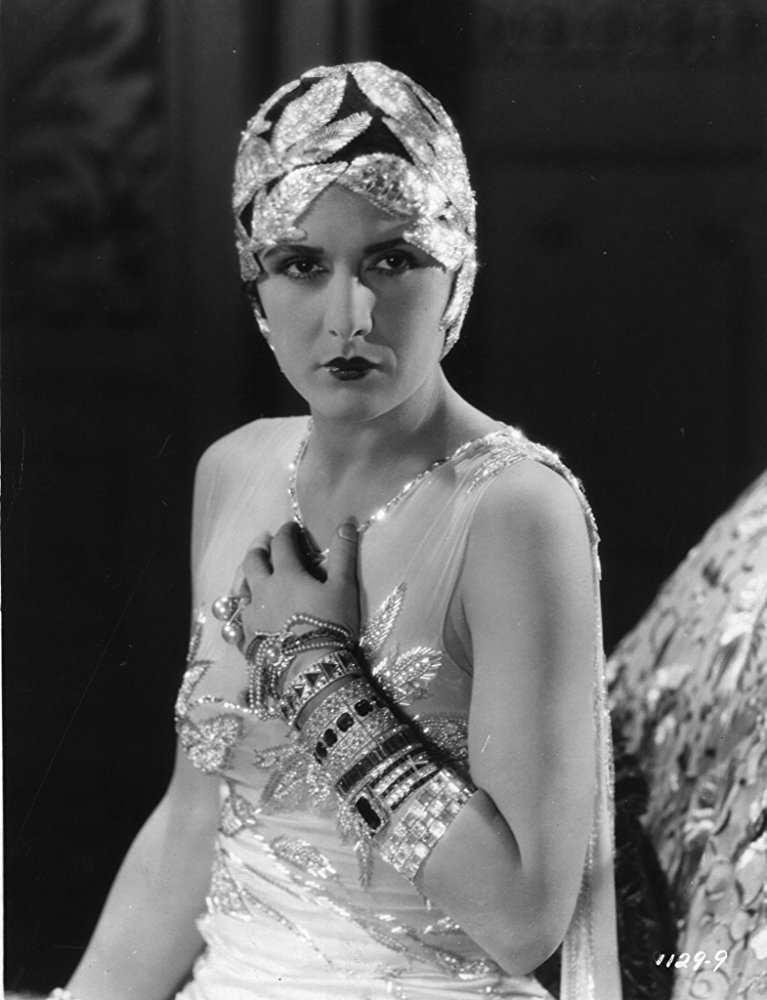
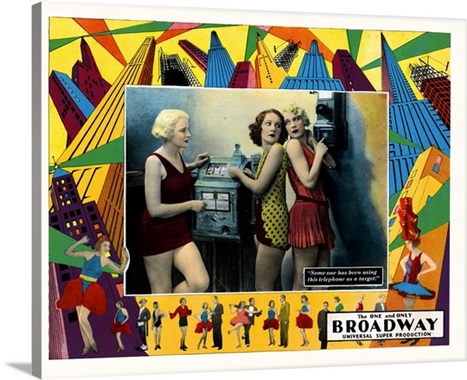
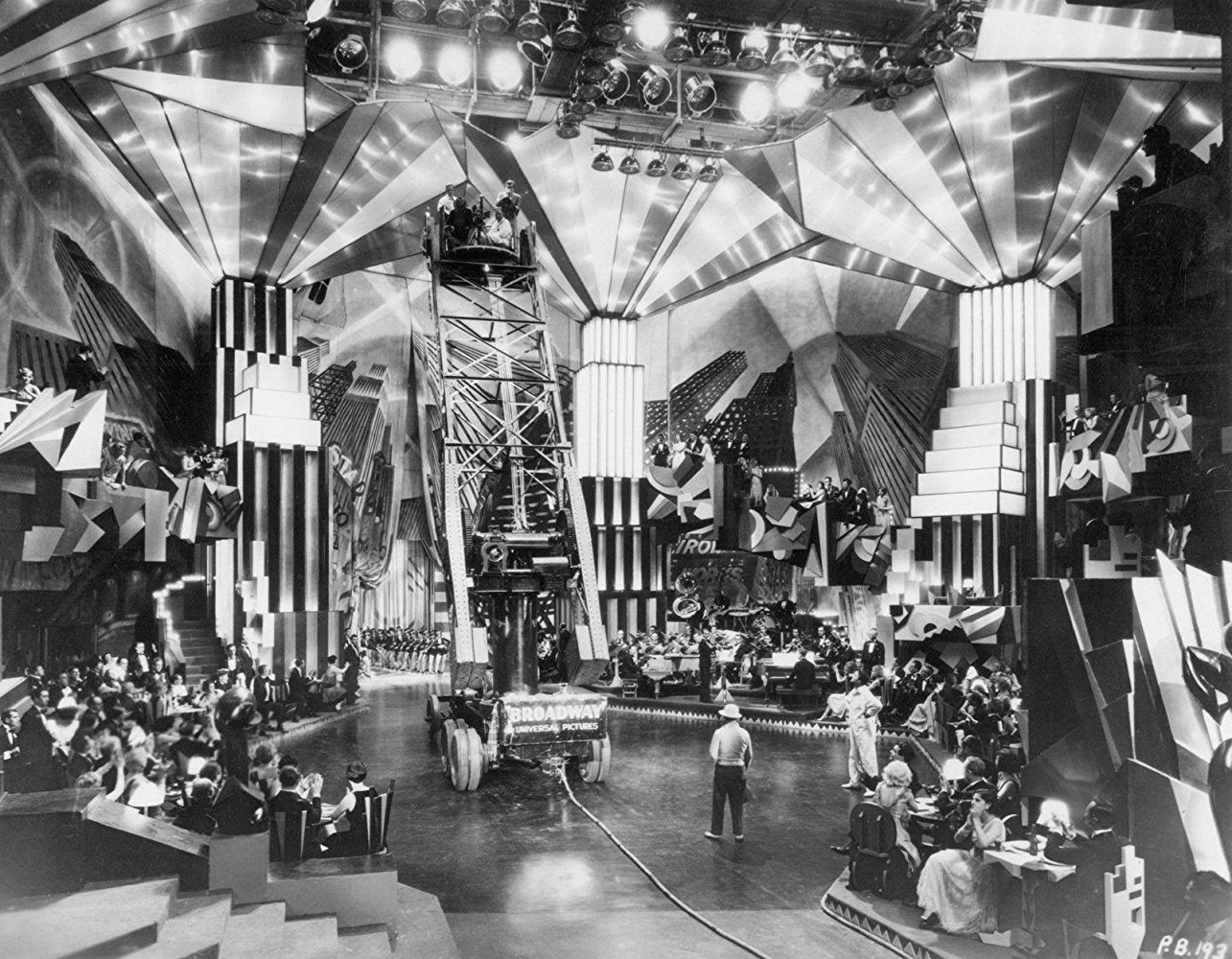
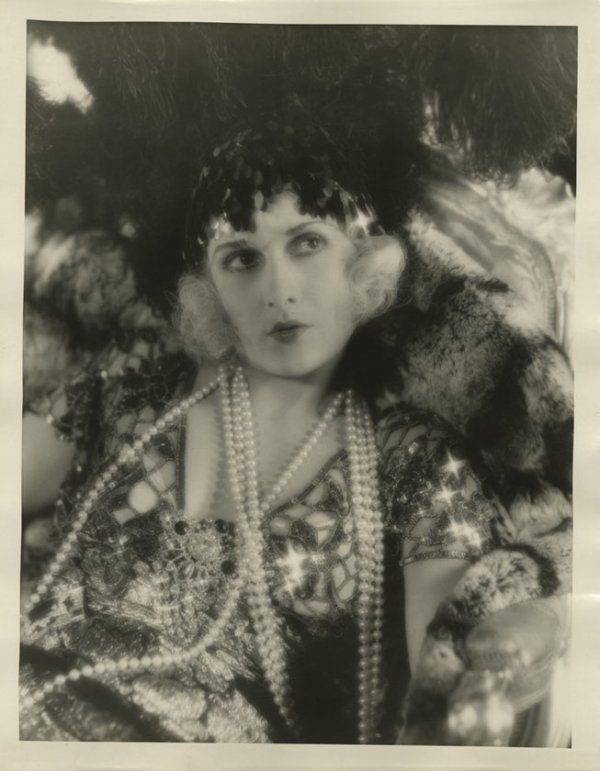
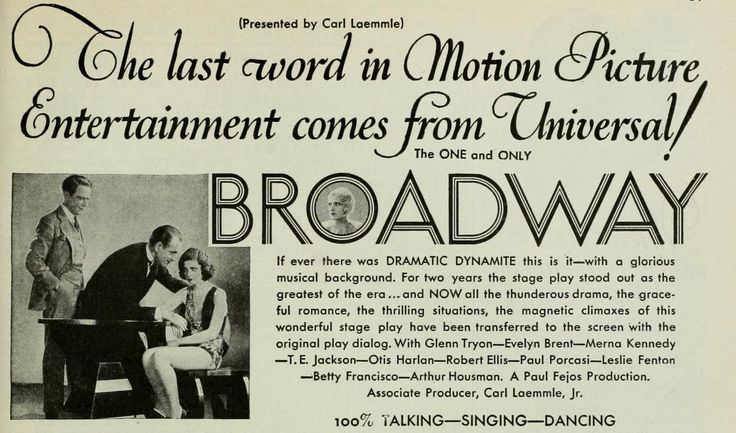




























![HOOK, LINE AND SINKER, Bert Wheeler, Robert Woolsey [Wheeler and Woolsey], 1930](https://filmdialogueone.wordpress.com/wp-content/uploads/2018/01/hook-line-and-sinker-1.jpg)

























































































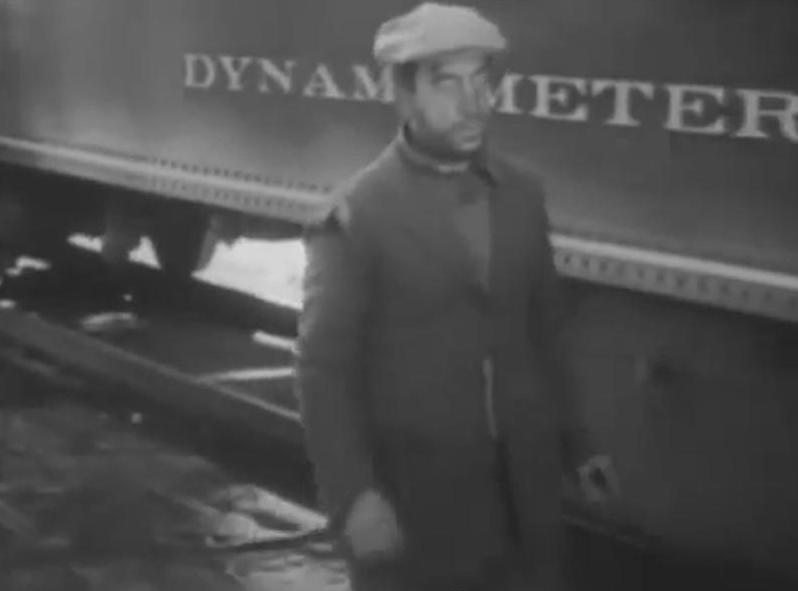













You must be logged in to post a comment.